CURATED
Edition 2
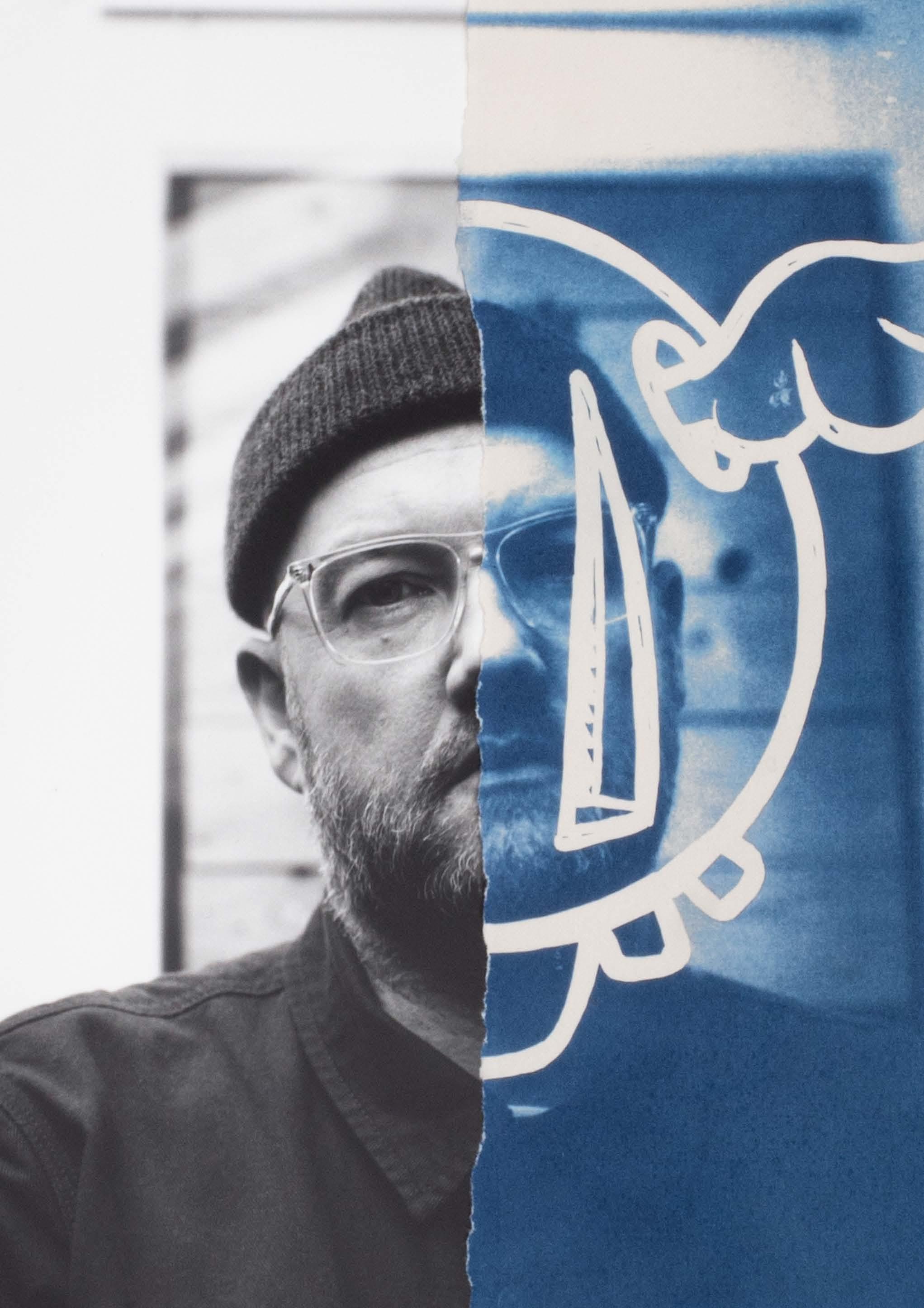 D*Face / Azim Majid / 48 hours in Rome
Berlin nightlife exposed / The Rijksmuseum
Atelier Van Lieshout / Zagreb fashion with ELFS
D*Face / Azim Majid / 48 hours in Rome
Berlin nightlife exposed / The Rijksmuseum
Atelier Van Lieshout / Zagreb fashion with ELFS
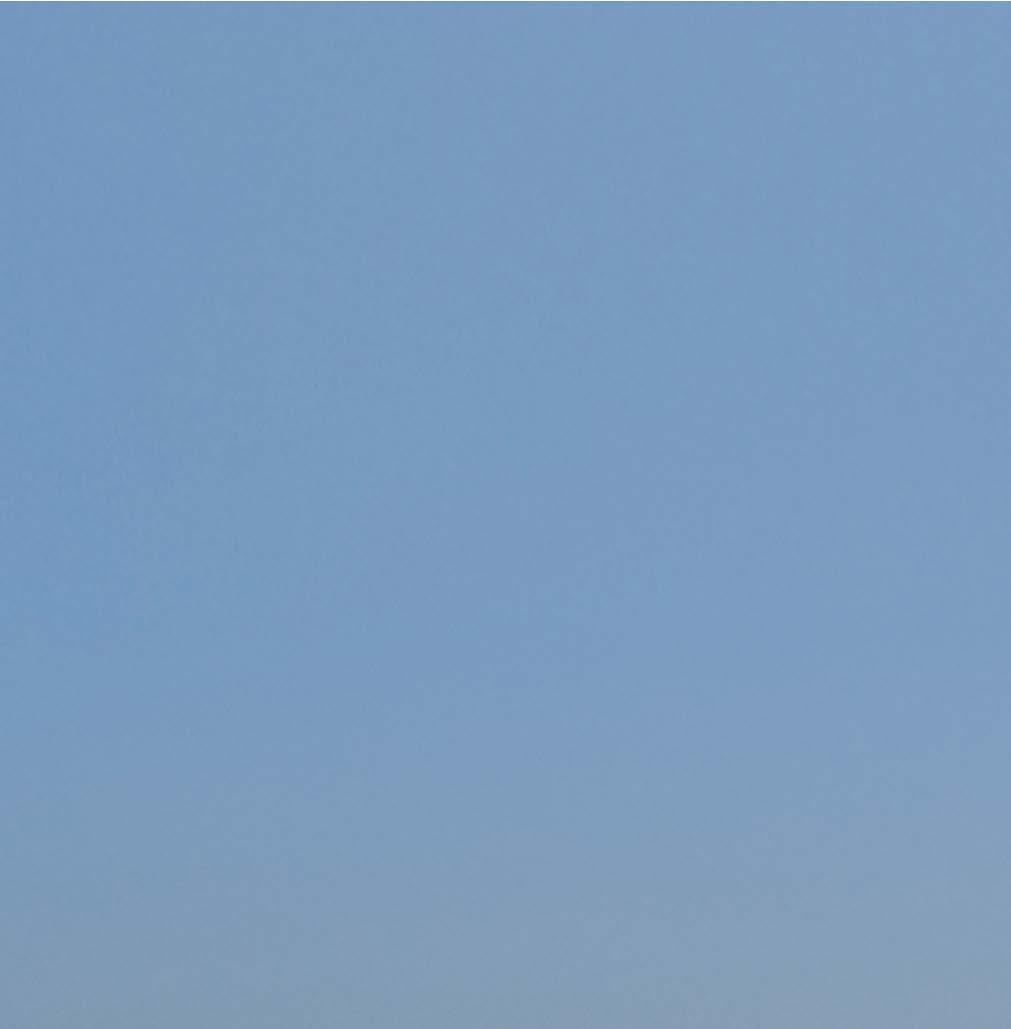
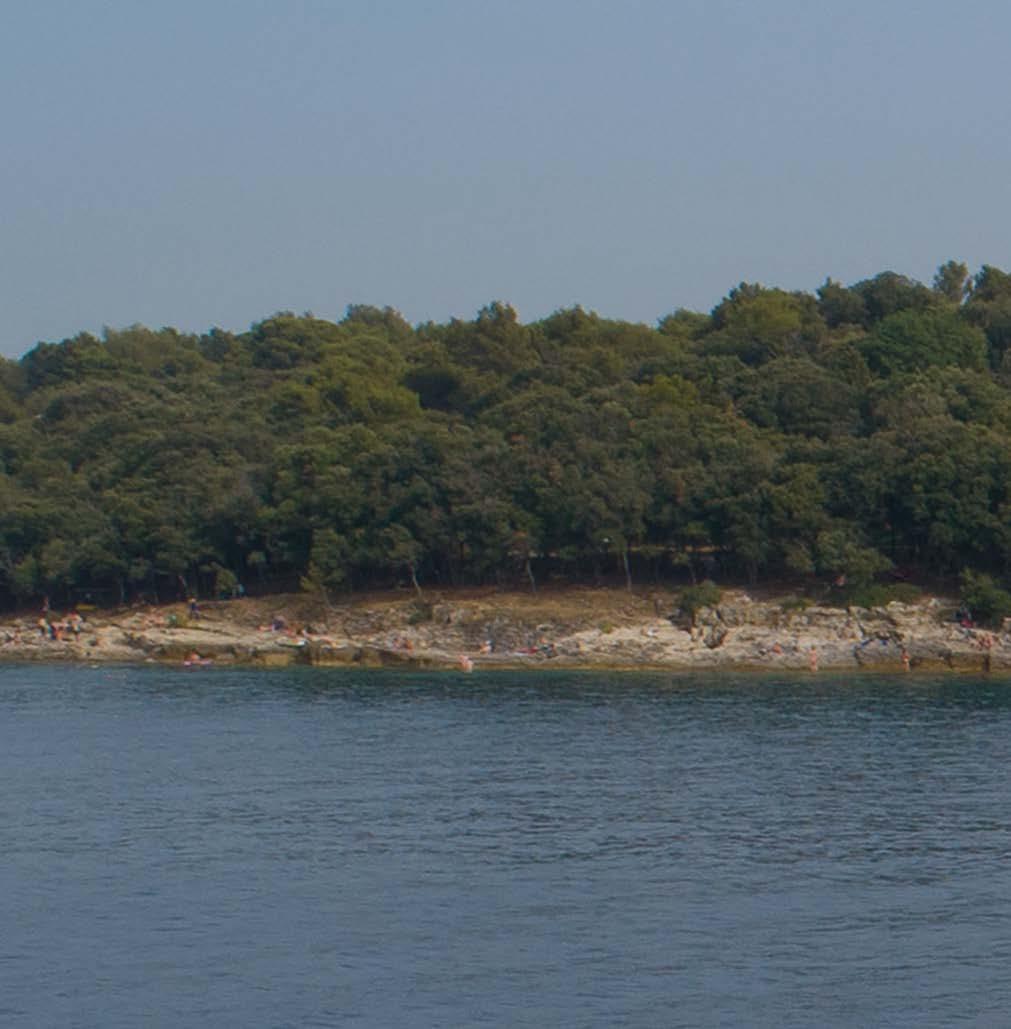
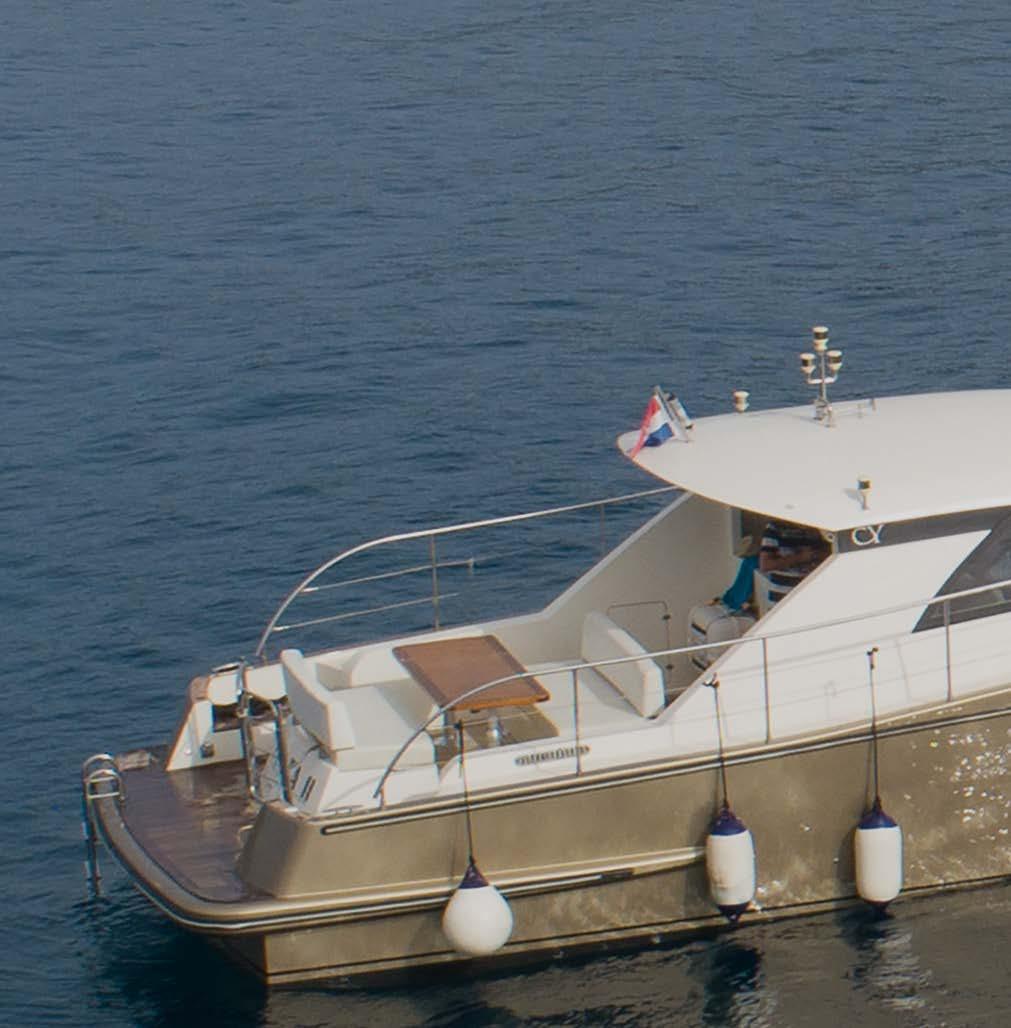
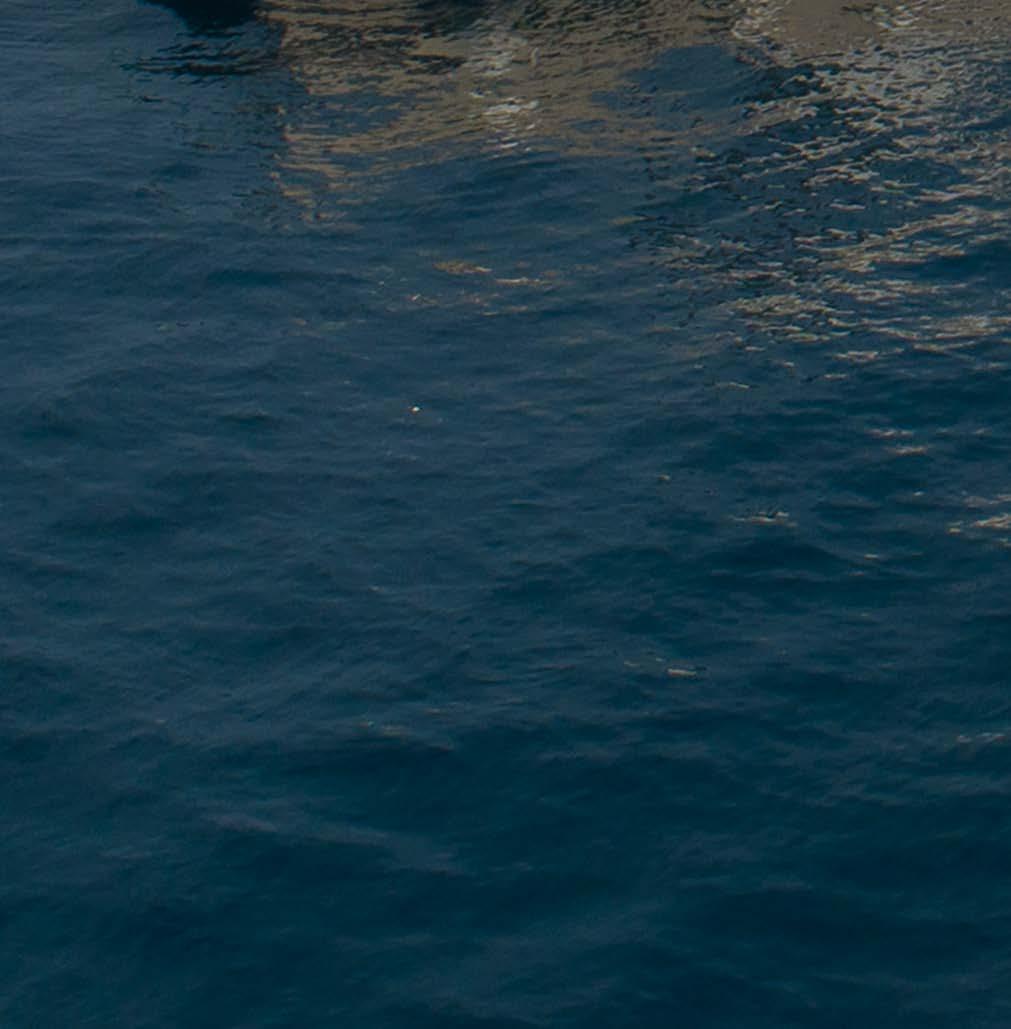
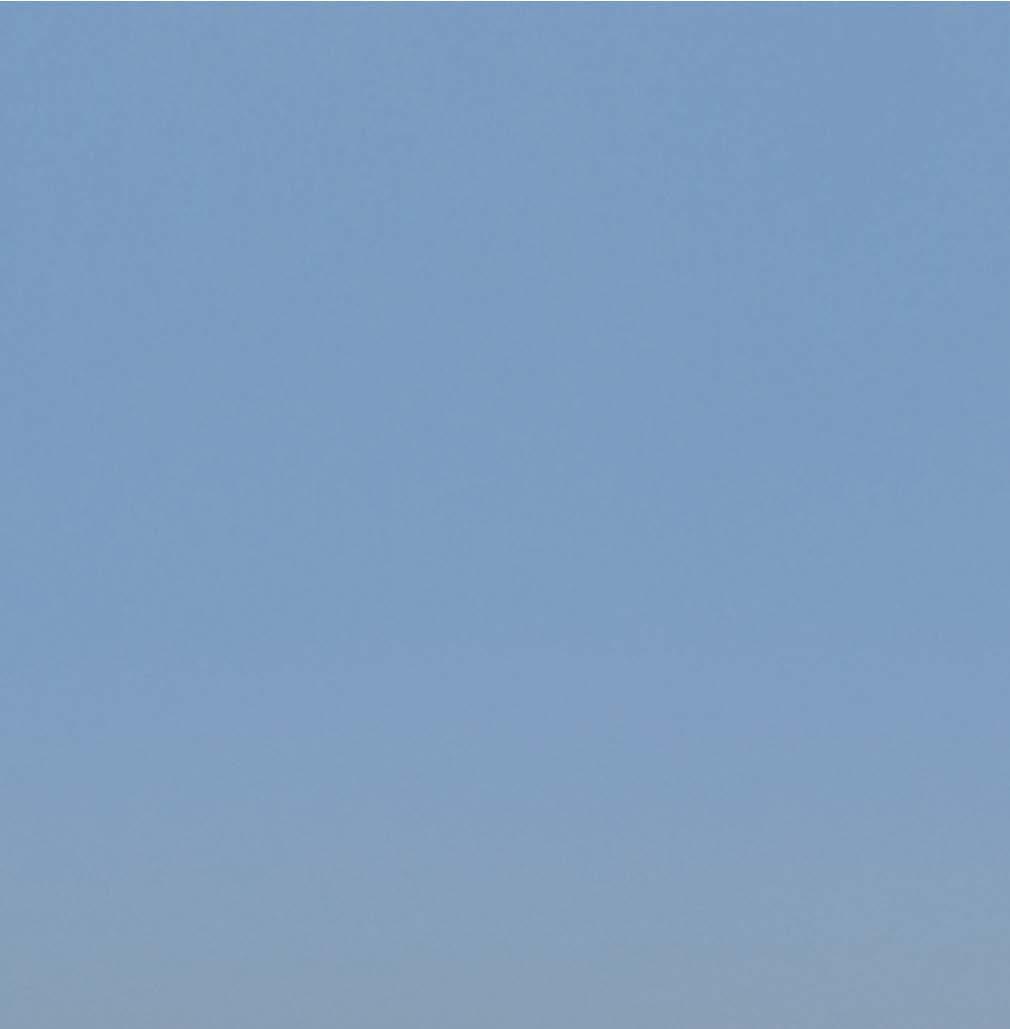
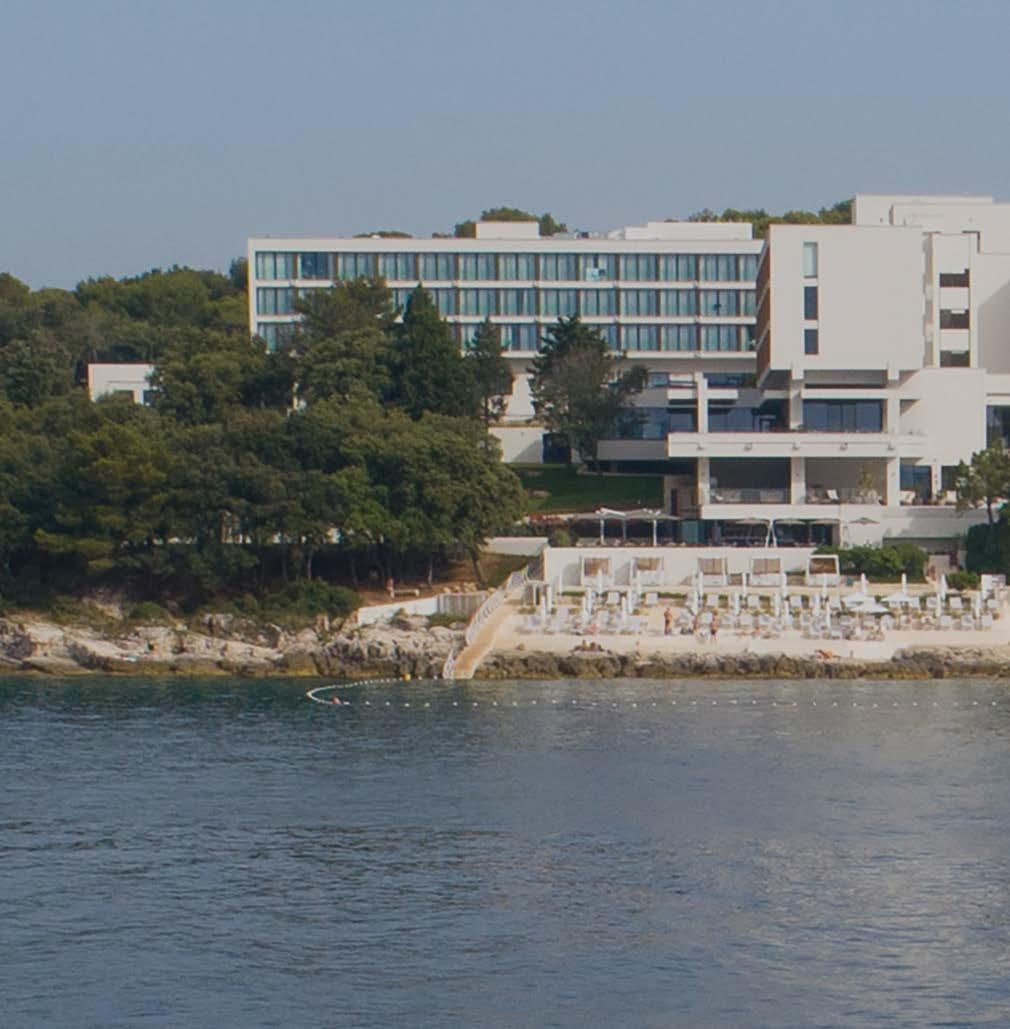
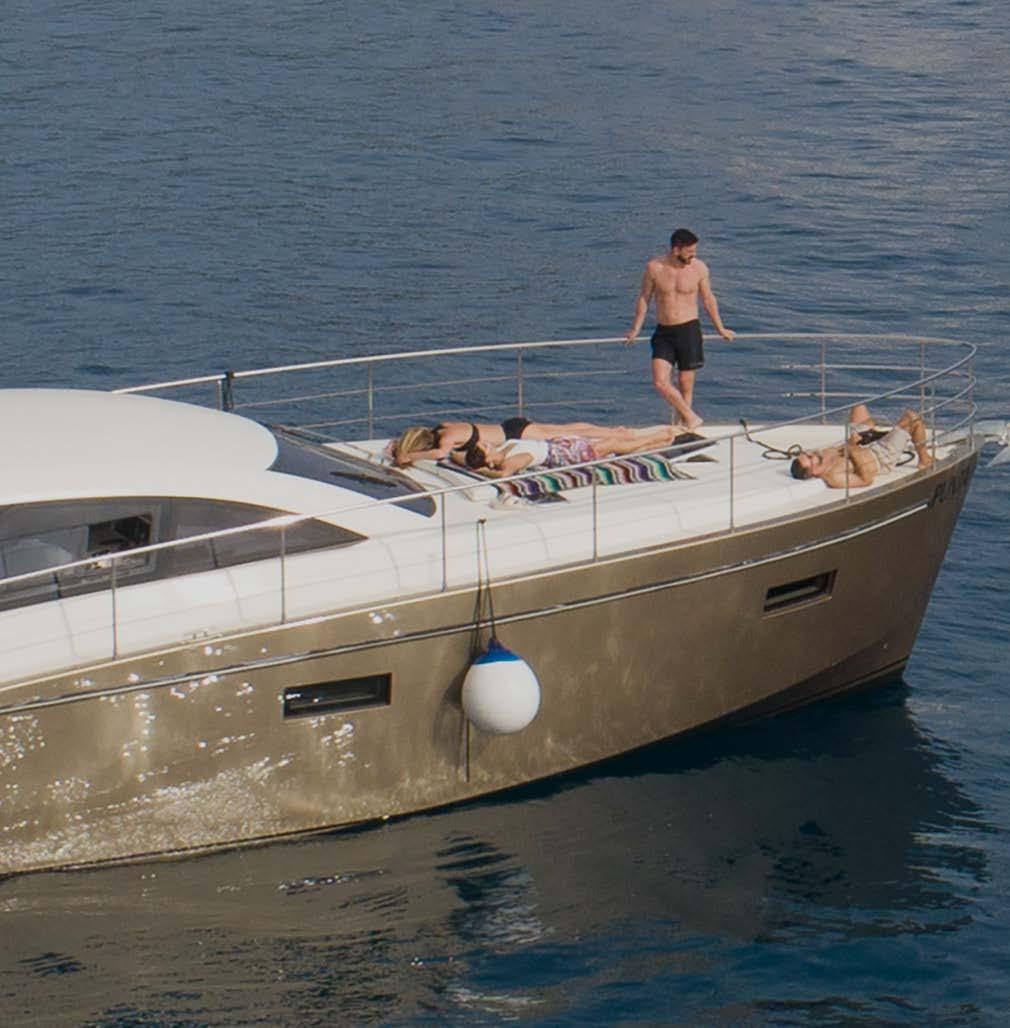


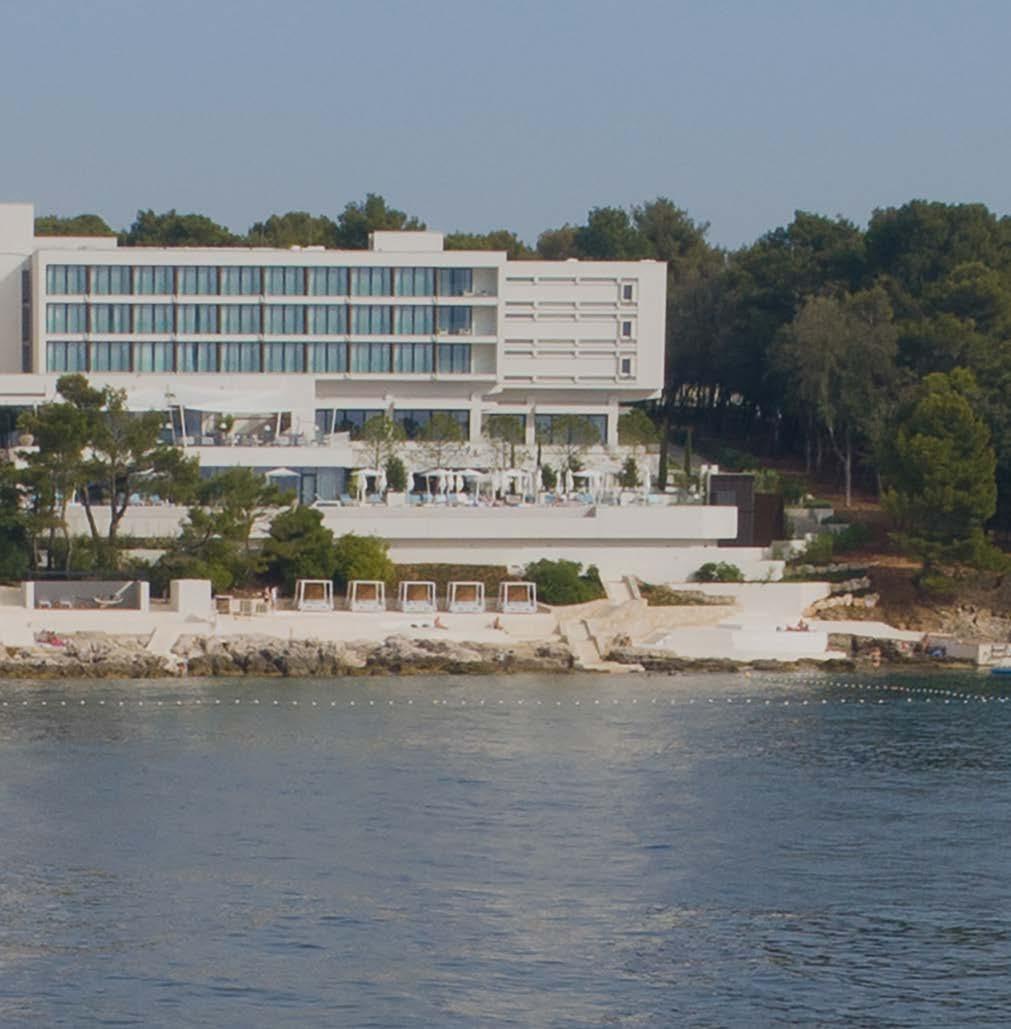
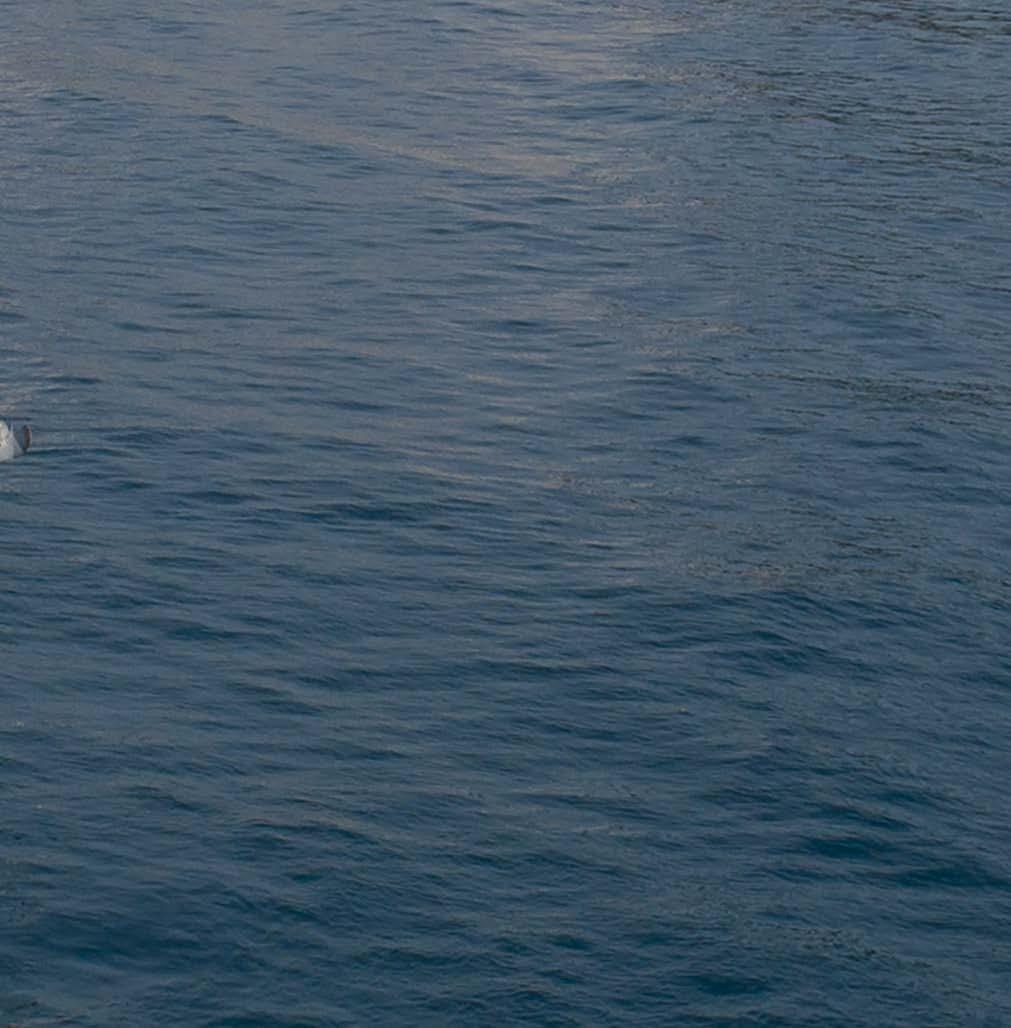

Welcome to the EXCEPTIONAL A RADISSON COLLECTION HOTEL grandhotelbrioni.com Indulge and escape to one of Croatia’s most luxurious 5-star hotels this summer
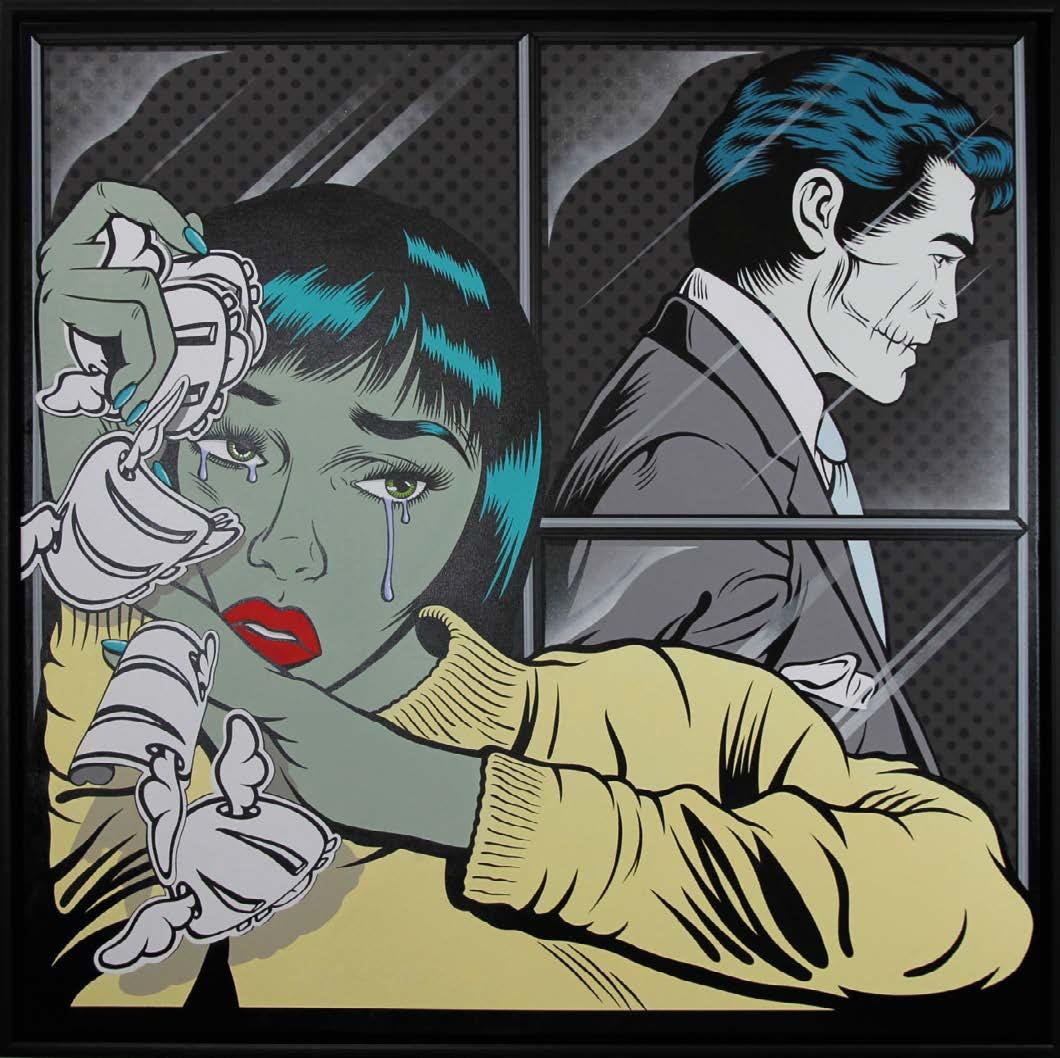
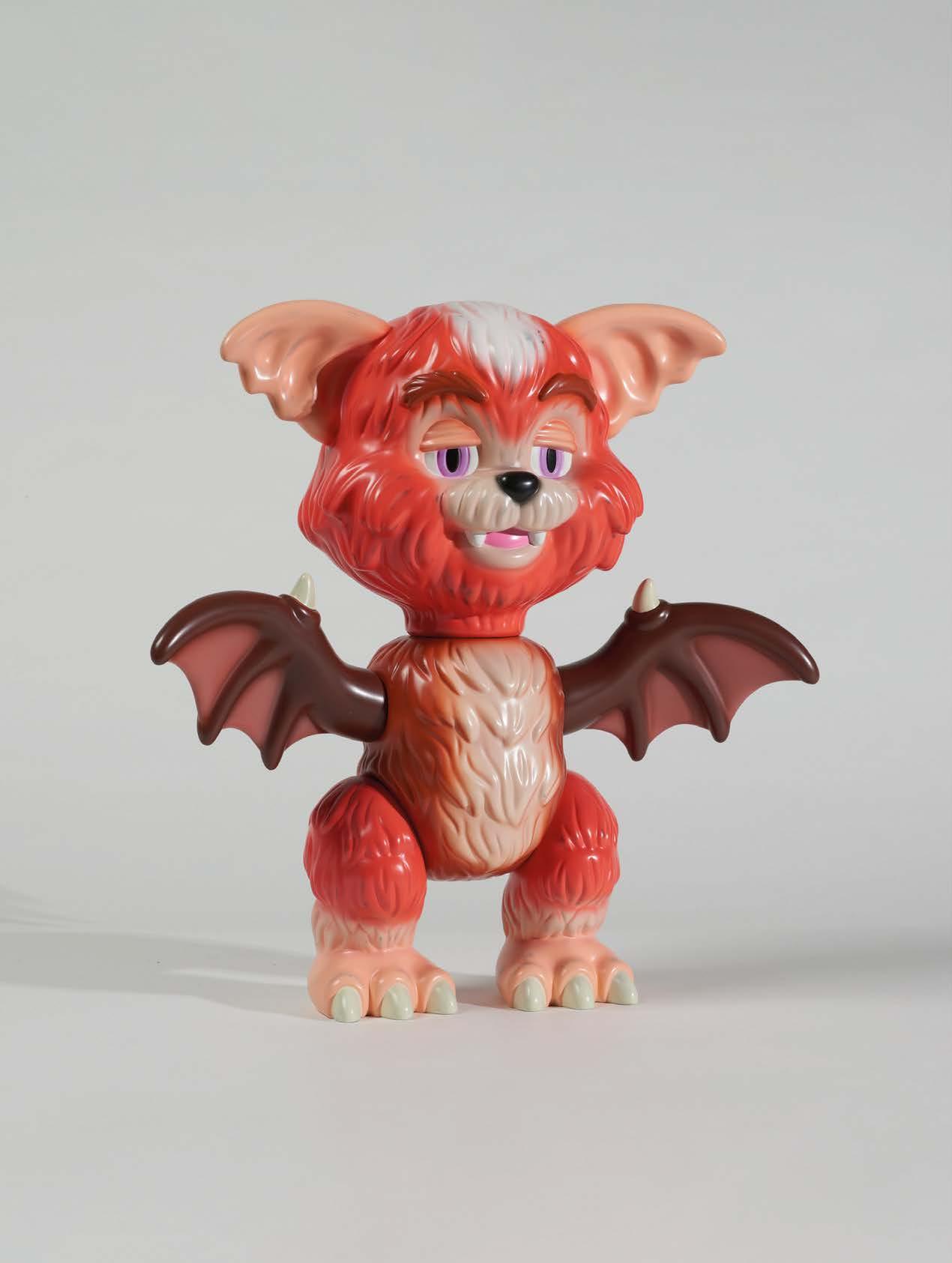
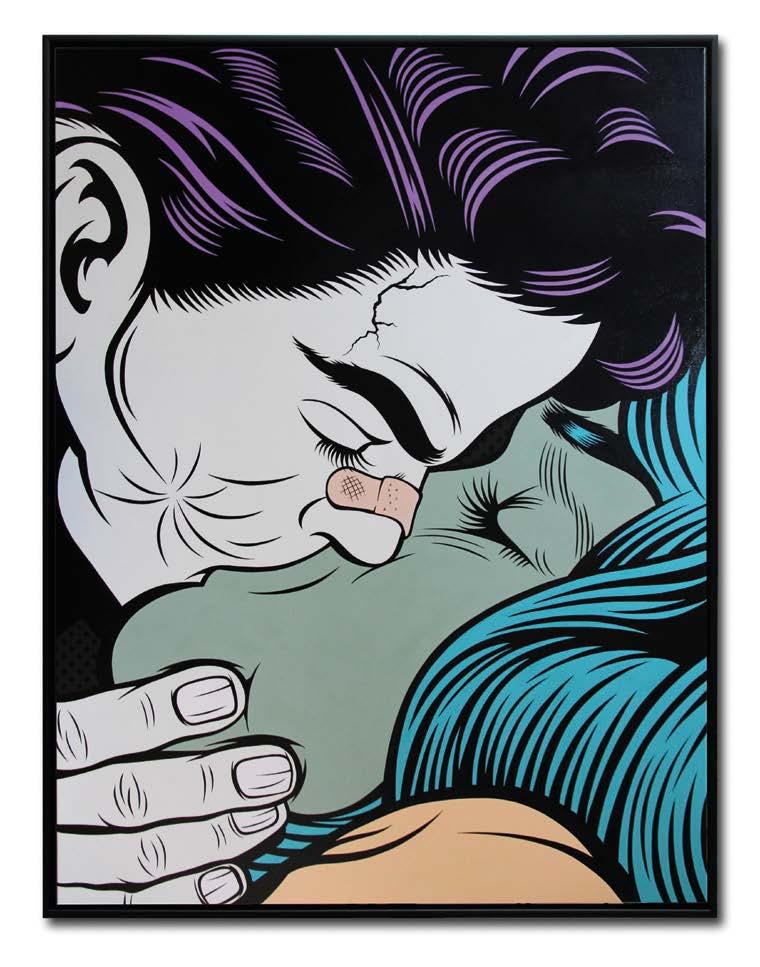
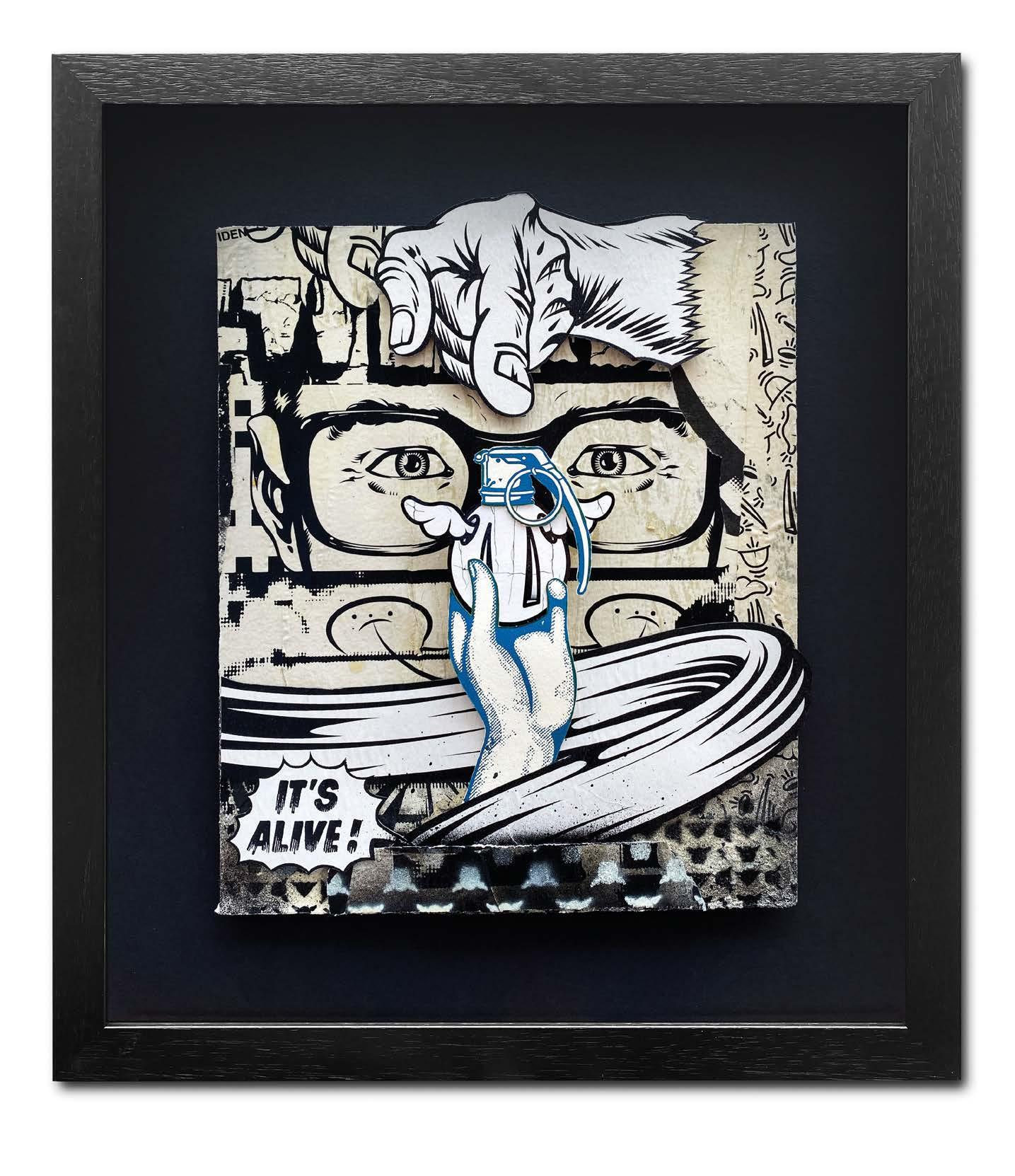


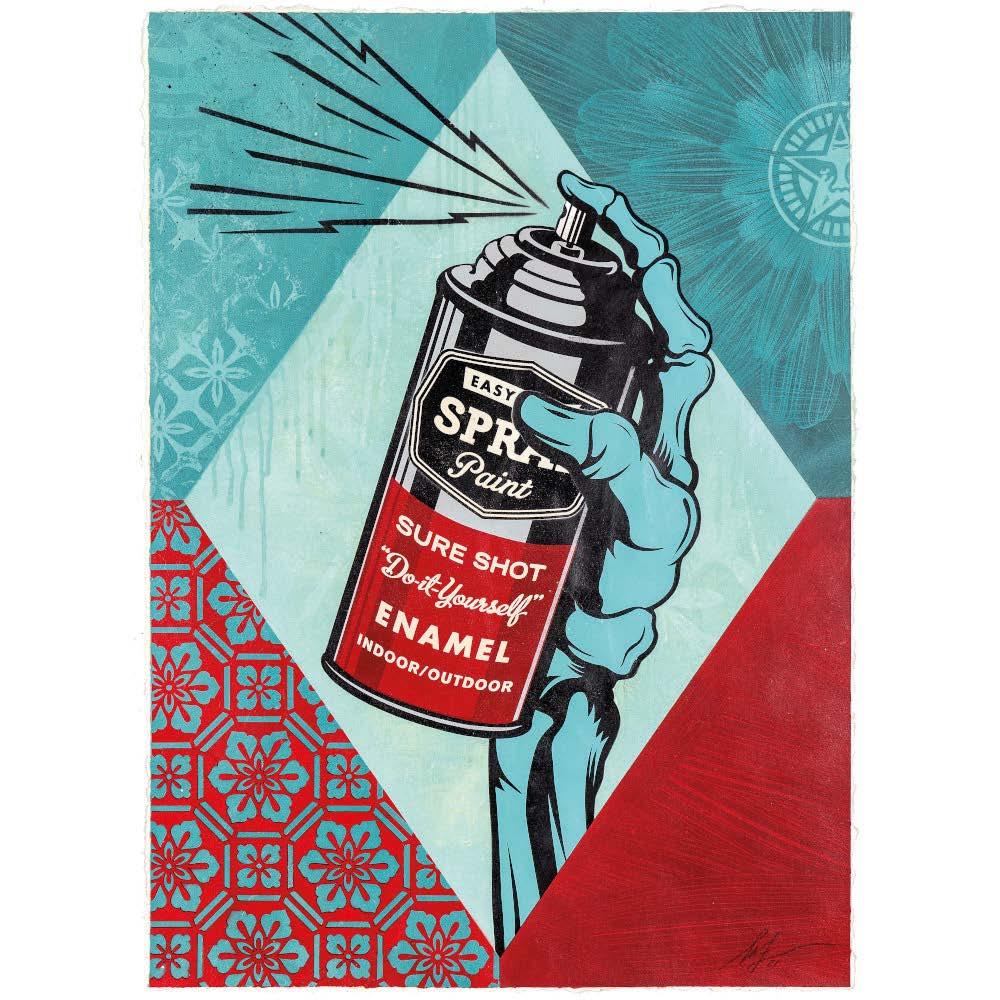
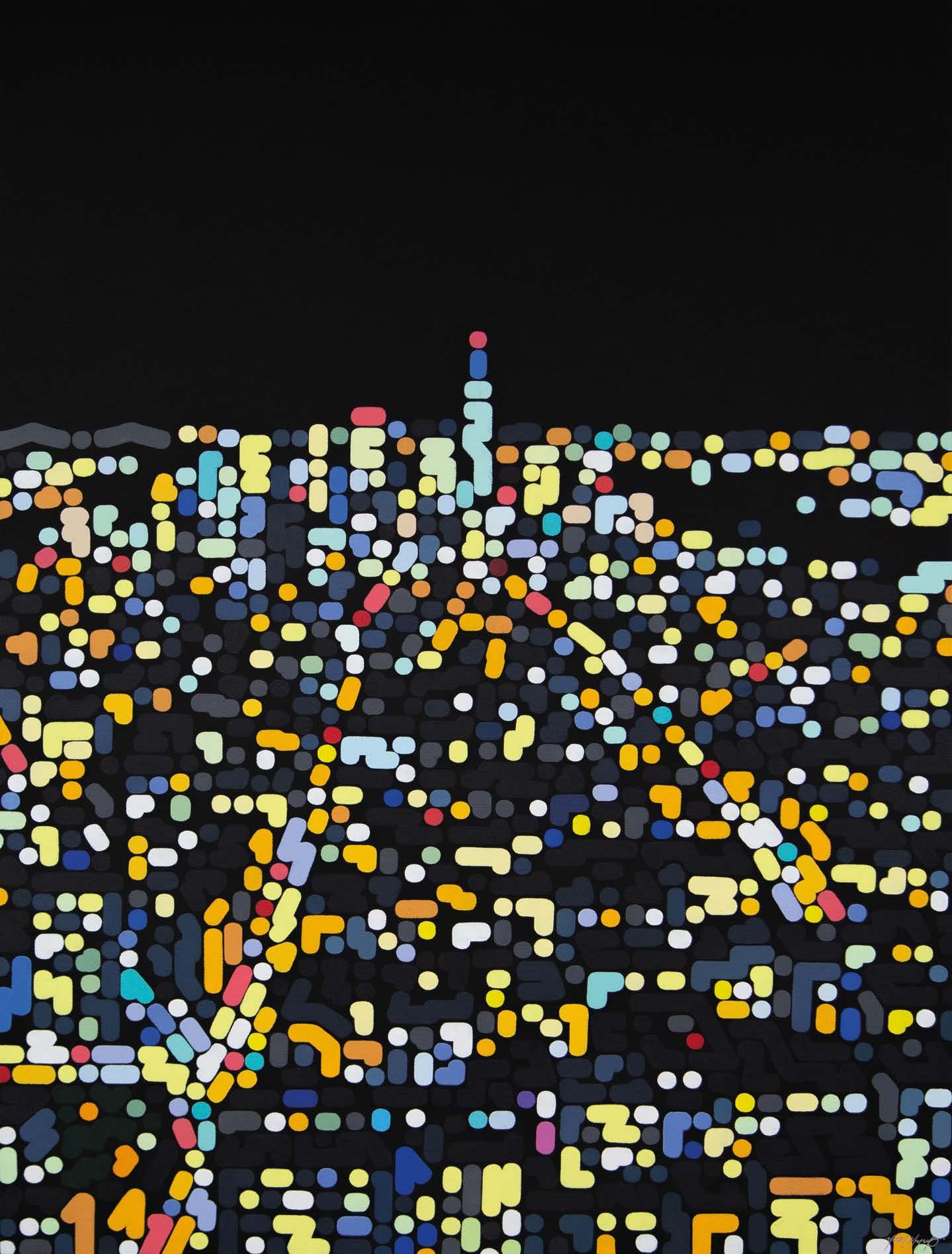
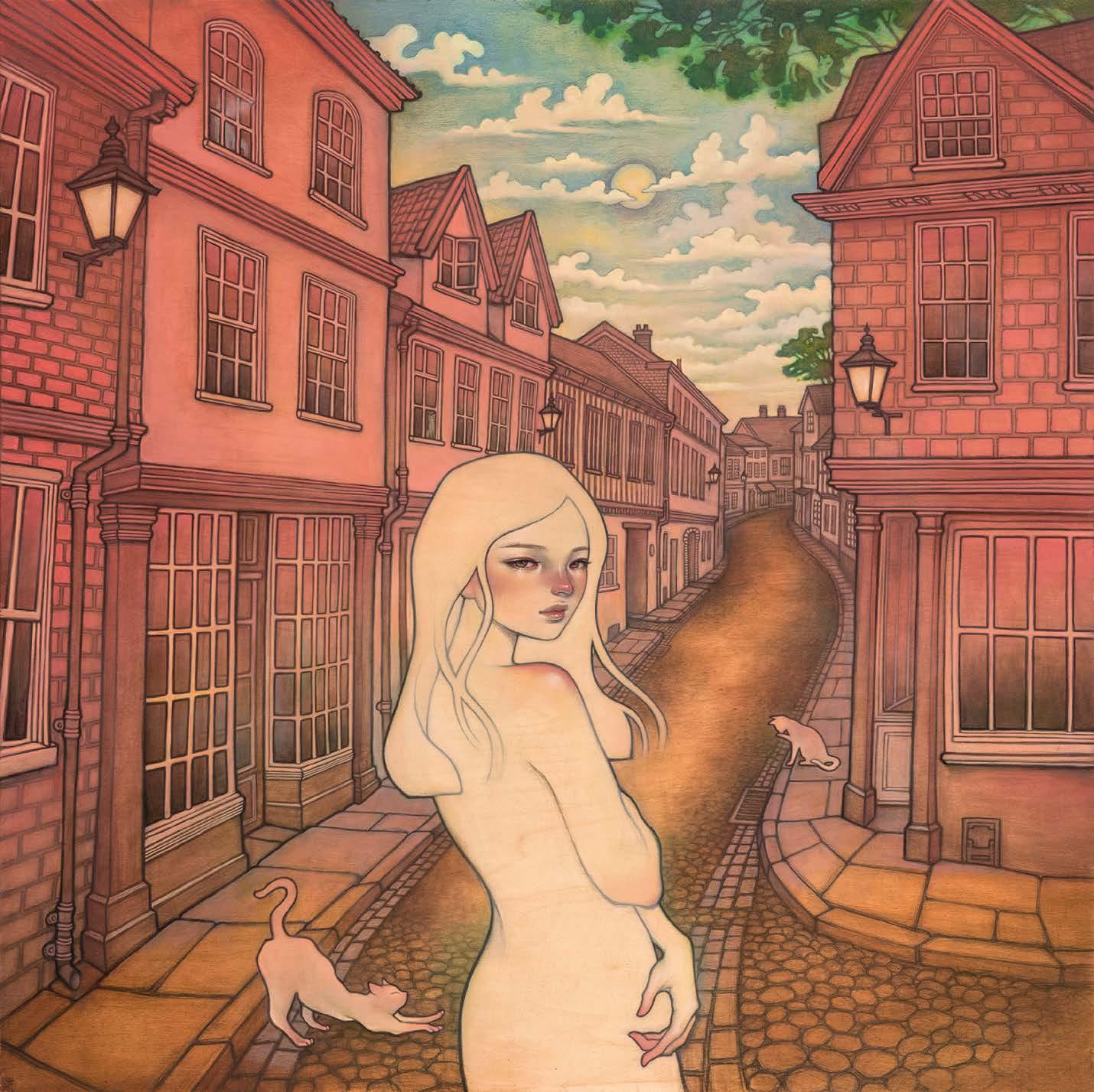

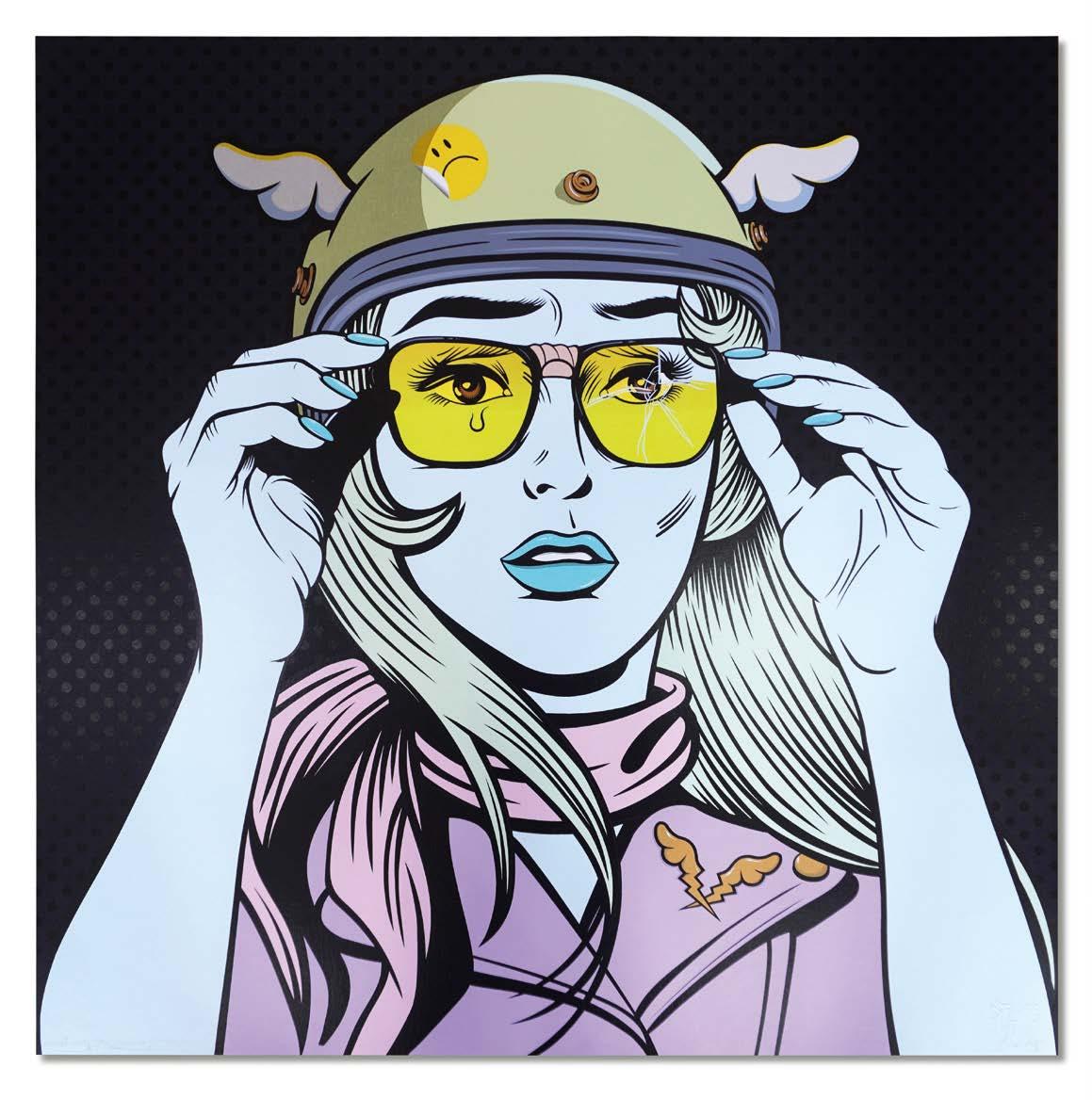
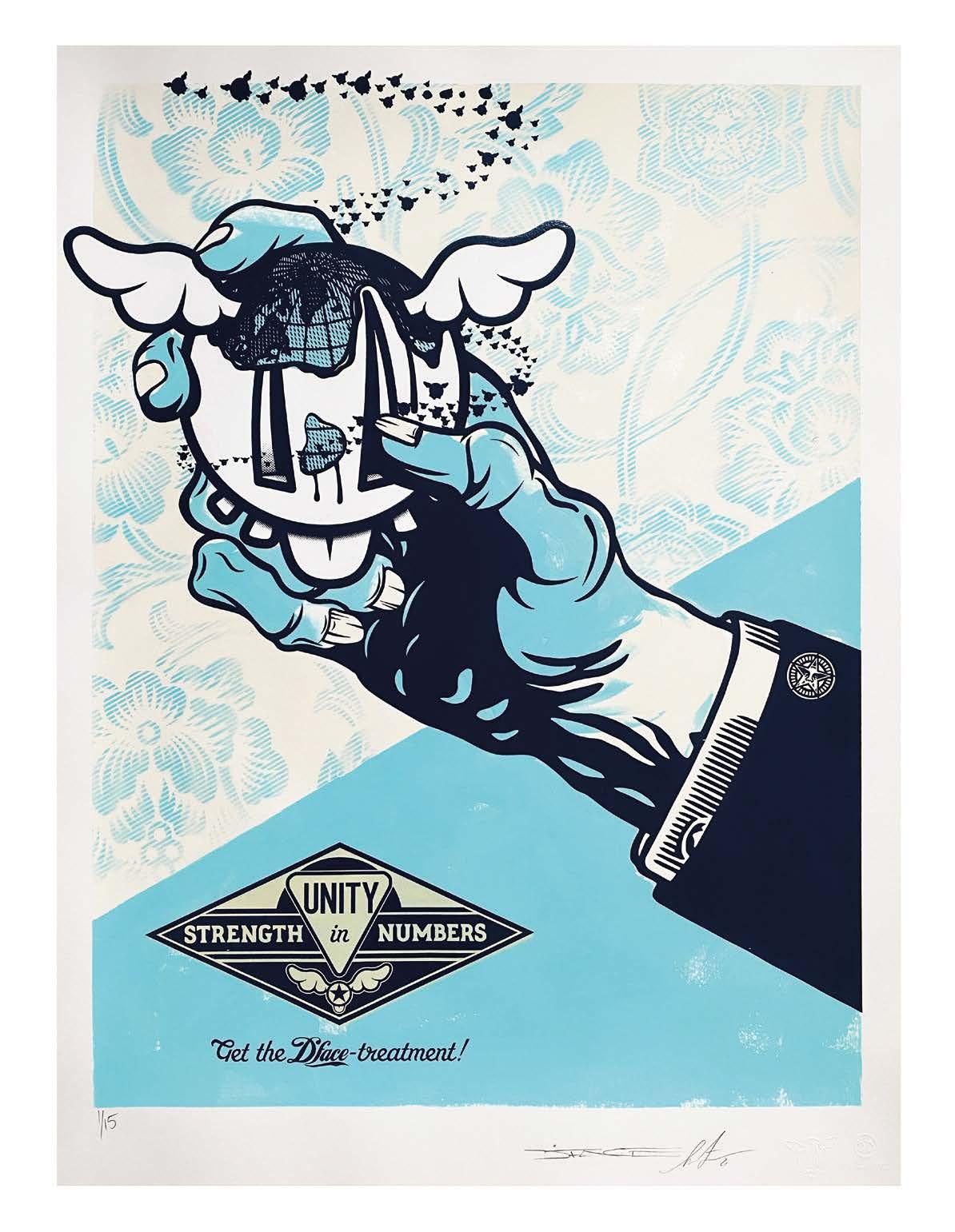
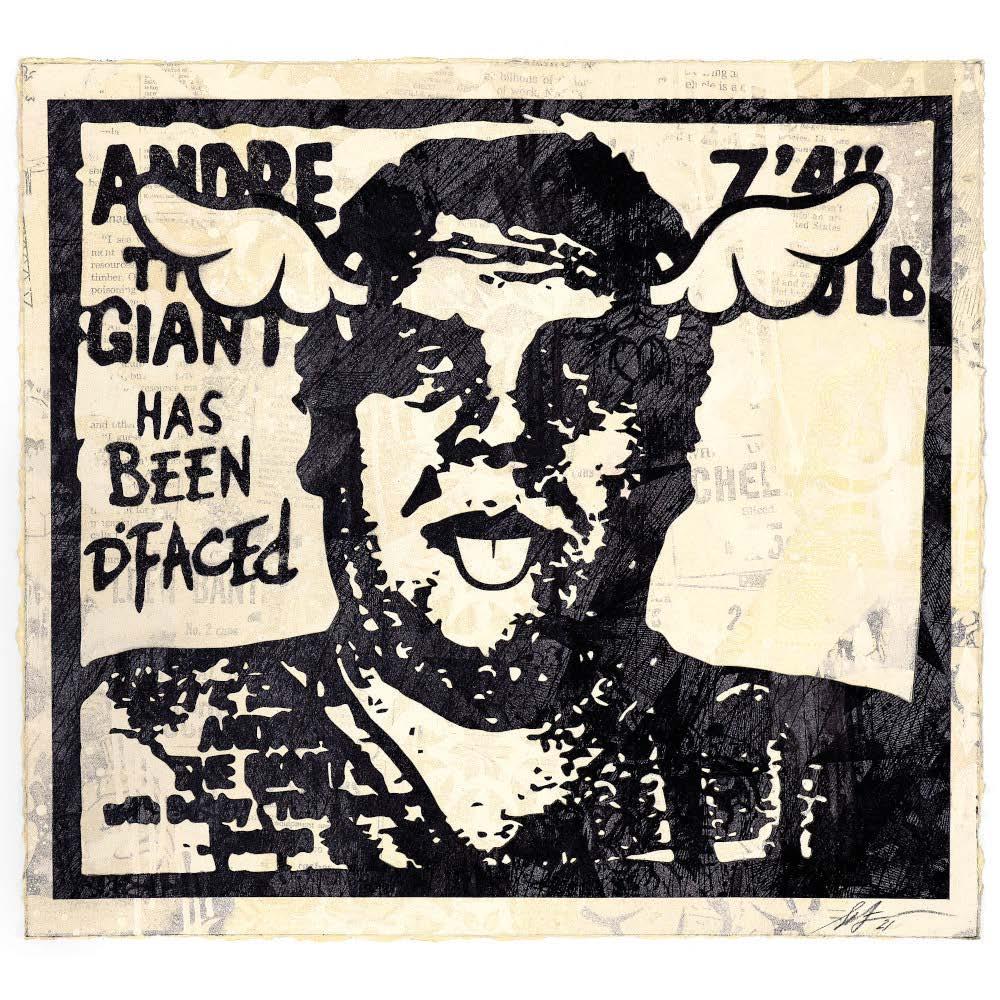
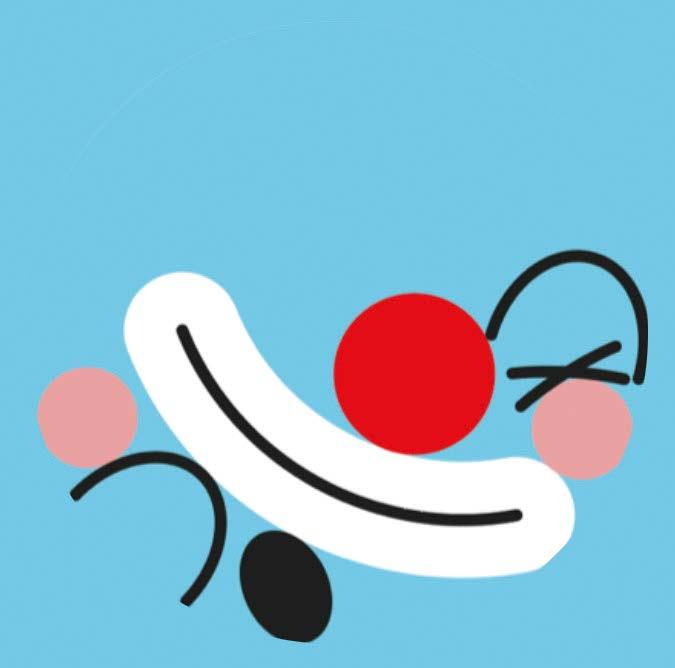
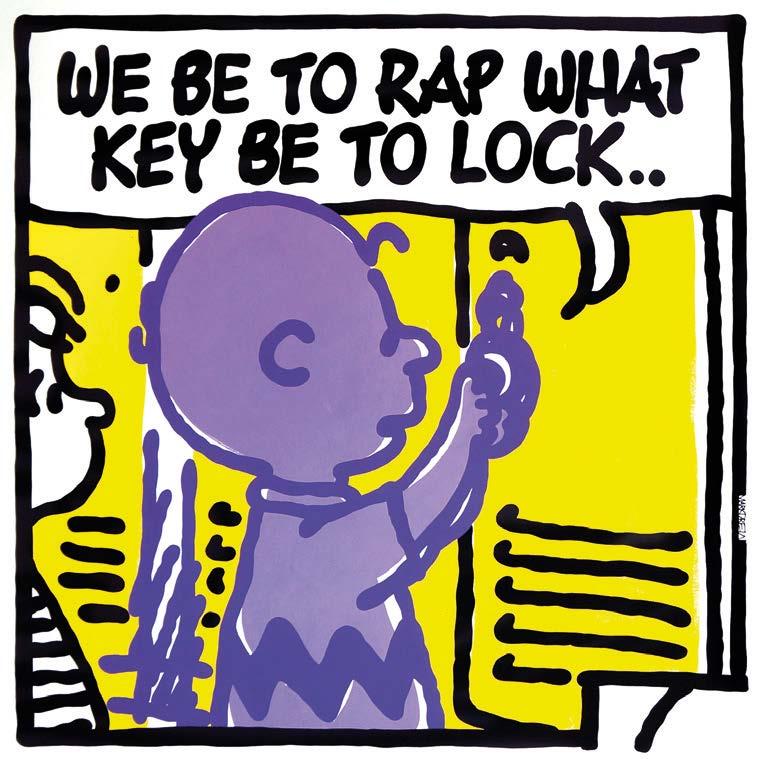
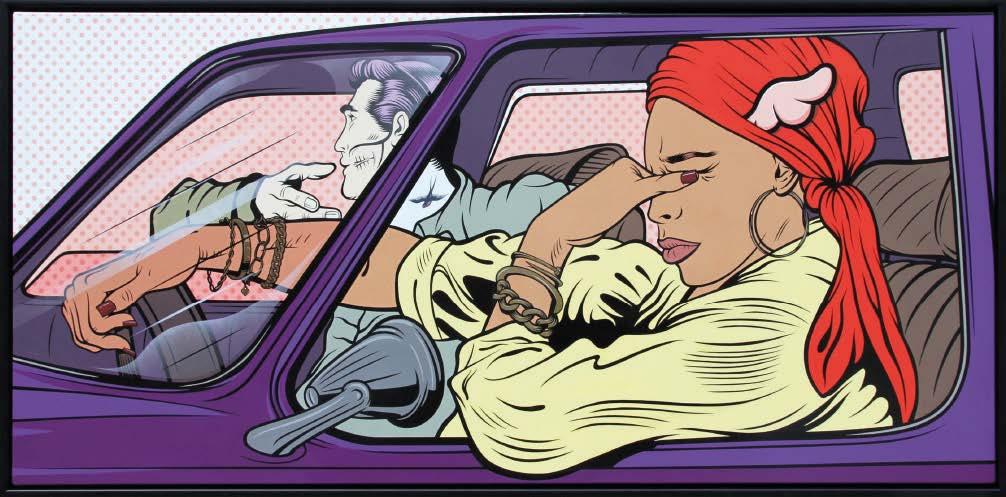
Monday : Open by appointment
Tuesday – Friday : 11 – 5pm
Saturday – Sunday : 12 – 4pm
artotel.com CURATED / Spring 2023 3
STOLENSPACE ART GALLERY • 17 OSBORN STREET • LONDON • E1 6TD ART
BOOKS
GALLERY • EXHIBITIONS • ARTIST LED MERCHANDISE
• CLOTHING • PRINTS • ORIGINAL ARTWORKS
The CURATED experience: where art meets hotel. Your guide to travel and culture in Europe.
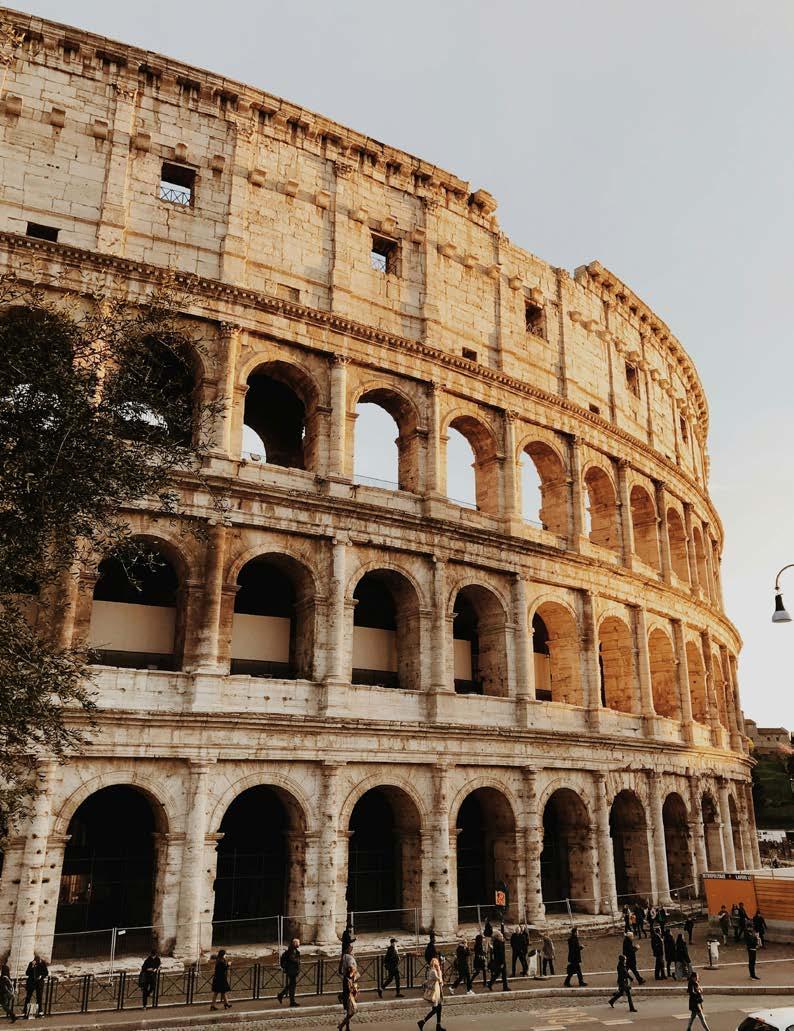
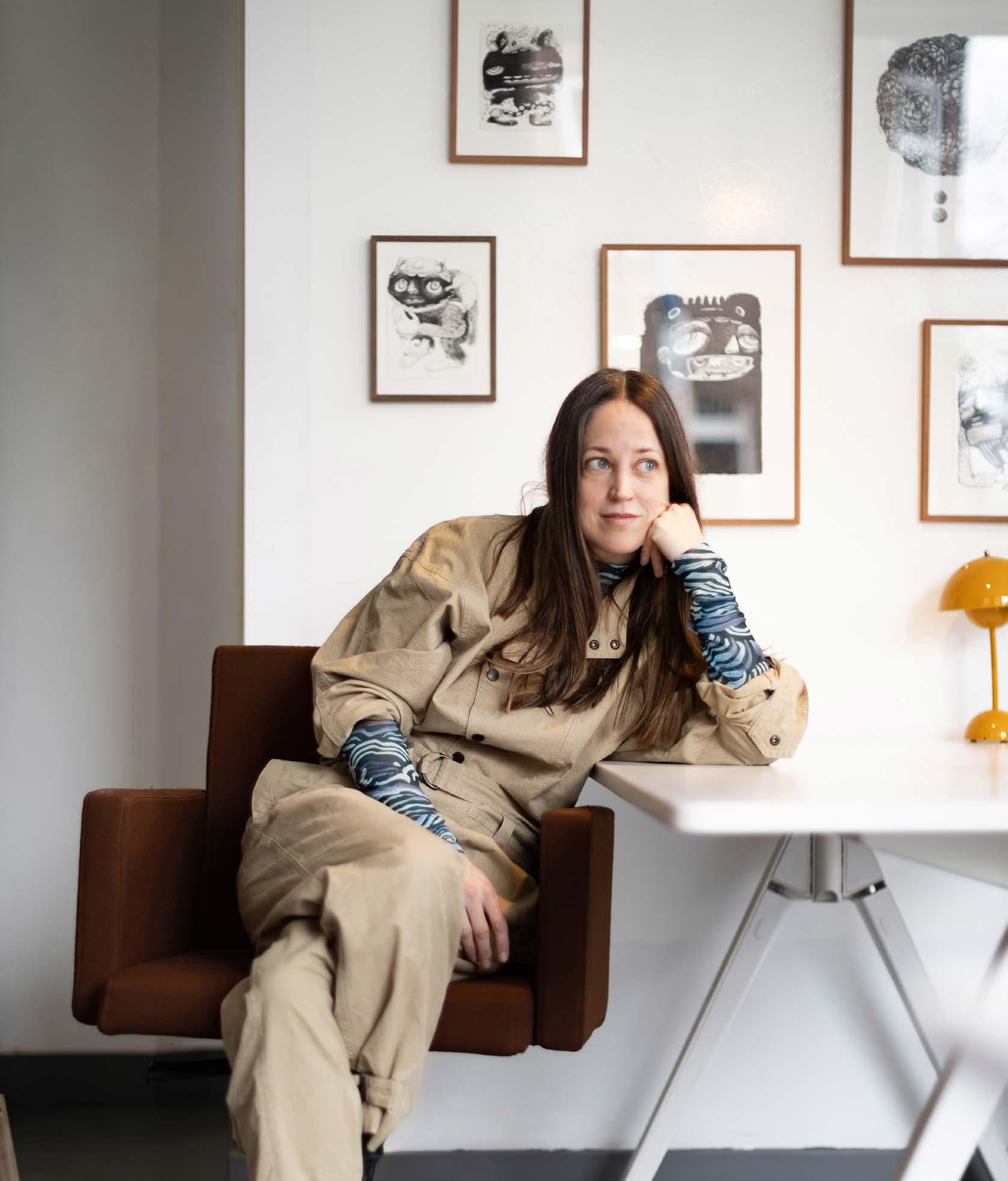

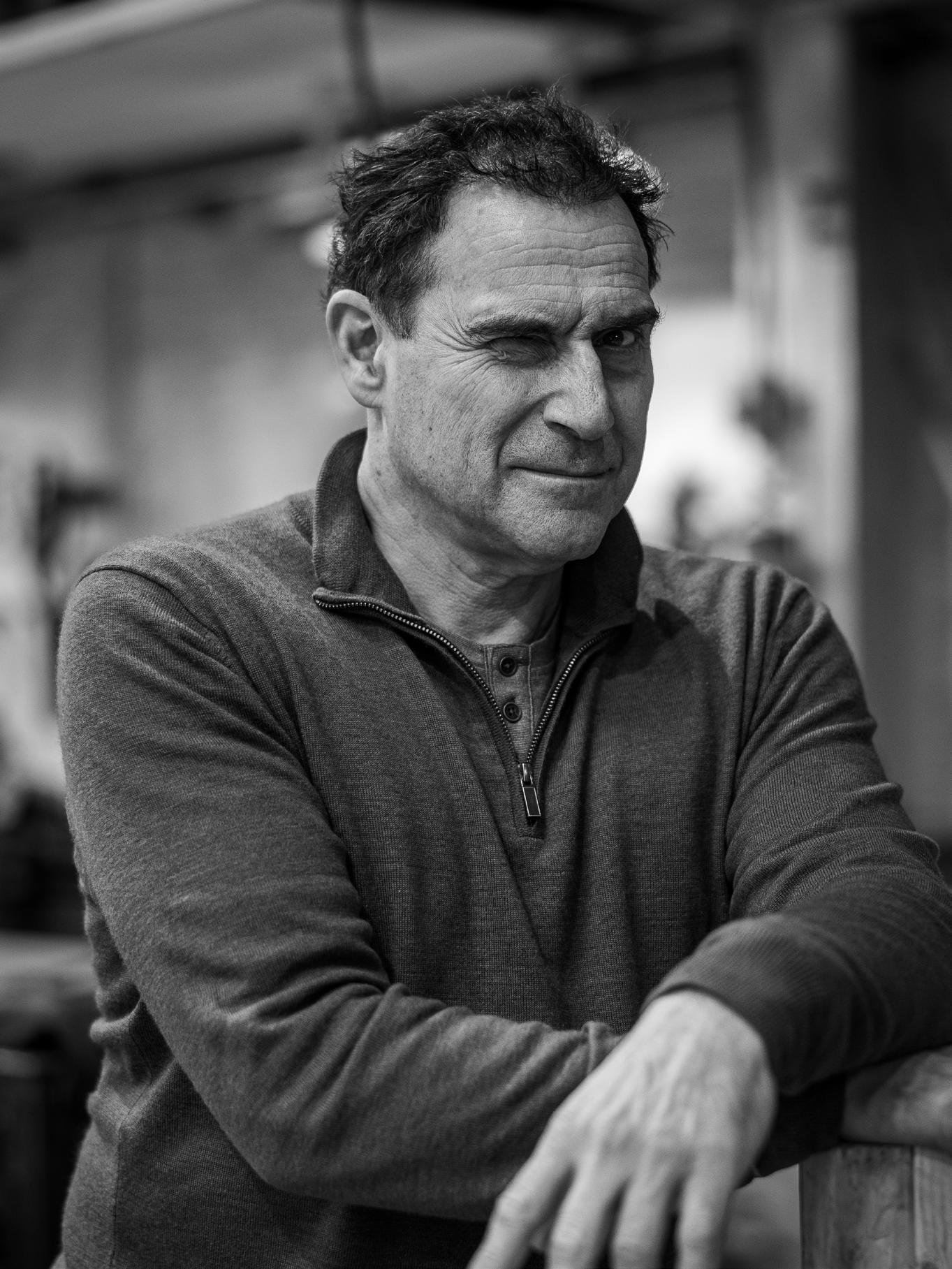
4 @artotel CURATED / Edition 2
30 Joep van Lieshout by Emanuel Vlasev
40 Nouch by Emanuel Vlasev
14 Do Rome the art’otel way
08
D*Face favourite Atlantis Art Materials by Rory Cole
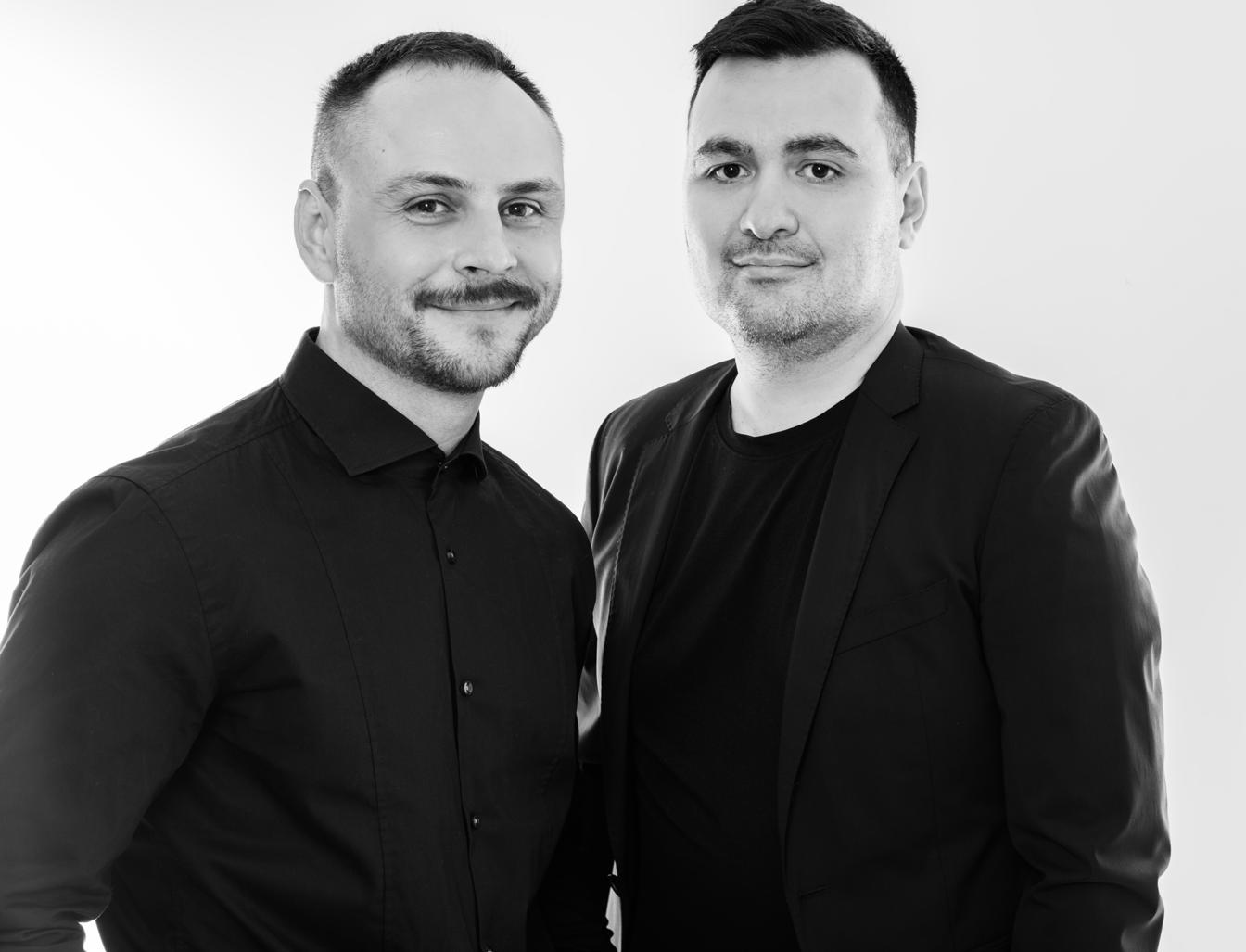
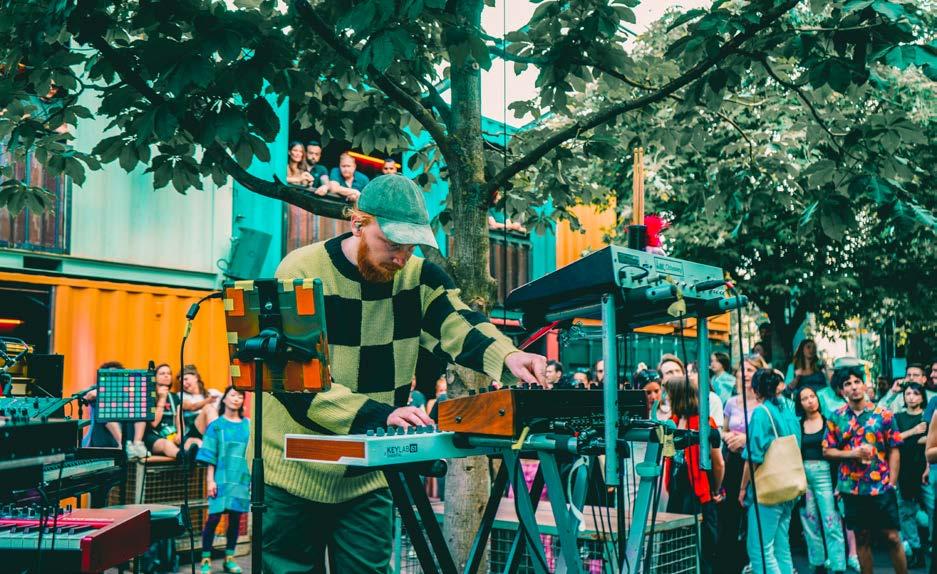
Edition 2
08 Curated by D*Face
Hoxton’s Signature Artist selects his London faves
14 A Roman holiday in 48 hours
Custom travel itineraries for the ancient city
20 Azim Majid gets creative
Our celebrity booker reflects on his unique career
28 Shoreditch through the ages
Dive into our newest home’s surprising history
30 Looking ahead with Atelier Van Lieshout
Four stories of past, present and future from the Dutch visionary
36 The Rijksmuseum done right
We got an insider’s tour to help you plan your visit
46 Cologne for the senses
The German sights, sounds and scents
50 ELFS explore Croatian fashion
The Zagreb-based design duo chat local trends
60 Spilling the tea with an expert
YEZI’s tea aficionado walks us through flavours and facts
67 Berlin nightlife exposed
The ultimate guide to its legendary clubs
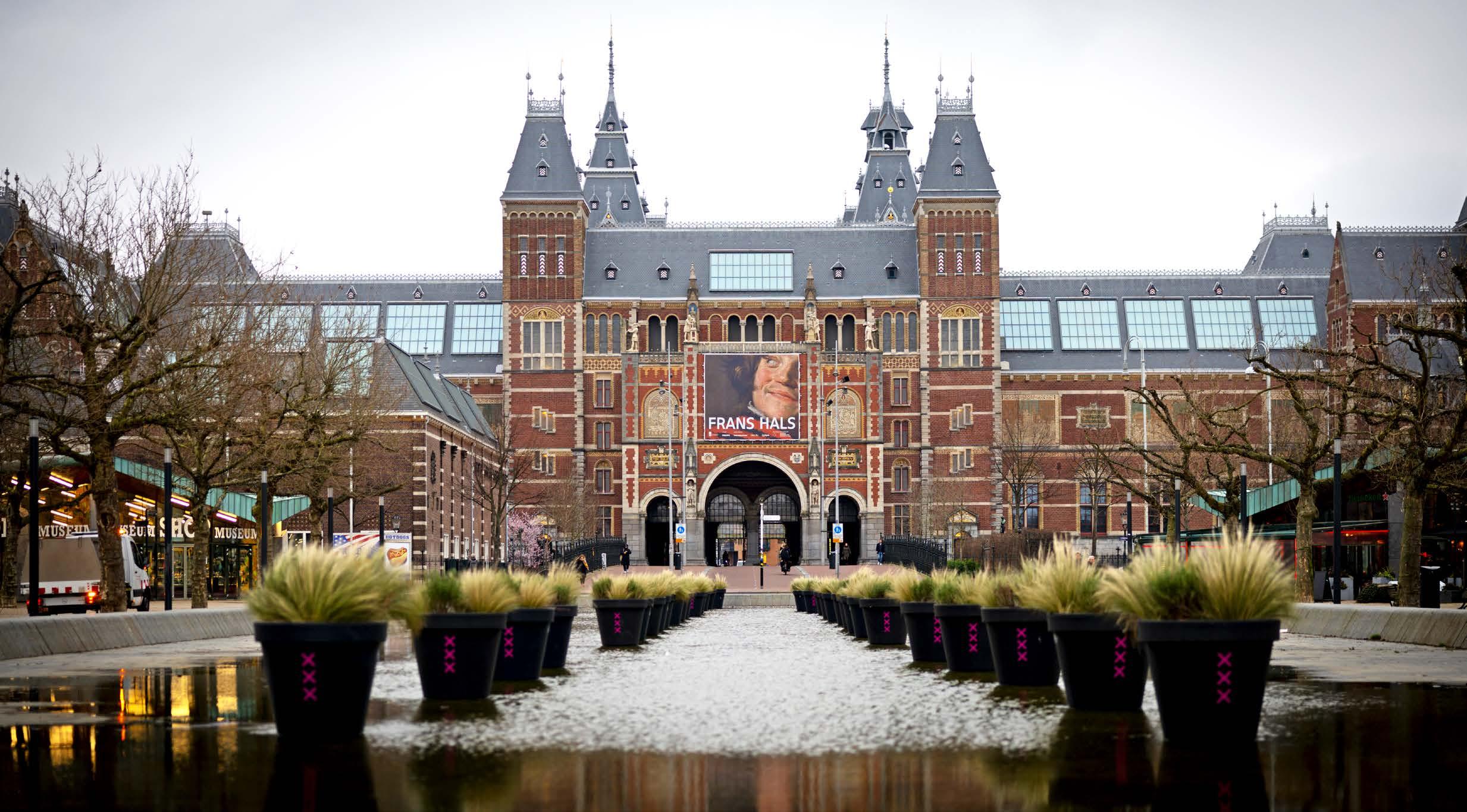
artotel.com 5 CURATED / Edition 2
CONTENTS CURATED
67
50 Ivan and Aleksandar of ELFS
36 The Rijksmuseum by Emanuel Vlasev
Berlin Beats feat. Salon
Zur Wilden Renate
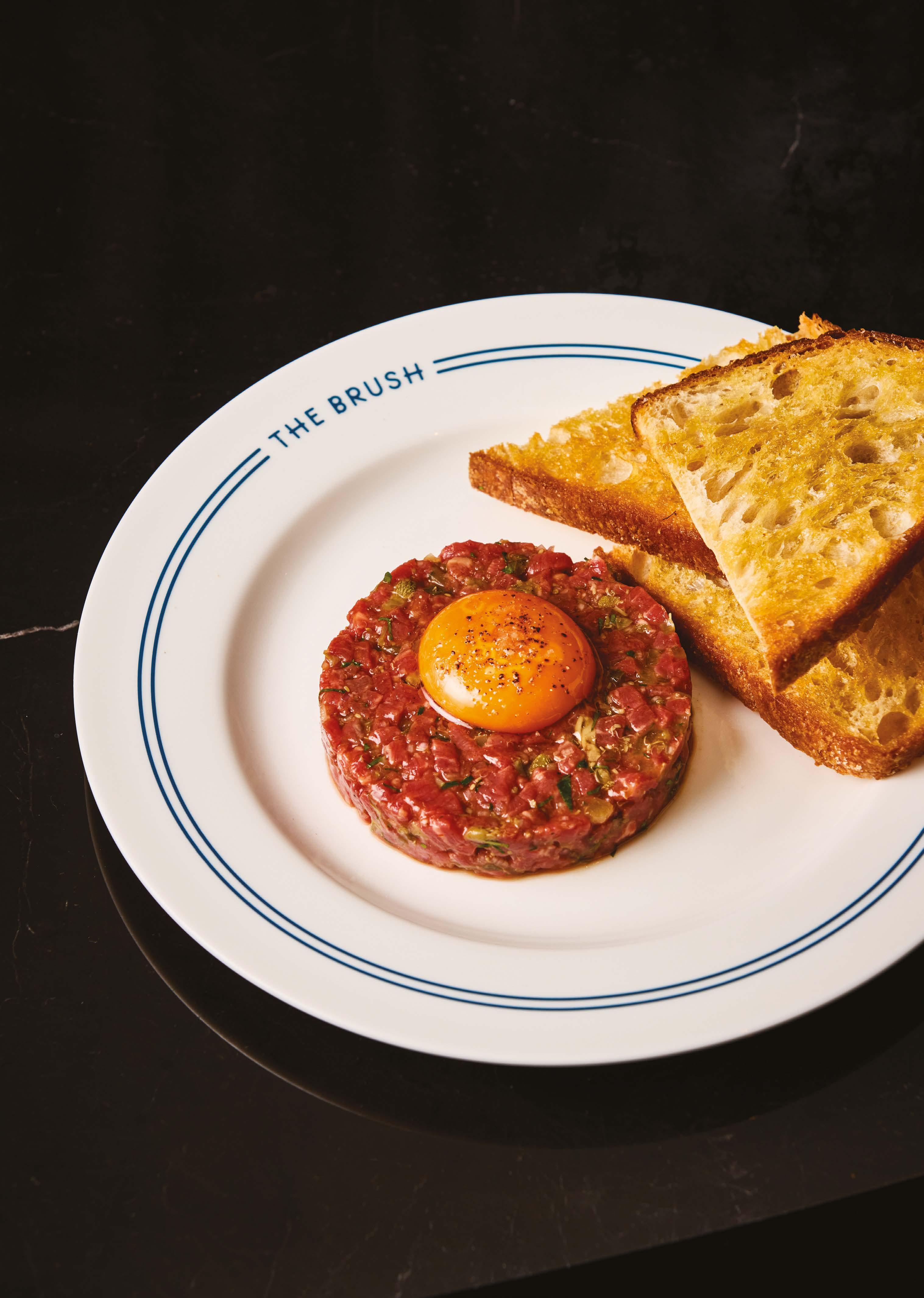
84–86 Great Eastern Street, London, EC2A 3JL +44 (0)20 7123 8686 · info@thebrushhoxton.co.uk · @brushhoxton Opening hours: 7am–11pm
Meet the curated hotel experience. Where imagination becomes reality and each moment is a blank canvas waiting for you to make it a masterpiece. Outside: the centre of Europe’s most exciting cities—Amsterdam, Berlin, Cologne, London, Rome and Zagreb. Inside: fresh perspectives on the unexpected, punctuated by exclusive collections from elite Signature Artists. You love the finer pleasures in life—food, culture, art and design—and so do we. From buzzed-about restaurants and bars to an electrifying roster of events and exhibitions, creativity is infused into every detail of an art’otel stay. What will you discover next?
Turn the page and find out.
CONTRIBUTORS
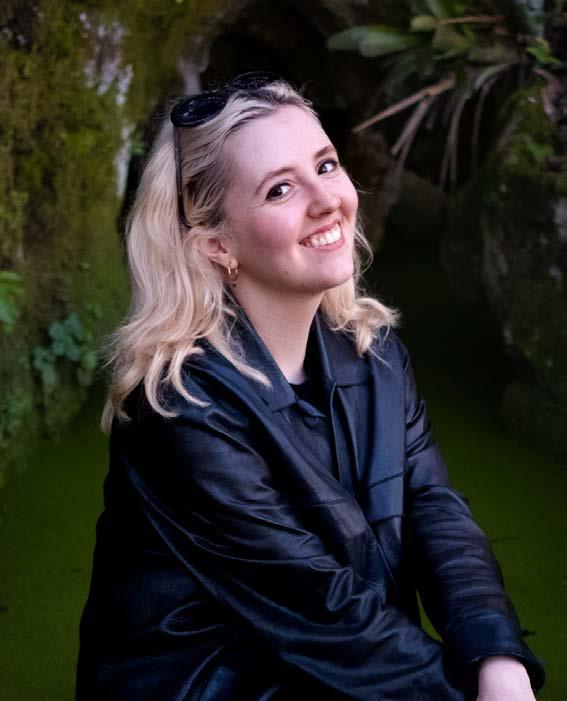 Haley Durkee Editor-in-Chief
Haley Durkee Editor-in-Chief
Haley is a culture-obsessed writer, editor, and photographer, as well as Brand Content Manager for PPHE Hotel group. She’s a regular fixture at London art galleries, international film festivals, and fashion pop-up shops with a penchant for special little treats from her local bakery.
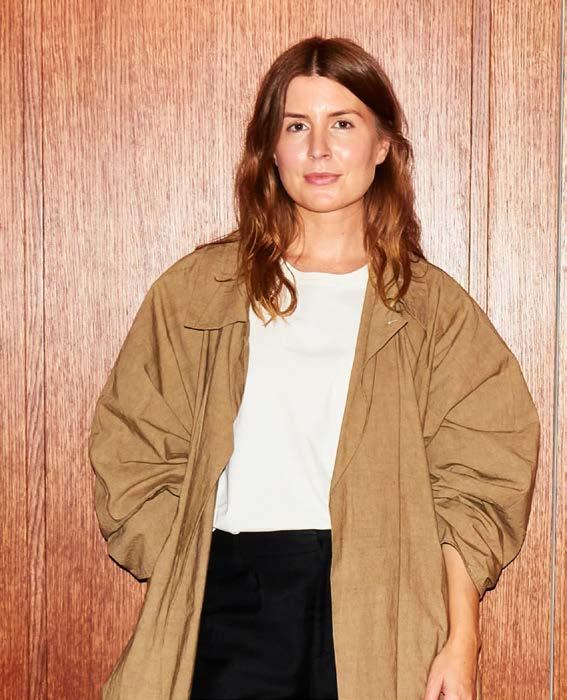
Angharad Jones
Angharad Jones is a freelance writer, keen traveller, and design enthusiast. On any given day you’ll find her writing about fashion, interior design, and architecture for publications around the world - and planning her next trip to somewhere warmer than the north of England.
Principal Photographers
Rory Cole (Cover)
Elspeth Vincent
Emanuel Vlasev
Contributing Photographers
Barabas Balog
Marco Buddingh
Rashad Bedeir
Ivan Leko
Additional photography from:
Alamy Stock Photo, Pexels, Adobe Stock
Image Coordinator
Joyce Dalisay
Partnerships
Jasmyn Henry
Design weareascender.co.uk
Acknowledgements
Amsterdam Street Art
The Rijksmuseum
ELFS
Max Benham
Holly Walkin
Laurence Markham
Stephen Howard
Georgia Gray
Letizia Villani
Daisy Hek
Rachel Harrison
Ljiljana Mikić
Barbara Daza
Anubhav Dhingra

Sen Thackeray
Sen Thackeray is a travel, sustainability and TV writer, as well as a content strategist. When she’s not busy writing, drinking excessive amounts of coffee or trying a new exercise class, chances are she’s daydreaming about her next staycation or a food and sunshinefilled escape abroad.
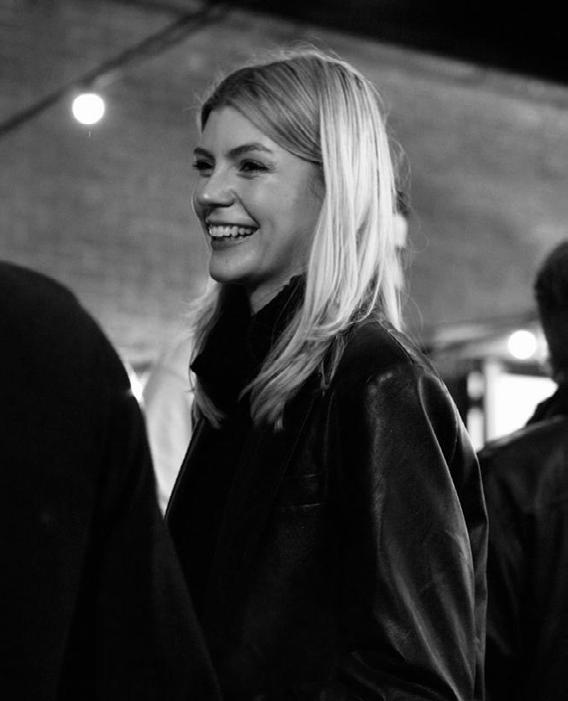
Emily is the PR & Marketing Executive for Holmes Hotel London (part of PPHE Hotel Group) with a degree in Multimedia Journalism. In her spare time, she writes poetry, short fiction and moonlights as a videographer and content creator for her friends’ bands.
artotel.com 7 CURATED / Contributors
Emily Haycock
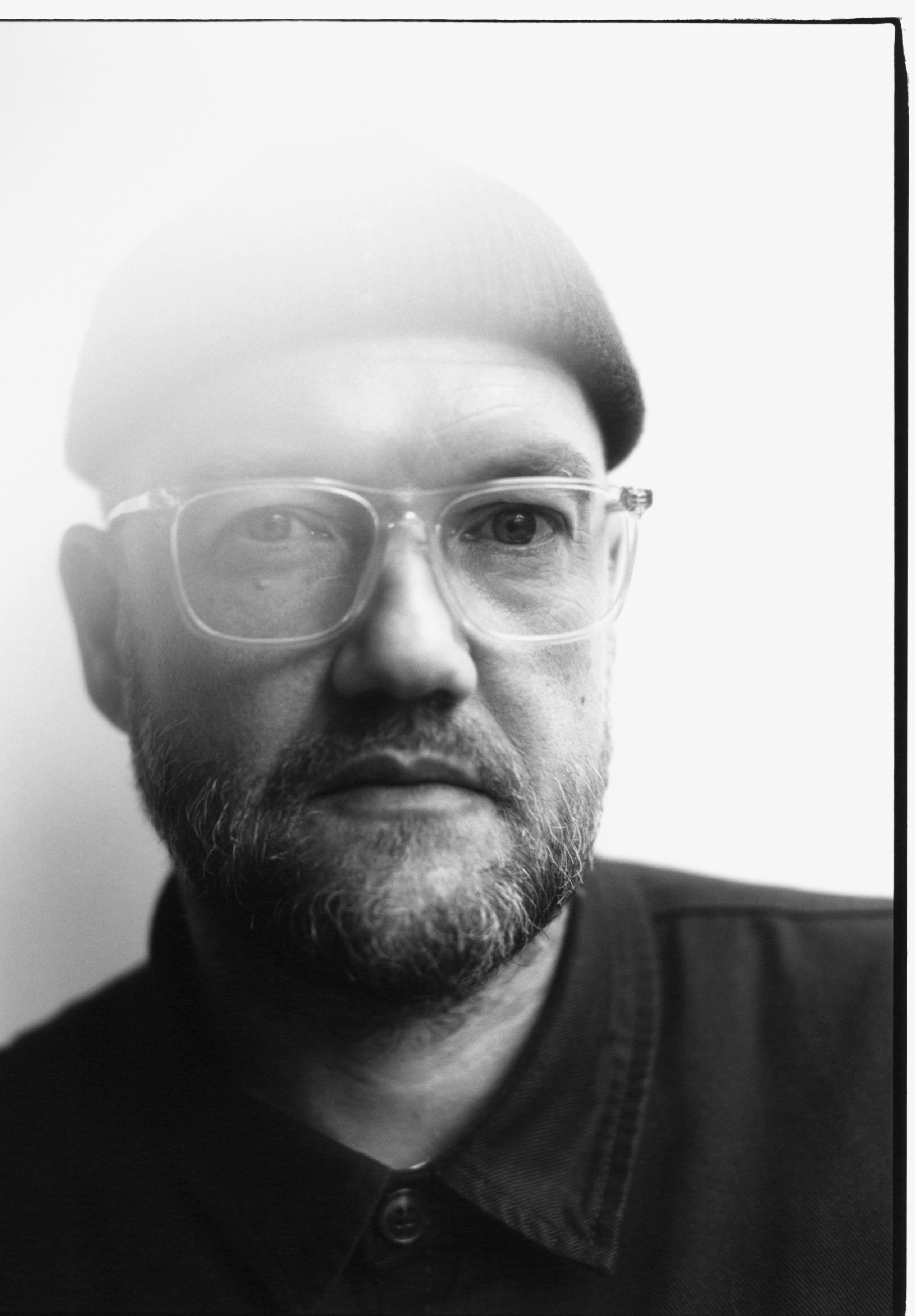
CURATED BY D*FACE
Our Signature Artist’s personal favourites from London high street to t-shirt brand.
Words by Haley Durkee
Images by Rory Cole
When photographer Rory Cole and I approach the gate to Dean Stockton’s Peckham studio, the sun is shining and the air is warm—a little unusual for February in London, but this isn’t a usual day.
Two massive metal panels are arriving from “the shop.” They’re only a section of a much larger installation poised for art’otel London Hoxton. Up close, it’s difficult to discern what’s on them. Take a few steps back and the image on the panels slowly reveals itself: a panoramic collage of D*Face stickers. I ask Stockton what this is all about. “It started as that—” he says and tosses me a strip of paper decked out in his iconography “—that’s the original. It’s been scanned, printed out in large-format and we used that as our base. Then we block out all the colour, put black over the top, and go around to add in the shadows.” The shadows, he notes, are key.
And now the enormous metal fabrication of HELLO MY NAME IS in front of me is all starting to make sense.
D*Face is globally recognised for his supersized, hand-painted murals in cities like LA, Tokyo, Berlin and (of course) London. Stickers, though, are what put him on the map. He reckons he’s stamped “hundreds of thousands” of them. But this iteration was born from a broken wrist as much as it was connecting with his roots as an artist. “I couldn’t paint” he explains, so he needed something post-skateboarding accident to keep his creative bone occupied (while the physical
bone was healing). In this case, inspiration hit in the form of stickers on brown paper envelopes he was mailing. He simply thought it “looked cool” and it grew from there.
“I started cutting and tearing things out, made a book of collages and, when I was finally able to paint, we painted them. So, this [panel] was informed by that. But also, stuff in the street. When you put stickers up, people put more stickers up next to them. Over them. They age. That for me is a way of appreciating the elements out of your control—the ephemeral nature of working with the public domain where things are weathered and destroyed. Early days it’s heartbreaking, but as you get older you have to embrace it.”
The purpose of my visit to him today is to get his list of London favourites (for anyone who might be interested, but really for myself as an admirer of his work and a regular visitor to his gallery, StolenSpace). So, it feels fitting to start our interview with his favourite place to pop a sticker.
Sticker Location
“One of the earliest places I put stickers were – I still to this day don’t know what they’re called –but there are these grey boxes they put on lamp posts. They’re a perfect square with a rounded corner. Probably five-inches square, at perfect six-foot height. And that was one of the first things I’d seen as a spot for stickers. I thought ‘that’s a cool little blank canvas’ so I measured them

artotel.com 9
CURATED / Curated by D*Face Watch our interview with D*Face
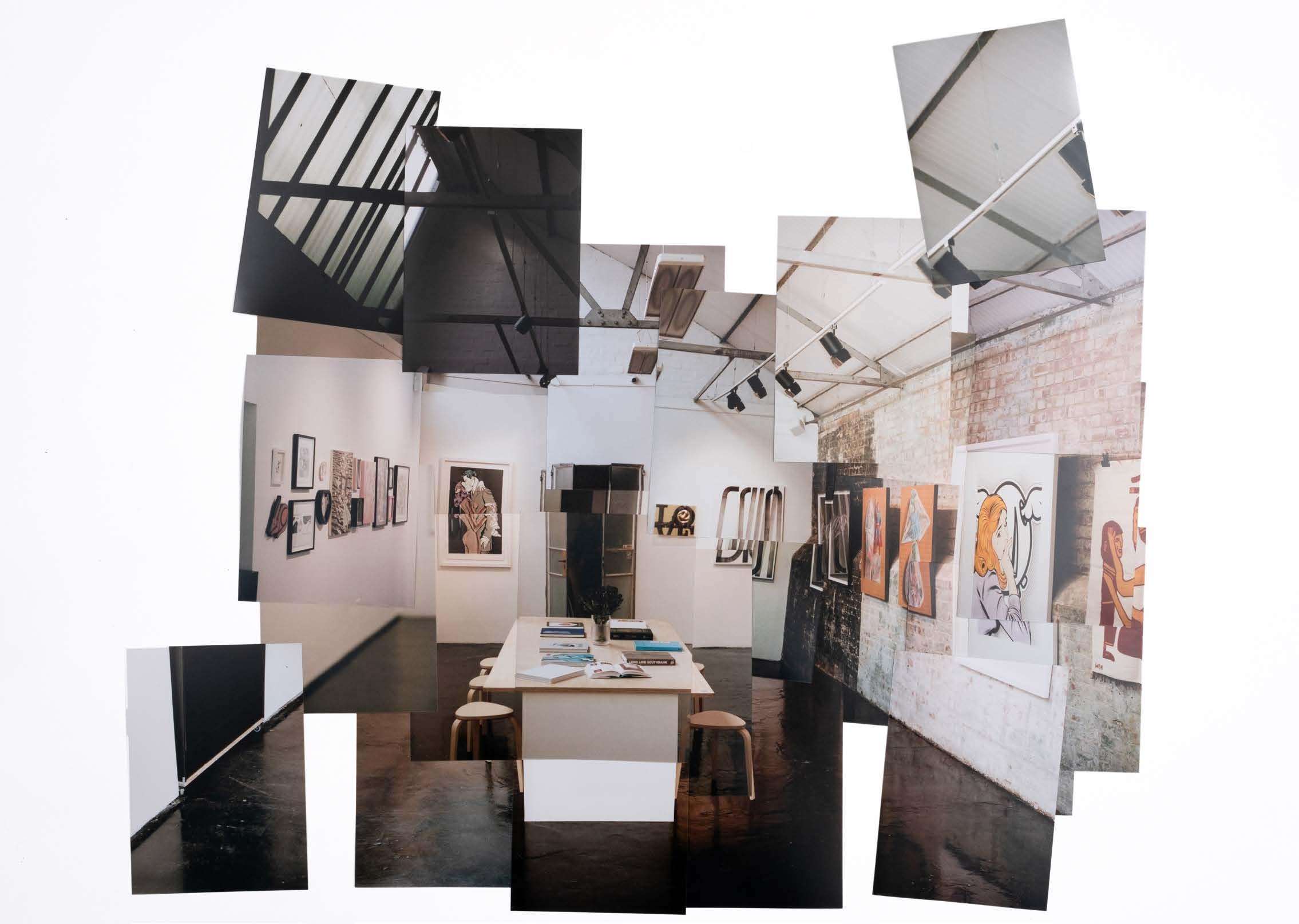
and made hand-drawn stickers to fit. They went unnoticed and untouched for a long, long time. I was linking all my routes across London with these little boxes. Those I still have a fondness for. But any fresh grey coat of paint is delightful to put a sticker on. I’ve got a device that I’ve created to put stickers up high so I can get those spots you couldn’t possibly reach or physically climb to, and they run forever. I’m into trying to keep stuff up and out and visible as possible in as prominent a location as possible.”
Street or Neighbourhood
“Peckham High Street. I don’t want to give you Peckham as all my answers, but here’s the thing about London as I see it: locals spend the most time where they call “home.” It feels like [Peckham] is a community. You get to know the guy on the block that you see every day and the mad woman who talks to the cats, and I think that sense of community and how you fit within that is important. I love the diversity of this area. There’s a certain element of edge to it which makes it real. My studio has always been East and South is my home.
Aside from that, I still like walking around Bond Street central London and looking at the architecture and the establishments that have been there forever.”
Blue Plaque
“Boris Karloff! I found Boris’s plaque just up the road. I was walking along (and I’ve been down this street many times) and weirdly someone was talking about the original Mummy the day before, then I look up and see ‘Boris Karloff lived here.’”
T-Shirt Brand
“I’ve got so many t-shirts. They breed. Every time we go anywhere, we get t-shirts. I recently got back into skate brands and have been picking up loads of skate t-shirts. I don’t have one favourite. I like any of the old school skate brands. Santa Cruz. Jim Phillips is my favourite artist and graphic designer and I just think they have awesome graphics. I like old stuff that’s got a story to it.”
Gallery
“White Cube Bermondsey. The curation – but that space alone is absolutely incredible. Then my own gallery, of course, StolenSpace (17 Osborn St, London).
I never wanted to be a gallery owner or curator. I’d been looking around at what I was doing and what peers and artists that were part of a similar scene were doing—and I kept thinking ‘why isn’t someone showing this in a gallery format?’ We were getting all these opportunities to hang stuff in a bar or a shop (and there’s nothing wrong with that) but I felt like it deserved more. Then a year rolls by and someone says to me ‘you’ve talked about it so much why don’t you do it?’
I thought, f*ck it, why not?
That was in 2004 and it was called The Outside Institute at that time, and it pretty much ran me into the ground. I learned everything about what not to do in that year. Then I started again, but smaller and with a studio attached to the gallery that could fund it. StolenSpace has been operating since 2005.
Running an independent gallery is incredibly tough. It’s so easy for people to go ‘oh you just get a space, paint it white, put some lights on it, hang
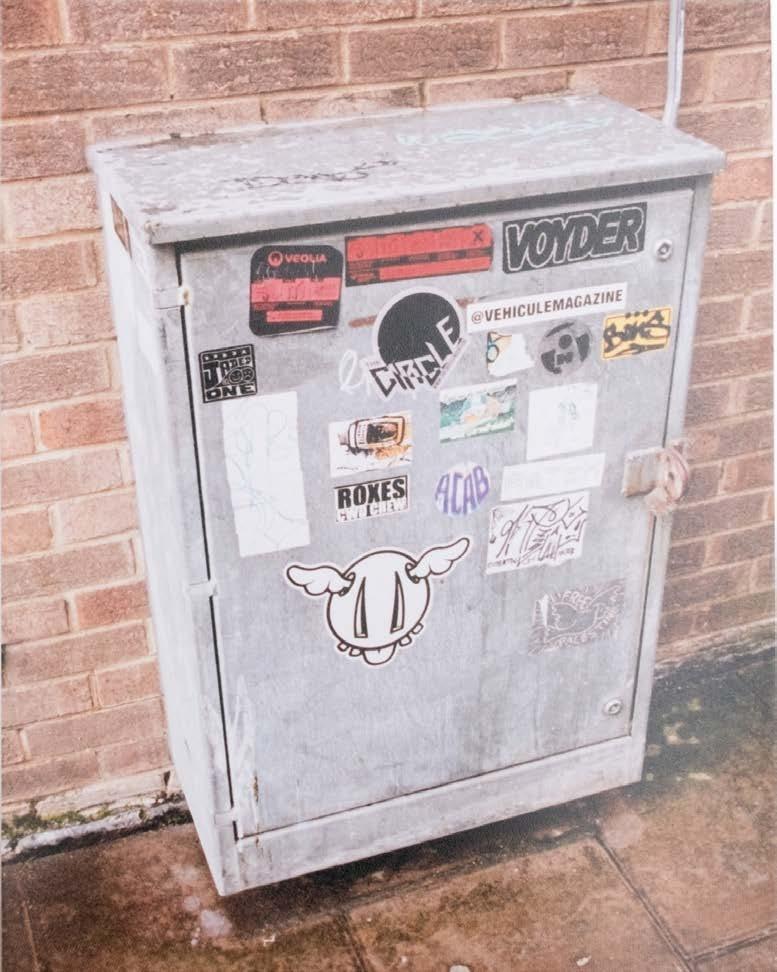
“Stickers for me are a way of appreciating the ephemeral nature of working with the public domain.”
@artotel 10 CURATED / Curated by D*Face
StolenSpace main gallery room by Rory Cole
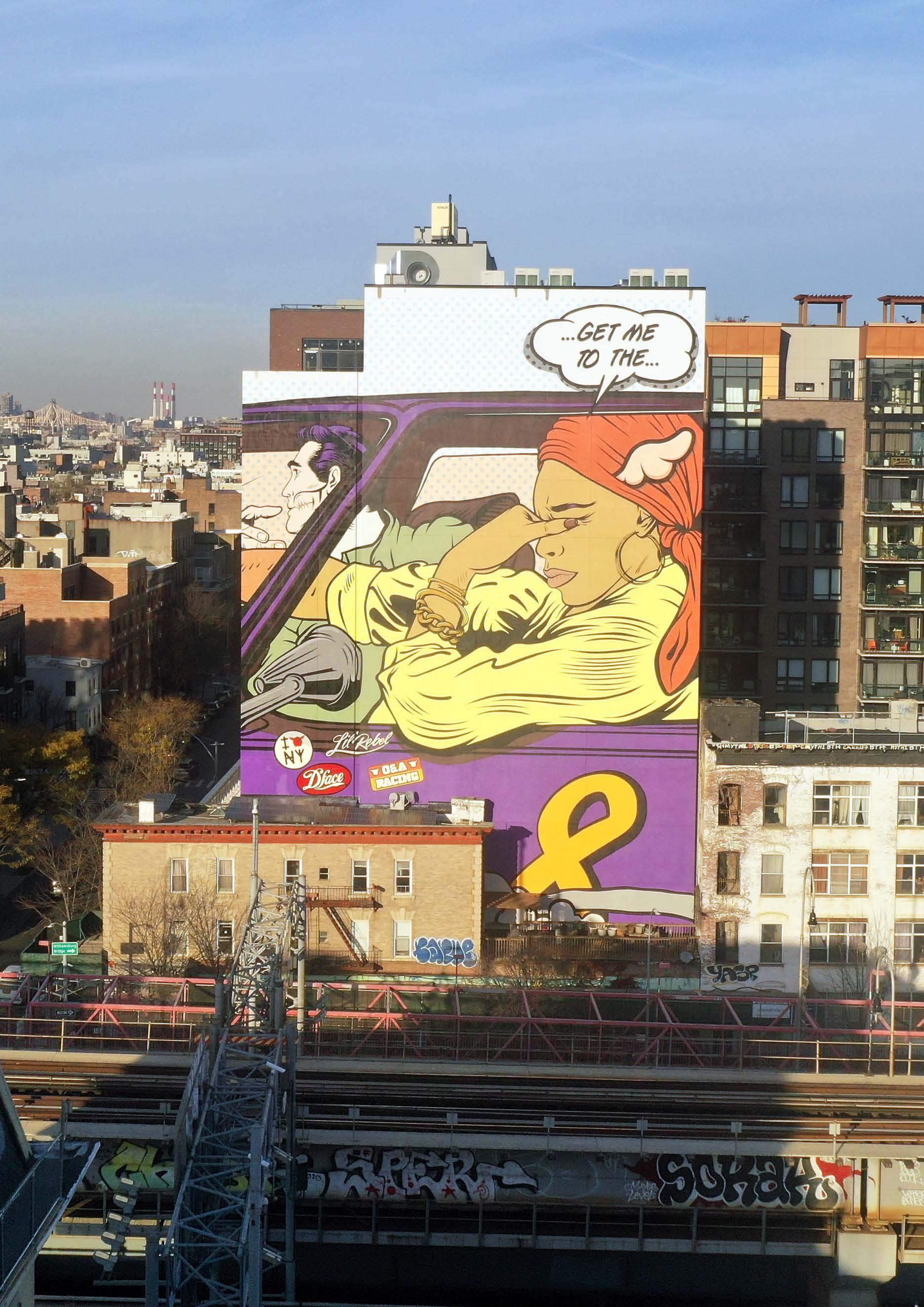
the work and sell it right?’ Go on then, try it. It’s so demanding. There’s a constant drive to make it make sense and fund it – and also, we genuinely want to sell work for the artists.
That’s the one thing about StolenSpace I’m most proud of: we’ve launched loads of artist’s careers. You get to see those artists from having their first shows to finding major success and that, for me, is the fulfilment. Running a gallery is a pure labour of love and it’s great that it supports them.
So yeah, I’d say check out White Cube, the Tate Modern—I just went to Ladbroke Hall and that space is great as well. We’re spoiled for choice in London, aren’t we?”
Art Supply Store
“Atlantis Art Materials is always a classic. I love going to art shops. There’s something about going there that is awesome to this day. I go with my kids, and we always come out with stuff that nobody needs.”
Local Music Venue & Artist
“Brixton O2. I like it because it’s close for me to get to and it’s a great venue at a good size—big enough to hold a decent-sized band but not too big for you to feel like you’re just a tiny spectator in a sea of people.
Artist-wise, we listen to so much music in [the studio]. Don’t really pay attention to where they’re from. UK artist I’d say Arctic Monkeys. But I love all sorts of stuff. Bristol scene—Portishead and Tricky back in the day—to grime. Stormzy. Skepta. Beyond local, when I’m travelling or painting a mural, I like to look up who’s playing and try to coincide the visit with that. I saw Dinosaur Jr. playing in Richmond, Virginia, which was random but great.
Coffee Brand
“I love morning coffee. I really respect roasters pushing the limit but, as I’ve gotten older, I just want it to taste like coffee. Dark Arts Coffee has been my go-to for a while. Square Mile Red Brick Espresso is what I rock at the moment.”
Skate Park
“Crystal Palace skate park. It’s awesome. It’s got a cool little crew of people that are regularly there at 7:30am. South Bank too—long live the South Bank.”
We have time for one more question and, as a North American, I feel strongly obliged to ask if he prefers a Full English or American pancakes for breakfast.
“English all the way. I hate pancakes. Wherever I go, it’s not pancakes. But I rarely eat a Full English these days because I try to be as healthy as possible. It’s a rare treat. Porridge in the morning with a coffee and Huel for lunch.”
By this point Stockton has grabbed a small paintbrush and is using it to touch up certain areas of the panels so they’re a perfect, uniform shade. Even after a couple hours of being around them it’s hard to fathom the work that goes into something of that scale—but watching the little brush tip on the floor-to-ceiling slab certainly puts it into perspective. And in the context of the hotel, this meticulousness also makes a lot of sense. His chosen theme? Mark making.
“I didn’t want [the theme] to be singular because I don’t do that – I always look to my body of work like chapters of a book—I don’t want to close that chapter and never go back to it, but I want to progress and try new things to keep
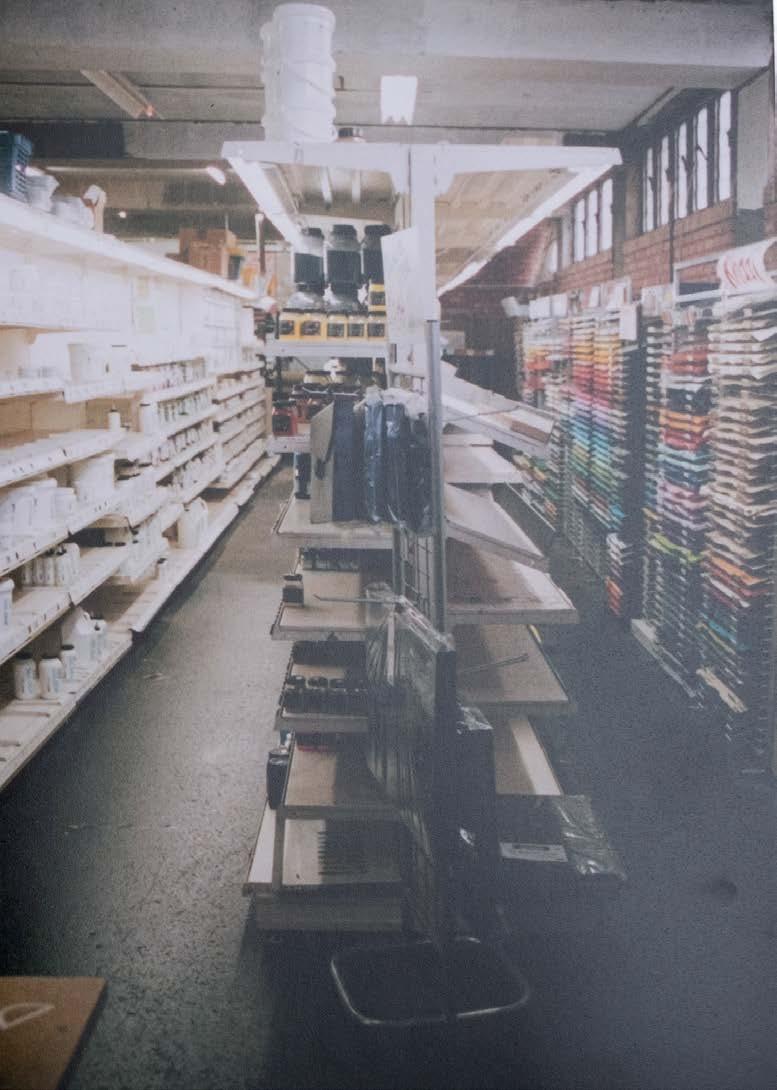
myself interested. For this, I wanted to be able to embrace all the things I’ve done and (where it was suitable) apply it. I felt like mark making was symbolic and allowed me a lot of scope to stretch into. I could embrace the variety of elements I work within (from stickers to posters to tags to graffiti) and dig through various aspects of both the Hoxton area and my archive and feed into that.”
As Rory and I start to pack up our things (several niche film cameras, a tripod and a few other photography bits) I ask Stockton if he has anything else to say to my readers.
“Support your local skate shop. Support your local art shop.”
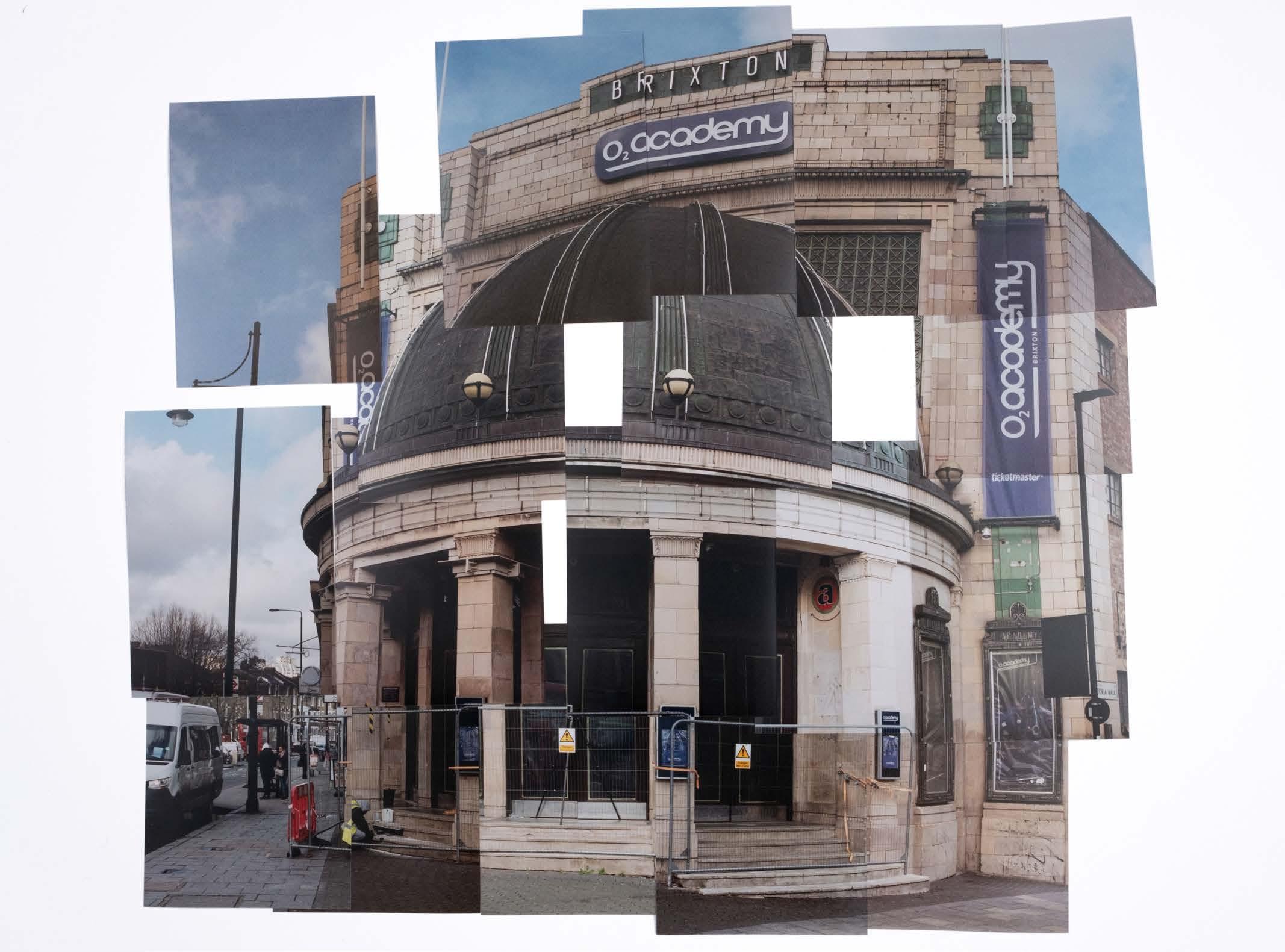
“Running a gallery is a pure labour of love and it’s great that it supports the artists.”

@artotel 12 CURATED / Curated by D*Face
Visit Hoxton

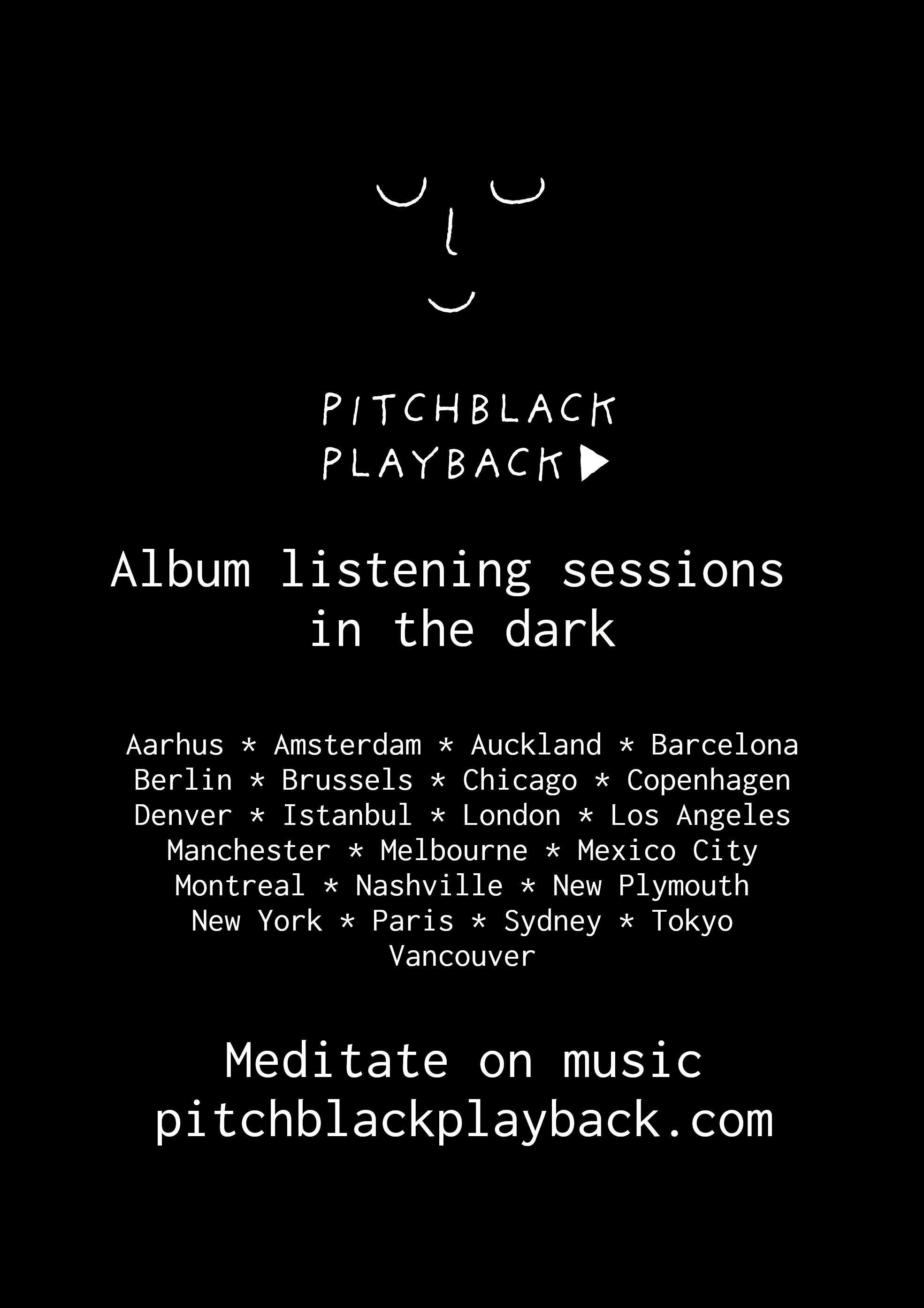
ROME 48 HOURS IN
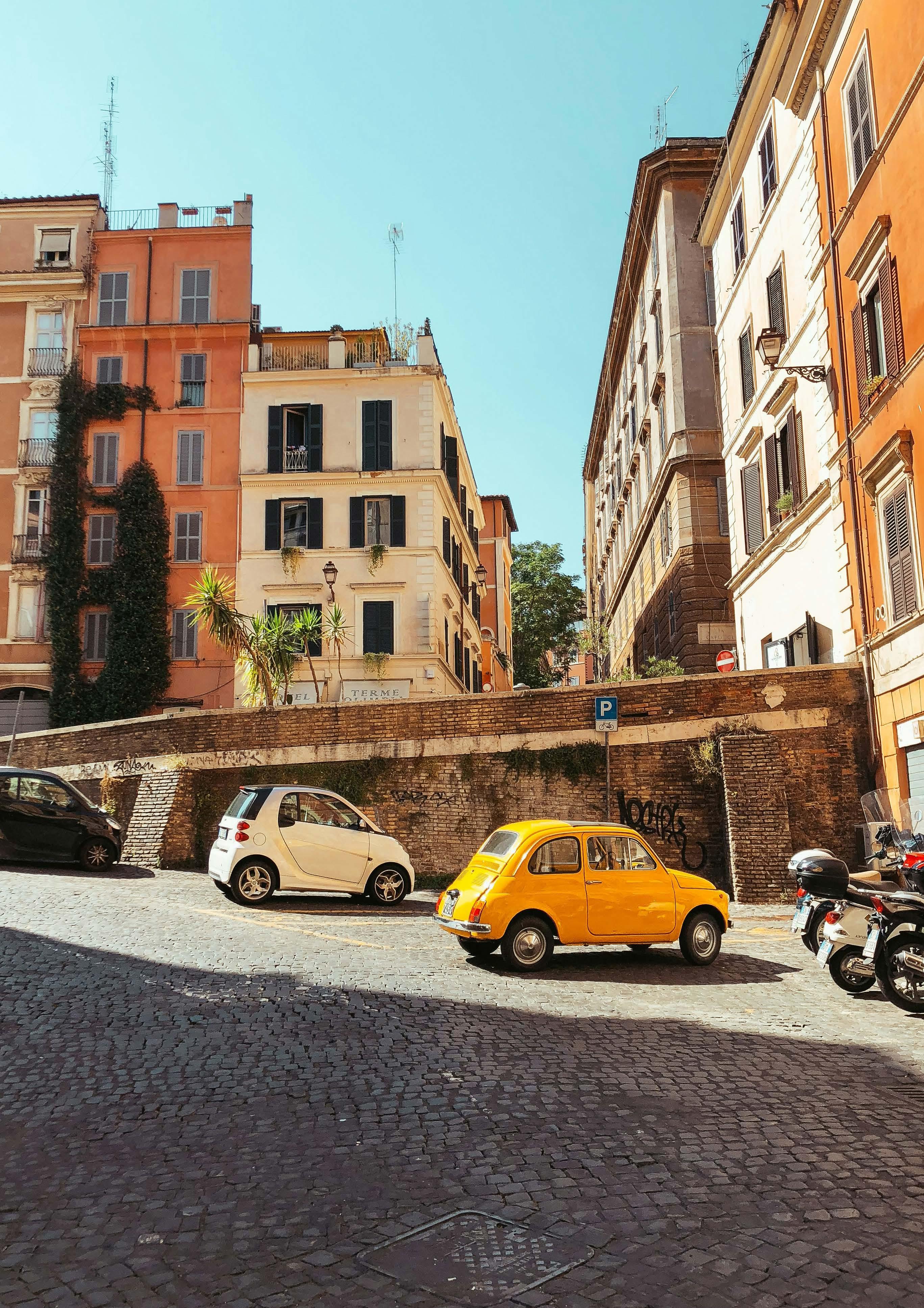
For the foodie, the fashion lover and the first time visitor
By Angharad Jones
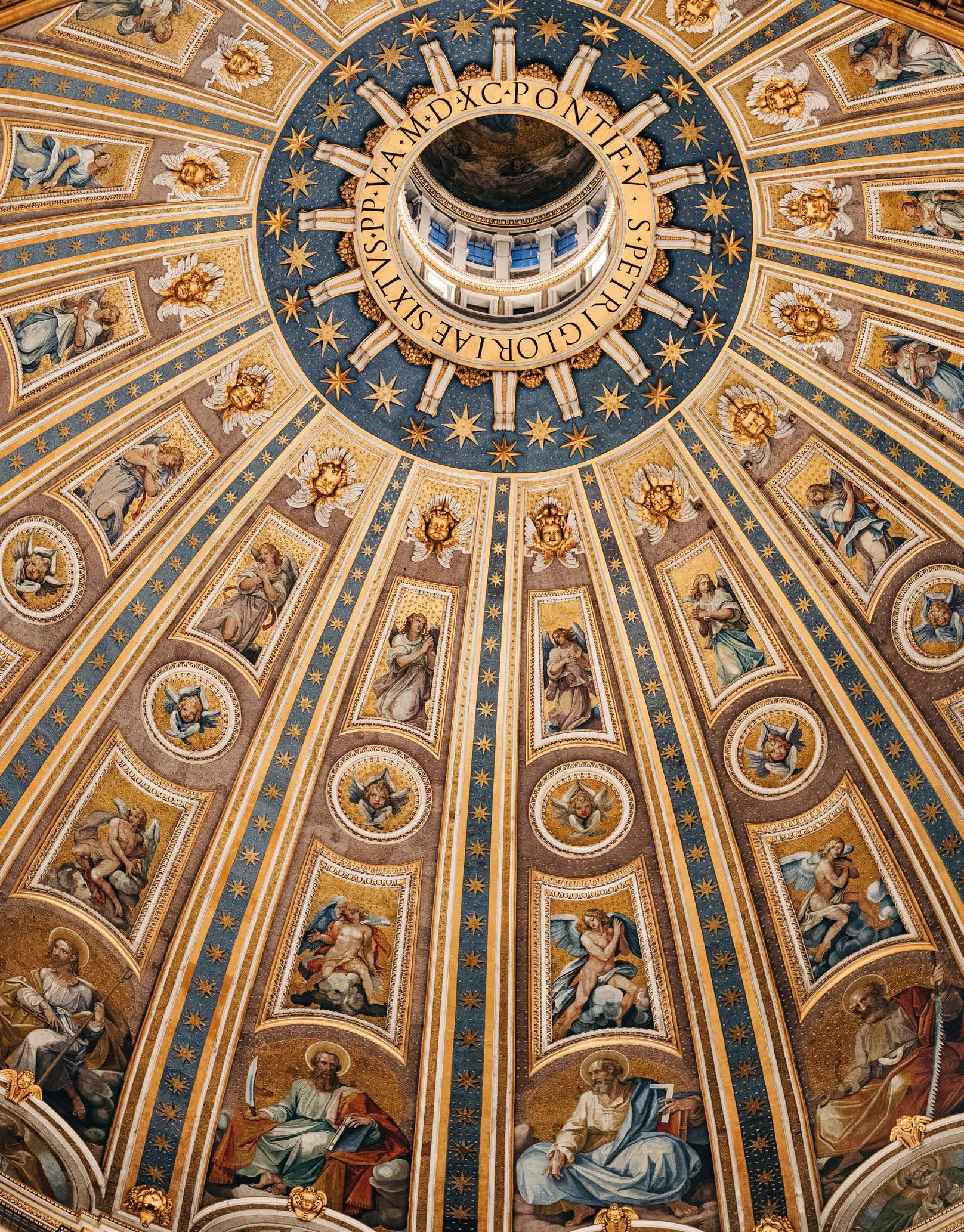
How do you spend a couple of days in the city where gladiators slayed in the world’s largest and oldest standing amphitheatre? Where Michaelangelo spent four years painting the ceiling of the Sistine Chapel, a fresco that has spawned countless replications, artworks, and even more stiff necks as thousands upon thousands look up to see that iconic history in the flesh. Where decades-old artisanal leather makers stand side-by-side with the world’s most luxurious fashion brands. How do you possibly choose between the osterie, the 17 Michelin-starred restaurants and the many corner gelaterie?
To parrot a cliché, Rome wasn’t built in a day, and you certainly can’t explore it all in one
(or two) either. So to make things a little easier, we’ve created a few different two-day itineraries. If you’re visiting Rome for the first time, we cover off all the major must-sees plus a couple of extras off the usual tourist track. If you’re after a tour led by your tastebuds, we’ve got two days of pasta, espresso and negroni ready for you to tuck into. If you want to see Rome through the eyes of Italy’s most luxury labels, there’s something for every fashion lover too.
We start each of our itineraries at Piazza Sallustio, the home of art’otel Rome Piazza Sallustio and a location both central and set back from the busy streets of Italy’s capital. You’ve got 48 hours in Rome, and 48 hours only. Here’s how to spend them wisely.
artotel.com 15 CURATED / 48 hours in Rome
Hot tip for Rome travel: always look up
art’otel Rome Piazza Sallustio opens late 2024

FOR THE FIRST TIMER
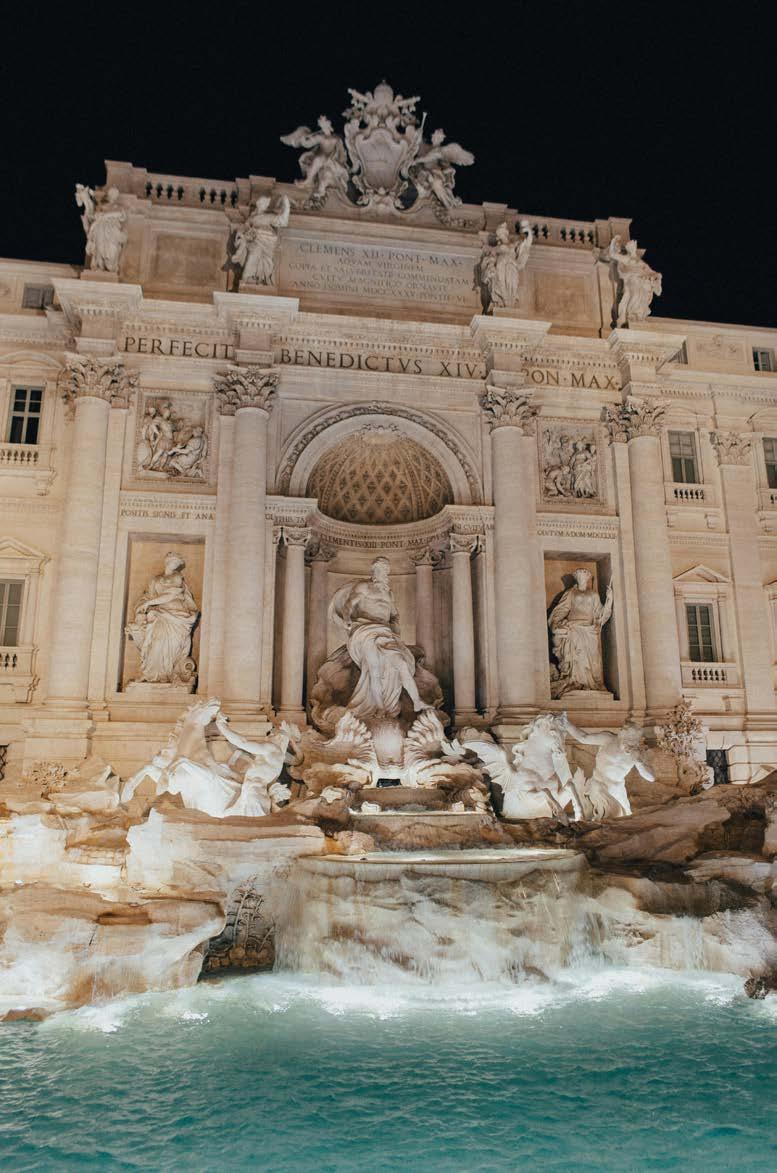
Day one: Piazza di Spagna, art and the Trevi Fountain
At art’otel Rome Piazza Sallustio we’re so close to Piazza di Spagna, that it’s the best place to start your Roman adventure. Walk up the iconic Baroque Spanish Steps and take in Rome in all its glory at Piazza della Trinità dei Monti at the top. After you’ve taken your obligatory snap (we recommend going early in the morning to avoid the crowds), it’s time for some art. Walk 10 minutes to see works by Bernini, Caravaggio, Rubens and Ribera at the Galleria Nazionale d’Arte Antica (Via delle Quattro Fontane, 13). For more recent art, you’ll find Monet, Jackson Pollock and Rodin covering the walls of Galleria Nazionale d’Arte Moderna e Contemporanea, just a half-hour walk across the Villa Borghese at Viale delle Belle Arti, 131.
If a trip to the Sistine Chapel is on your bucket list, give the art galleries a miss and walk for 40 minutes along the river to Vatican City instead. Book a ticket in advance to skip the line, then join the thousands that have gone before you to take in the glory that is Michaelangelo’s Renaissance frescoes.
No visit to Rome would be complete without a visit to one of its most famous landmarks, the Trevi fountain. Round off your day with a wander there once the sun’s gone down. At night, the crowds clear and all the details of the 18thcentury fountain are beautifully lit up.
If a trip to the Sistine Chapel is on your bucket list, give the art galleries a miss and walk along the river to Vatican City.
Day two: Colosseum, Aventine Hill and Trastevere
If it’s your first time in Rome, the Colosseum is a must. Pre-book your tickets to avoid the queues, lace-up your comfiest shoes to avoid the blisters, and take advantage of breakfast at art’otel Rome Piazza Sallustio to avoid the hunger pangs when you’re stood in the very spots Caesar once graced.
Once you’re done, head southwest past Circo Massimo, the ancient chariot-racing stadium, until you get to the Aventine Hill. It’s one of the seven hills of ancient Rome and is well worth the climb up for the views of the city, plus a look (and a snap) through the famous keyhole. Look through the keyhole of the doorway to the Priory of the Knights of Malta and you’ll see the dome of St Peter’s perfectly placed in the middle of it. After all that walking, you’ll want to stop and experience more of Rome’s culture—this time the gastronomic variety. Walk across the nearby Ponte Sublicio and you’ll land in Trastevere, the old working-class area renowned for its authentic bars and trattorie that line cobbled streets.
@artotel 16 CURATED / 48 hours in Rome
view: Vatican City
Street
The Trevi Fountain is a must-see
FOR THE FOODIE
Day one: Pasta, gelato and natural wine
You won’t need to go far for an excellent breakfast. Fuel up at art’otel Rome Piazza Sallustio before hitting the city streets, then do as the Romans do and grab a quick coffee. At the top of Via dei Condotti just off the Piazza di Spagna, you’ll find Antico Caffè Greco, the 18th-century cafe (the oldest in Rome), where Byron, Shelley and Keats used to while away the hours.
Fully caffeinated, take in the sights at the Pantheon and Piazza Navona, then grab a table for lunch nearby at Mimì e Cocò on Via del Governo Vecchio. This small joint has arguably the best carbonara in all of Rome, which for a city renowned for the classic dish, isn’t a comment we make lightly.
You’ll want to walk off that pasta so we suggest a stroll along the river and across Ponte Garibaldi to Trastevere, the bohemian neighbourhood where you’ll be tripping over excellent places to eat. Cleanse the palette with a gelato first at Otaleg (Via di San Cosimato, 14a). This spot is a bit of an institution, known for its all-natural gelato and unusual, but delicious, flavours (gorgonzola, anyone?).
For dinner, make your way to Enoteca L’antidoto (Vicolo del Bologna, 19), a small wine bar that’s popular with locals. They’ve got a host of natural wines to choose from, small plates that were made for sharing, and every month they run a chef residency so there’s always something new on the menu.
Day two: Visit the locals’ favourites in Testaccio
No foodie trip to Rome is complete without an espresso at Sant’Eustachio il Caffe’ (Piazza di S. Eustachio, 82). It’s popular but you’ll soon be able to grab a table outside to sit, enjoy the homeroasted beans and plan out the rest of your day.
On your second day in Rome, we recommend a slight detour away from the tourist trail with a visit to the neighbourhood of Testaccio, along the banks of the river just south of the Aventine Hill. Head to Mercato Testaccio, the market where locals buy their fresh produce and friends and families meet to have lunch at one of the many restaurants tucked inside.
The Pantheon, circa AD 609
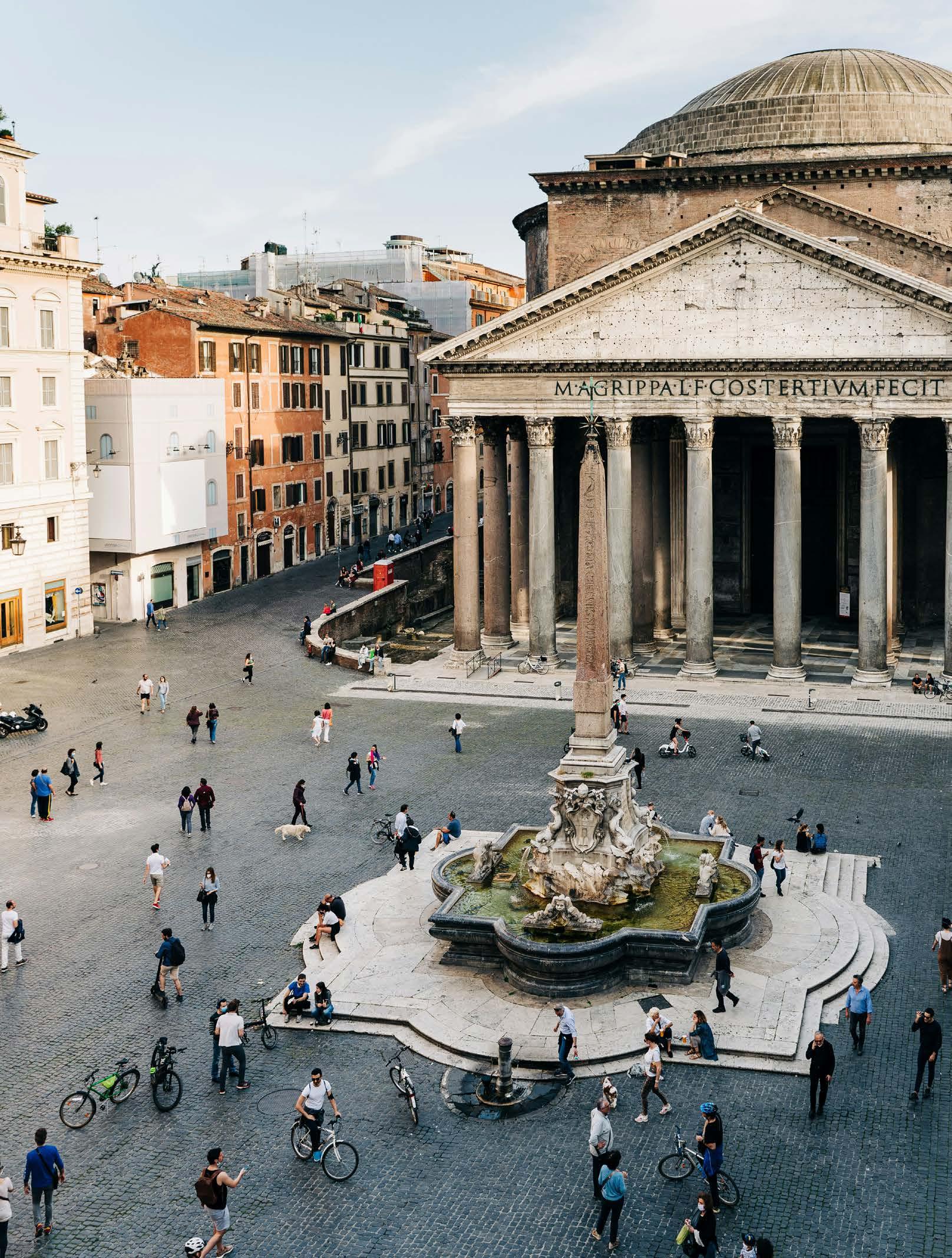
There’s plenty to do in Testaccio if you want to stick around. Spend your afternoon at Mattatoio, a contemporary art museum in a former slaughterhouse, then make your way to Ch1887, a somewhat hidden bar that makes for a unique space for aperitivo. For dinner, check out Perilli (Via Marmorata, 39), an unpretentious family-run trattoria that’s been filling Romans’ bellies since
the early 1900s, or Felice a Testaccio (Via Mastro Giorgio, 29), another historic spot that fills up quickly, so book in advance.
Grab the metro from Piramide station to Castro Pretorio, where it’s a short walk back to art’otel Rome Piazza Sallustio. There’ll be a nightcap waiting for you in our bar, if you’re not ready to conclude your foodie tour just yet.
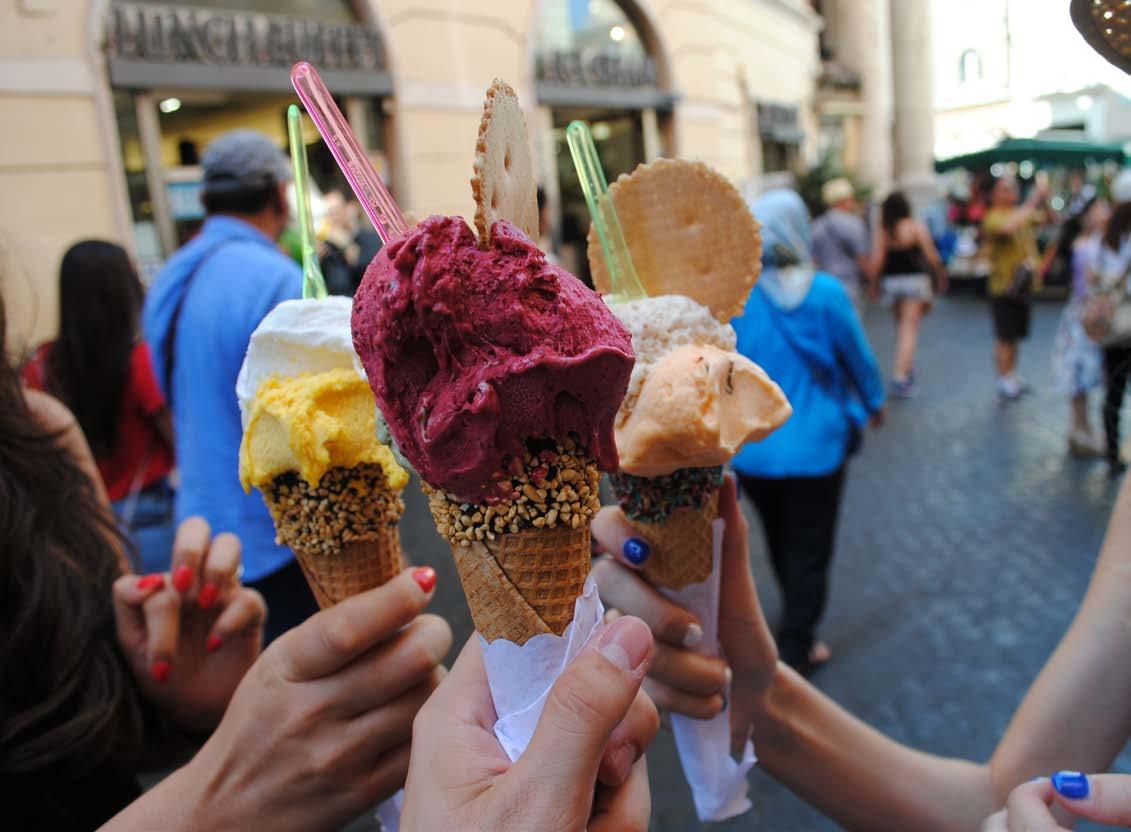
artotel.com 17 CURATED / 48 hours in Rome
FOR THE FASHION LOVER
Day one: The famous streets around Piazza di Spagna
Labels, labels, labels. Rome has them all and any fashionista will be spoilt for choice in the cluster of streets that surround the Piazza di Spagna. Make Via dei Condotti your first port of call and stroll along for the most exclusive Italian labels such as Gucci, Prada and Loro Piana (even if it is just to window shop). On the nearby Via Borgognona, Via Bocca di Leone and Via Frattina, you’ll find more contemporary labels lining these stylish streets.
For more shopping, head to Via dell’Oca, a small street near Piazza del Popolo where there’s a cluster of small boutiques that are favourites of those in the know. There’s Lucia Odescalchi for limited edition jewellery inspired by the shapes and lines of architecture, Laura Urbinati for clothing in colourful prints, and Artisanal Cornucopia for one-of-a-kind pieces from emerging designers.
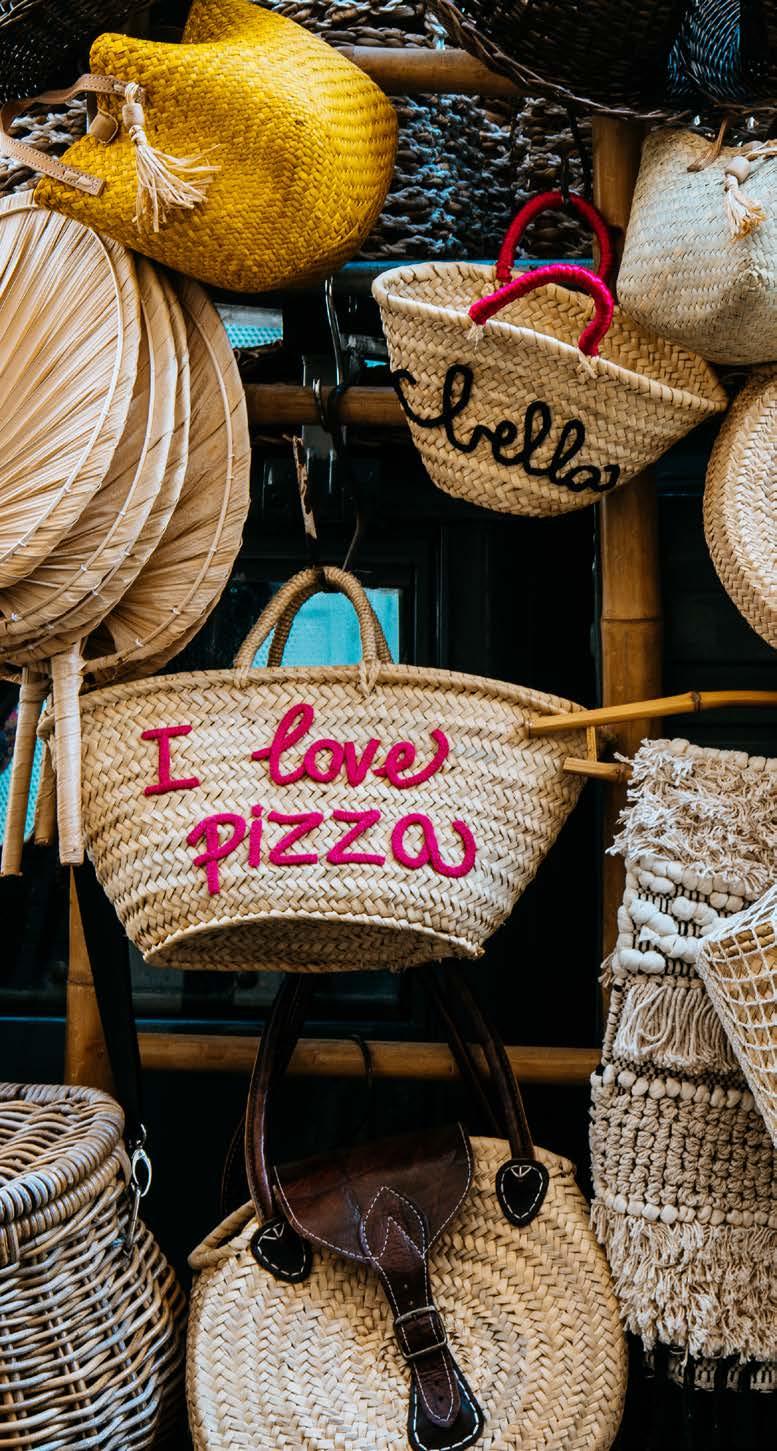
Day two: Vintage and independent boutiques in Monti and beyond
On Rome’s cobblestone streets you’re never far from a boutique, gallery or gelato shop
If time allows, make a beeline for La Rinascente on Via del Tritone on your way home. This department store sells everything from big international designers to pieces from local artisans and homeware. Besides the fashion, you’ll find the walls of an ancient aqueduct in the basement and on the rooftop, an excellent bar and restaurant with views right across Rome.

Monti is Rome’s hip ’hood, known for having the coolest array of vintage clothing shops in the city. It’s also packed with great restaurants so you could easily spend a few hours here (La Carbonara, Via Panisperna, 214, is a particularly good option). If you go to just one street, make it Via del Boschetto, home to the likes of Pulp Vintage and Blue Goose (where one shopper recently picked up a 70s-era Fendi bag), as well as contemporary stores Kokoro and Perlei.
Leave Monti and make your way to Piazza Navona. Walking in the direction of the River Tiber, you’ll get to Via dei Coronari, a narrow street that’s quintessential Rome and lined with specialist shops and antique dealers. Go to Silmaril for jewellery, Massimo Alba for contemporary men’s and women’s clothing, Essenzialmente Laura for perfume stacked in old apothecary-style cabinets, and Marta Ray for leather shoes made right in front of you.
Pack your carry-on and your comfy shoes and get ready to explore all the best bits of Rome. We can’t wait to share the city with you.
Reserve Rome

@artotel 18 CURATED / 48 hours in Rome
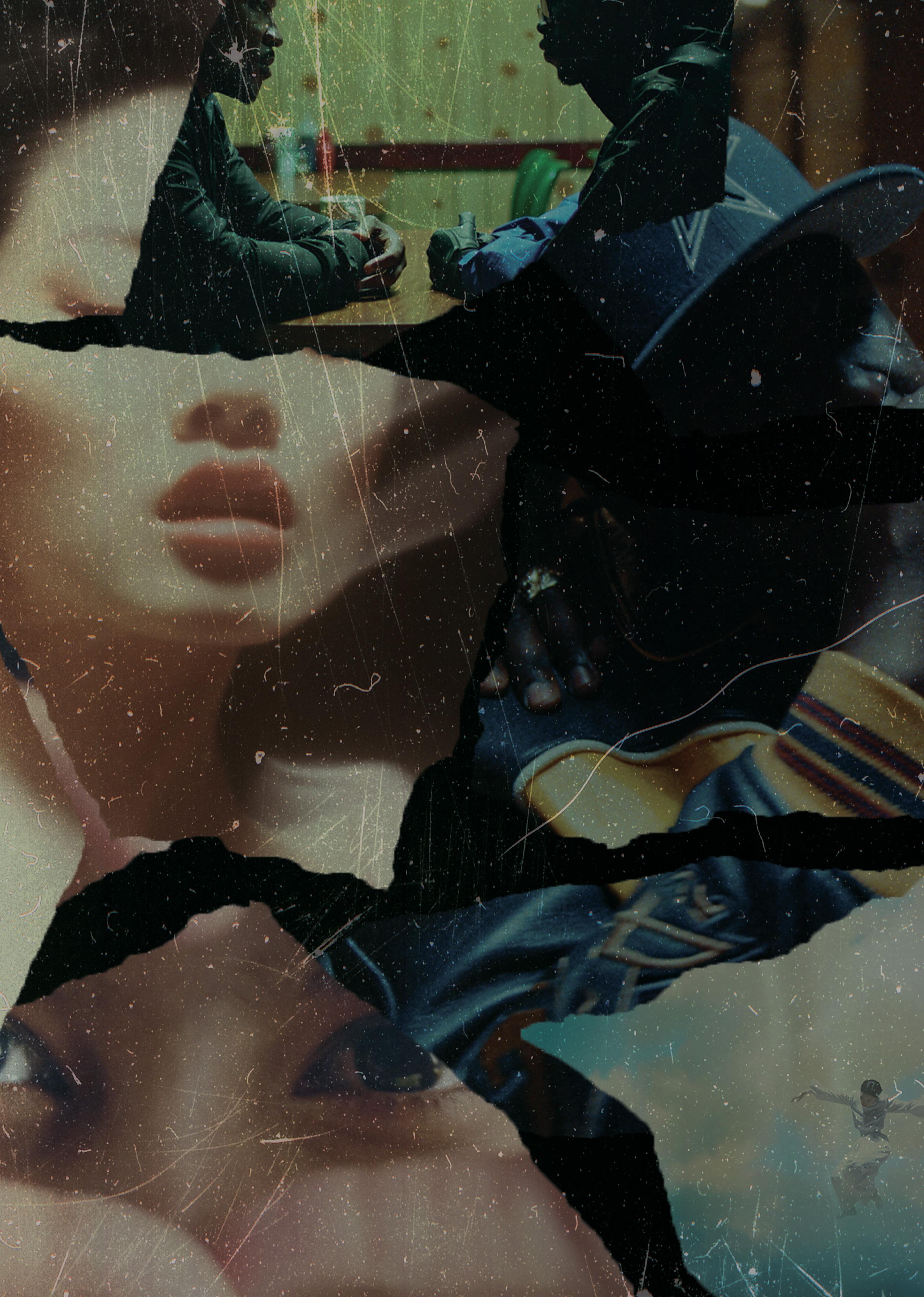
GREATCOAT FILMS is a CREATIVE PRODUCTION COMPANY that works across ADVERTISING, MUSIC VIDEOS, SHORTS and FEATURE FILM projects.
With a focus on nurturing EMERGING DIRECTORS and amplifying new voices, GREATCOAT FILMS produce work that offers the craft and expertise of established directors and the vital energy and fresh perspectives of the NEXT GEN of CREATIVE TALENT.
GREATCOAT.FILM @GREATCOATFILMS
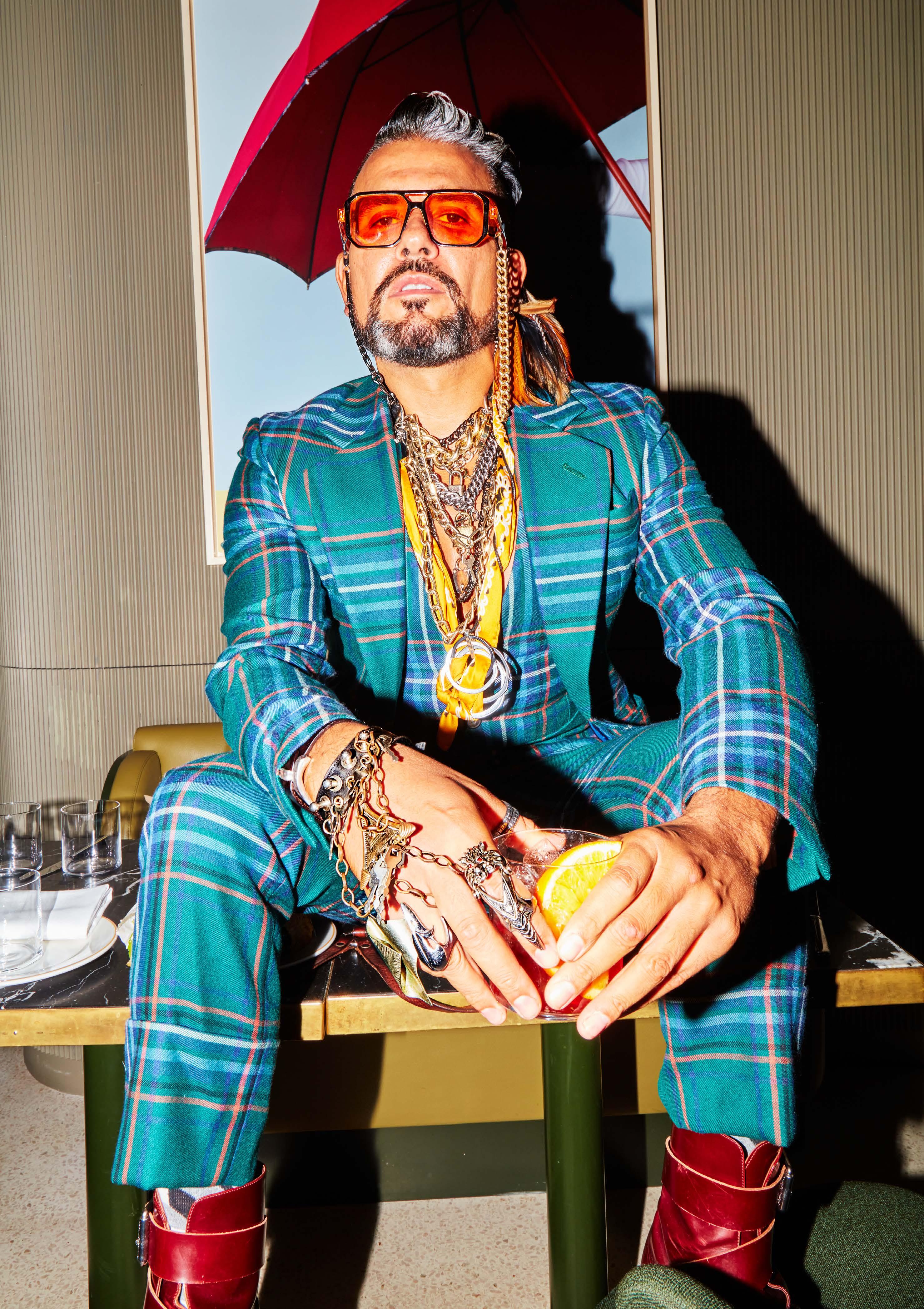
Making the guest list with
AZIM MAJID
The producer and celebrity booker talks career, fashion and London life at art’otel London Battersea Power Station
Words by Haley Durkee
Images by Elspeth Vincent
Have you ever seen a Getty image of your favourite celeb at a red-carpet premiere or a big beauty launch (or literally any high-profile event) and wondered how they got there? Who does an event manager, PR executive or resident Andy Sachs call when they want to spread the word about their next hot ticket? The answer: Azim Majid.
A self-described “proper Londoner” (Hackney born and raised), Majid has as much star power and presence as any member of his enviable entourage. On his Instagram (@azmajid) you’ll find a slew of ‘fits and FOMO to rival the world’s most-followed A-listers. Vanity Fair BAFTA party? Check. Glastonbury? Check. His own massive Halloween bash (Hallowzeem)? You bet. Offline, he’s working at lightning speed to connect the right people with the right opportunities as co-director of Loop VIP. But “celebrity booker” isn’t a title that most people come across on an average day. If like me you’re feeling curious about what he does, how he got
here and how he decides who gets to slay the red carpet (and who stays home)—you’re in luck.
Majid strolls into art’otel London Battersea Power Station one Tuesday afternoon in a plaid Vivienne Westwood suit, enormous suitcase in tow (you bet he’s styled himself for our meet up). He was given no brief other than “to be himself” so of course I’m dying to see what looks he’s about to pull. After setting up our headquarters for the day in Creative Room 4, we start pouring through the accessories. Everyone in the room agrees “more is more” and after a quick zhuzh we head to TOZI Grand Cafe for food, drinks and mischief.
HD: Azim it’s nice to finally meet you! I’m so excited to learn more about you and your career so far. Let’s start at the beginning. What was your first job?
AM: My first job was a three-month unpaid internship at a production company that ran the music show Popworld. I did a bit of everything: writing questions for artists, interviewing, boom
artotel.com 21 CURATED / Azim Majid
operating, running contests, speaking to labels, scheduling...it was loads. I was basically doing a production’s worth of work—so much that they essentially had to give me a job as a runner after that initial internship. And that’s how it started!
HD: Do you have a favourite project you got to work on from that first gig?
AM: I ended up doing Popworld for three years and it was pretty amazing overall. Looking back now it was the golden era of music TV. There was music everywhere—and we were like the naughty youngest child of music TV shows. The stuff we were getting up to was real mischief. So much mischief! We were being flown around the world to interview artists you’ve never heard of, but because they were flying you to LA and putting you up in a five-star hotel you’d say “yup, let’s do it.”
HD: Did you meet anyone who is massive now before they made it big?
AM: A lot of people we talked to were considered “nobody” at the time and then blew up later. Adele. Amy Winehouse. Kasabian. Scissor Sisters. We met tons of artists at their early stages or on their first single. Even Busted and Mis-Teeq were at their first single when we collaborated with them. One of my first interviews was Kanye West – he hadn’t even done many interviews at the time and he barely spoke! It was at Damon Dash’s house and Damon answered all the questions.
HD: OK that is insanely cool. Is there anyone you haven’t worked with that’s high up on your list?
AM: I’ve met or worked with most people I’ve wanted to work with in some capacity: Beyonce. Jay-Z. JLO. Britney. I get excited by niche people now!
HD: This sounds like a bit of a dream, but I imagine it has its challenges, too.
AM: When you start in TV the pay is terrible. It’s a bit of a disaster working for free and living in London. It took me years to pay off my debt! But I didn’t know anybody or know any better which is why I was doing it for free. Because, at the time, everybody working in the industry knew someone who brought them in and sent them
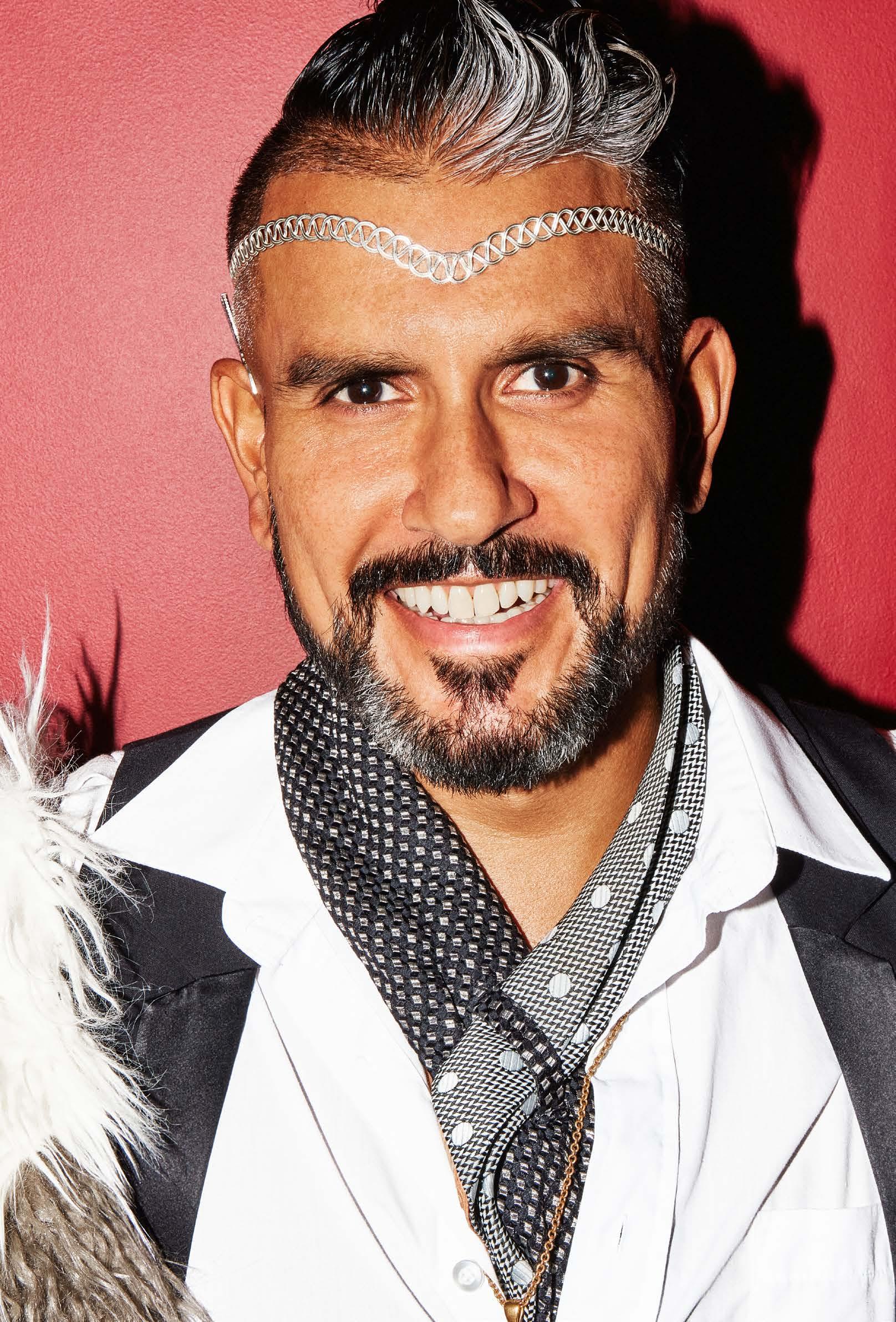
“I’ve always been creative. I pick what I like without any particular influence or reference era.”
down the right path. I felt like there were amazing people out there who weren’t given opportunities. Eventually I started putting people I know into the company and giving people a shot who wouldn’t otherwise have had one. Those people are now line producers or running companies and killing it. I’m so proud to have been a small part of that.
HD: Ah, so you’ve always been someone who connected people! Is that how you ended up transitioning from TV producer to booker?
AM: Yeah, it happened naturally. Wherever I went I worked hard and ended up being brought into different areas of production to solve problems or get something done—even when I wasn’t working! I was on holiday in Thailand when one of the producers from my first show rang me up to pitch a position on his upcoming project. It was A Bear’s Tail with Leigh Francis as Keith Lemon (Bo’ Selecta!). And everything moved forward from there.
After that one I started working with a rising TV personality and expanding into other formats— Vodafone Summer Series at Somerset House, music awards, and loads of different programmes until I ended up at MTV. Because so many of those shows were televised live, I started working with a lot more PR companies. As they got to know me, they’d start asking me for things like “can you get so-and-so to design a Coca-Cola bottle for us?” and I thought...this is something I should monetise.
HD: Absolutely! So, what does that look like dayto-day now that you’re doing it full time?
AM: I still work on TV shows, events and awards shows, but also campaigns, branding deals – even random corporate gigs when they need talent. It’s all about attaching the right VIPs to the right projects. I look at target demographics, titles, and other factors to make recommendations to companies. But it’s not all glam. I’m doing a 12-
@artotel 22 CURATED / Azim Majid
page contract today. There’s also a lot of ego to deal with which has its difficulties.
HD: Any hot tips for dealing with big personalities?
AM: Have a bigger one. [He laughs] Or long pauses before you answer if it’s something serious that needs doing.
HD: What about general advice for newcomers to the industry?
AM: Do your research! If you want to go into TV, look at productions. What are your favourite TV shows? Who is the producer? Contact them! Slide into their DMs. Just keep going if it’s your passion – just do it. And one thing I would say looking back now is: don’t take shit. Know your rights!
HD: How about for people on the other side of the camera looking for stardom. Is there anything the most successful rising stars you’ve worked with had in common that people should consider?
AM: They’ve all been nice! That helps. If you’re starting out and aren’t nice, people won’t work with you again. This “holier than thou” persona people think celebrities have just doesn’t work. Remember people’s names, too. The makeup artists, the gaffers—they all talk and they’re talking about you, so try and make a good impression.
HD: Speaking of impressions, you present yourself with a very strong sense of personal style. Where does that come from?
AM: I’ve always been creative. Even with my school uniform, I’d put a crazy t-shirt underneath or wear a denim shirt instead of a plain one to make it more fun. I pick what I like without any particular influence or reference era. I throw it together and it always seems to work!
HD: Do you have a favourite look you’ve put together?
AM: I used to be a big fan of my Coachella looks back in the day. My Hallowzeem or Ibiza looks, too. I always have to have something fun going on.
HD: What’s fun for you?
AM: Glastonbury. Wimbledon. The Brit Awards. The BAFTA Vanity Fair party is always a good one—we did one of them here at art’otel London Battersea Power Station and it was so fun.
HD: Our magazine is called “Curated” so I have to ask—if you were curating a list of London favourites, what would be on it?
AM: The Box is hands down my favourite club in London. Lío for entertainment (dinner and a show). And of course I’m looking forward to art’otel London Hoxton. I can’t wait to see what kind of events you guys will put on in that space.
When we part ways, I ask him what lavish appointment he’s off to next.
“A first date!” he replies. I hope I get the story the next time we meet.
“Wherever I went I worked hard and ended up being brought in to solve problems or get something done.”
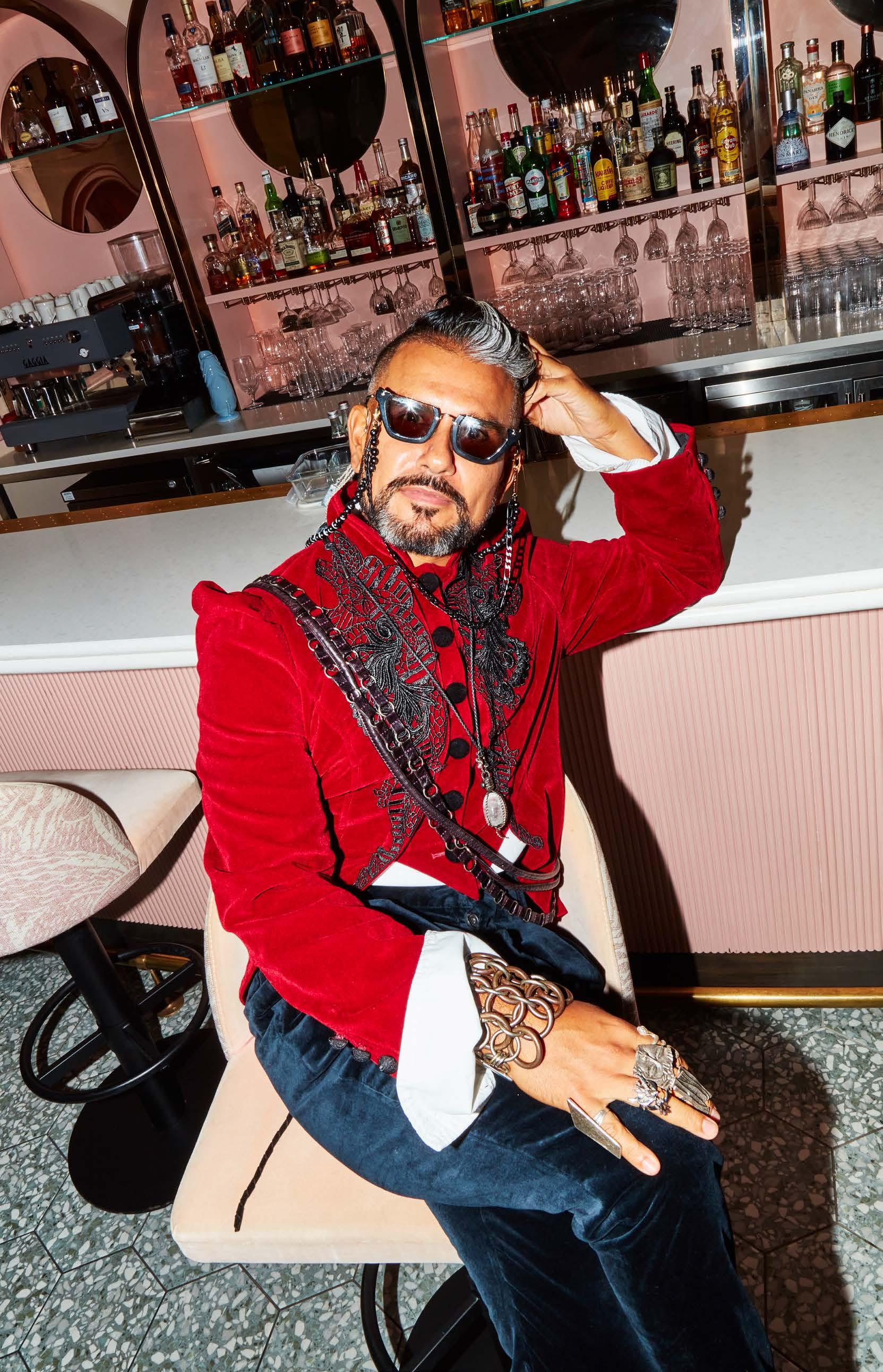

artotel.com
23 CURATED / Azim Majid

How to throw the perfect
BATTERSEA BASH
A step-by-step guide to celebrating at art’otel
By Sen Thackeray
Pinch-me moment: those JOIA views of Battersea.
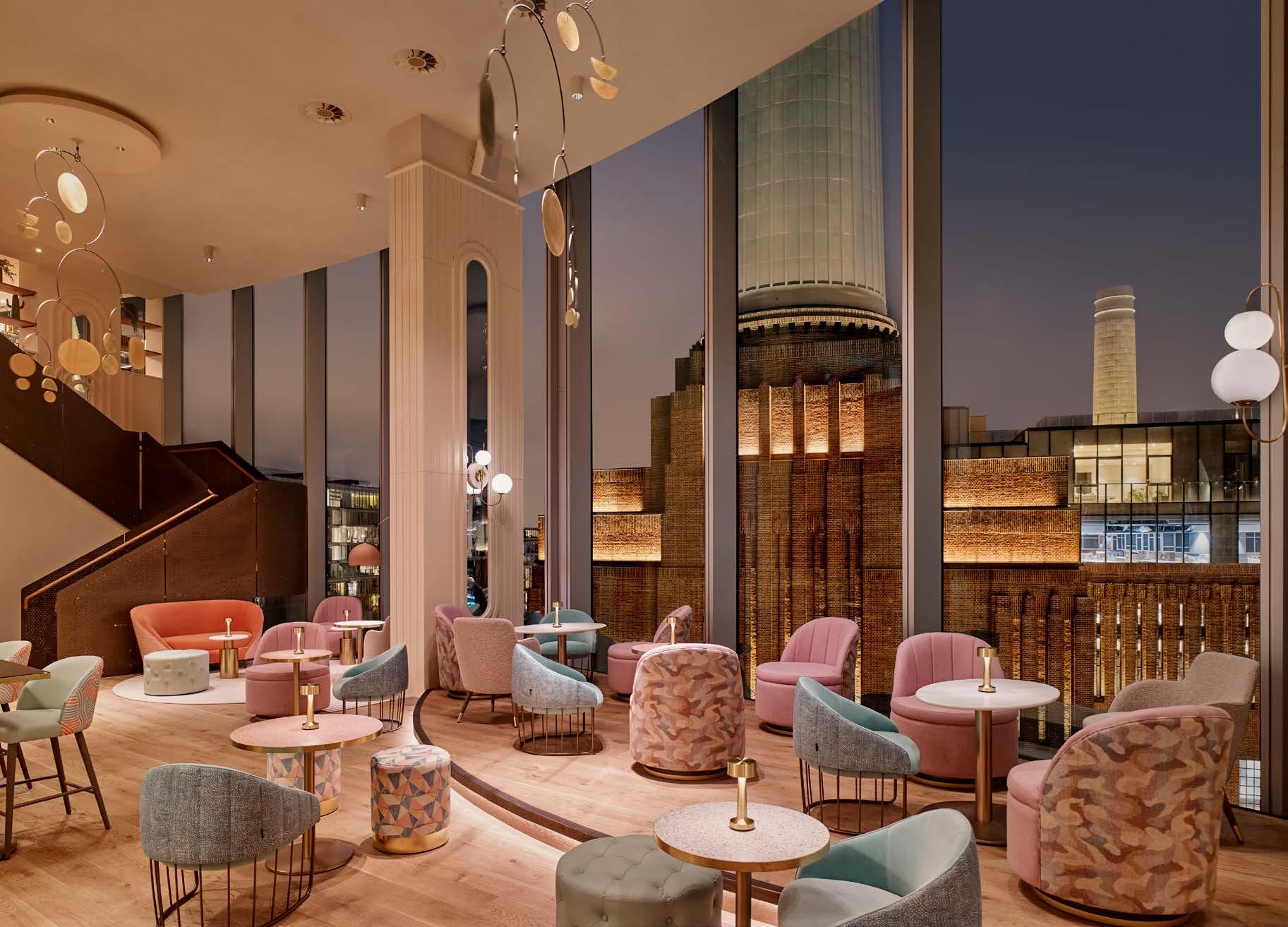
So, you’re on the hunt for the perfect spot to host your next event. London’s your oyster but, let’s face it, choosing just the right pearl from its wide selection of venues can feel a tad overwhelming. You’re after something new, something fresh, yet easily accessible and overflowing with all the right vibes. Cue Battersea. Yes, that Battersea. The one that’s been quietly upping its game behind the scenes. Think of it as the hidden corner of London that’s always been there, but finally has the spotlight on it for all to see. With its perfect mix of urban charm and riverside breeziness, Battersea is the breath of fresh air your event planning has been craving.
And set right in the heart of it all is art’otel London Battersea Power Station. Whether you’re plotting to say “I do” with a backdrop that screams epic romance, launching the next big thing since sliced bread, or just looking to dine in style with your nearest and dearest, art’otel is your go-to. But, where to start?
The Blank Canvas
Got an idea? We’ve got the space. We’re not just talking about any old function room here. We’re talking about versatile settings designed to spark your imagination.
Creative Rooms
Whether you’re in the mood for a low-key session, a presentation or a meeting that doesn’t feel like a meeting, our Creative Rooms are ready to morph to your needs. We’ve got six stylish spaces spread over two floors, where you can host up to 250 of your favourite people. And if you want that boardroom feel with a view, snag a room
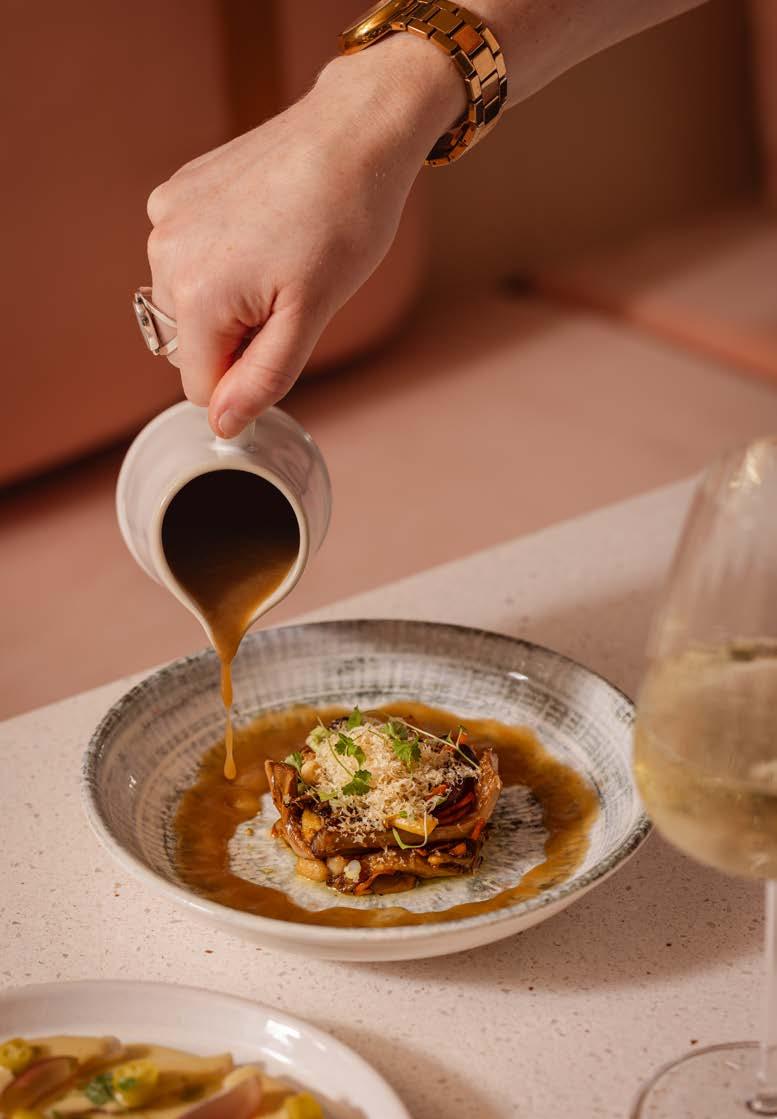
overlooking TOZI Grand Cafe. Or maybe you’re thinking bigger, like a panel talk. Well, we’ve got that covered too. Our ground floor can transform into one big space, equipped with all the gear that you could possibly need to impress your guests and run a smooth event.
TOZI Counter
This is where Italy meets Battersea. TOZI Counter isn’t just any wine bar - it’s your tiny slice of Italian paradise tucked away in London. Imagine kicking off your morning event with a pastry so divine you’ll want more than just one. Or just think about easing into the evening with cicchetti and wine that whisks you away to Venice, all without leaving your seat. It’s the perfect spot for those snug, intimate events where every laugh and clink of a glass feels like a scene from your favourite indie film. Casual yet effortlessly stylish, TOZI Counter has that “Can we just stay a bit longer?” vibe.
TOZI Grand Cafe
TOZI Grand Cafe is where good food and great art collide. Serving up an all-day menu with an Italian twist, this place has sharing plates, a tartare trolley (yes, you read that right), and more Italian goodness than you could imagine. Choose to dine amid Signature Artist Jaime Hayon’s creative genius or take it outside to the terrace for some prime people-watching. Whether you’re planning a chic product launch, a milestone birthday brunch, or a bigger bash, TOZI Grand Cafe can handle it all.
artotel.com 25 CURATED / How to throw the perfect Battersea bash
JOIA can host up to 326 guests
Dine
JOIA Bar and Restaurant
Wouldn’t it be amazing to host and dine with a view that would have you pinching yourself? Well, JOIA’s your spot. Picture this: You, your crew, and some of the tastiest Portuguese dishes all whipped up by culinary genius Henrique Sá Pessoa (Portugal’s two Michelin-starred top chef). JOIA can host up to 326 guests for the kind of event legends are made of. But if you’re more after an intimate soirée, we can offer a smaller private dining event. Whatever the occasion, we’re talking personalised menus and cocktails so good they won’t last long.
JOIA Rooftop
And then there’s the pièce de résistance – JOIA Rooftop. Think of sipping a cocktail on the jawdropping 16th-floor rooftop, taking in 360-degree views that will leave your guests speechless. This is the rooftop fantasy you’ve been scrolling through on Instagram, now ready to host your next big event. With room for 250 guests, it’s the prime spot for tying the knot with a view, popping Champagne for that big birthday, or just bringing everyone together for an epic evening under the London sky. Sunsets here? Unreal. The views? Everything. The vibe? Ten out of ten. Tick, tick, tick.

Let’s get planning
Here’s how the magic unfolds:
1. Reach out to us online or by phone. Don’t worry, you don’t need all the details - tell us your vision, and we can help fill in the blanks.
TOZI Grand Cafe is where good food and great art collide.
2. Next up, why not swing by for a visit? It’s important for us that you feel like art’otel isn’t just a venue but a friend that’s got your back. We want to make sure you’re picking the right spot and that you vibe with our event planners. Our approach is super flexible and informal (none of that intimidating event planning stuff), the
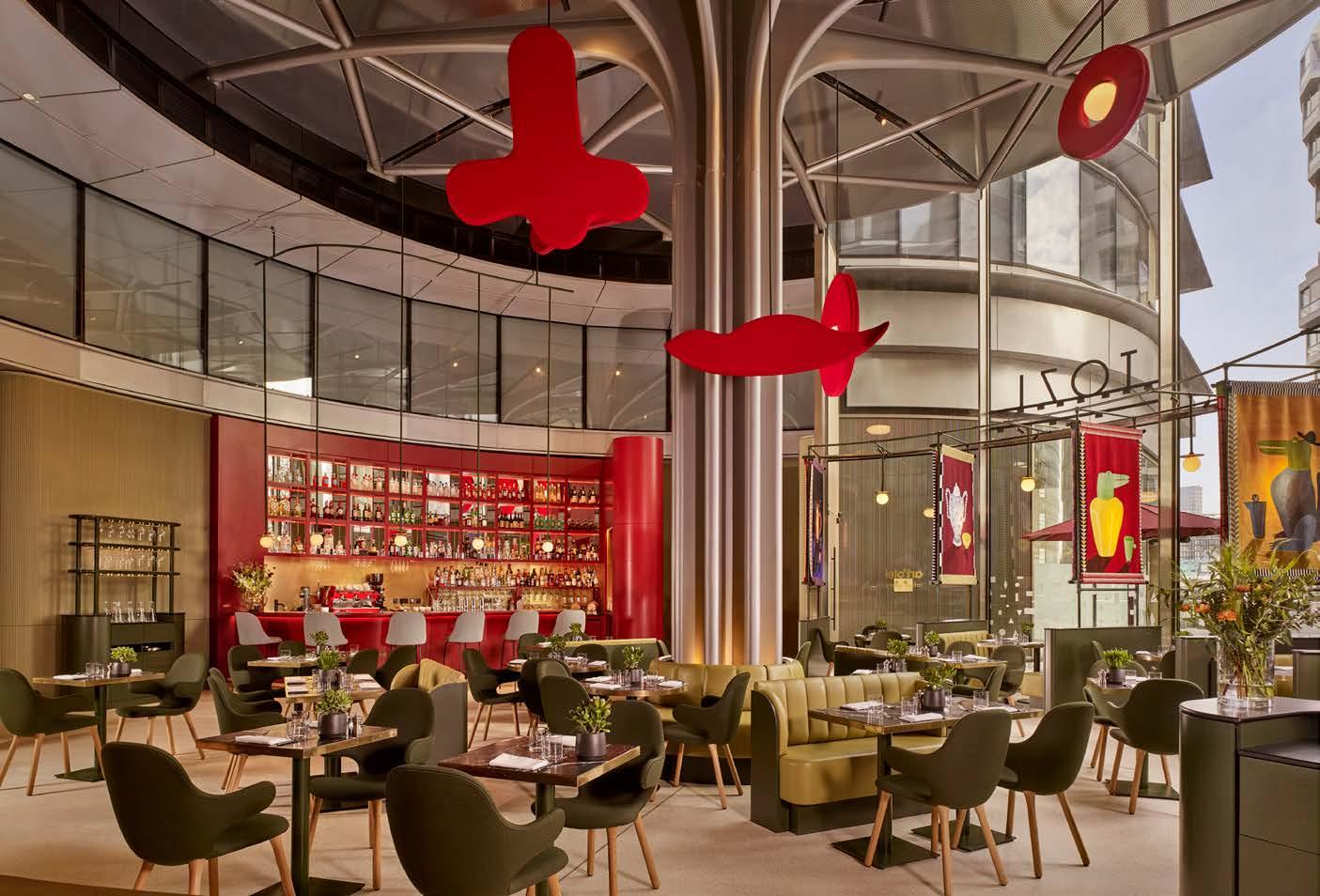
spaces are blank canvases, and we can find a solution that works for you and your budget.
3. Once we’ve got all your wants and needs down, we’ll whip up a plan and send it over for your stamp of approval. Then it’s all systems go. Our team leaps into action, dotting the i’s and crossing the t’s so you can kick back, relax, and watch your vision come to life. It’s all about creating that perfect blend of excitement and ease, leaving you to soak up every moment of your big day.
4. And here is the best part - we can do practically anything as long as it doesn’t involve permanent markers and priceless artwork (sorry, gotta draw the line somewhere!). Need live music to set the mood? We can handle it. Craving a custom menu that reflects your personality? Our in-house chefs and bartenders have you covered. Dreaming of a seamless transition from meeting to mingling to overnight stays? Consider it done.
So, there you have it – your one-stop guide to hosting the perfect bash at art’otel London Battersea Power Station. Contact us today and let’s get the fun started!

Plan with us
@artotel 26 CURATED / How to throw the perfect Battersea bash
in the sunshine at London’s hottest rooftop
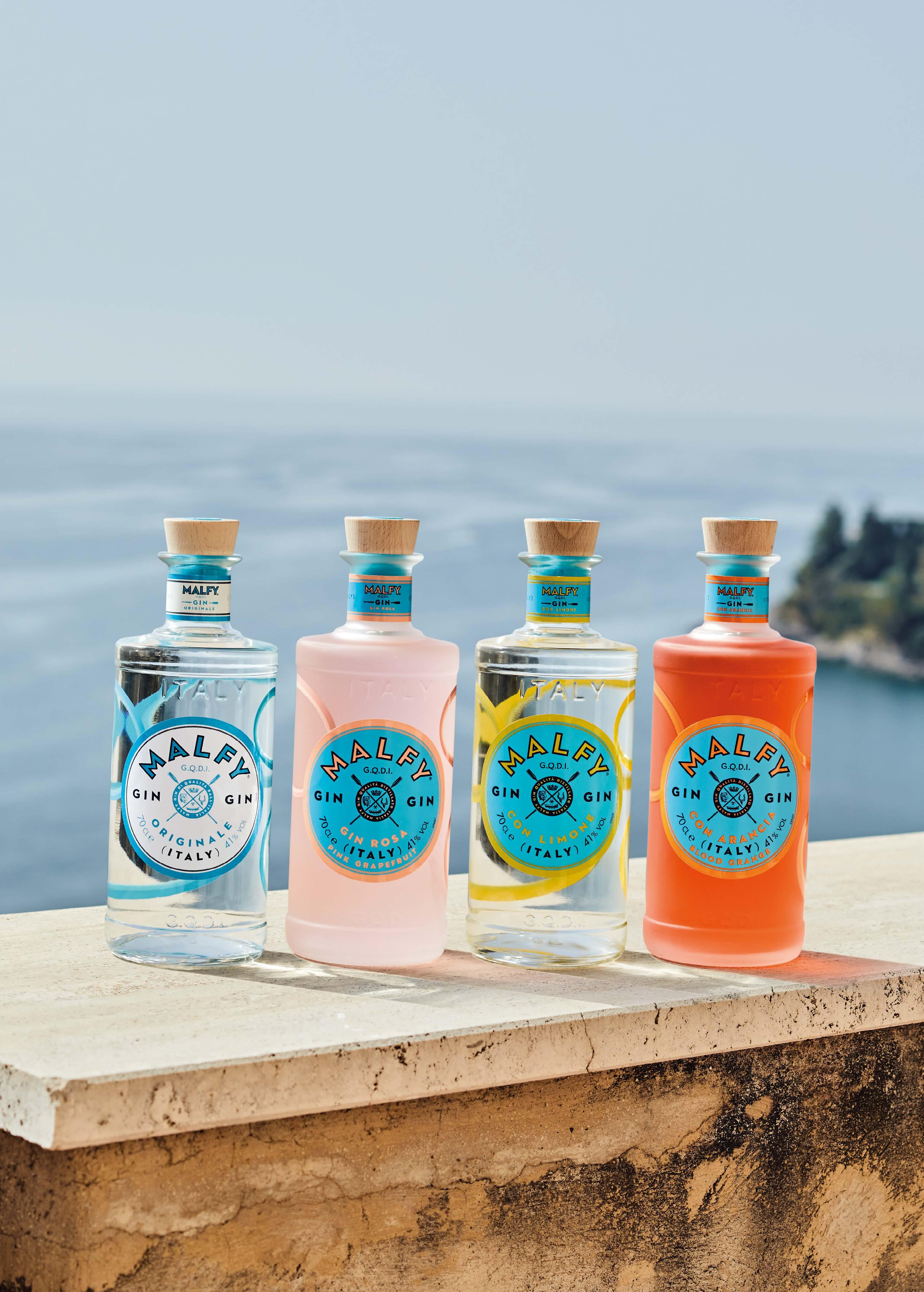
ENJOY RESPONSIBLY
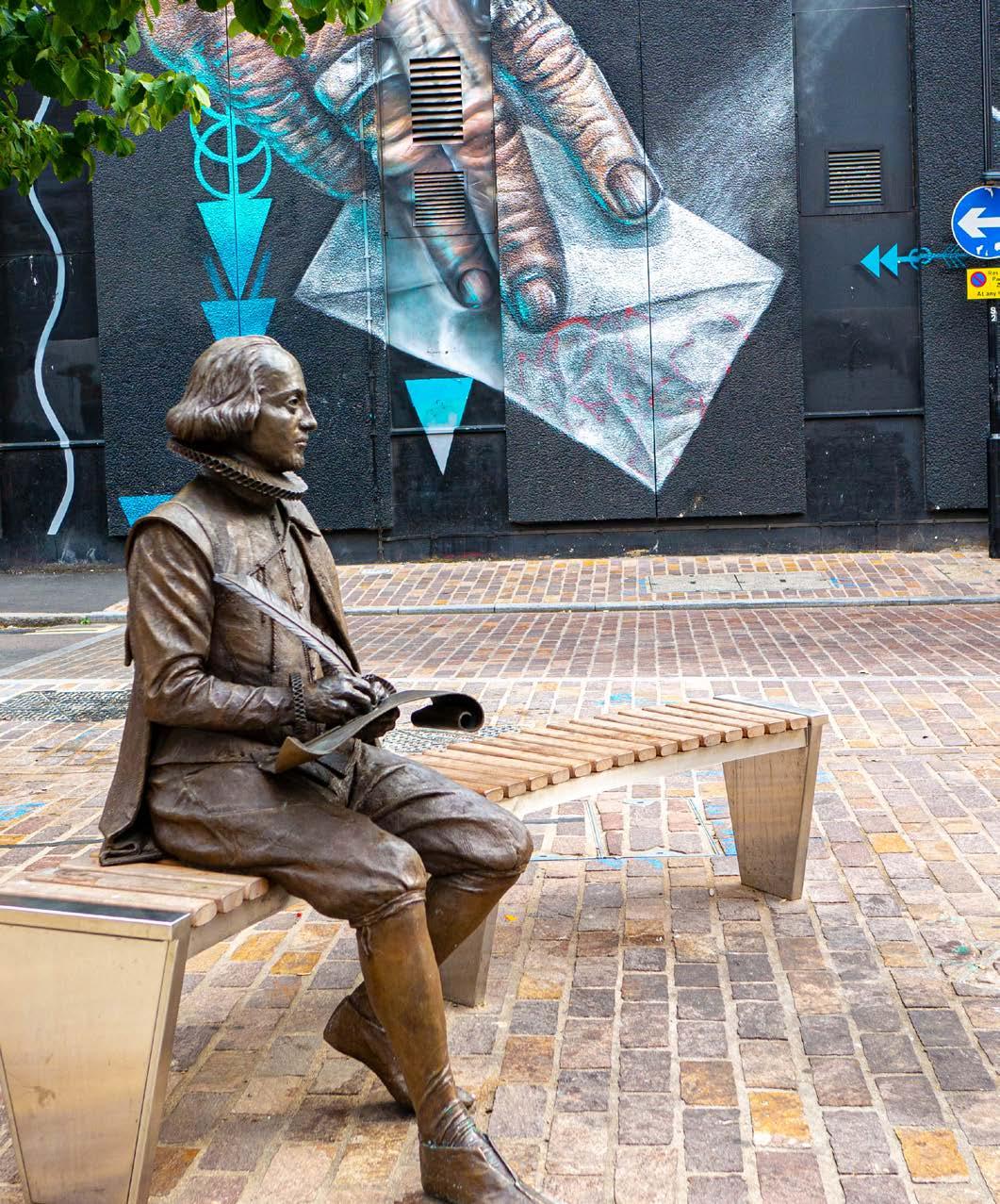
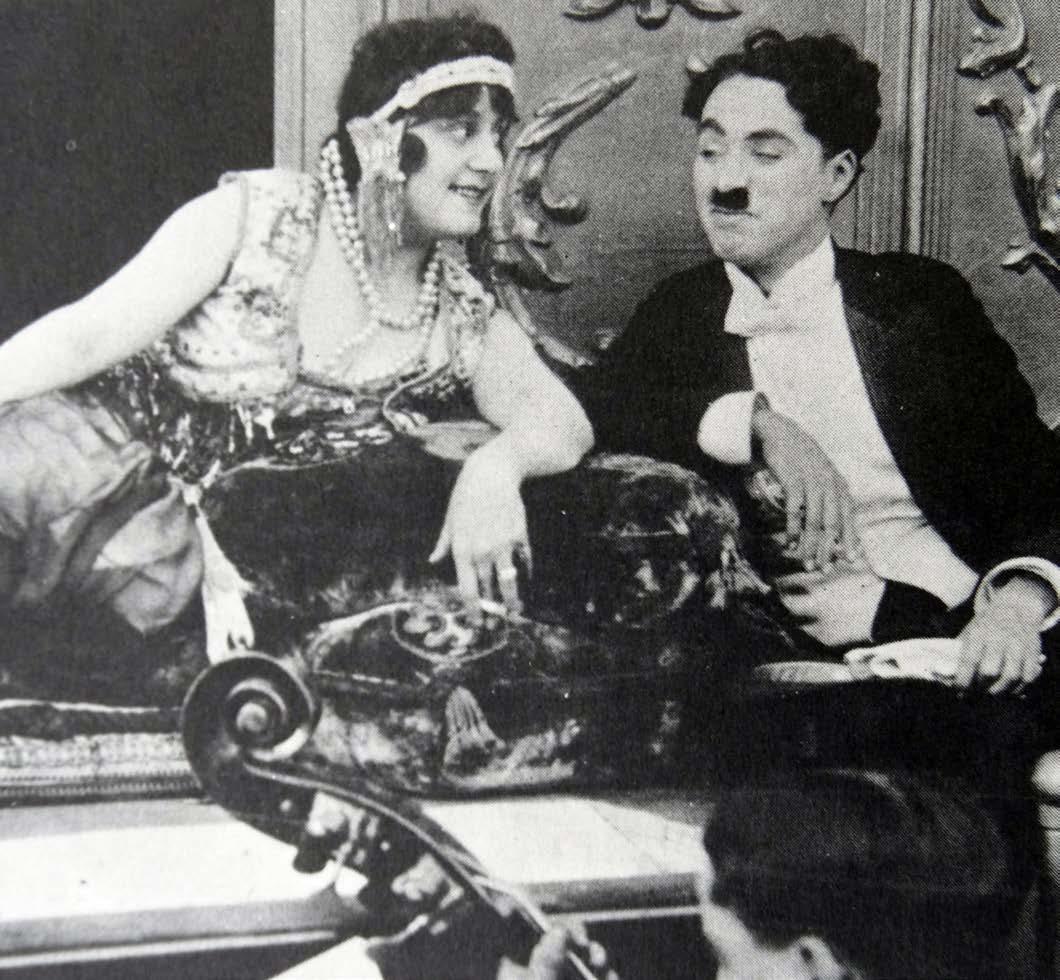
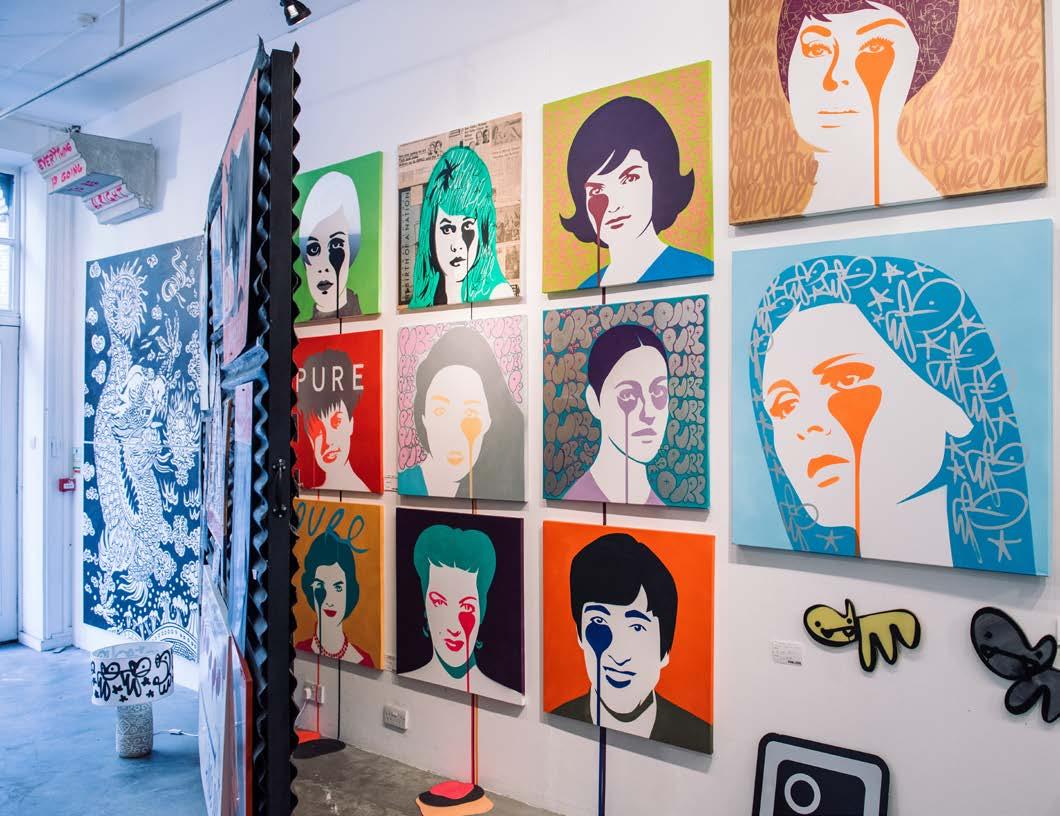
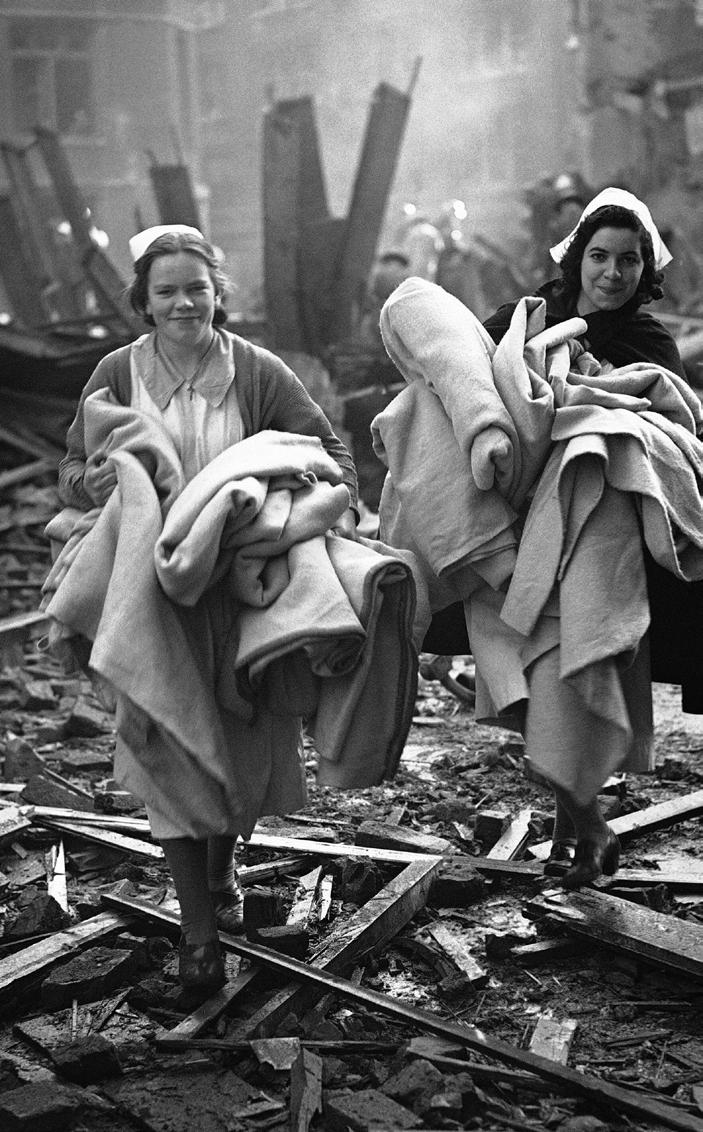
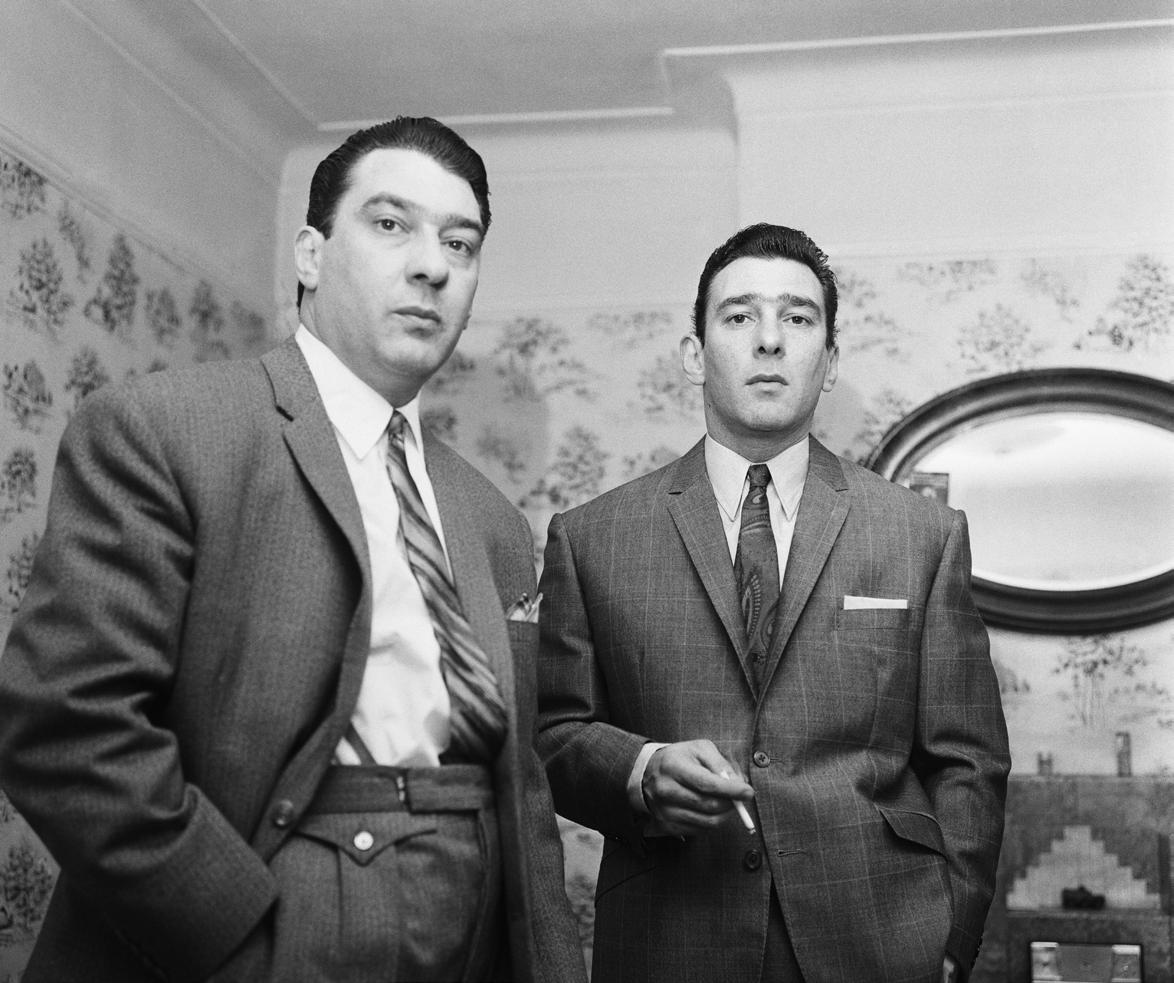
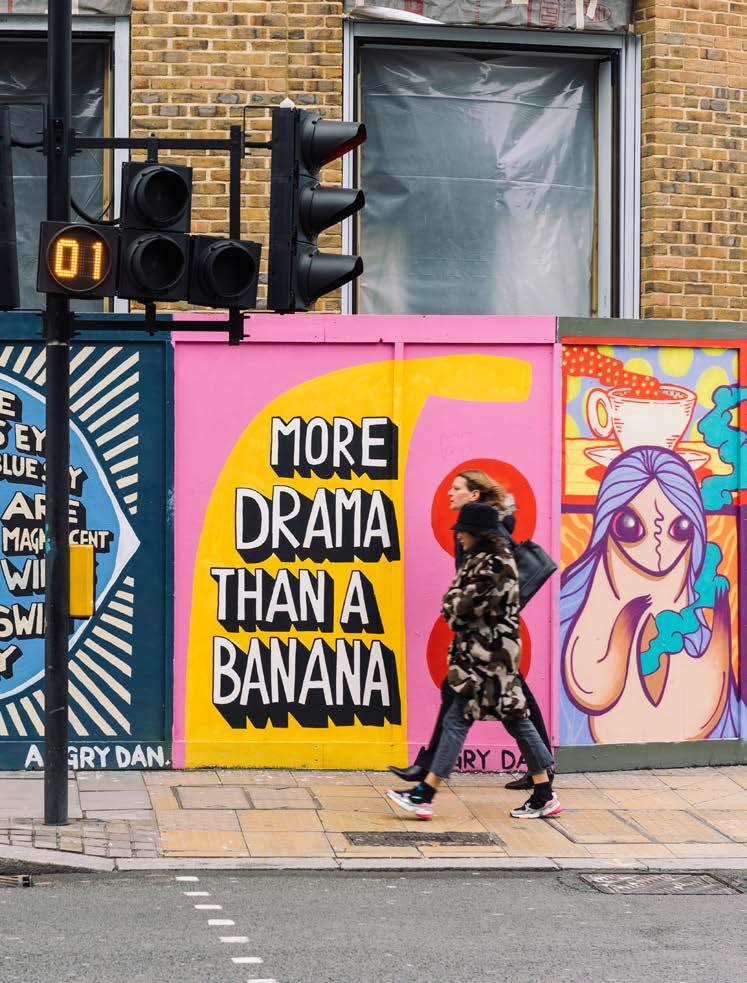
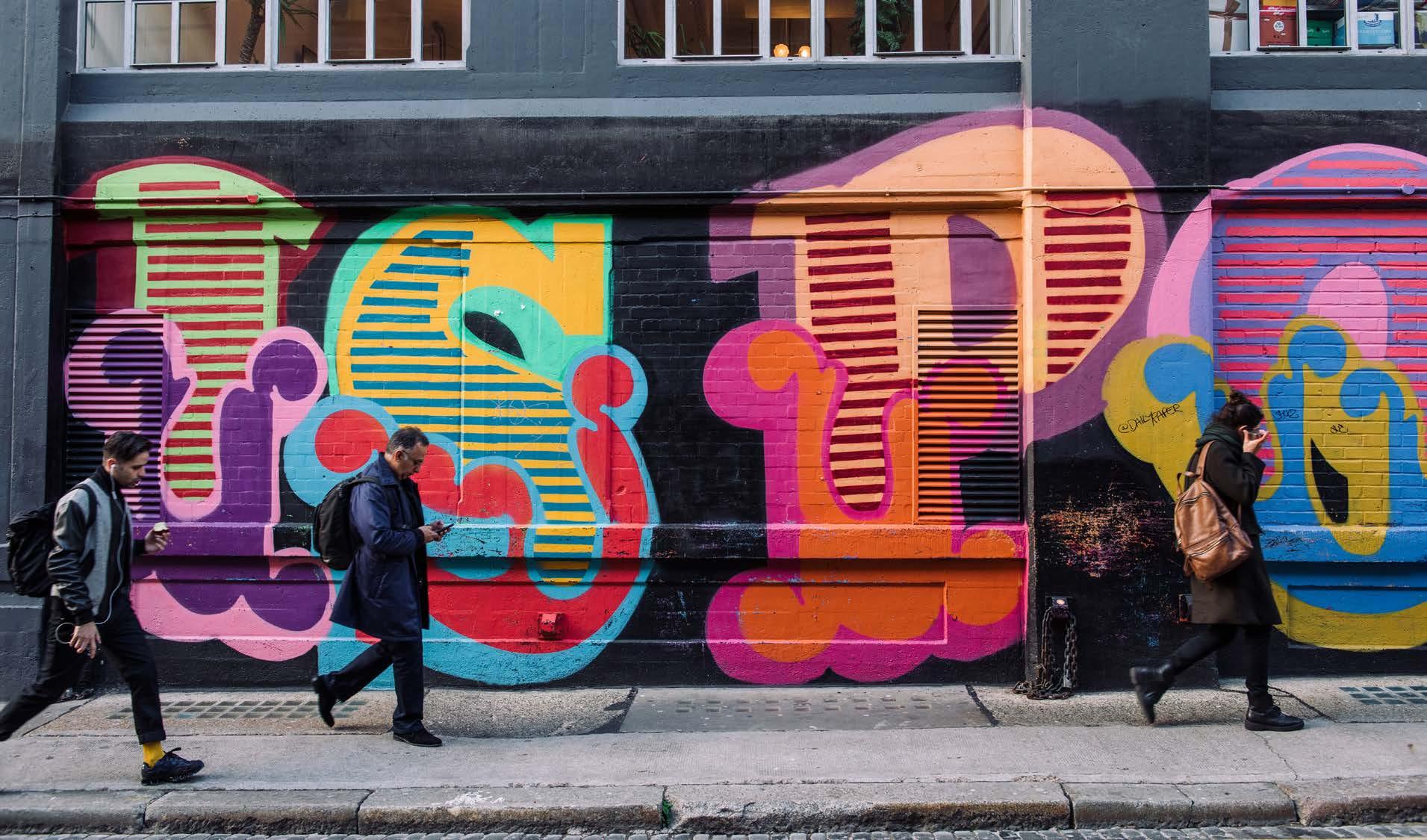
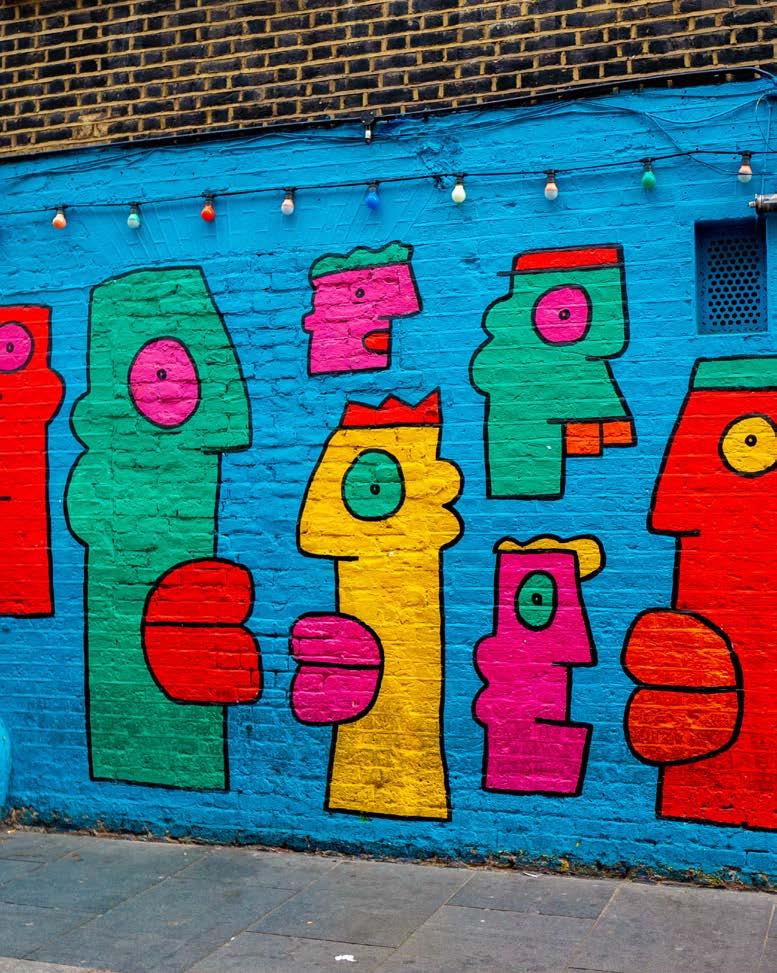
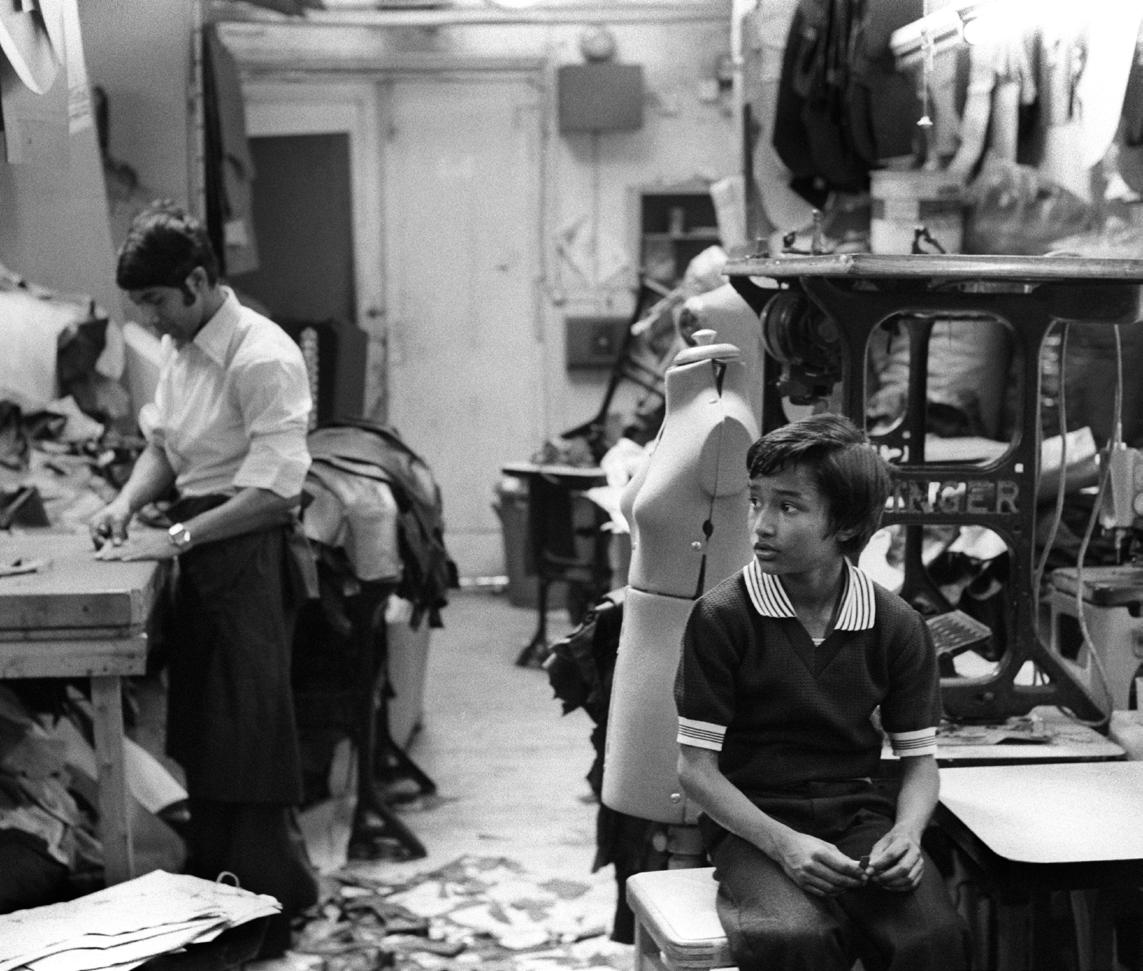
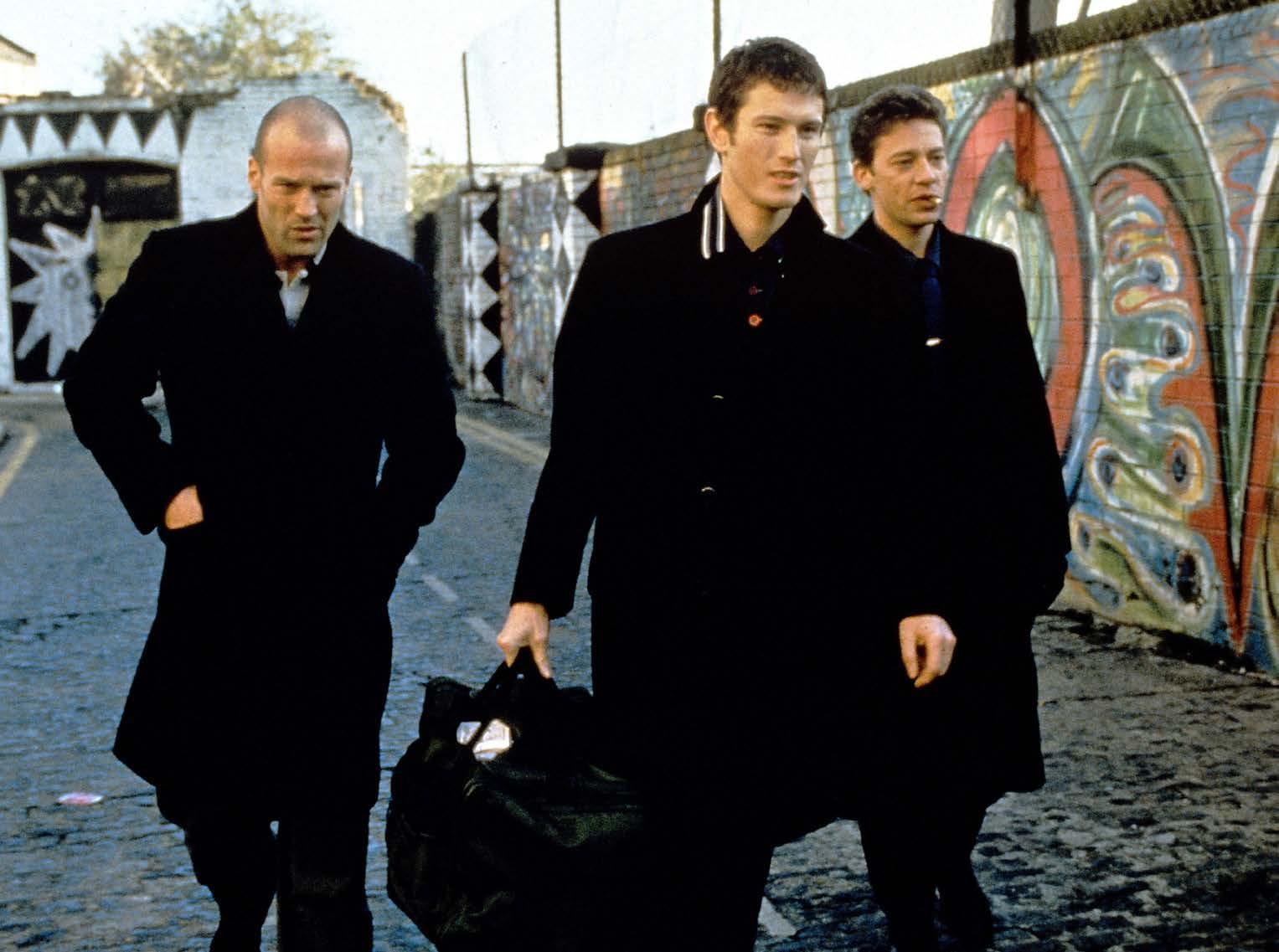
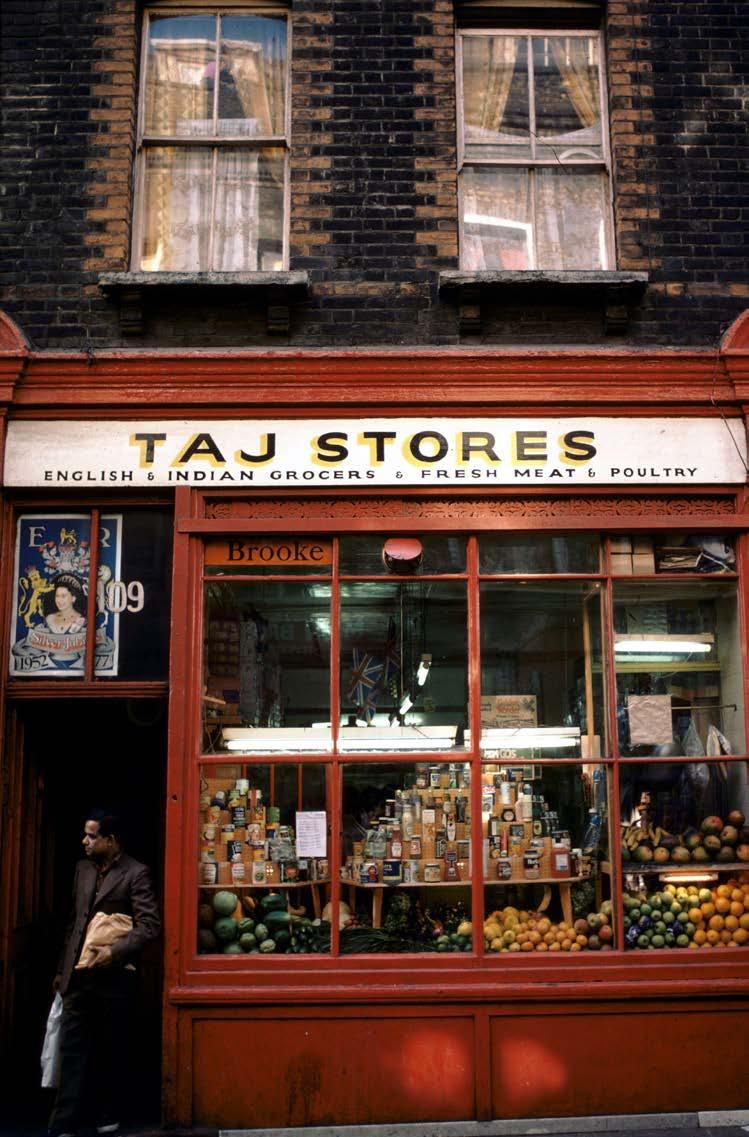
SHOREDITCH
Five centuries of creativity
From theatre beginnings to hipster enclave
By Angharad Jones
Plays are banned in the City of London, in a bid to stop the spread of the plague. The prime area just outside the city walls? Shoreditch.
Actor James Burbage builds “The Theatre”, England’s first permanent playhouse, on the site of Shoreditch’s dissolved Augustinian Priory.
The Curtain Theatre opens just up the road, and Shoreditch becomes London’s original theatreland.
For two years, the Curtain becomes the venue of Shakespeare’s company, the Lord Chamberlain’s Men. It’s here that Henry V and Romeo and Juliet are staged for the first time.
Shoreditch taps into more creativity. It becomes the neighbourhood of choice for the recent wave of Huguenot weavers to East London, and soon, it’s a textile powerhouse.
Like a lot of the East End, poverty and overcrowding is rife. In 1731, the Shoreditch poor house (or ‘workhouse’) is erected.
Shoreditch’s creative industries continue to thrive and the area becomes the place to be for furniture making. The neighbourhood is full of Victorian warehouses, with some assembly lines even found in the streets.
Architect Frank Matcham builds the London Music Hall, the theatre where Charlie Chaplin first cut his teeth.
Shoreditch is heavily bombed in the Second World War, leaving a lot of the area in ruin.
The notorious Kray twins, famous leaders of organised crime gang “The Firm”, monopolise Shoreditch as part of their takeover across East London. You can still get a pint at the once Kray-owned pub, The Carpenters Arms, at 73 Cheshire Street.
Families from South Asian countries such as Bangladesh migrate to London and new curry houses pop up in Shoreditch. Alternative fashion boutiques open on the high street. Shoreditch gains an eclectic edge.
Rent is still cheap and young creatives such as Tracey Emin and the late Lee McQueen (of Alexander McQueen fame) move in. Abandoned factories and warehouses become vibrant galleries, cafes, bars and studios.
Shoreditch becomes an alternative music hub. Whirl-YGig, London’s longest running club night known for its eclectic mix of world music and psychedelic decor, starts up in Shoreditch Town Hall.
art’otel London Hoxton is the Shoreditch skyline’s latest landmark
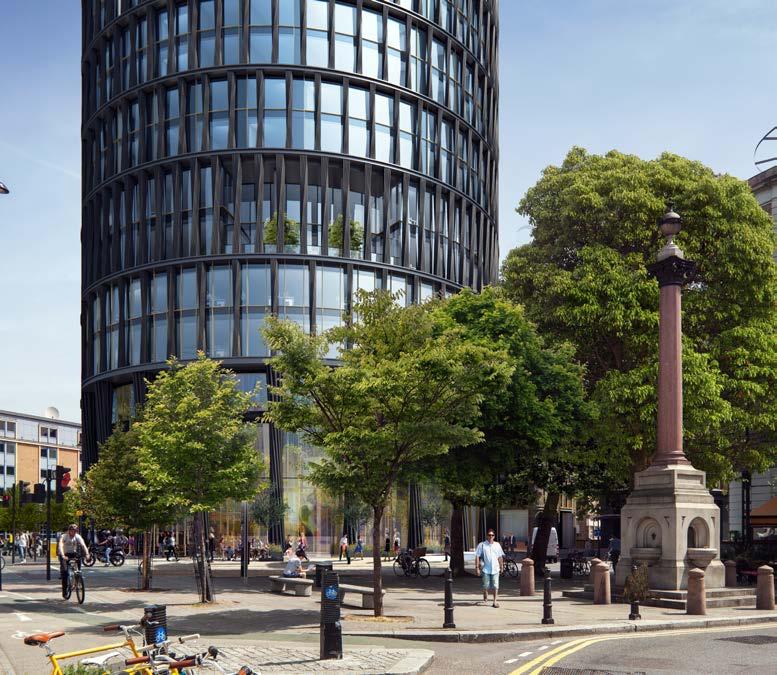
1998 Late
1990s 2000
Guy Ritchie’s film Lock, Stock and Two Smoking Barrels, set in and around Shoreditch, is released. The East London ’hood is put on the world map.
The spirit of creativity and rebellion lives on in Shoreditch. Its walls soon become marked with now-famous street art by the likes of D*Face and Banksy.
Legendary nightclub Plastic People moves from Oxford Street to Shoreditch. FWD>>, Plastic People’s famous night, pioneers the UK garage, dubstep and grime scene.
2000s 2024
Shoreditch gains a global rep as London’s creative home to cutting-edge galleries and street art, live music, hip bars, and eclectic restaurants.
art’otel London Hoxton opens, the hottest new design hotel in the city, in the most vibrant neighbourhood in East London.
artotel.com 29 CURATED / Shoreditch
1572 1576 1577 1597 1600s 1700s 1800s 1894 1940s 1960s 1970s Late 1980s 1990
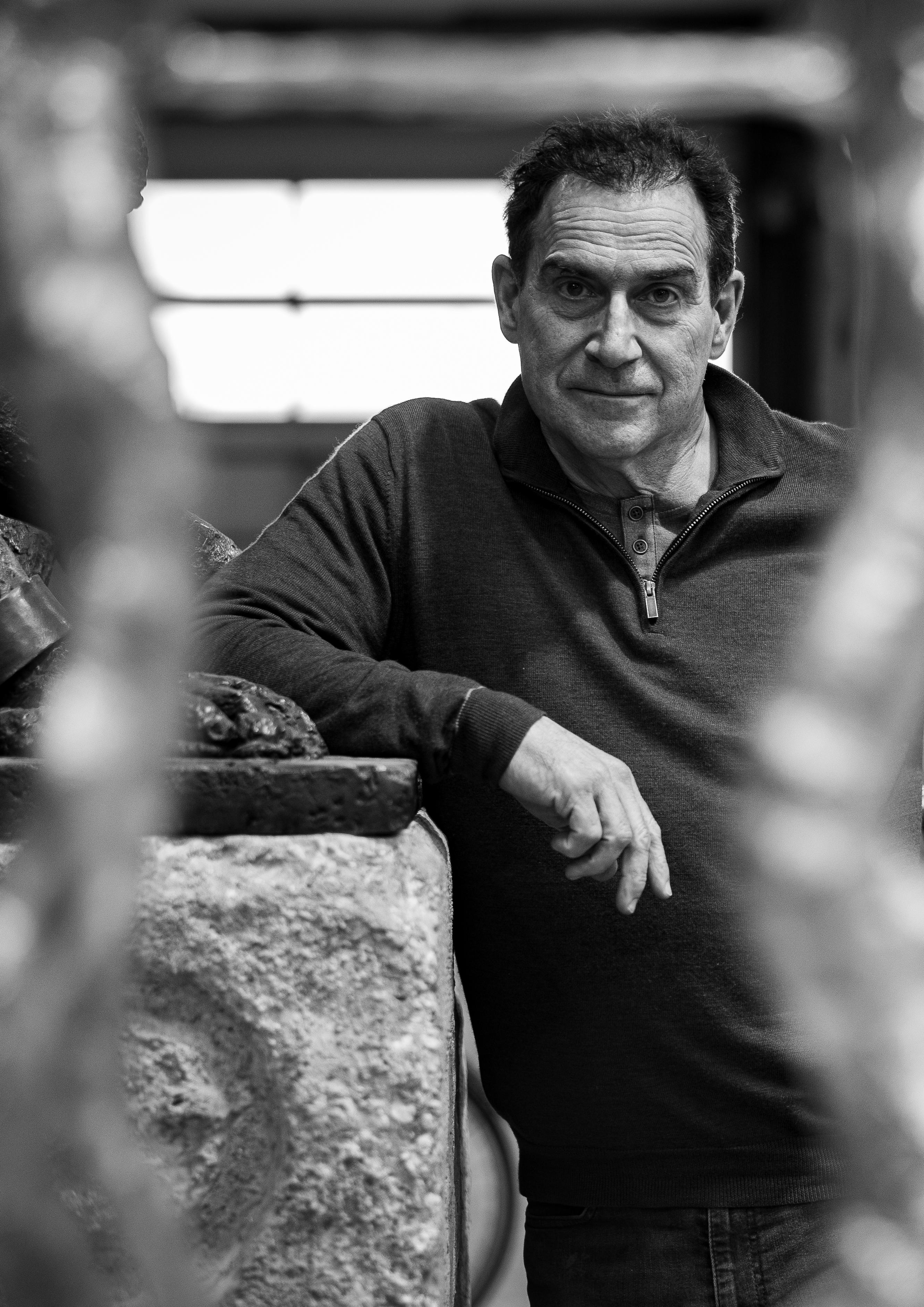
30 CURATED
/ Atelier Van Lieshout
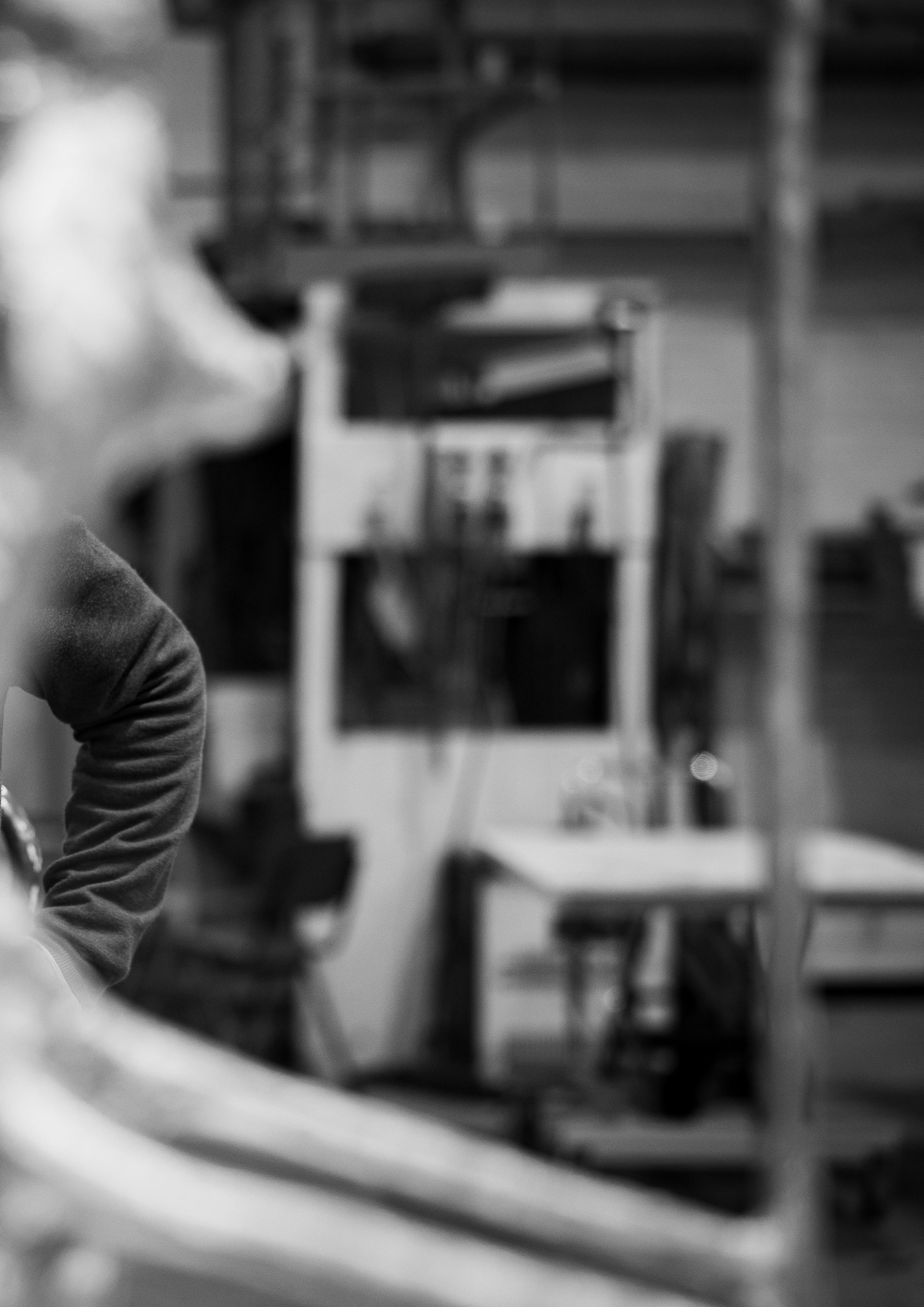
ATELIER VAN LIESHOUT: PAST PRESENT AND FUTURE
A reflection in four stages from art’otel Amsterdam Signature
Artist Joep van Lieshout
Words by Haley Durkee Images by Emanuel Vlasev
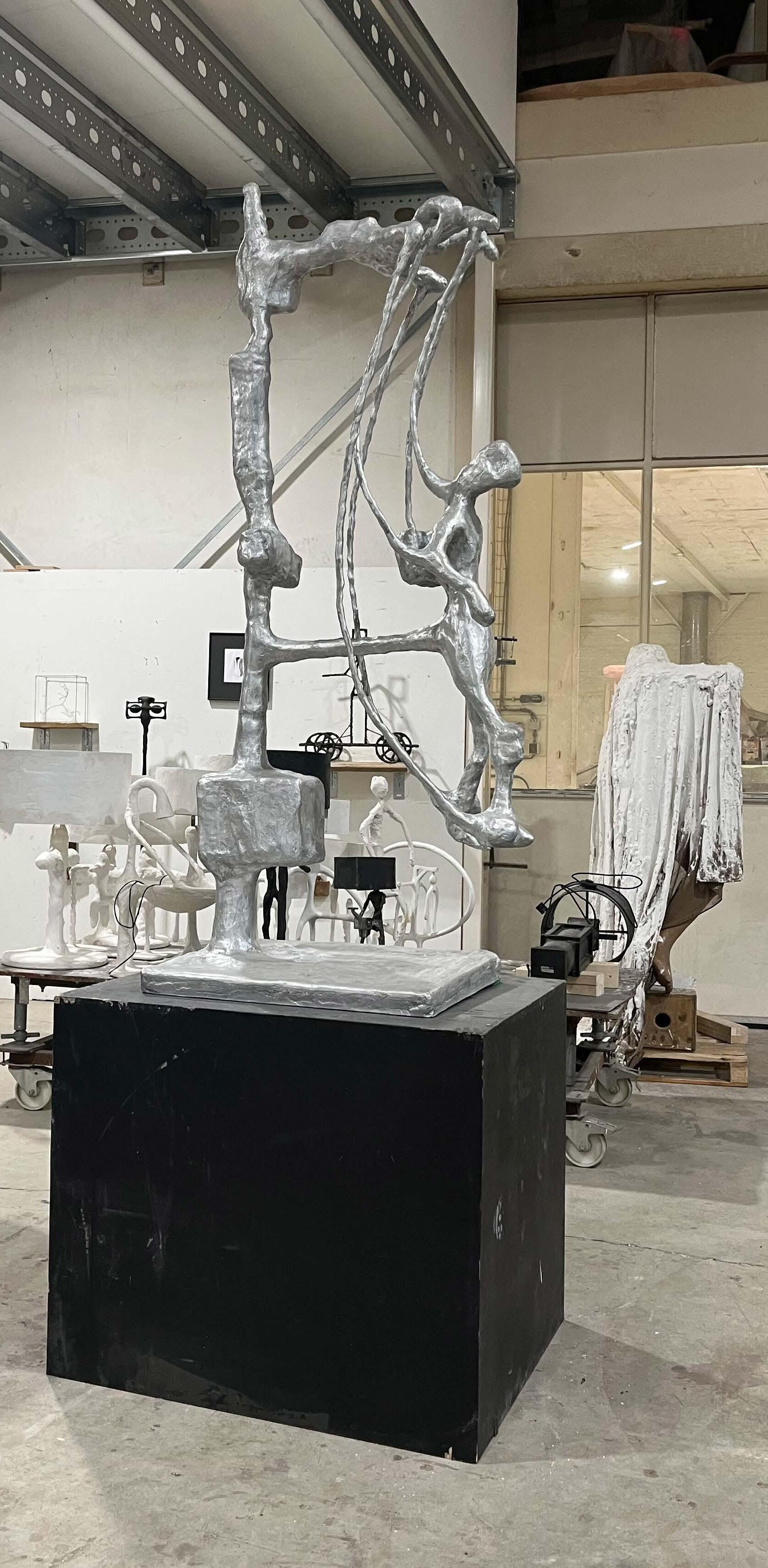
Artist, designer, innovator, rulebreaker— these are the first four words that come to mind when asked to describe Dutch visionary Joep van Lieshout and his studio, Atelier Van Lieshout. But rigid descriptions and categorisations don’t feel quite right for an artist that produces such genredefying work. Since 1995, he has created everything from large-scale sculptures to small office chairs that transcend the form-vs-function debate in a way that’s attracted both global acclaim and controversy. And as he and the team enter their next chapter, complete with a spate of new pieces for its permanent collection at art’otel Amsterdam, it felt like the right time to visit the studio for a catch up.
The sprawling Rotterdam industrial site is home to a full-time workshop, as well as the headquarters for its contemporary arts institution Brutus (including massive exhibition space and outdoor sculpture garden). Inside is a playground of curiosities. To the left of the front door, a canteen with meat sculptures hanging from the ceiling. A few steps further, an eight-foot silver astronaut. There’s a constant flow of artists, carpenters and metalworkers at play, sawing, spray painting, stepping back and observing the pieces at their stations. In short: it’s a space full of life, activity, and some very big rats (no, not real rats, but carefully rendered metal rats that are absolutely worth a visit).
It’s immediately clear that this operation is a well-oiled machine, and Joep van Lieshout is its engineer. The 60-year-old has spent the better part of four decades building an empire alongside this evolving team, becoming a household name in creative circles worldwide and a prominent figure changing the landscape of his home community in Rotterdam (more on that later). His body of work is a lot to process, especially when it comes to the way it reflects his personal history and thoughts on life, humanity, and society. So, who better to delve into it than van Lieshout himself?
We sit down in the upstairs office, a quieter, secluded area decorated in brown leather AVL office chairs. Most notable, the impressive collection of art and reference books arranged in chronological order on the shelves of the main meeting room. This becomes the inspiration for our conversation—a look backwards and forwards at each significant era for the artist and the business. Of course, we start at the beginning.
@artotel 32 CURATED / Atelier Van Lieshout
Works in progress in Rotterdam
On beginnings
“I think it was unique that I started my art career as young as I was. I grew up in a village in Ravenstein. When I was in middle school, I hesitated between focusing my studies on science or art. I settled on art at 14 years old, and by 16 I was already on my way to art school in the big city (Rotterdam). Most of my fellow students were much older— they’d studied before, they went to the army, so it was an interesting dynamic. I couldn’t go to the army. I said ‘I’m better as an artist than as a soldier. Just let me make art, you won’t regret it!’ And I was lucky because they said ‘OK’ and let me go. But the difference in age between 16 and 18, or 20, or 22, is huge. I really had to do it by myself and find my own way – I didn’t belong.
I was an abnormal student in another sense, too. I was making a mixture between functionality and sculpture. It could be a boat or tool or furniture, but as a sculpture as well. This was not common at that time. You had art, design, architecture, sculpture and painting. It was much more divided, and I rejected that. I always have been trying to find my own way, my own path. Always looking for insecurity and the unknown. Danger and taboo. And trying to transgress any border you come to. My career when I reflect on it has been closer to an exploration. Like taking a ship and trying to find a part of the world which has not been discovered yet.”
At this point I’m interested to know how one transitions from being a new artist to considering themselves established. I ask him if there’s a specific turning point or project where he felt like he knew he “made it” or that this was going to be his long-term career prospect.
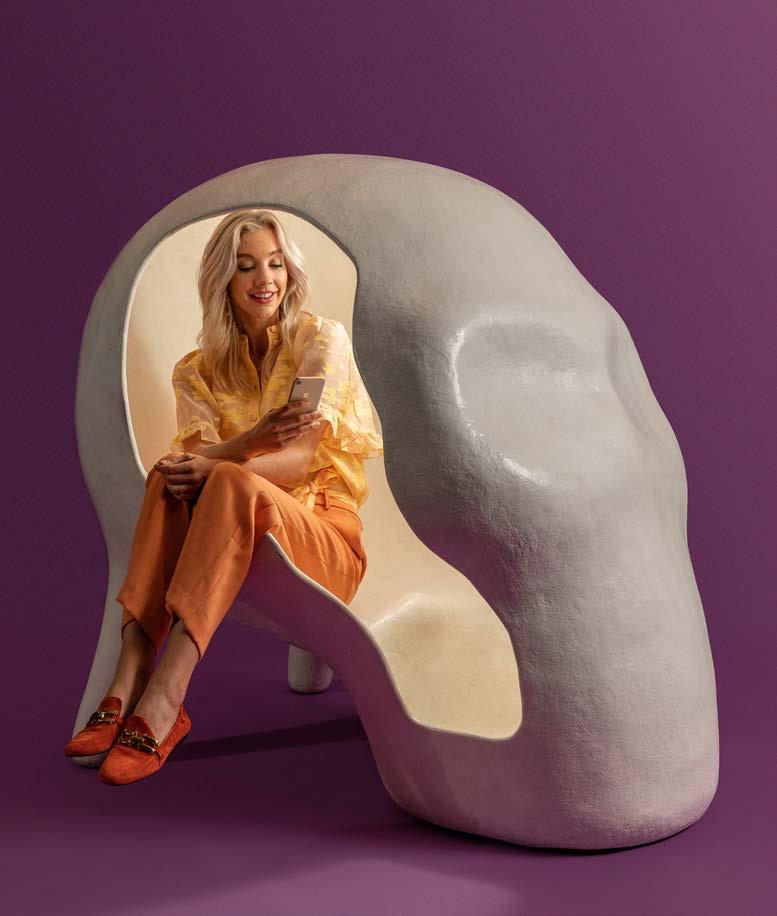
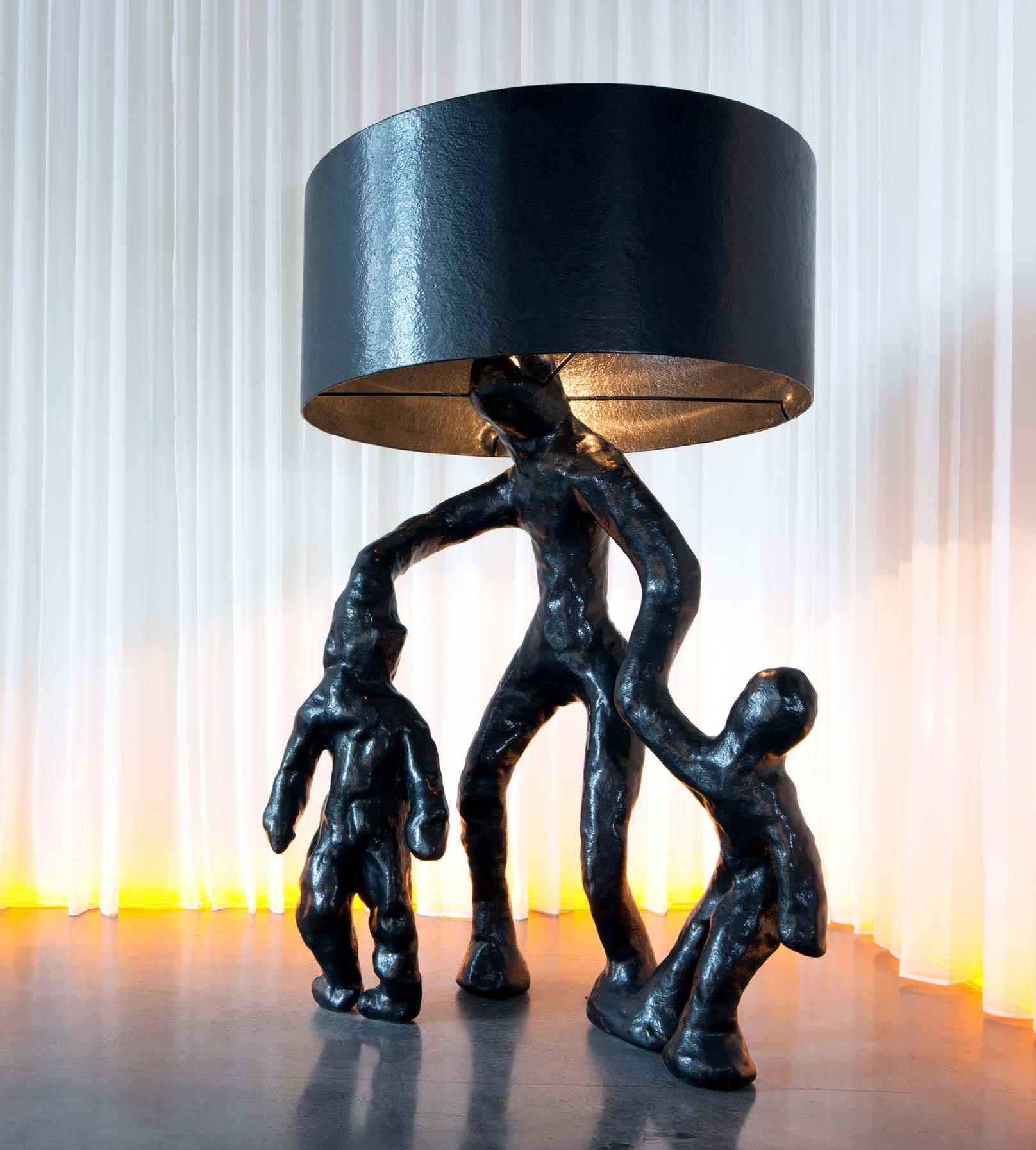
On the big break
“There have been many important firsts in my journey. First big museum show. First commission. But the most interesting from my earlier years was at the start of the nineties—a commission for [famed Dutch architect] Rem Koolhaas. I was still a young artist. Rem designed a major building in France (a concert hall, conference centre, and exhibition space) and he asked me to design and make 10 different bars, all the stairs, and 500-or-so toilets for it. This was a huge commission for me, and I was inexperienced. For context, the European Union as it is today didn’t exist yet. France was really a foreign country to me. People only spoke French there, which is not a language I was strong in. So here I am, using a typewriter or hand-writing documents with my high-school French to communicate. It was a very exciting, complicated commission that really pushed me to the extreme of what was possible. And we succeeded—but it was a struggle.
The client didn’t necessarily share Rem Koolhaas’s vision of modernity or like anything that he proposed. The attitude was ‘we don’t
want an artist designing interiors.’ They tried to get me out of the project multiple times and every time I had to come back in. At one point they said ‘we only work with real companies, and you aren’t a real company, you’re an artist’ so I drove to the chamber of commerce to set up ‘a real company’ the same day. When you register a company, you need to provide a name, so I chose Atelier Van Lieshout. Atelier is a French word that means workshop.
A week later I return to the client with my papers. Finally get to work, then at a certain moment I get this call from the project architects who were there on site. They tell me they found something in the contract that is potentially worrisome for me. I asked what it was, and they said: ‘all the pieces you produce must be onsite on June 1st at 9 o’clock in the morning, otherwise they have the opportunity to cancel it without paying you anything.’
I call up all my friends and we decide we’re going to work in three shifts to get it done. I get to the site at 7:00am and the client was already there with his notebook jotting down everything that wasn’t finished. At 8:00am, huge trucks roll in from The Netherlands with all the prefabricated stuff along with 10-15 people from my studio. By 9:00am everything was standing. It was very satisfying.
And this very difficult project made me what I am.”
artotel.com 33 CURATED / Atelier Van Lieshout
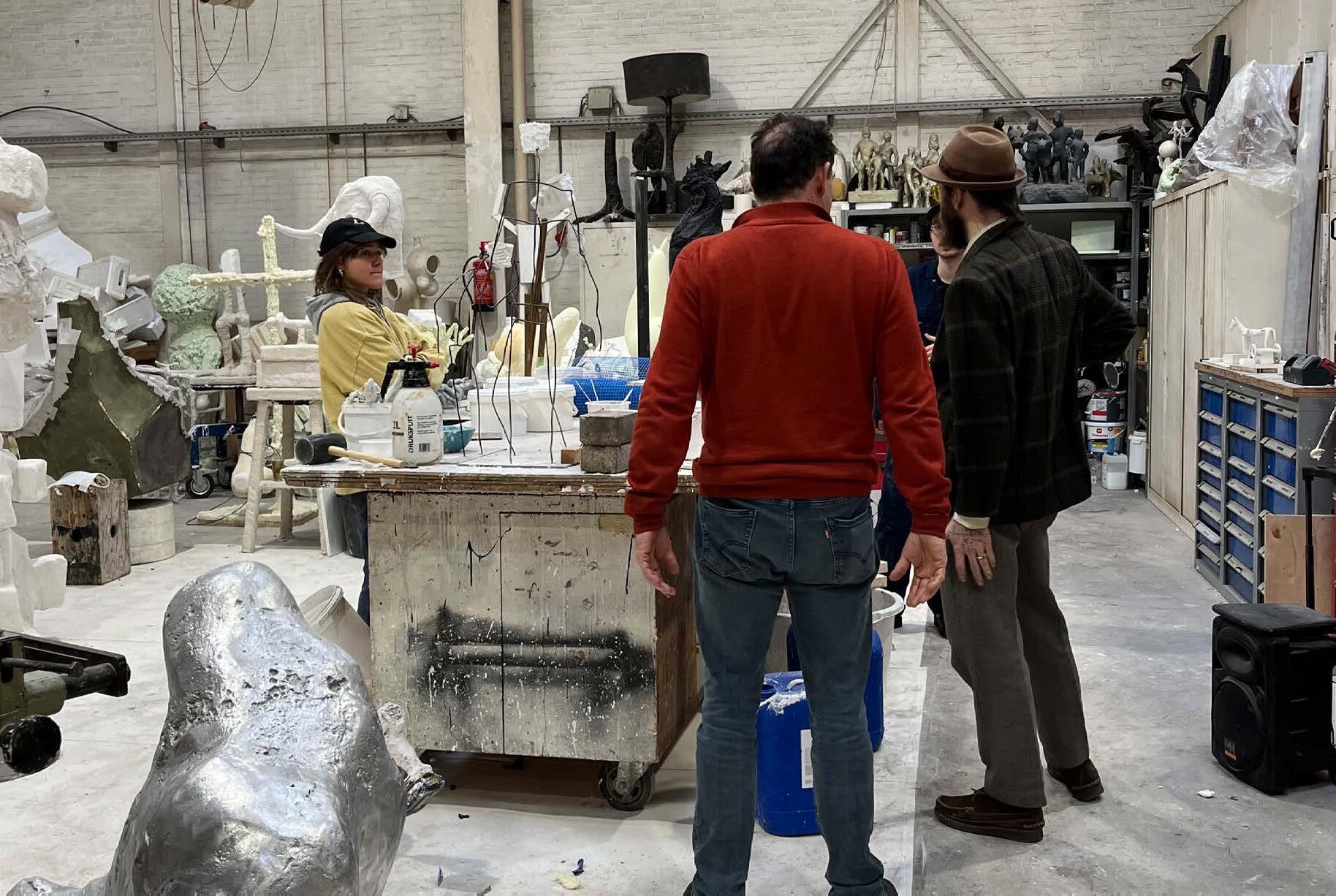
On the present day
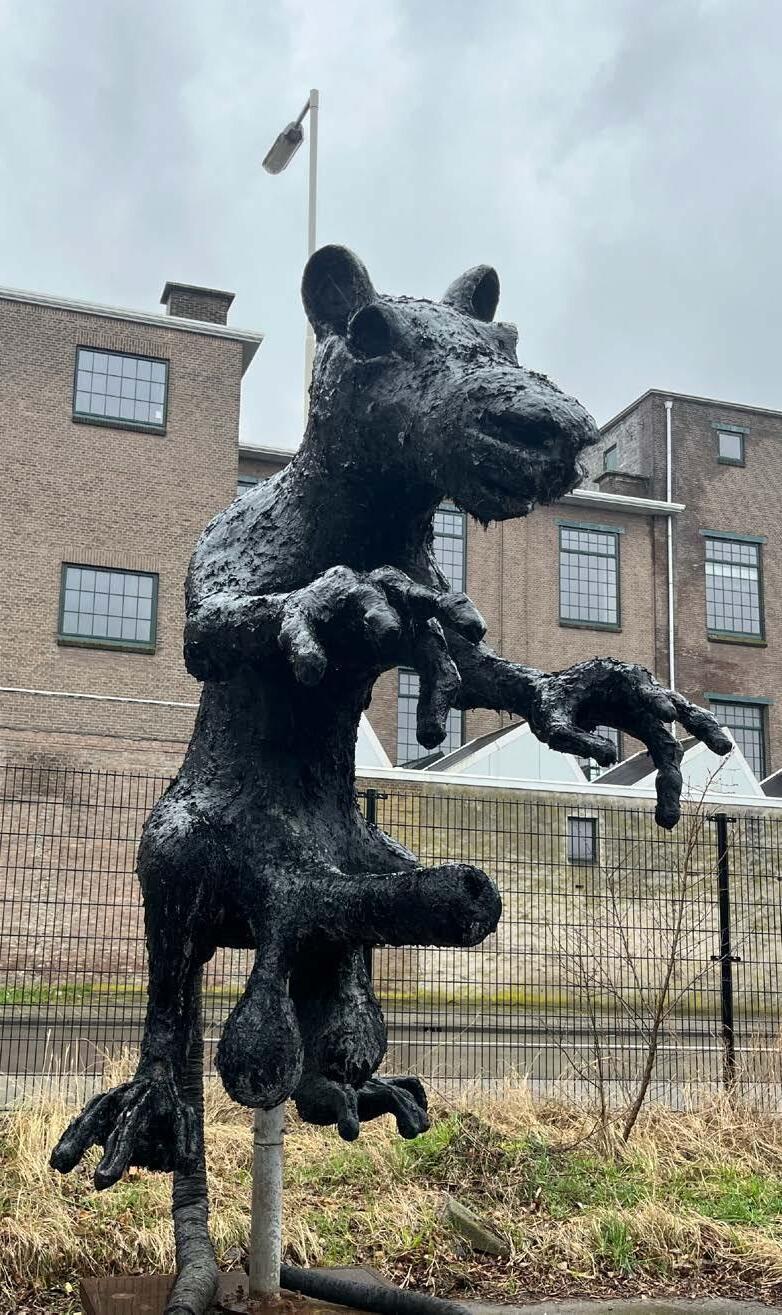
“My team started out with some interns after I left art school and slowly grew to the size it is now over 20-something years. I think what is very nice about the present era is the level of trust we have between us. I come with my crazy ideas that would maybe seem ridiculous, expensive and time-consuming to outsiders. But even when you think it’s a stupid idea, we know it will turn out good. There’s 20 people who work very hard and they believe that the unpredictability of my intuition will guide us in the right direction. That’s what I always (for a large part of my career) believed, and now also a lot of people believe that and that’s great. So, we make a lot of things. The most exciting thing is that I always find some new passion, subject or body of work that makes me enthusiastic. I still don’t know what I will do tomorrow [he laughs].
Besides our own work, supporting Brutus, the foundation I started 15 years ago, is also very important. That was one of those crazy ideas that has been growing very slowly and skyrocketed in the last several years. We currently have one of the biggest exhibition spaces in The Netherlands and certainly one of the best, so we get a lot of attention and create a lot of opportunities. We do parties and exhibitions, but there’s more space for other artists of all ages and disciplines. The one thing they all have in common? There’s always something challenging. It’s what we say in Dutch: ‘zonder wrijving geen glans’ or ‘without friction, no shine.’ If you want to do something special it has to be a little like that, and that’s exciting.”
On the future
“The most complicated thing I’m working on is to make a building for Brutus that will be bigger and more iconic than what we have now. I combined a 10,000 square-meter building with a more commercial part and a more residential part and altogether it becomes one organism feeding each other. It will be here in Rotterdam.
This takes a long time, though. We made the first sketches seven years ago and have been working for the last three-and-a-half to four years with a team of architects and developers almost daily. This is an area that is redeveloping from harbour to city. You need to have new zoning to get the building permits, so you must work with the government – that’s its own dynamic.
There’s a book that we made to convince the city to give us those permits – it’s a huge development. It will have my studio, a sculpture terrace, a park, a theatre, and in the middle is a museum. There will also be housing, which will include alternative living and studios for a lot of artists. From the sculpture garden you can see the city and the harbour (it’ll be about 20m high). So that’s the plan of the future. As the name suggests, it will be brutal!”
It’s safe to say that Atelier Van Lieshout’s contributions to the history of art, design and culture are already monumental, yet still in the process of being written—especially when it comes to the very fabric of his Rotterdam community. For now, we’ll all be waiting patiently to see how it unfolds. And in the meantime, enjoy the works already available both at Brutus, art’otel Amsterdam, and galleries and public spaces around the world.
“It’s interesting, I didn’t have a specific vision for what my future as an artist would look like. When I was young there was no guarantee or sign that I would be successful. But I also never wondered how I was going to get money either. My horizon was maybe a couple of hours or days. And I still don’t worry about that...sometimes a little bit but, in the end, I really believe if I follow my intuition and stay true to my vision I will succeed.”

@artotel 34 CURATED / Atelier Van Lieshout
Explore Amsterdam
In the studio with van Lieshout and team
BRUTUS sculpture garden
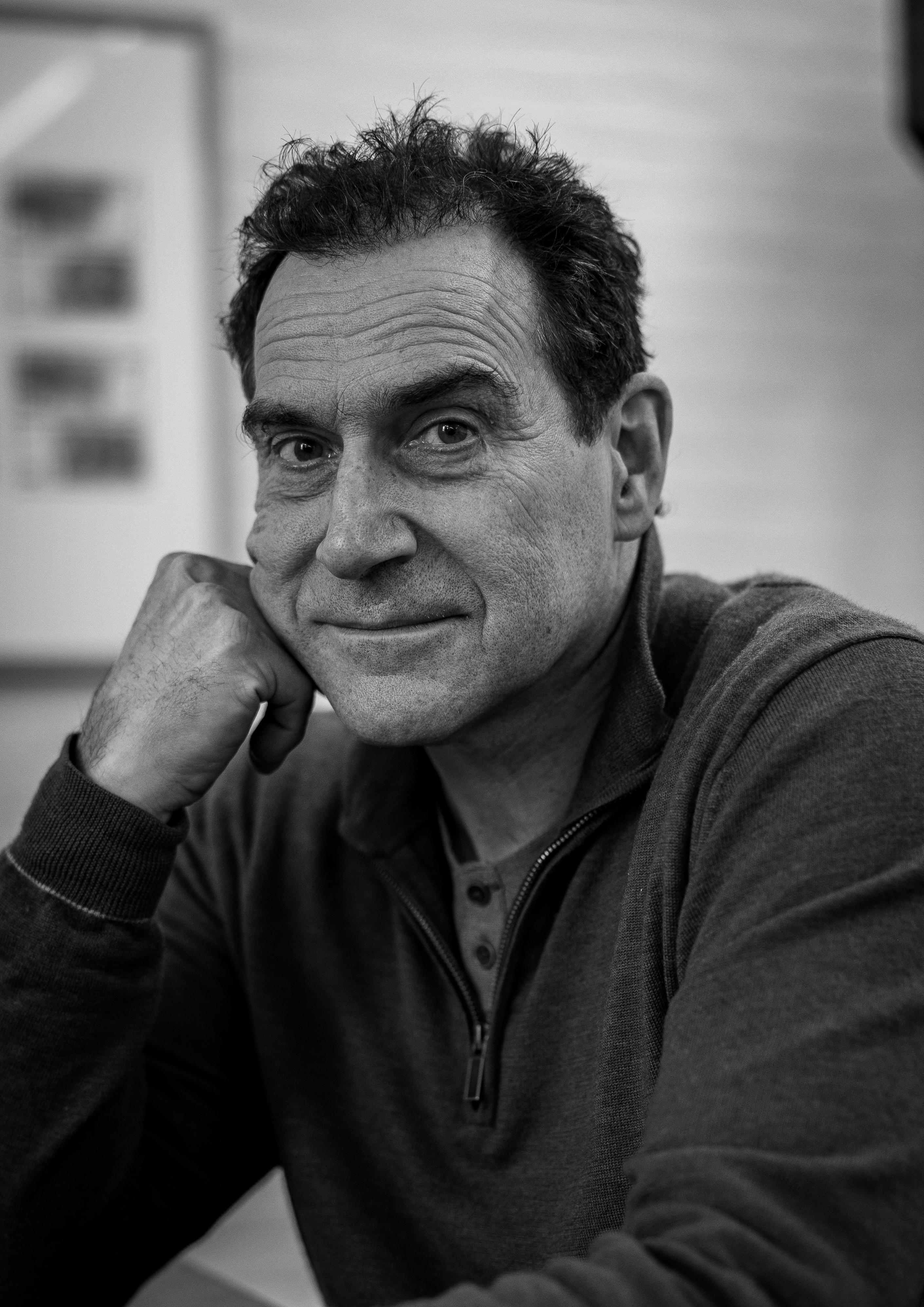
 Watch our interview with Joep
Watch our interview with Joep
How to spend an afternoon at
the
RIJKSMUSEUM
A curated journey through art and history with Nick Post
Words by Haley Durkee
Images by Emanuel Vlasev
There are few cultural institutions in the world with as storied a past and bright a future as The Rijksmuseum.
A true icon of The Netherlands (housing 800 years of Dutch art and history), the building and its contents have steadily evolved since doors opened in 1885. Now, over a decade on from an extensive restoration that brought the site as close as possible to architect Pierre Cuypers’ original vision, the museum is finding new ways to marry its old-world aesthetic with forward-thinking programming. The result? A perfect afternoon indulging in beauty and craftsmanship, marvelling at exploration and advancements, and grappling with the difficult and challenging aspects of a nation’s history.
If it sounds like a lot, that’s because it is—in a good way, but an overwhelming one, too. How
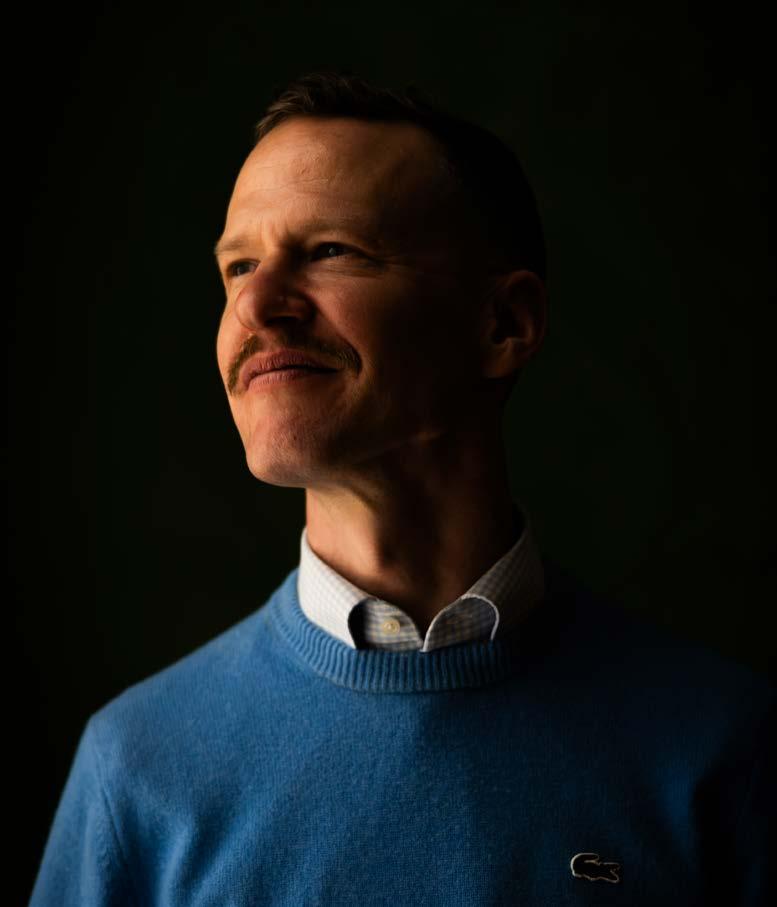
do you approach a space of this magnitude to make sure you get the most out of it? To find out, I asked Nick Post, The Rijksmuseum’s sales manager who also happens to be an expert tour guide. With his unparalleled knowledge of both the museum’s collection and history of the Dutch capital, there is nobody I’d trust more for advice on what to see and do. Step number one, he tells me, is to buy your tickets online because they don’t sell any onsite.
Once tickets are sorted, start at the exterior. The architecture is a narrative in a class of its own, full of details that speak to the inspiration and journey of the building and the nation. Pierre Cuypers was a revered yet controversial figure, and the exterior of the building is where you’ll start to see that unfold. Nick points out the sneaky rendering Cuypers included of himself among others on the facade. Another curious detail: walk through the tunnel that runs down the centre (a deliberate feature meant to join old and new sides of the city) and look up. There’s a large black strip on the ceiling that most wouldn’t notice or care about, but that strip is actually an opening to get the prized piece The Night Watch inside.
And inside is where we’re headed next. The interior architecture has been through several iterations both in style and layout—most related to religious, political or social views of the powers that be and the general public at the time. Renaissance-inspired frescoes gave way to bare white walls until eventually the building was restored to Cuypers’ vision (with a modern refresh). You can even see remnants of the original paint on the walls and what they used for reference during the restoration process.

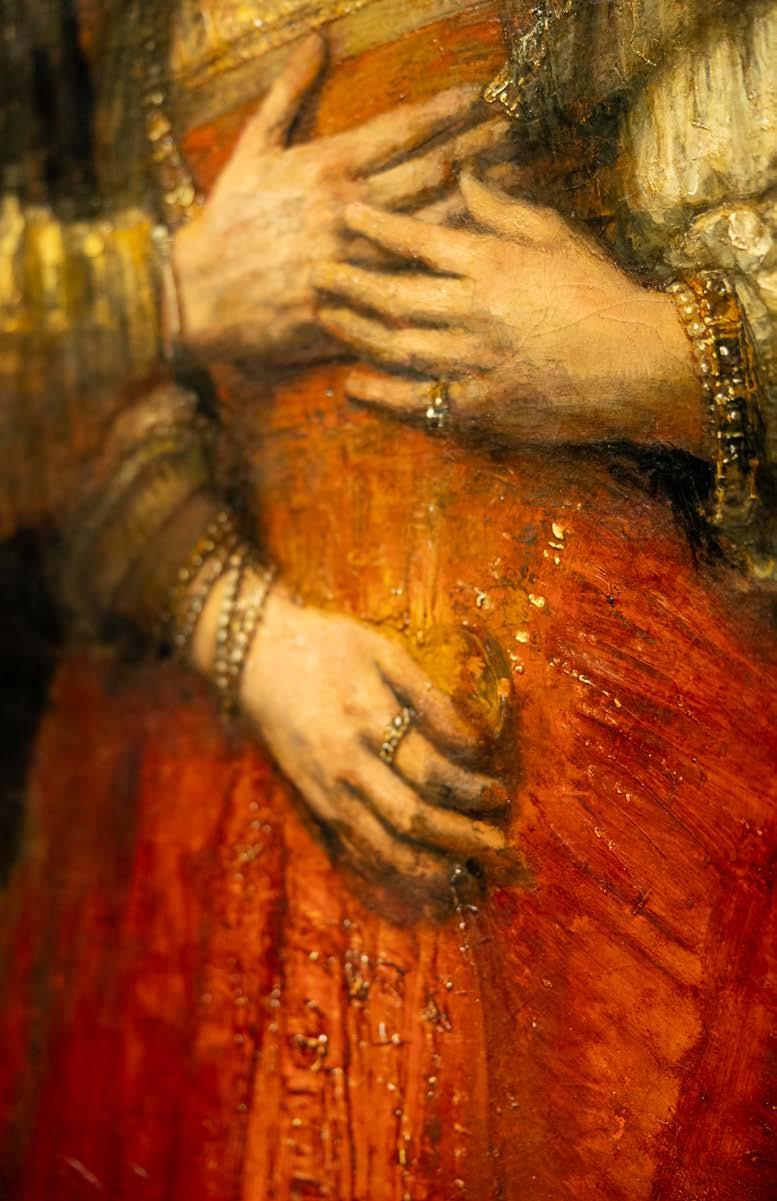
36 CURATED / Spend an afternoon at the Rijksmuseum
Detail of Rembrandt van Rijn’s “The Jewish Bride” (c.1665-c.1669)
@artotel
Nick Post

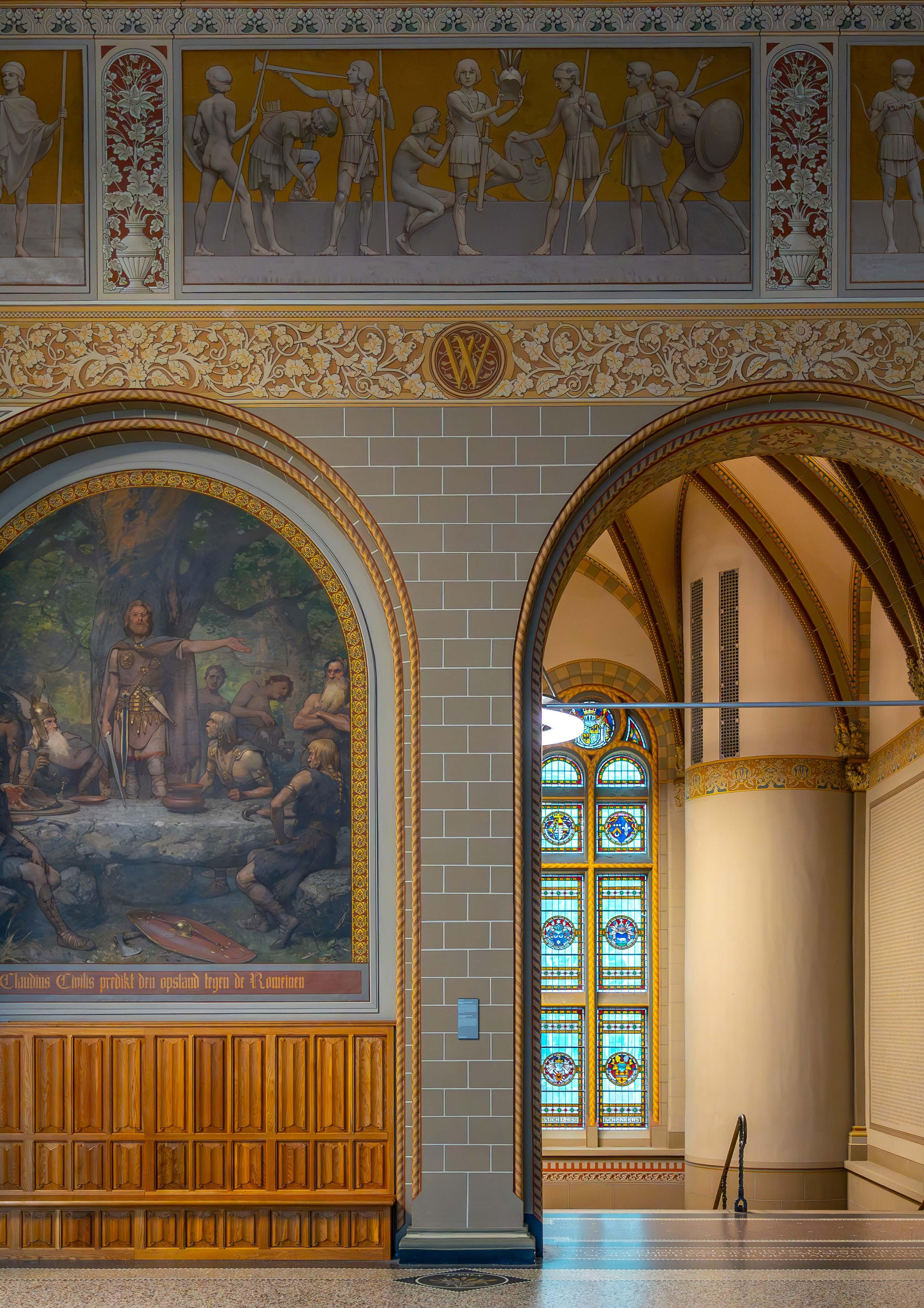

One of the gallery’s most iconic pieces:
The Milkmaid by Johannes Vermeer (c. 1660)
Most important to note here: the museum is now arranged in chronological order, so visitors can explore by periods of history instead of works by type. The easiest way to get a bird’s eye view of it all is by downloading their app (including audio and step-by-step guides).
When it’s time to delve into the collection, Nick brings us to the heart of the museum: the Gallery of Honour. This is where the most celebrated paintings from 17th Century Dutch masters, including Johannes Vermeer, Rembrandt van Rijn, and Jan Steen are on display. If you’re short on time for your first visit, this is your must-see destination for breathtaking, stop-you-in-yourtracks art at the apex of beauty and skill.
He suggests the best way to take in each painting is to spend some time looking at it before reading the title and description. Ask yourself: what do I see? Consider the colours, the subject, the framing, the texture, the little details (and with Dutch masters, every detail is significant). We look at Jan Steen’s “The Merry Family” (1668) as an example of how to read visual cues to extract the artist’s intentions. At first glance it’s a jovial family scene, but spend a bit more time with it and (no spoilers) you’ll discover a deeper message about frivolity, class and parenting.
And on the note of families, this is a fantastic place to take yours. The Rijksmuseum has a host of programming available specifically for parents and children of different age groups. Staff go the extra mile to make experiences immersive with costumes, props, characters and games. There’s a lot of dense subject matter on offer, and these specially designed tours and activities make education accessible and appropriate—both through topics and allotted time. Plus, it’s very cute and funny for the adults, too.
Back on our tour, we take in self-portraits of Rembrandt and Van Gogh, The Night Watch
(even more gargantuan in person than you might expect) and, to my delight, The Milkmaid by Vermeer. Moving through the rest of the 1600s—Delft Blue is a classic highlight that rightfully garners attention, but don’t sleep on the corner rooms as well. A unique feature of the chronological design of the museum is that, while the centre rooms of each floor focus on what was happening within The Netherlands during that period, the corner rooms provide global context
The Rijksmuseum
Research Library
– both the impact of The Netherlands on other countries and vice versa. There are some very important treasures of history in there. These can appear insignificant from an aesthetic perspective (not necessarily decorative items) but on closer look they reveal astonishing significance.
Nick points out a clock that doesn’t look particularly special (maybe even junk-ish)... but read the description and you’ll learn it’s the clock from Barentsz and Van Heemskerck’s 1500s trek through the Arctic—the icon attributed to the crew’s survival as their only link to time, the outside world, and sanity. There is also what looks like a large, chipped plate that could easily be skipped at first look. But the dish, inscribed 1616 and discovered 80 years later, relates to the Dirck Hartogh who was the first European to set foot on land in Australia and left this tin plate on the shore to mark the occasion. One more for good measure: the collection includes the first standard metre, kilogram and volume measures (the French invented the metric system, The Netherlands were the first country to successfully introduce standardised measurements).
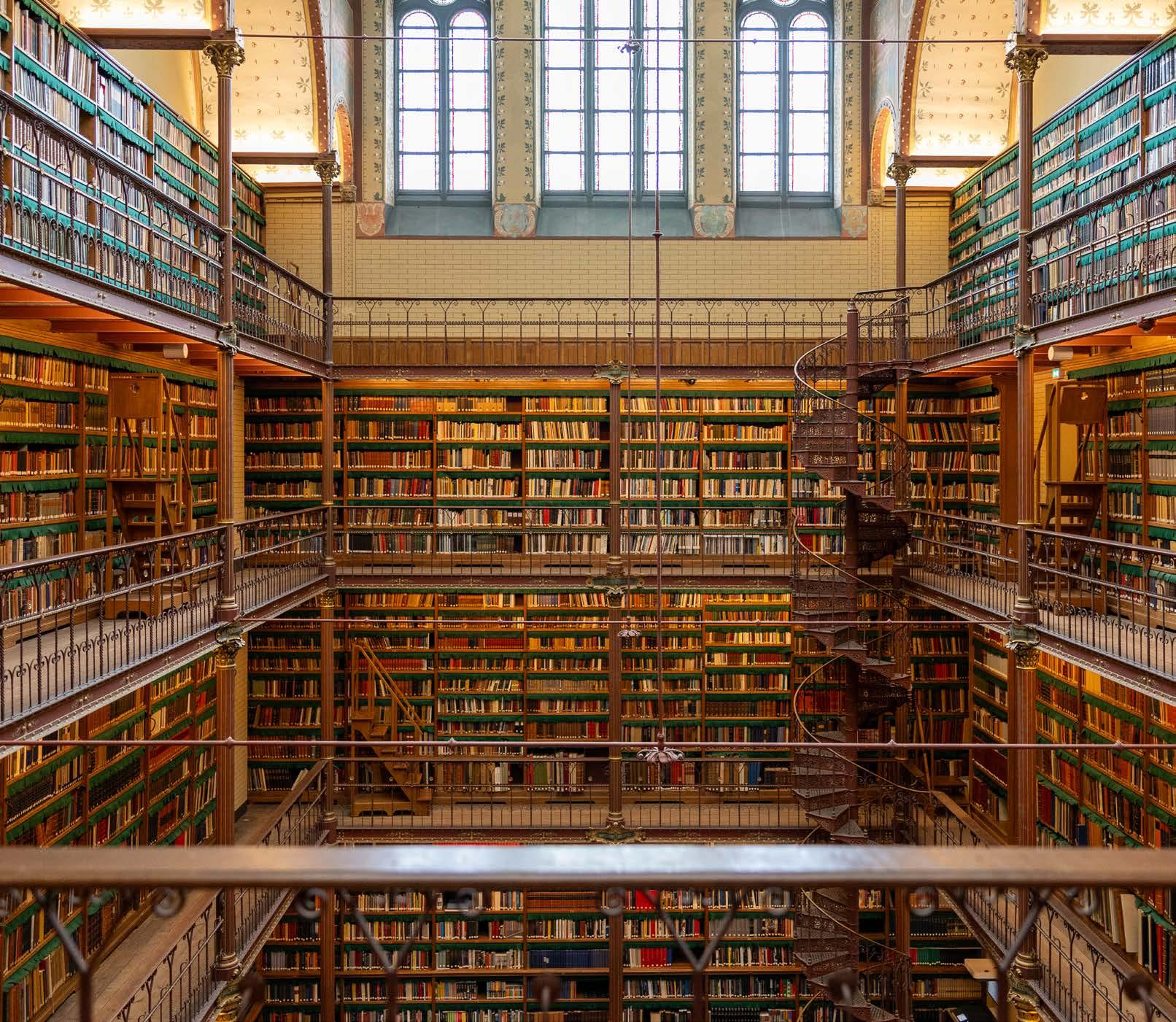
@artotel 38 CURATED / Spend an afternoon at the Rijksmuseum
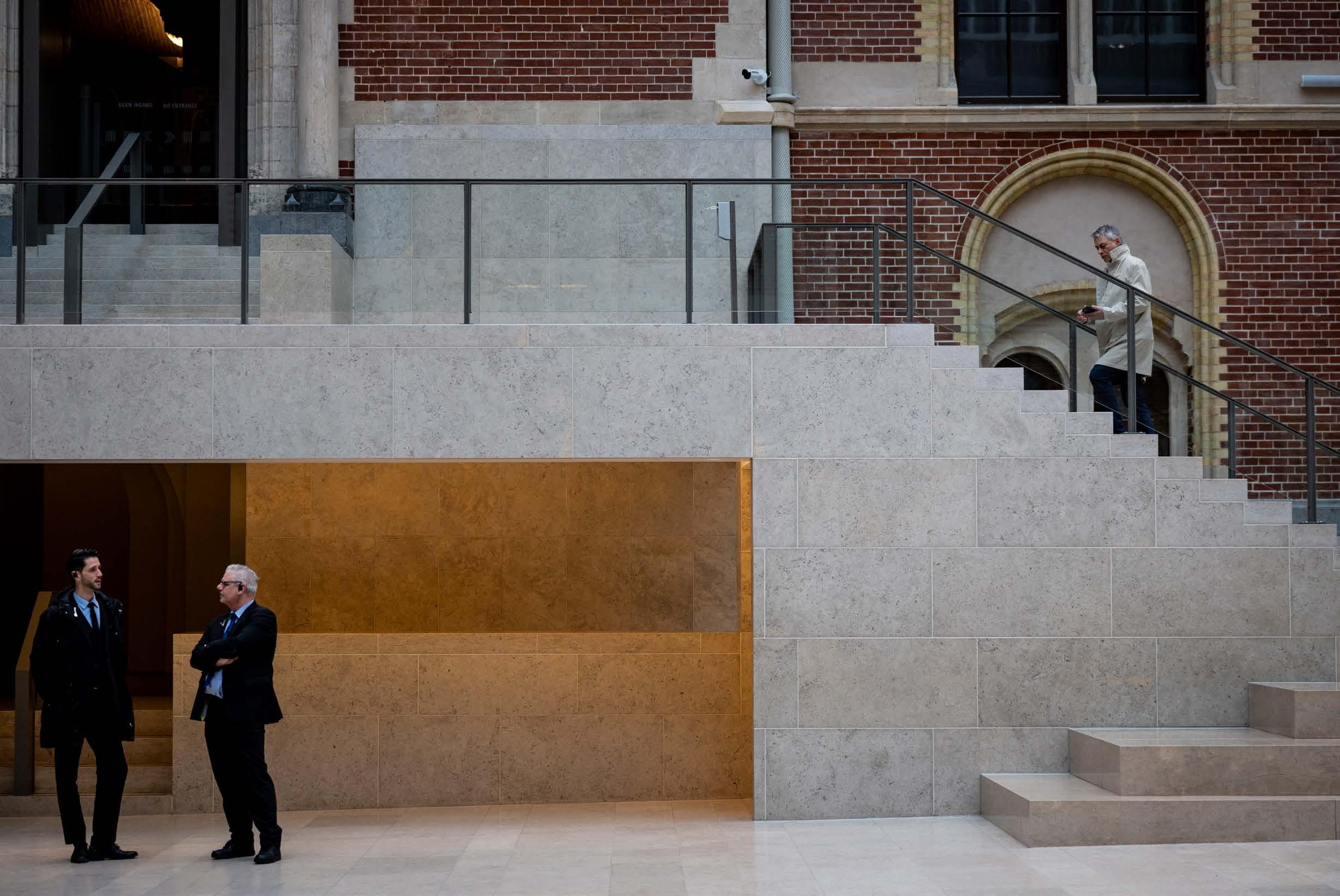
The
Perhaps one of the museum’s most admirable and crucial initiatives is increasing the presence and representation in its collection of colonised and marginalised groups that have been historically excluded from these spaces. Nick directs us to a large iron kettle and explains this was used by enslaved individuals to boil sugar cane juice, the first step to producing crystalised sugar. Recognising that the luxury items in the collection like porcelain sugar bowls, enjoyed by the elite, weren’t possible without oppression is a step towards a well-rounded understanding of history that hasn’t always been available. Another standout: “two salt cellars” by Johannes Lutma, with a description focused on the story of these items in the context of Jewish families during the Second World War.
At this point we’ve spent a couple hours looking, listening and learning and it feels like a good time for a break from the buzzing crowds.
If you’re someone who needs a moment of quiet respite from large groups, Nick recommends the Asian pavilion. Not only does this hold an exceptional collection, but its overall design and lighter foot traffic makes it a great spot to slow down, take a seat and chill. Of course, there’s also the restaurant and gift shop for a time out, too (hello, exclusive collectibles and all things Miffy).
If you’re a fan of a quality souvenir, you’ll be hardpressed to find better elsewhere in Amsterdam.
Before we depart, I ask Nick if he can give me a quickfire guide for The Rijksmuseum that would work for most visitors. These are his top suggestions:
1. Know before you go! Take a look at the collection online to get an idea of what’s inside and what you might want to see.
2. Don’t try and see all of it at once. You’ll get more out of the experience by focusing on a few key pieces and spending time with them versus quickly floating through every room.
3. Two hours is a healthy timeframe for your visit, especially if it’s your first.
4. Download the app if you want to experience the enrichment of a tour with the ability to move at your own pace.
5. Special exhibitions are always rotating and programming changes with the seasons, so take these into consideration when planning your visit (especially for those with kids).
Rijksmuseum is located at Museumstraat 1 in Amsterdam and open daily from 0900 to 1700
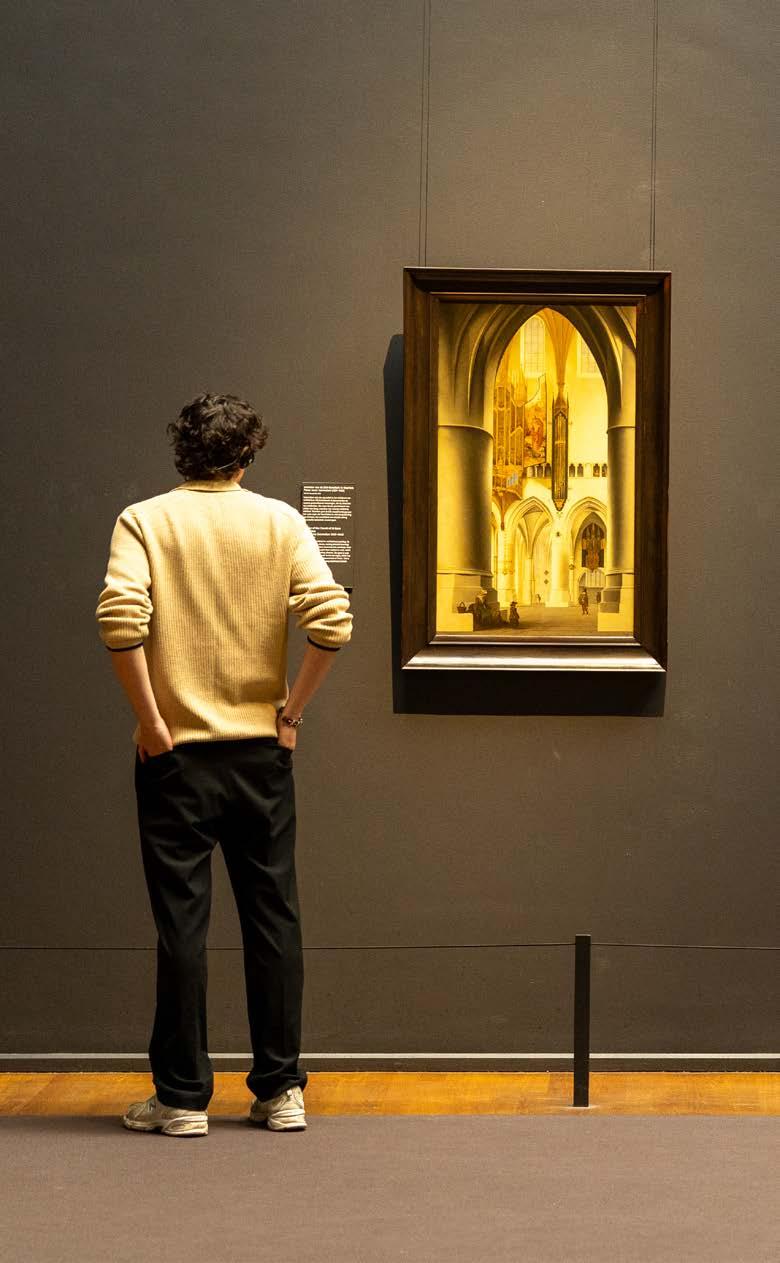
artotel.com 39 CURATED / Spend an afternoon at the Rijksmuseum
Catching up with
ART’OTEL AMSTERDAM ALUMNI

We sat down with friends, curators and former exhibitors to see what they’ve been up to
Words by Emily Haycock
CURATED / art’otel gallery alumni 40
Images by Emanuel Vlasev & Contributors
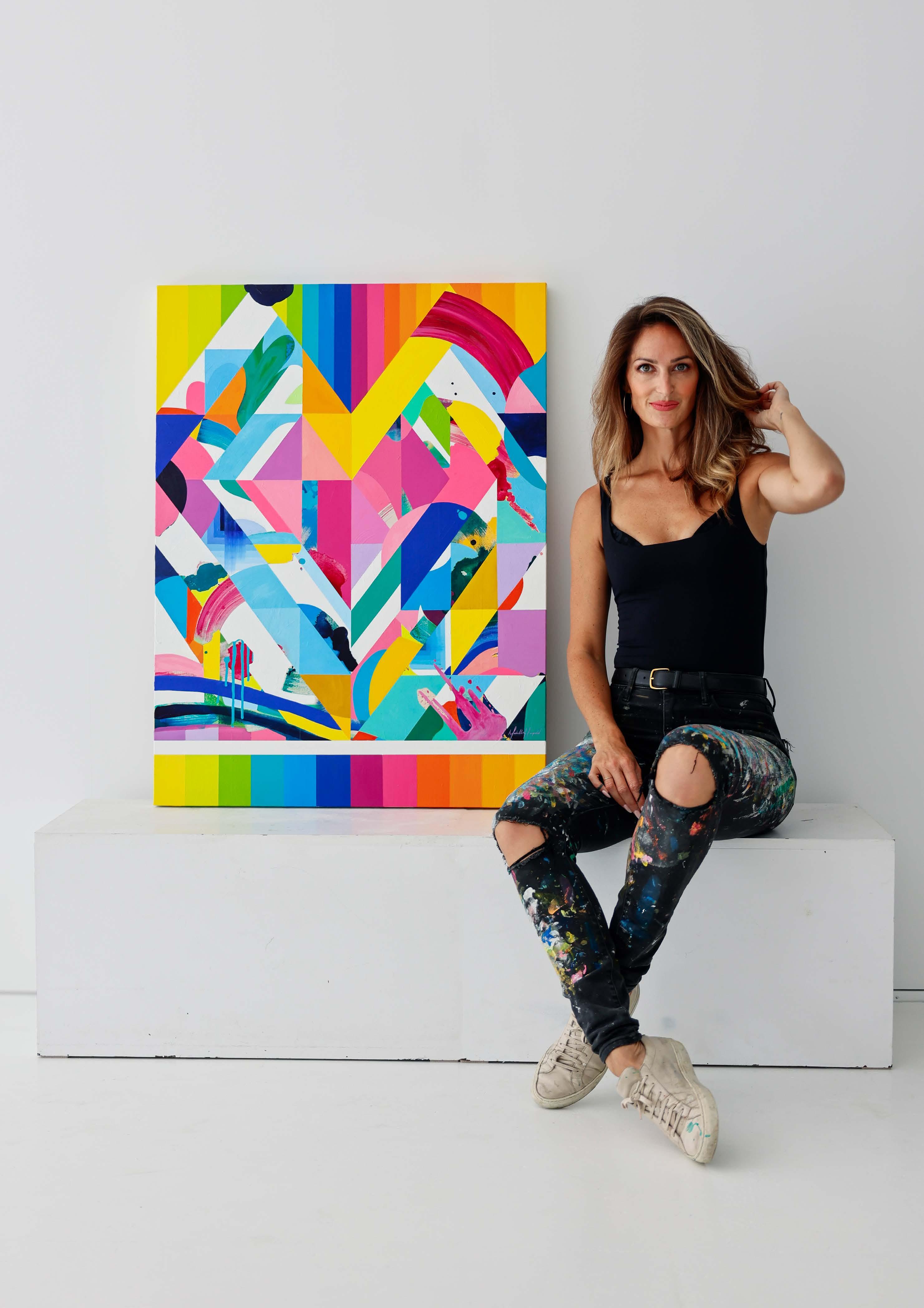
CURATED / art’otel gallery alumni 41
Michelle Hoogveld
“Having your work shown opposite the Centraal Station in Amsterdam is massive!”

It might seem like stating the obvious, but the intersection of hospitality and art is the heart of what we do here at art’otel. For us, the Signature Artists are only the beginning. Our cultural programme, art’beat, offers artists from around the world the opportunity to exhibit their work, connect with their communities, and network with their peers. The Gallery at art’otel Amsterdam is one of our key spaces to do this.
On a recent visit to the Dutch capital, we sat down with five incredible artists who have exhibited with us before to catch up on what they’ve been doing since we last saw them on the walls of our hotel. Dive into Amsterdam’s vibrant artistic scene as we chat to: Nouchka Huijg, better known as Nouch, a talented illustrator whose artwork comes to life in the form of intricate characters. IVES One, a contemporary street artist and founder of Amsterdam Street Art and creative director Lars Brehm, both curators of the art’otel Gallery. Next, we have the colourful Michelle Hoogveld, whose art stems from loving connections combined with colour theory, creating pieces layered with vivid patterns. And finally, Chinny Bond. His unique method, influenced by his combined interest in mathematical concepts and the fine arts, creates a visual feast for the eyes.
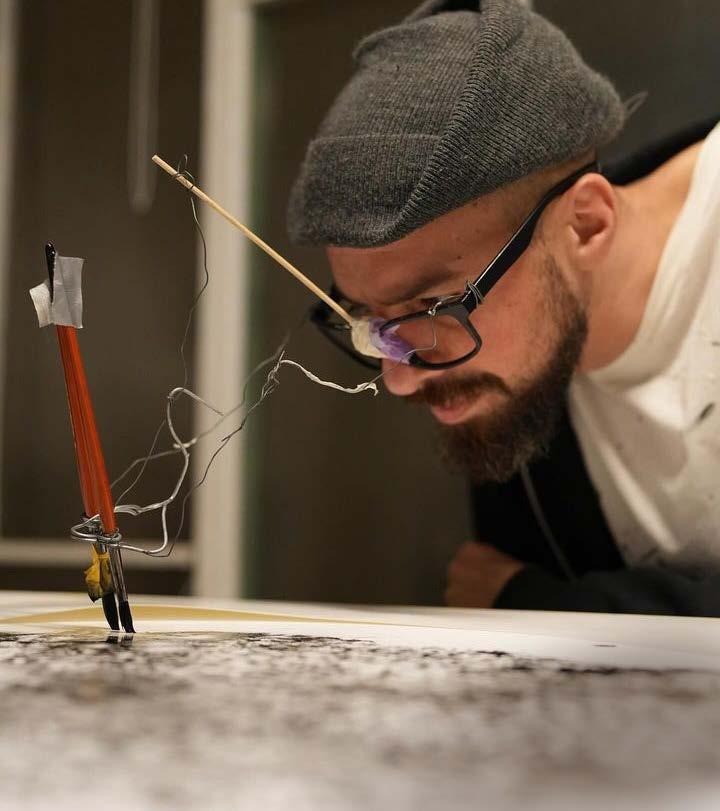
Chinny Bond
These talented alumni were asked the same set of questions, and we got a fresh glimpse into the personalities behind the art, and the profound impact the city of Amsterdam has had on their individual creative journeys.
Let’s get to know you a little bit! If you could only use three word to describe yourself, which would you choose?
Nouch: “Whimsical airhead.”
IVES One: “Creative, positive, and hard-working.”
Michelle Hoogveld: “Optimistic, Driven and a Dreamer.”
Lars Brehm: “Openminded - Creative –Amsterdam.”
Chinny Bond: “Abstract. Explorational. Circumstantial.”
Can you describe your art practice in 2 sentences or less?
Nouch: “Using eco-friendly inks and paints I draw multitudes of animals and children, often on paper but preferably on walls in public spaces. In a graphic, spontaneous style I allow the creatures to express themselves and relate to the space around them.”
Michelle Hoogveld: “My art is about the discovery of love, connection, who we are as people, our surroundings, and the emotional resonance of colour. Imagine vivid patterns, abstract shapes, sweeping brushstrokes and pools of colour.”
Lars Brehm: “Always looking for creative solutions with a small preference to look for boundaries to embrace raw urban street culture.”
When did you first become interested in art (or how long have you been working as an artist)?
Nouch: “I’ve been drawing ever since I was a child; I trained as an illustrator and gradually drifted into art. I’ve been selling autonomous drawings for quite some time now, and the murals have been proliferating since 2018.”
IVES One: “It all started with graffiti; I started painting graffiti in 1996 around 2000 I started getting more interested in art around 2003 I made the switch to becoming an artist.”
Michelle Hoogveld: “Since I was little, this need to create, whether it was redesigning my Barbie’s clothes, reaching for paint, writing poems, drawing with Mr. Sketch markers; this connection to art has always been within me.”
Lars Brehm: “Since I was a little kid I was interested in most forms of art. This can be cartoons, drawing and graffiti but also fashion, photography, and night life.”
Chinny Bond: “I started drawing regularly when I was about 14, but before that I always felt I would be an inventor. After the advice of my parents to study engineering or design I still went to pursue fine arts.”
@artotel
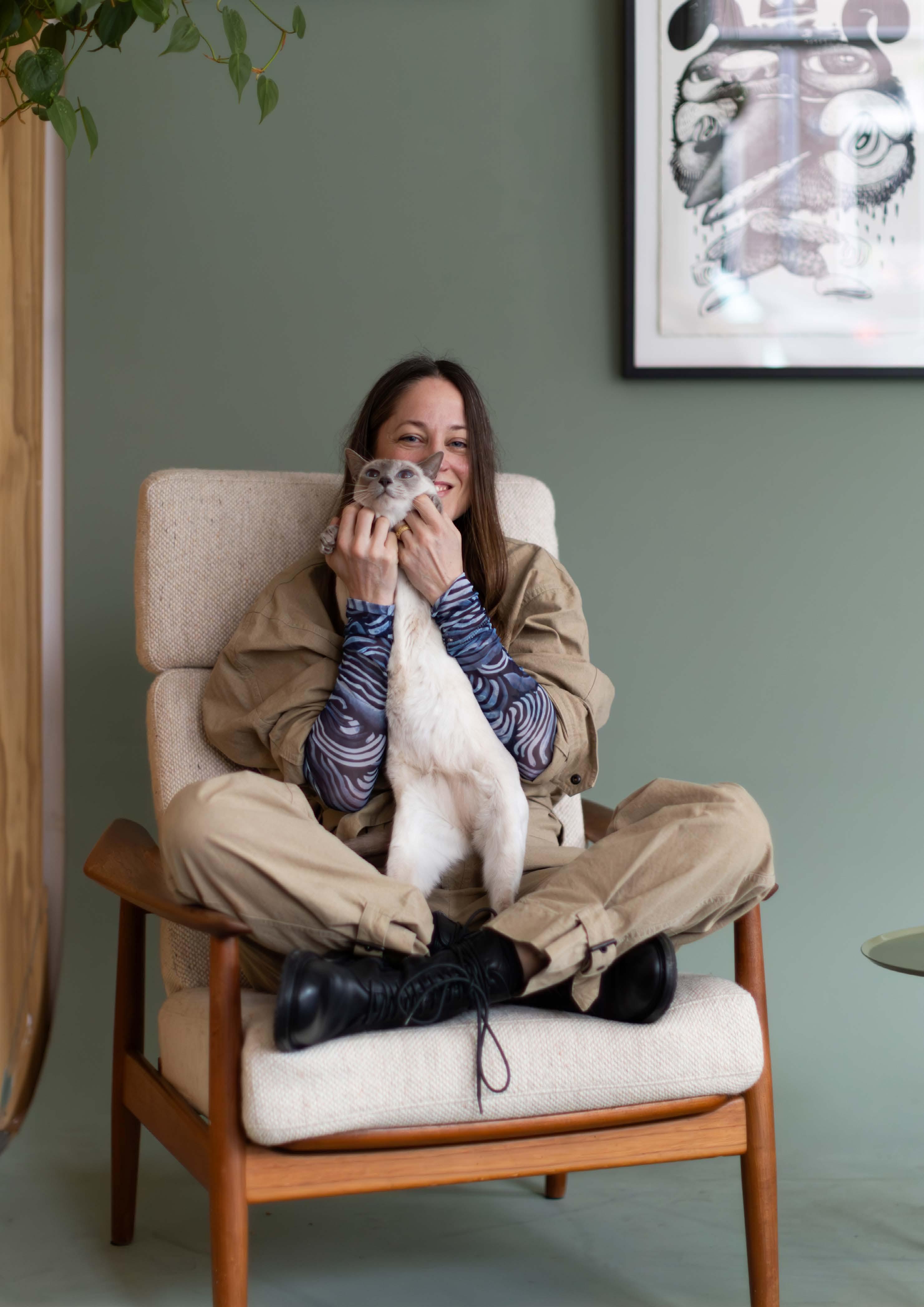
“The ’air-head’ creatures I draw and paint are a reflection of my inner thoughts and feelings.”
Nouch
“My favourite spot in Amsterdam is for as long as it lasts, The Secret Garden.”
What’s your favourite subject to capture in your work?
Nouch: “There’s no favourite subject: the ‘airhead’ creatures I draw and paint are a reflection of my inner thoughts and feelings, which obviously also concern the world we live in today.”
IVES One: “Portraits and cartoons.”
Michelle Hoogveld: “The world in full colour!”
Lars Brehm: “I love to add nostalgic images of the city of Amsterdam into my work and like to combine these with raw structures and urban subjects executed with spray paint.”
Chinny Bond: “At this moment I am enjoying working with the concept of time and energy in my new studies.”
Which art’otel exhibition did you participate in?
IVES One: “The latest one, the current exhibition Urban Wildlife.”
Michelle Hoogveld: “ABSTRACTALIZM - The show featured bold colours, lines, and patterns, with a line-up of 7 abstract artists curated by ASA.”
Lars Brehm: “The past years I’ve been the curator of the art’otel Gallery and did various shows all with a different theme. There was one show that was a one-on-one match with my personal preference and my own type of art. This was the “Naar de gallemiezen, an Amsterdam Love Story” exhibition in 2022.”
Chinny Bond: “I participated in ABSTRACTALIZM in 2022. It was a solid lineup. I must say that all works were bouncing nicely off each other, and it was a vibrant set of works put together by the ASA guys.”
What was that experience like?
IVES One: “I love being part of this gallery, it’s a beautiful place with a very vibrant and positive vibe.”
Michelle Hoogveld: “Cruising the canals and streets like a little biker gang, it was a non-stop adventure from the moment I flew in. Grabbing my paint mask and cans, it all started by bringing a mural to life inside the gallery space of art’otel. On the opening night of ABSTRACTALIZM, with multicoloured spotlights, a full house, custom crafted cocktails, and beats on point, the show definitely had a vibe.”
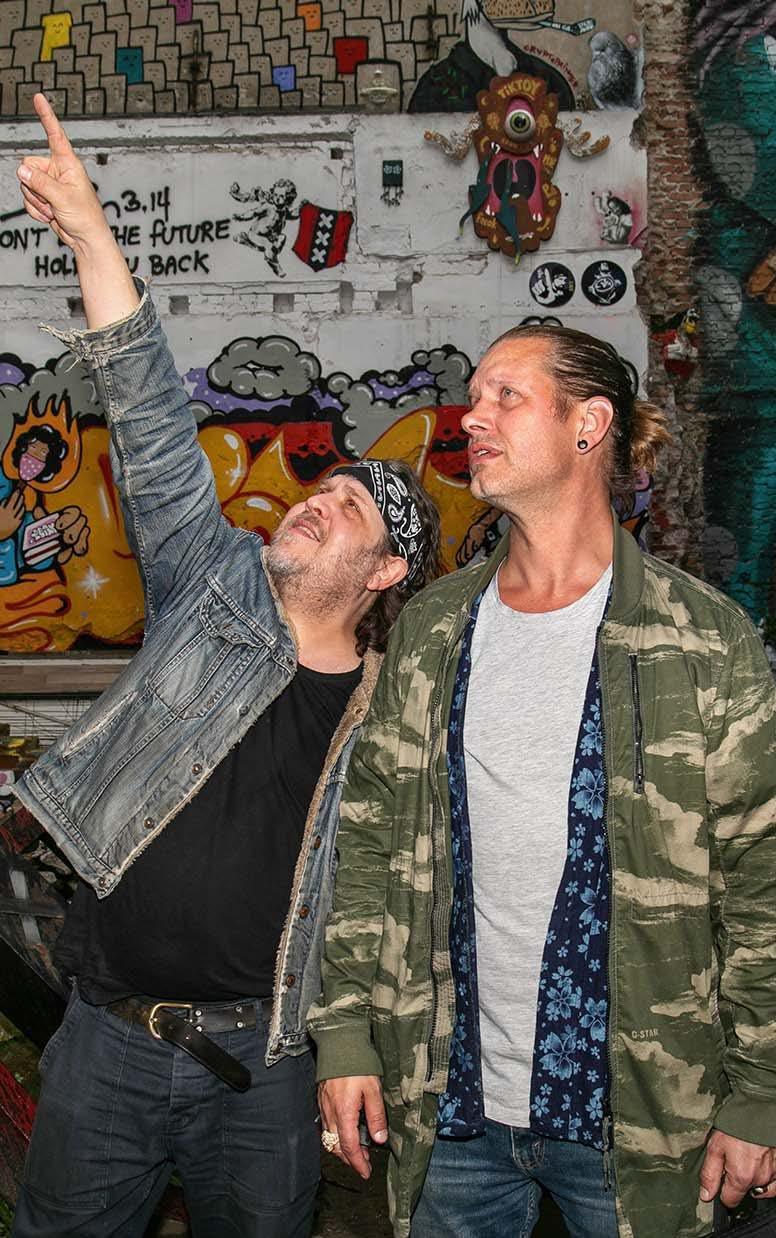
Lars Brehm: “For me this was a really unique experience since I had the opportunity to invite artists that I looked up to since I was a kid. They all came from Amsterdam and I’ve seen their work on the streets, during exhibitions, fashion shows and nightlife. For me everything came together, and it was a real honour to curate and produce this show.”
Chinny Bond: “It was great when I got the call that I was invited to be part of the expo next to some of my heroes and friends. You must realise that having your work showing opposite the Centraal Station in Amsterdam is massive! It gave me an opportunity to finish some large works I had in process and needed the right place to be shown.”
Do you prefer group shows or solo shows?
Nouch: “Actually, I love to work in public spaces, where people can see me paint and come across my work by accident. I usually work alone but I can imagine working on a large mural with other artists.”
Lars Brehm
IVES One: “A solo is always good for your ego, but being part of a group show is cool as you meet new artists.”
Michelle Hoogveld: “A solo really allows you to bring a body of work together as a story, a world for who we are as an artist, right here, right now. There’s something really special about taking over a space in that way. On the flip side, with a group show, the opening nights are always set to be a blast.”
Lars Brehm: “I like group shows since there is way more experience for the visitors and it’s also nice to see artists meet each other and new plans are getting formed.”
Chinny Bond: “There is an intrinsic beauty to both experiences.”
What’s your dream collaboration (brand or artist)?
Nouch: “William Kentridge, Marina Abramović, Kitt Bennett.”
Michelle Hoogveld: “Firstly, Nike - to design a shoe,
@artotel 44 CURATED / art’otel gallery alumni
paint a basketball court, then organize an epic match where, full circle, professional athletes play on the court while wearing the shoes. Secondly, Prada/Gucci/Louis Vuitton - my dream is to work with a luxury designer to create a fashion collection featured on the runways during fashion week.”
Chinny Bond: “These types of questions lead to so many more questions… like if I chose Salvador Dali…. Would he travel in time to be here to hang out with me and discuss time and space? Or would I go back in time to just paint with him after eating some tapas and going to chat with other guys in Paris…. or would we exist in a small paradox place in which him and I exist only in a room where we can only paint and talk about art? So, to avoid that I would say I would like to make a mandala on the floor with the Dalai Lama.”
What’s your favourite spot in Amsterdam?
Nouch: “Any place where you can have a coffee and sit to work and draw. Three lovely ones: Amstel Hotel, Bar Jones (in the Nes, centre of Amsterdam), and this year, the Coffee Company.”
IVES One: “I love eating a sandwich at Dobben and having a drink at Cafe Belgique and then the ferry ride to NDSM.”
Michelle Hoogveld: “The flower markets and cool little coffee shops to fuel my love for matcha.”
Lars Brehm: “My favourite spot in Amsterdam is for as long as it lasts, The Secret Garden. This spot in the middle of the city centre of Amsterdam is a true melting pot of creativity. I love to spend some time here eating a sandwich from Nicholas Groente & Fruit and hang out with other artists, paint something or discuss future projects.”
Chinny Bond: “At this point in time my favourite place in Amsterdam is The Secret Garden. I know Cafe Belgique is and will always be our spot for artists. The Secret Garden is a project that I am proud to be part of. It’s been 3 years of inviting and working with artists to keep this place being a cultural centre point of the city. It will finish in the end of the summer of 2024. So, for now, I will enjoy that place while it lasts.”
What’s up next for you this year?
Nouch: “I have a show coming up in Amsterdam at Hotel Arena, and I’m working on several concepts for walls in Amsterdam. In the meantime, I’m thinking of ways to transform my air-heads into 3D sculptures.”
IVES One: “I’m always looking for new opportunities to paint big murals.”
Michelle Hoogveld: “2024 has been an exciting year with the release of my first fashion collaboration with Hyba for Reitmans, featuring a collection of five activewear pieces in my signature style. After a recent trip to LA to complete a mural project in Venice Beach, and a surf trip to Nosara, Costa Rica, I am back in the studio focusing on canvas commissions and new works before heading to France for a mural in Brest, Bretagne. The rest of the year is lined up to be a good onestay tuned!”
Lars Brehm: “I’ve curated a big mural in the
western part of Amsterdam that artist Joost VijfB is going to paint. We will start the first week of April and beside the fact that it’s a huge wall it’s also a sort of entrance wall to the city center. It’s located next to the Westerpark area, a cultural hotspot, also nice to visit when in Amsterdam!”
Chinny Bond: “As an artist I will keep on working on my project of studying chaos and people are welcome to visit my studio in the building of the art collective VRIJPALEIS. As a curator I will be working on producing some exhibitions. More importantly I will aim to work on my production of large-scale painting and mural work.”
Where can people see or purchase your work?
Nouch: “For now, online: nouch.com/shop and my own studio in Amsterdam. Please feel very welcome to pass by anytime!”
“I love being part of this gallery, it’s a beautiful place with a very vibrant and positive vibe.”

IVES One: “Through my website ivesone.com and through different galleries like the GO Gallery and Amsterdam Street Art.”
Michelle Hoogveld: “Instagram@michellehoogveld and through my website www.michellehoogveld.com”
Lars Brehm: “My work is sold by GO Gallery Amsterdam but meanwhile I’ll be hosting several creative activities through Amsterdam Street Art so keep an eye on their socials. If you like to see of my personal work check out @beazarility.”
Chinny Bond: “People at the moment can go to PARADIGM gallery or contact me directly. It’s hard to show my work online, so come to Amsterdam, see my work in person at my studio and let’s have a chat about time and space and the universe.”
And there you have it! A little peek into the world of the artists who brought the art’otel Gallery to life. So, if you find yourself wandering the streets of Amsterdam feeling inspired, or if you’re simply dreaming of your next artistic escape, remember to keep an eye out for these brilliant minds and their remarkable creations.
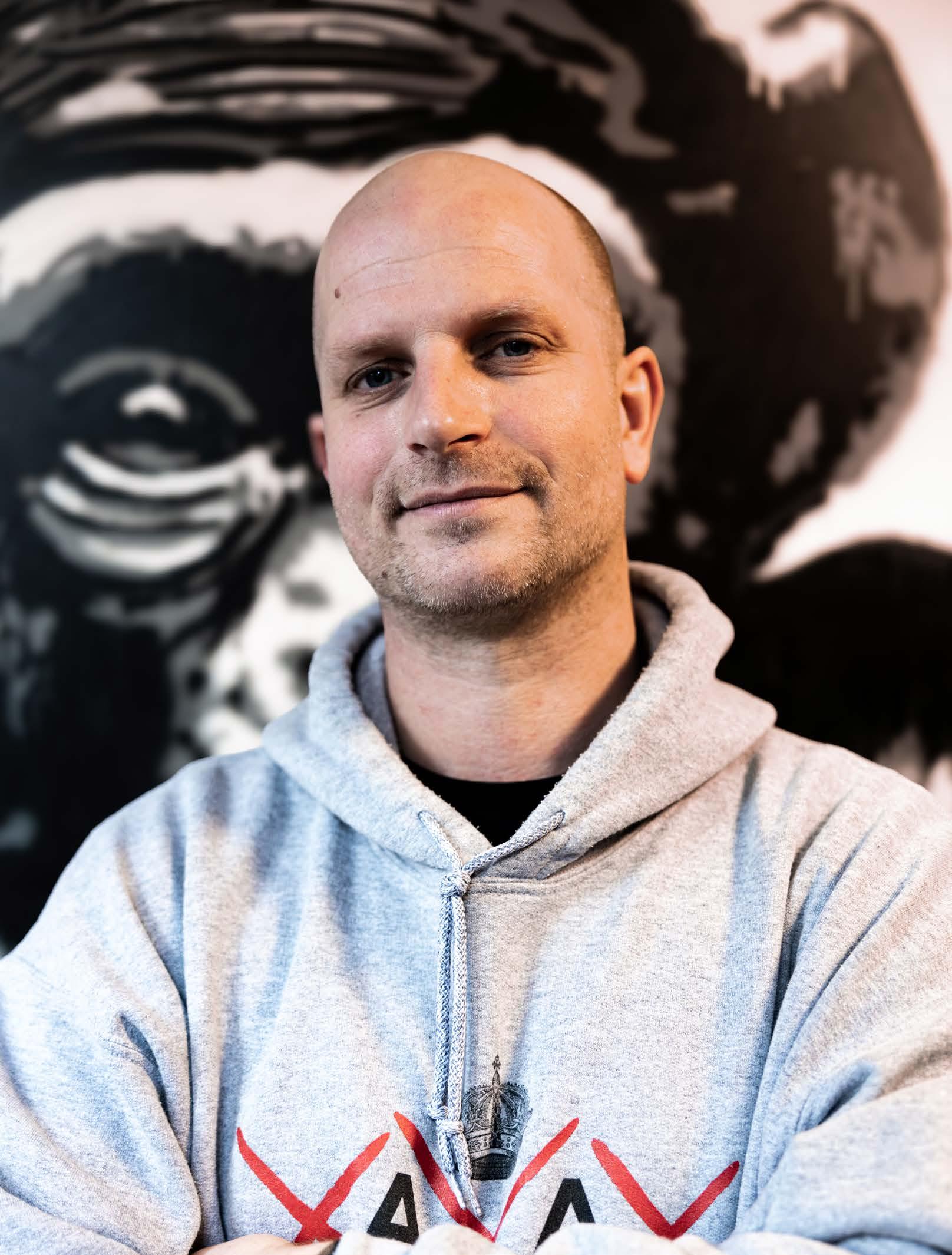
IVES One
artotel.com 45 CURATED / art’otel gallery alumni
Kölner Philharmonie (Cologne’s Philharmonic Hall)
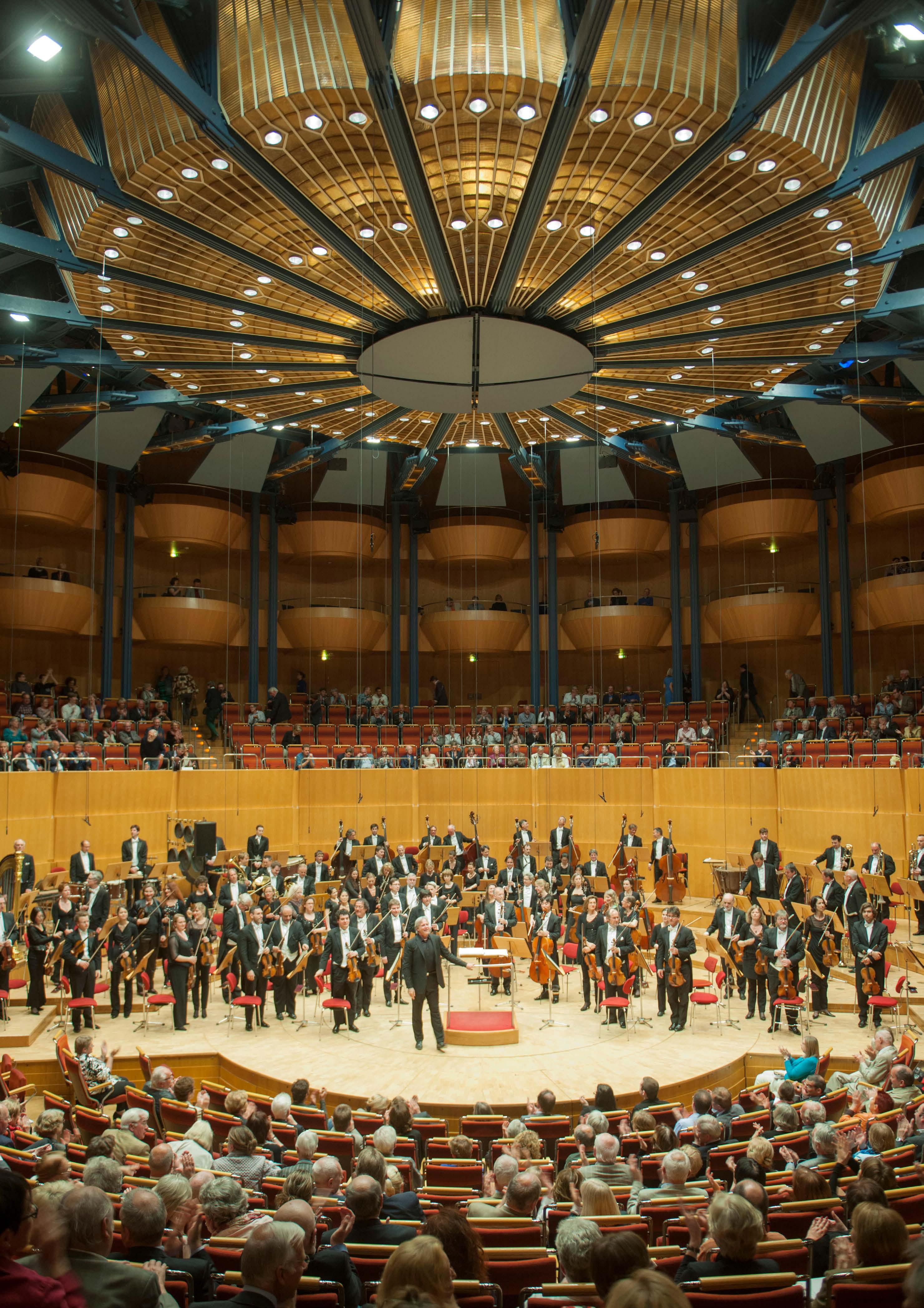
COLOGNE guided by your senses
Five must-dos in western Germany’s cultural capital
By Angharad Jones
A medley of architectural delights that span centuries. Some of the most impressive art collections in all of Europe. Legendary museums that cover the city’s innovative past, present, future, and creativity that knows no bounds… not to mention one dedicated entirely to chocolate. A carnival that lasts for months (seriously), and fun loving, laid-back residents that spill out of beer halls. Welcome to Cologne, western Germany’s cultural capital that is quite literally a feast for all the senses.
We recommend carving out a few days and taking your time as you embark on a sensorial adventure through Cologne. This city’s not to be rushed.
See: The tallest twin-spired church in the world, Cologne Cathedral
Cologne Cathedral (or Kölner Dom to the locals) stands at a whopping 515 ft, so wherever you are in the city, there’s no doubt you’ll be able to catch at least a glimpse of its impressive spires. Height aside, this building’s seen some things too. It dates to the 1200s when construction started… only to be finished more than 600 years later. Turns out it was worth the wait. You’ll marvel at its Gothic architecture, huge intricate stained glass windows, medieval design, and what seems like an impossible feat of engineering. If the idea of venturing up a 533-step spiral staircase doesn’t faze you, head to the top of the cathedral where you’ll be rewarded with the best views across Cologne. This UNESCO World Heritage Site is Germany’s most visited landmark, so we recommend getting there early to beat the crowds—plus you’ll see the city bathed in that glorious morning light.
Hear: Every type of music, live at Kölner Philharmonie
If you listen to one thing in Cologne, make it a piece of live music because in this city, you’re spoilt for choice. Kölner Philharmonie (Cologne’s Philharmonic Hall) has an amphitheatre-style architecture that is not only visually impressive but it produces acclaimed acoustics that make listening to every sound a real treat for the ears too.
As for the music itself, Kölner Philharmonie caters to all tastes. There’s at least one performance every day, ranging from classical music by international orchestras, to jazz, pop, and various concerts during Cologne’s famous ACHT BRÜCKEN (Eight Bridges) festival, that takes place over nine days every year in early May.
If you can’t book a seat, pop in on Thursdays at noon to watch a 30-minute orchestra rehearsal for free. It’s just the thing if you fancy some soothing classical music after walking around the Museum Ludwig next door (we highly recommend you do; it’s got one of the world’s largest Picasso collections).
Taste: Cold, crisp glasses of Kölsch in a brauhaus
Walk into any bar or brauhaus (brewery) in Cologne and you will see one drink being consumed by the locals: Kölsch. It’s a clear, light and crisp lager that Kölners are very proud of and with good reason—it’s the only beer in Germany to have a special protected geographical status, and there have been stipulations around what makes a real Kölsch for centuries.
In a brauhaus, the refills will keep coming until you place a coaster on top of your glass,
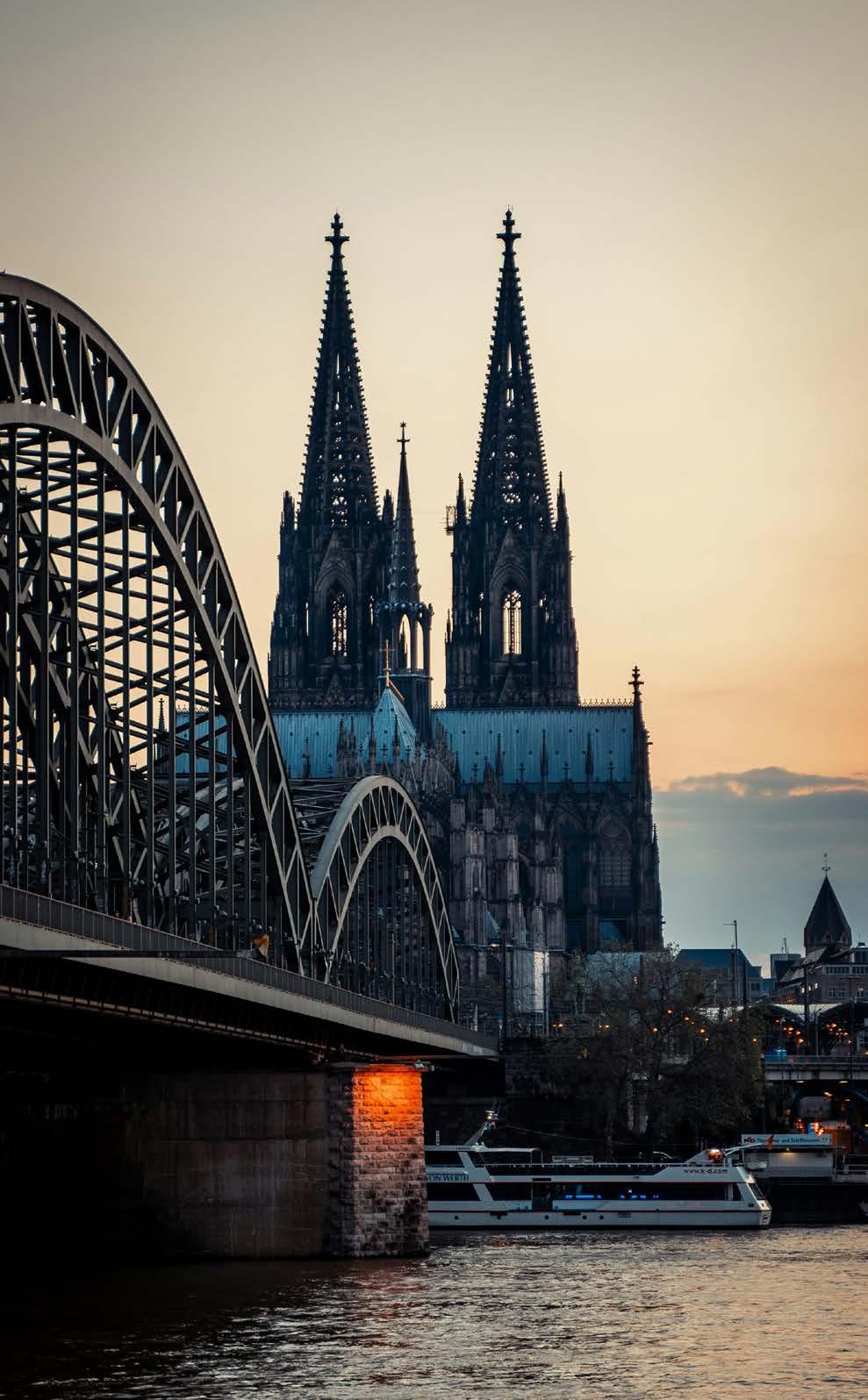
artotel.com 47 CURATED / A sensory tour of Cologne
Cologne Cathedral
so settle in and try a few glasses of a big part of Cologne’s culture. Head to Peter’s Brauhaus (Mühlengasse 1, 50667) for a classic experience in the Old Town, Haus Unkleback (Luxemburger Str. 260, 50937) for the best beer garden in the city and Brüsseler Platz, a small square in the Belgian Quarter where the Kölsch flows all night and you’ll no doubt befriend a local or two.
Smell: The original Eau de Cologne at Farina Fragrance Museum
In the early 1700s, Italian perfume maker Giovanni Maria Farina upped sticks and settled in Cologne. It was here that he created a light citrus perfume - think notes of bergamot, orange, grapefruit and lemon - and dedicated it to his new home. Eau de Cologne soon became the most coveted fragrance for royalty across Europe, spawning countless imitations, and is now a huge part of our collective fragrance lexicon. It all happened at his factory, which is now the Farina Fragrance Museum (Obenmarspforten 21, 5066). Here, you’ll be able to go to the original cellars where the first Eau de Cologne was concocted, see how the fragrance is made through interactive tours and choose a bottle of your favourite to take home with you. You can only visit with a reservation, so book ahead to make sure you get a spot.
Touch: Become a chocolatier at the Chocolate Museum
The Schokoladenmuseum Köln (Cologne’s Chocolate Museum) is a must for anyone with a sweet tooth, or simply a fascination in what goes into making that world-famous confectionery. This museum takes you on a journey through 5,000 years of chocolate history, shows you how a cocoa bean is transformed into your favourite truffle, and there’s a famous 3-metrehigh fountain that will change the way you view chocolate fondue forever. But that’s not all: you can also try your hand at becoming a chocolatier for the day. In the Chocolate Studio, you’ll be able to don an apron and chef’s hat and make your own sweet delicacies, guided by the experts (taste testing encouraged).
If you find yourself in Cologne in early November and like your chocolate with a side of partying, look out for Museumsnacht Köln (Museum Night). For one night only, museums and art galleries across the city stay open until 2am, adding DJs, drinks and dancing into the mix. Buy a ticket and you’ll be able to get into any of the 50+ locations across the city.
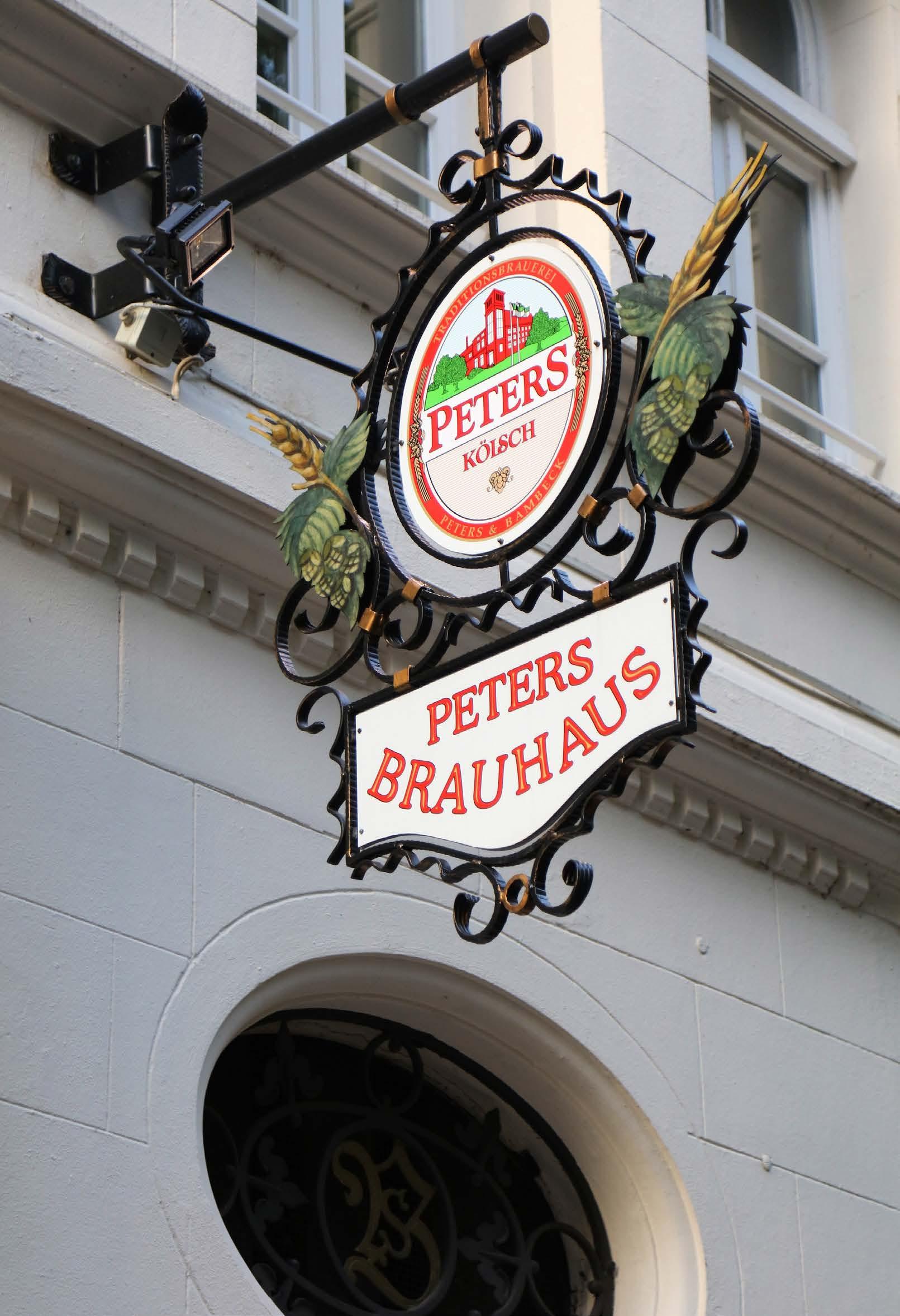
Head to Peter’s Brauhaus for a classic experience in the Old Town.
Try your hand at becoming a chocolatier

Ready to take every sense on an adventure?
Join us at art’otel Cologne, right on the Rhine River in Rheinauhafen with irresistible views of the harbour and Old Town. We’re also directly opposite the Chocolate Museum so you don’t need to go far for a taste of the good stuff.

Get Cosy in Cologne
@artotel 48 CURATED / A sensory tour of Cologne
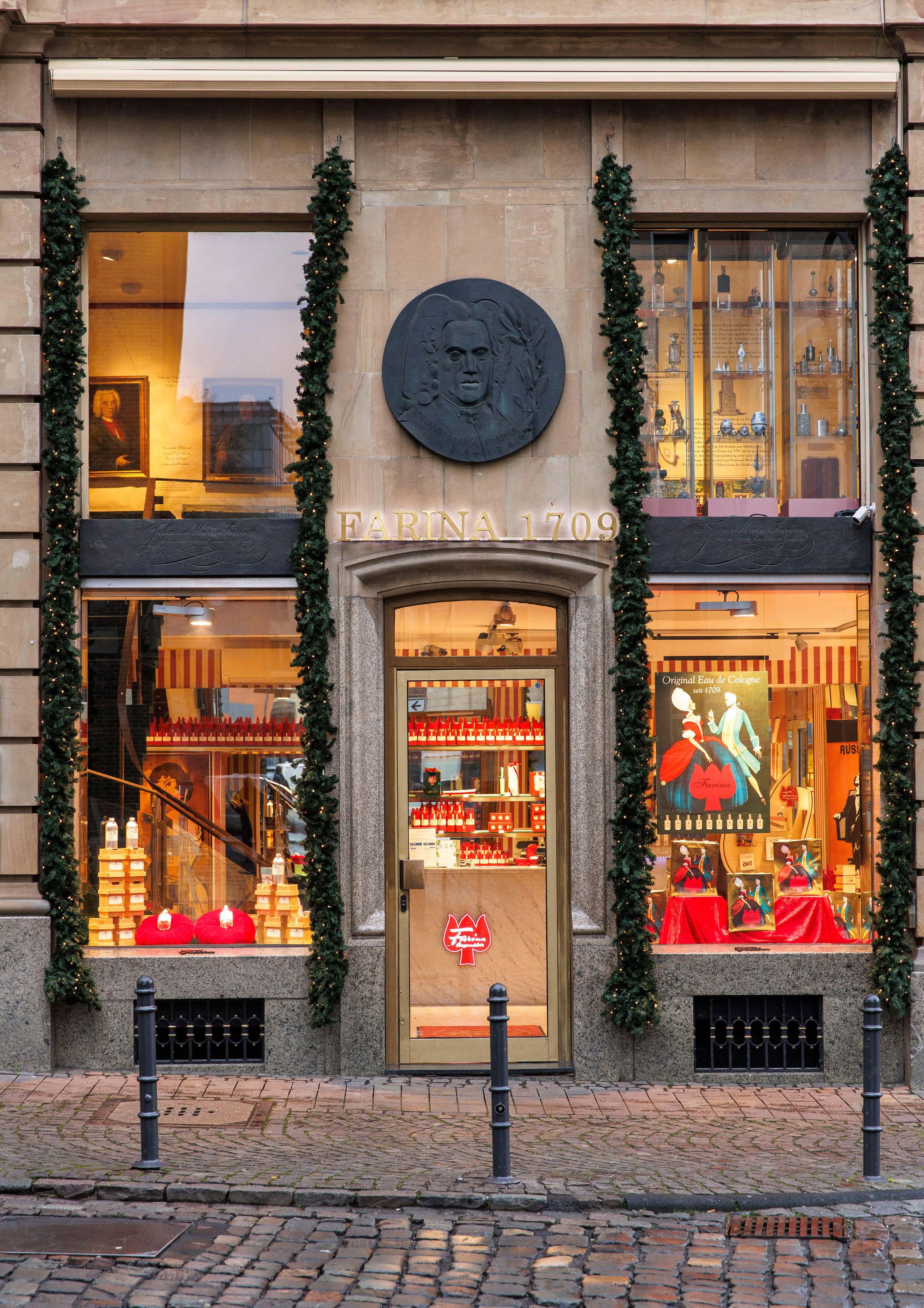 Farina Fragrance Museum (Obenmarspforten 21, 5066)
Farina Fragrance Museum (Obenmarspforten 21, 5066)
In conversation with

20 years
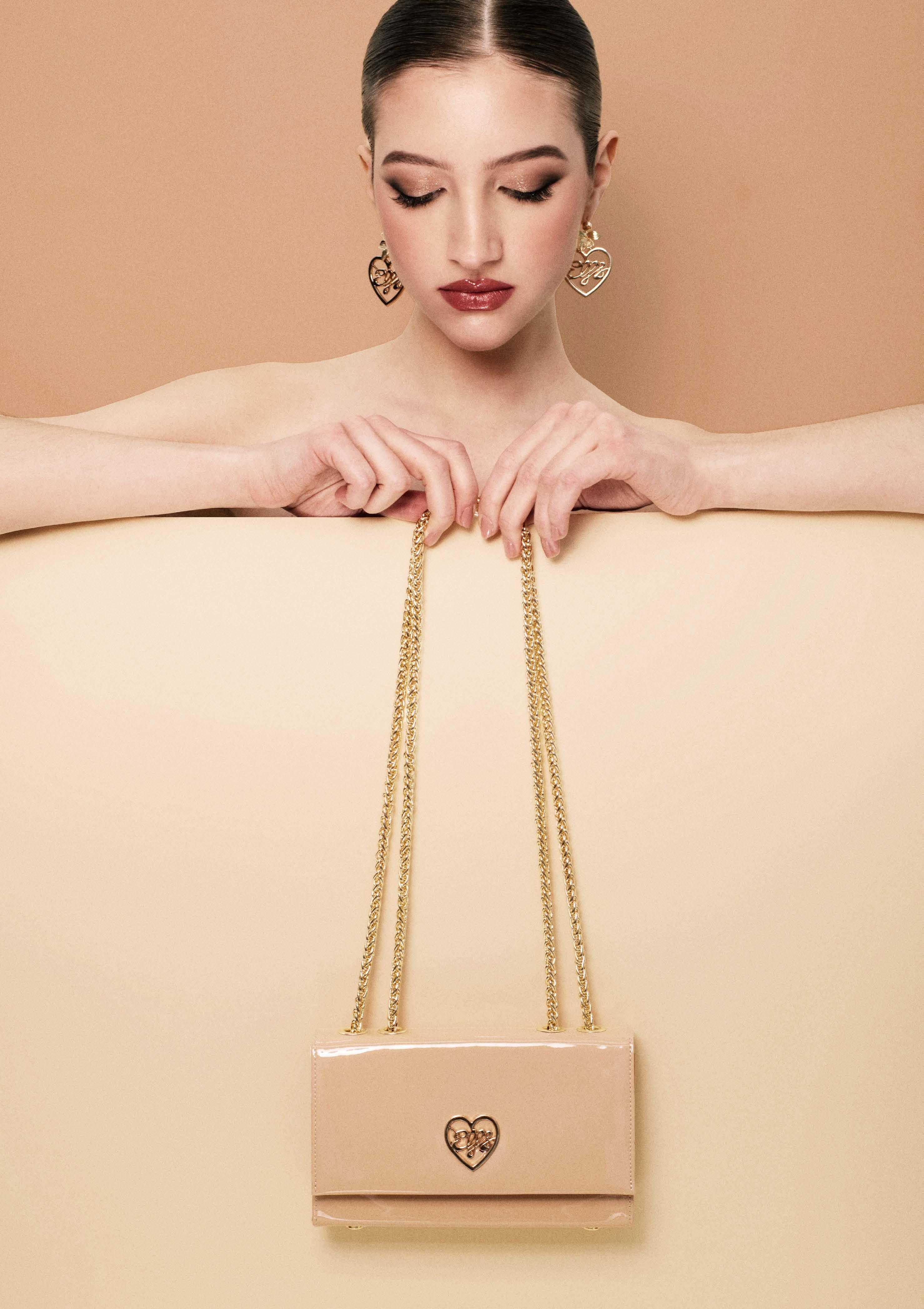 By Angharad Jones
Celebrating
of the playful Croatian fashion brand
By Angharad Jones
Celebrating
of the playful Croatian fashion brand
Hit the runway with founders Ivan Tandarić and Aleksandar Šekuljica
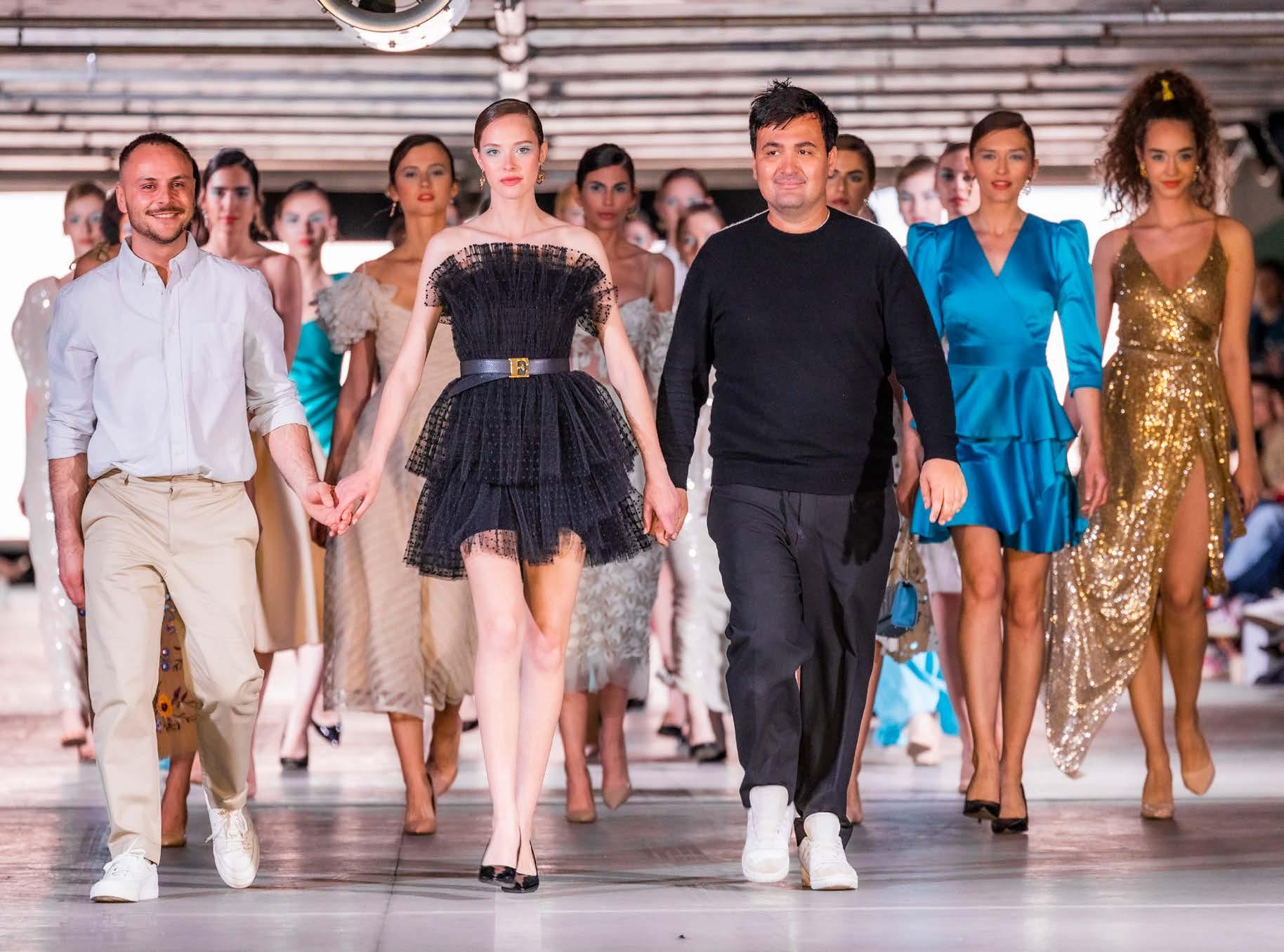
Croatia is no stranger to fashion innovation. After all, this was the country that brought us the cravat, first worn by soldiers during the Thirty Years’ War, and adopted by discerning gents the world over ever since. No more is this fashion-forward nature evident than in the capital. In Zagreb, you’ll find an enviable mix of stores and brands that pay homage to the city’s rich heritage, all while embracing contemporary design and a personality all of their own.
Walk almost any street in Zagreb and you’ll find a boutique or market stall worth poking your head into. But ask any stylishly-dressed local where to go for the best homegrown fashion and they’ll no doubt mention ELFS (Ulica Milana Amruša 19). For the past 20 years, ELFS has played a huge part in shaping the Croatian fashion scene through its clothing and accessories that blend a sense of fun and playfulness with high-quality design and craftsmanship. It’s a little bit kitsch, a little bit tongue in cheek, but it strikes the balance right so it’s all very wearable. Think pleated dresses with a
bubble hem and oversized bows, tops fashioned after exposed corsets and faux fur coats worthy of any mob wife. As well as womenswear, the brand has branched out into menswear, kids clothing and a few lifestyle pieces for dressing up your home too. It’s a brand beloved by celebrities and the style set, as seen at its legendary fashion shows that are the hottest ticket in town each season. A must on the Zagreb fashion calendar, these shows are loved for their party atmosphere, creative productions and often live music that accompanies the models’ struts down the runway. Like the brand itself, it’s always vibrant, always celebratory and always inclusive.
This year, ELFS celebrates its 20-year anniversary. It’s a testament to the brand that they’ve lasted this long in an industry that’s constantly in flux and faces new challenges in technology, supply chains, and customer demands year after year. Founders Ivan Tandarić and Aleksandar Šekuljica, who met while studying at Zagreb’s TTF (Faculty of Textile Technology), seem to be taking it all in their stride though. We sat down with the designers to find out the secret to their success, what the brand means for Croatian fashion, and what, exactly, is behind the name ELFS…
Tell us a little bit about your story—can you remember the day you met? How did it happen and what was your first impression of each other?
We met at the college entrance exam. I (Aleksandar) was the first to arrive and I realised that there was not a single boy in my group, there were just girls.
After about 15 minutes, Ivan came to the door with a statement: “I see that you have Ivana Tandarić on the list and I am Ivan Tandarić, so if that Ivana girl is not there, can I come in, please?” We all laughed, and so we started talking as the only guys in the group… that was our first meeting.
When and why did you decide to get into business together?
We didn’t have an internship at the university, so we started working on the ELFS brand with a desire to do something and learn how to be designers. We both graduated with a case study in ELFS and I like to say that ELFS was our student internship at our own expense. It was exciting, we had our first fashion show while we were students in 2004.
Where does the brand name come from?
There is no meaning behind this name. It was easier to make up some words that didn’t have a specific meaning than to have our last names on T-shirts.
What inspires you?
The most inspiring thing to us is our clients and their needs. That’s what guides us.
How do you approach a new collection?
When we are creating a new collection, we try to design something new for our customers. We always try to create something new in their style, something they are missing and maybe don’t know that that’s what they are looking for.
artotel.com 51 CURATED / In conversation with ELFS
Do you have a favourite season or category to design for?
Ivan prefers the spring/summer season, and Aleksandar prefers the autumn/winter season.
What has been your proudest moment as a brand so far?
We are especially proud of our first ELFS store that we opened in 2009. What’s most interesting is that until 2018, this store was at the same address that this hotel is at today, at Amruševa.
How do you define Croatian fashion?
ELFS is celebrating 20 years [this year] and over the past two decades, the fashion scene has undergone significant changes, likely due to shifts in trends, technology, and consumer behaviour. There are now many fashion brands in the market, each catering to different audiences with their unique styles and offerings.
Our brand has reached a significant milestone of 20 years in the fashion industry, indicating longevity and success. Today’s consumers are more discerning than ever, valuing quality, authenticity, and variety in their fashion choices. Meeting these demands is crucial for maintaining relevance and loyalty among your audience.
Overall, modern Croatian fashion is characterised by a blend of tradition and innovation, craftsmanship and creativity, resulting in a diverse and dynamic landscape.
Why do you think ELFS resonates so much for Croatian customers?
ELFS is known for its high-quality craftsmanship and attention to detail. Customers appreciate the durability and longevity of ELFS products, making them a worthwhile investment in their wardrobe. ELFS embodies a sense of modern identity, resonating with customers who appreciate unique fashion styles. ELFS offers a distinctive aesthetic characterised by modern designs, vibrant colours, and playful patterns.
This unique style sets the brand apart from [our] competitors and appeals to customers looking for fashion-forward and statement-making pieces. Our collections offer inclusive sizing options, catering to a diverse range of body types and sizes. This commitment to inclusivity and body positivity resonates with customers who value representation and diversity in the fashion industry.
Every brand says it but we put our customer first. We actively engage with our customers through social media, events, and promotions, fostering a


@artotel 52 CURATED / In conversation with ELFS
Step into the ELFS Zagreb flagship location
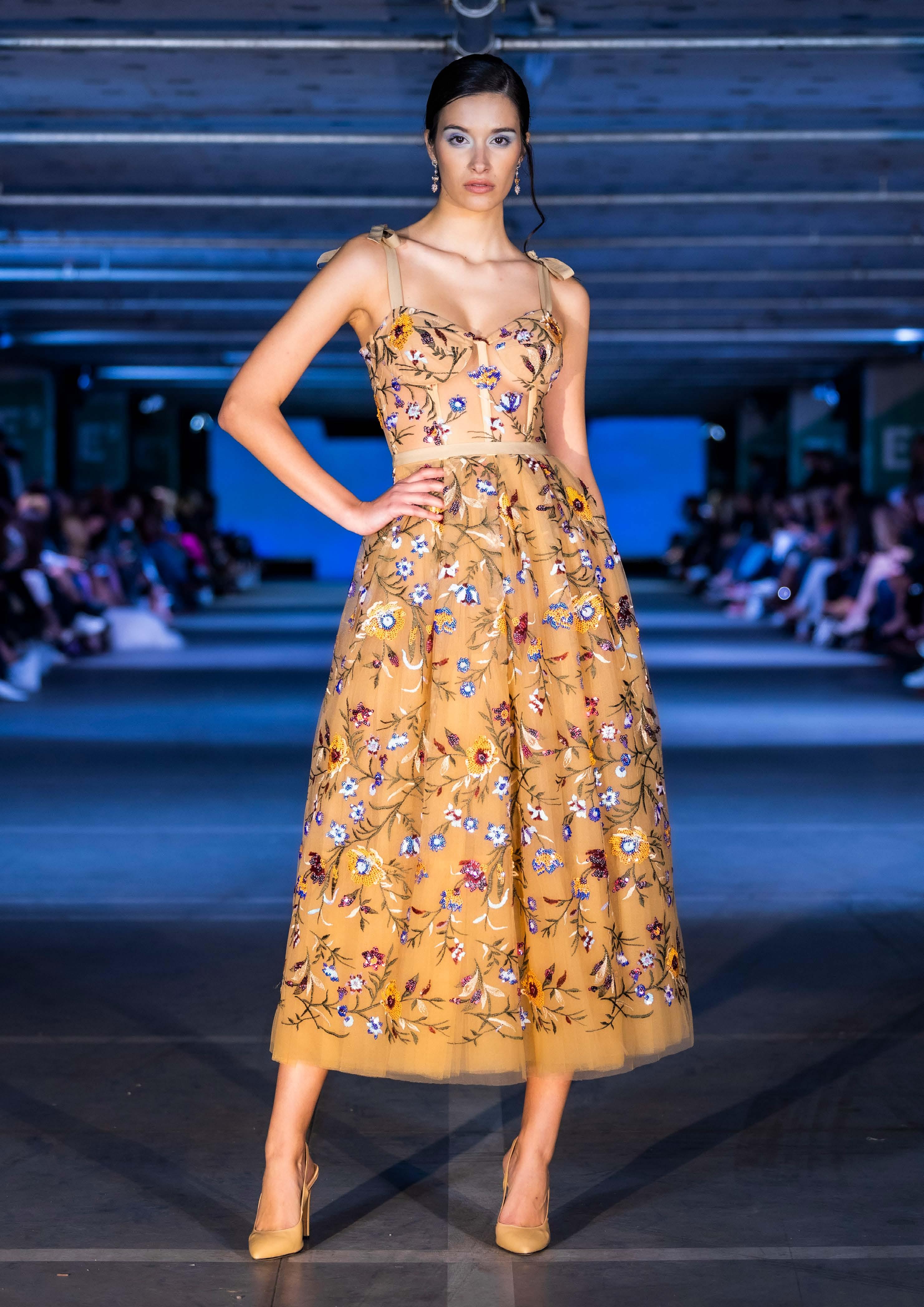
ELFS fashion shows are the hottest ticket in town
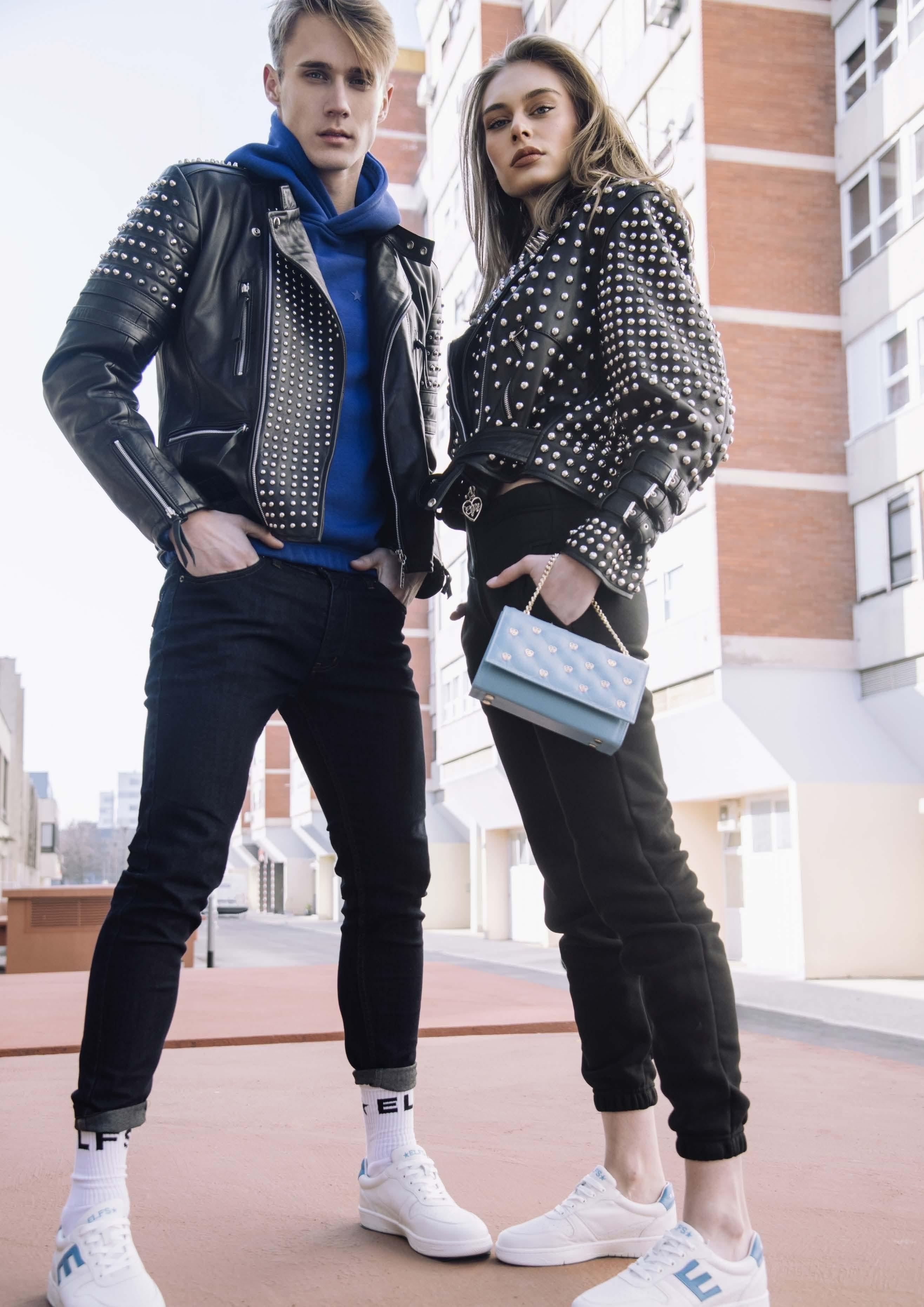
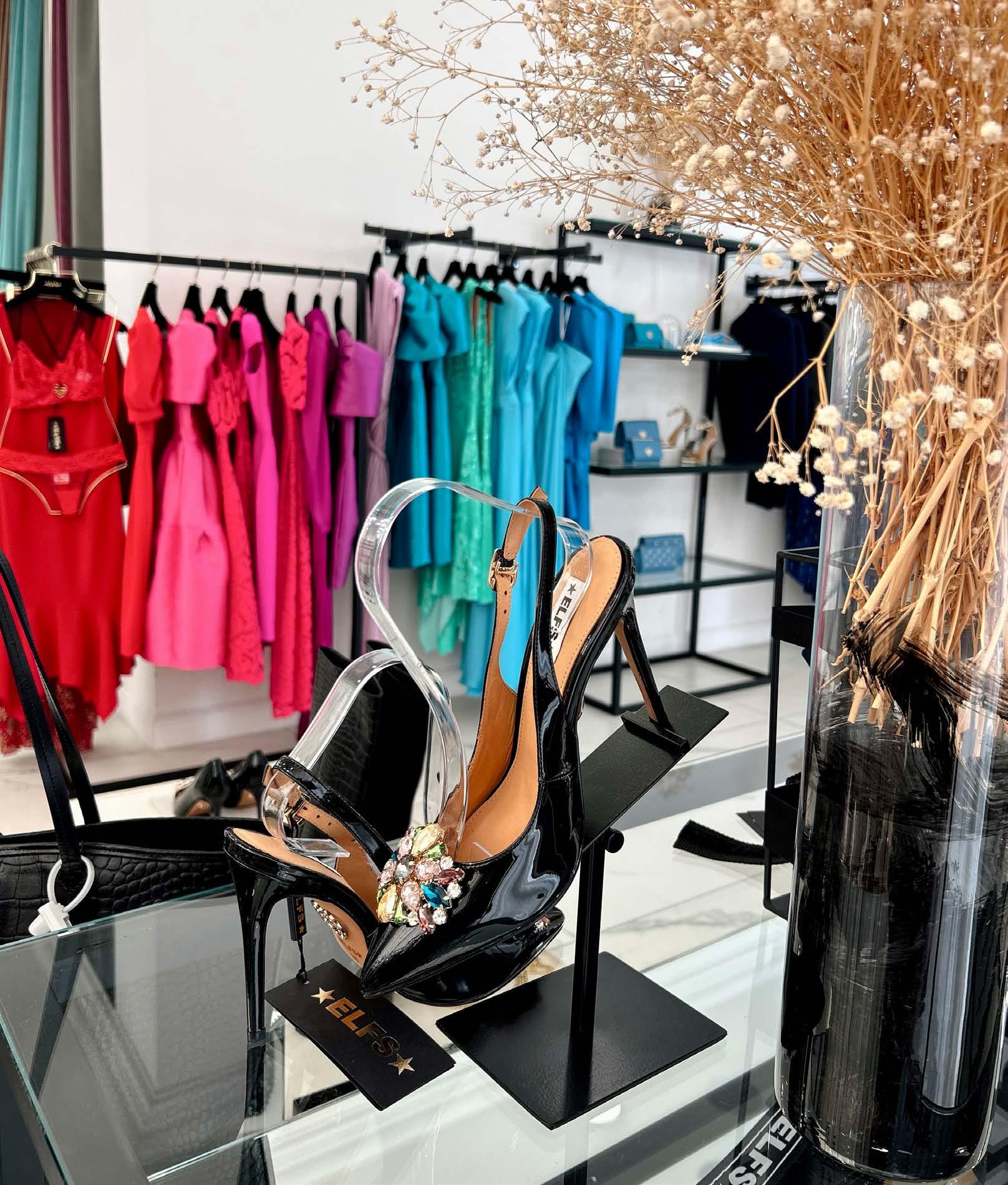
sense of community and loyalty among our fan base. By listening to customer feedback and preferences, we can continuously adapt and evolve our offerings to better meet the needs of our audience.
What’s next for the brand?
As ELFS celebrates 20 years, we are planning a big fashion show in the Spring which we hope to be the biggest fashion event this year. Since day one, we have set the bar very high and we will continue to celebrate and share our success with our consumers [throughout] the whole of 2024.
As ELFS evolves and grows, it’s important for us as a brand to stay true to our core values, aesthetics, and heritage. Investing in digital technologies and online platforms can enhance our e-commerce capabilities and improve customer engagement and satisfaction.
We have already expanded our product offerings beyond clothing. It includes accessories, footwear, lifestyle products and souvenirs, and we will continue to meet our customer’s aspirations. Of course, the most important thing [is that] we will continue to have fun creating our fashion stories. You’ve dressed a lot of celebs already, but is there one you haven’t yet that you’d love to design for?
ELFS has been endorsed by numerous Croatian celebrities and influencers, but that’s just one side
of this business. We are extremely proud of all our customers who become our brand’s ambassadors in everyday life because we share the same lifestyle, values, and aesthetics. We are designing for every woman or man who likes to use fashion to communicate their authenticity.
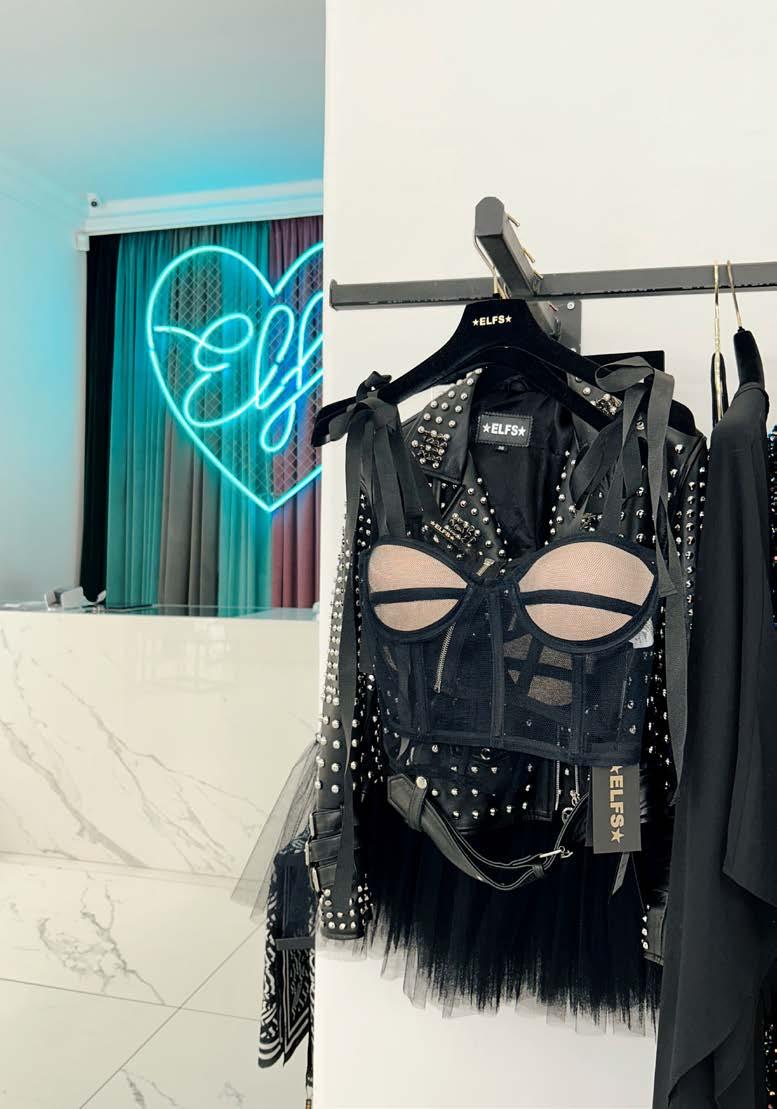
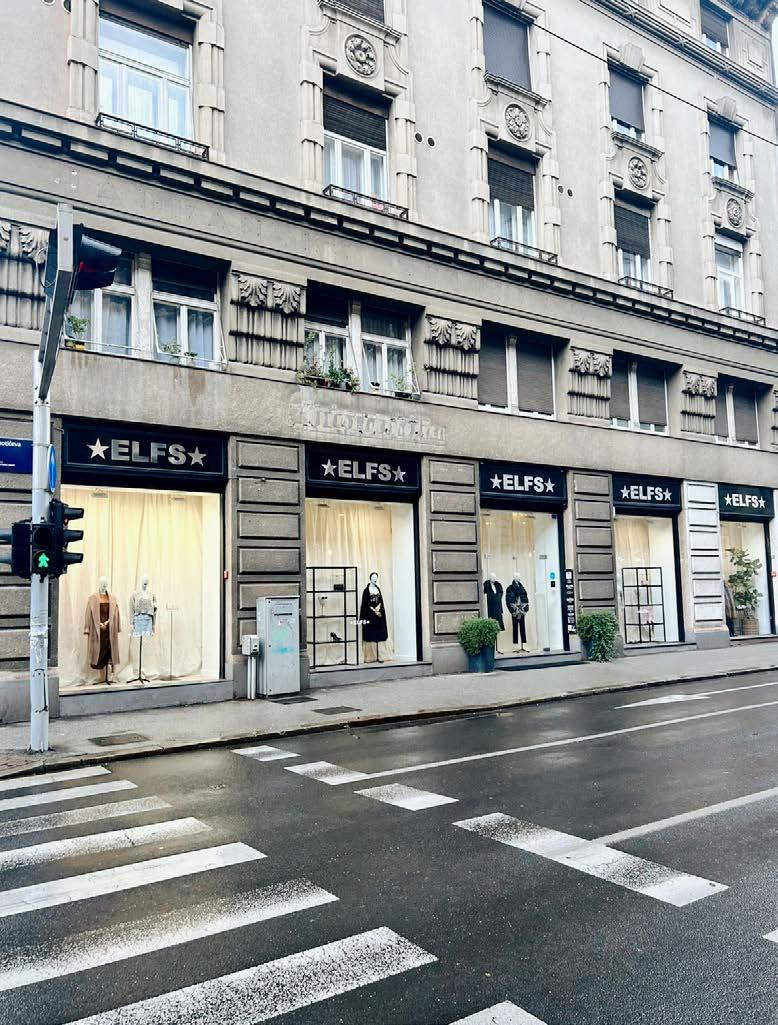
The brand is known for its high-quality craftsmanship and attention to detail
What is your favourite food and wine? [We love] local specialties, Pašticada [a traditional beef stew], and Mala Nevina wine.
What’s your favourite spot in Zagreb? ELFS fashion store in Amruša 19, of course!
The secret, then? Sounds like it’s not too complicated. ELFS is a brand that doesn’t take itself too seriously - but what it does care strongly about is a commitment to quality, and ensuring those who wear ELFS feel and look good in everything they wear. This unwavering focus on design, craftsmanship, innovation and always putting the brand’s fan base first has set ELFS up for continued success. That, and a heavy dose of fun and creativity.
Here’s to the next 20 years of ELFS. We can’t wait to see what they come up with next.
Where to find ELFS: Ulica Milana Amruša 19, 10000, Zagreb. You can also shop online at elfs.hr.

artotel.com 55 CURATED / In conversation with ELFS
Discover Zagreb
HOTEL DESIGN BEHIND THE SCENES
ft. Pietro Ruffo and Eyal Shoan
FYI, in case you’re new here, Signature Artists are the hallmark of art’otel. Every detail of our guest rooms, public spaces, restaurants and bars is curated through the lens of our specially selected creative. And art’otel Rome Piazza Sallustio makes its debut in the city with the renowned Roman contemporary artist Pietro Ruffo at the helm.
Ruffo lives and works in his native Rome in a studio which, fittingly for the Italian capital, was once a pasta factory. The theatrical nature of Ruffo’s work has led to a run of commissions for major fashion houses, from Valentino to Dior, working closely with Maria Grazia Chiuri among other respected industry powerhouses.
Famed for artworks built up of many layers that evolve from historical maps on which Ruffo has drawn, cut-out and painted, Ruffo recounts about the art-process of the art’otel project:
“The collection of the art’otel unfolds stories of the different historical layers that have built Rome over the centuries, from the sky above us with a particular focus on constellations, to
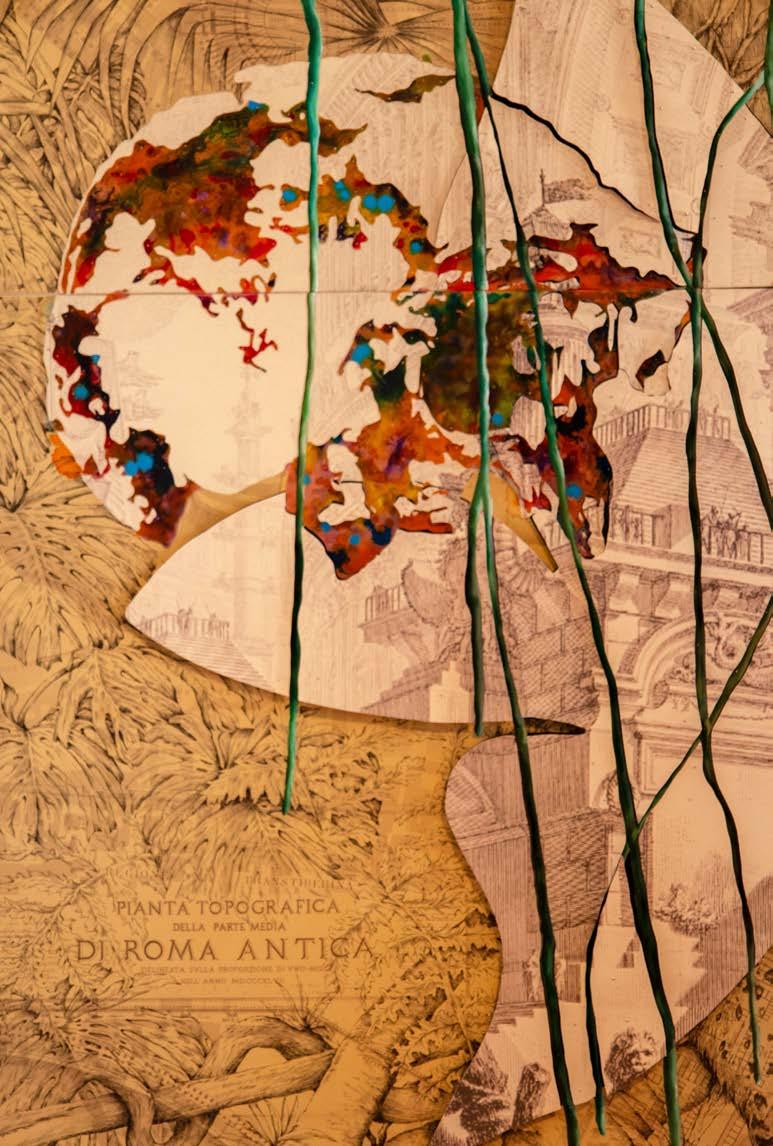
the flora and fauna on which we walk, but also the people who have lived in this city over the different centuries”.
In what is a “perfect meeting of minds and creativity”, Ruffo has been working closely with lead interior designer Eyal Shoan and his studio Digital Space, to create a truly immersive and thought-provoking art experience from the moment guests step inside. Here’s a peek behind the scenes.
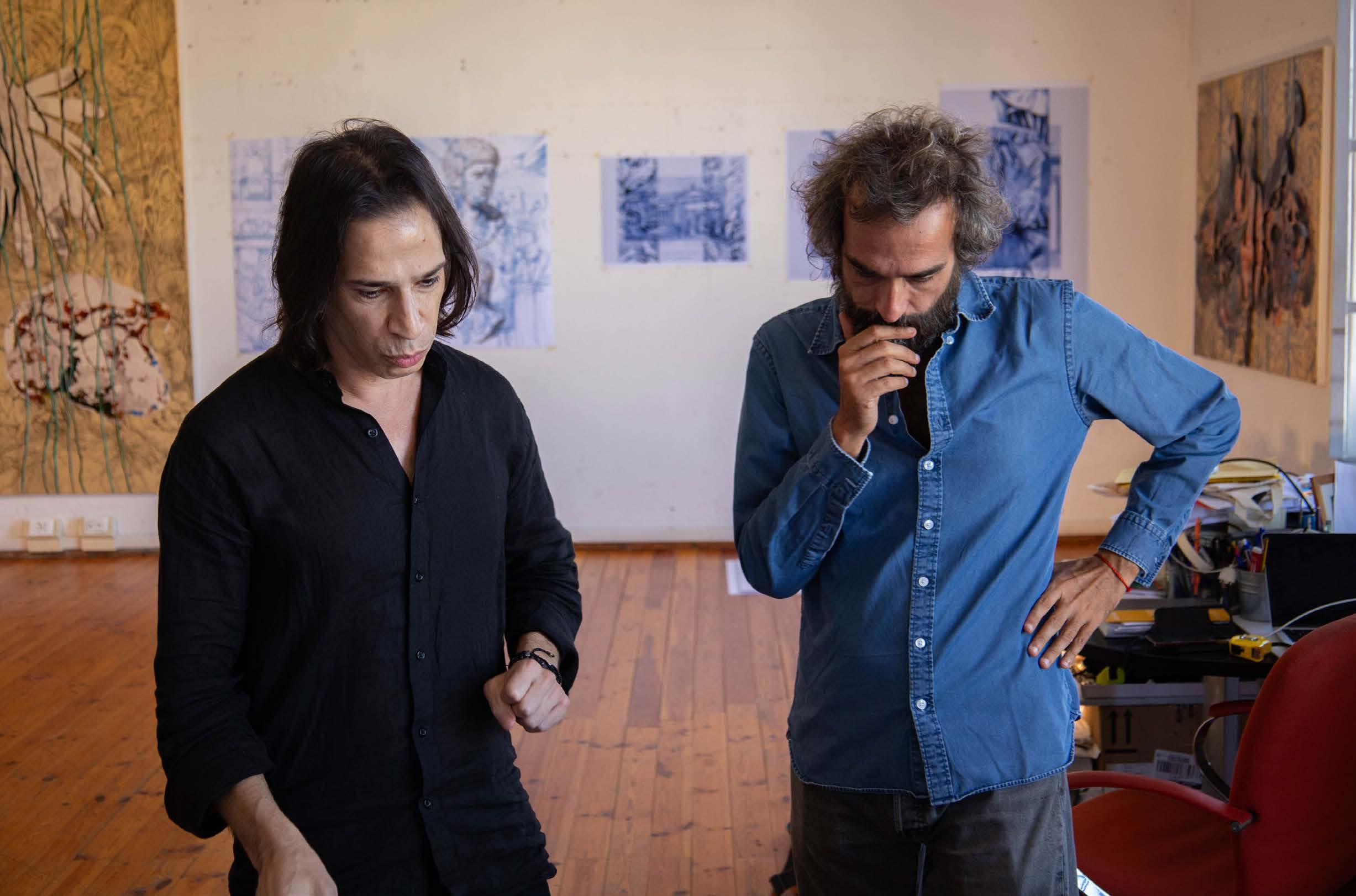
@artotel 56 CURATED / Pietro Ruffo
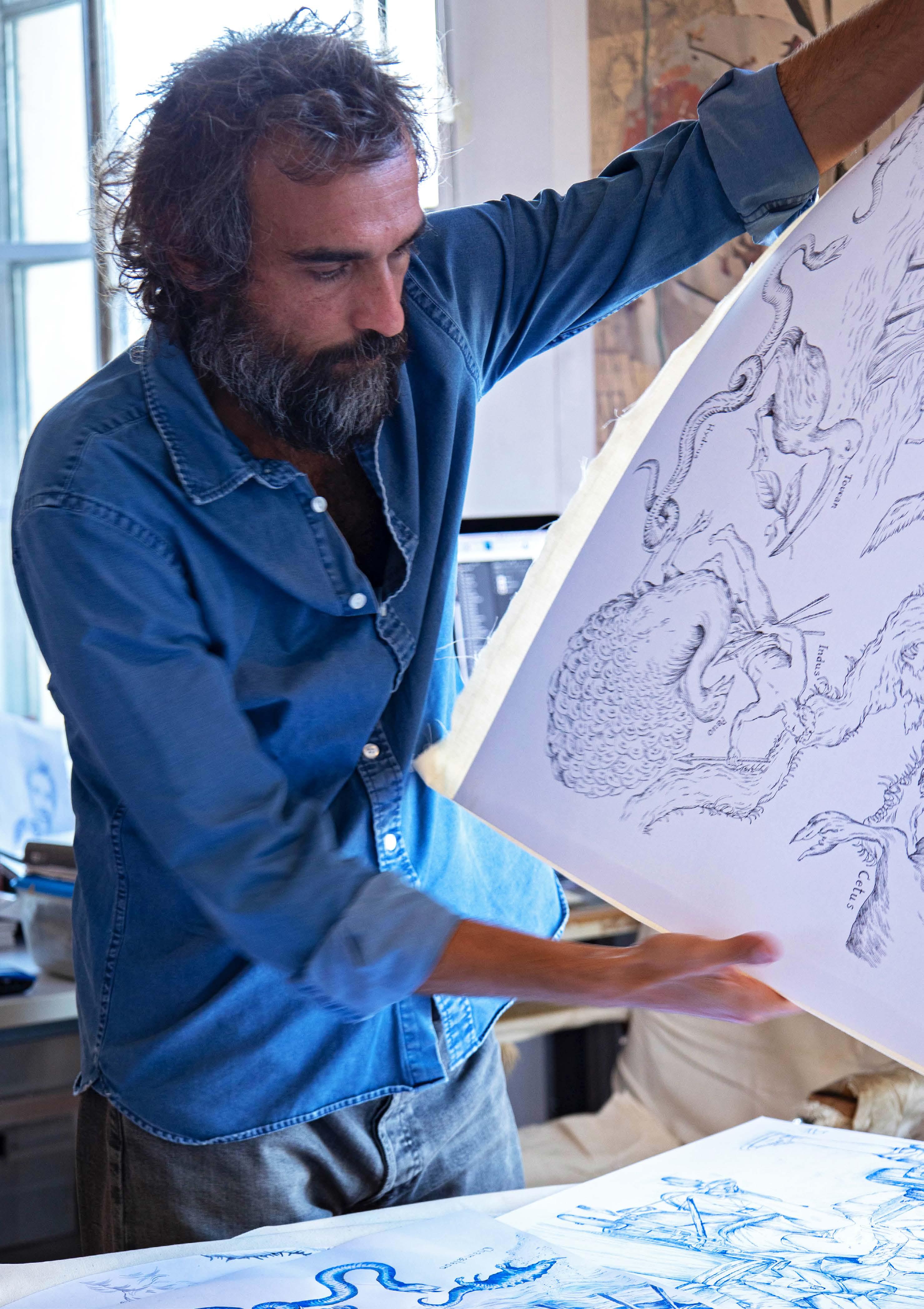
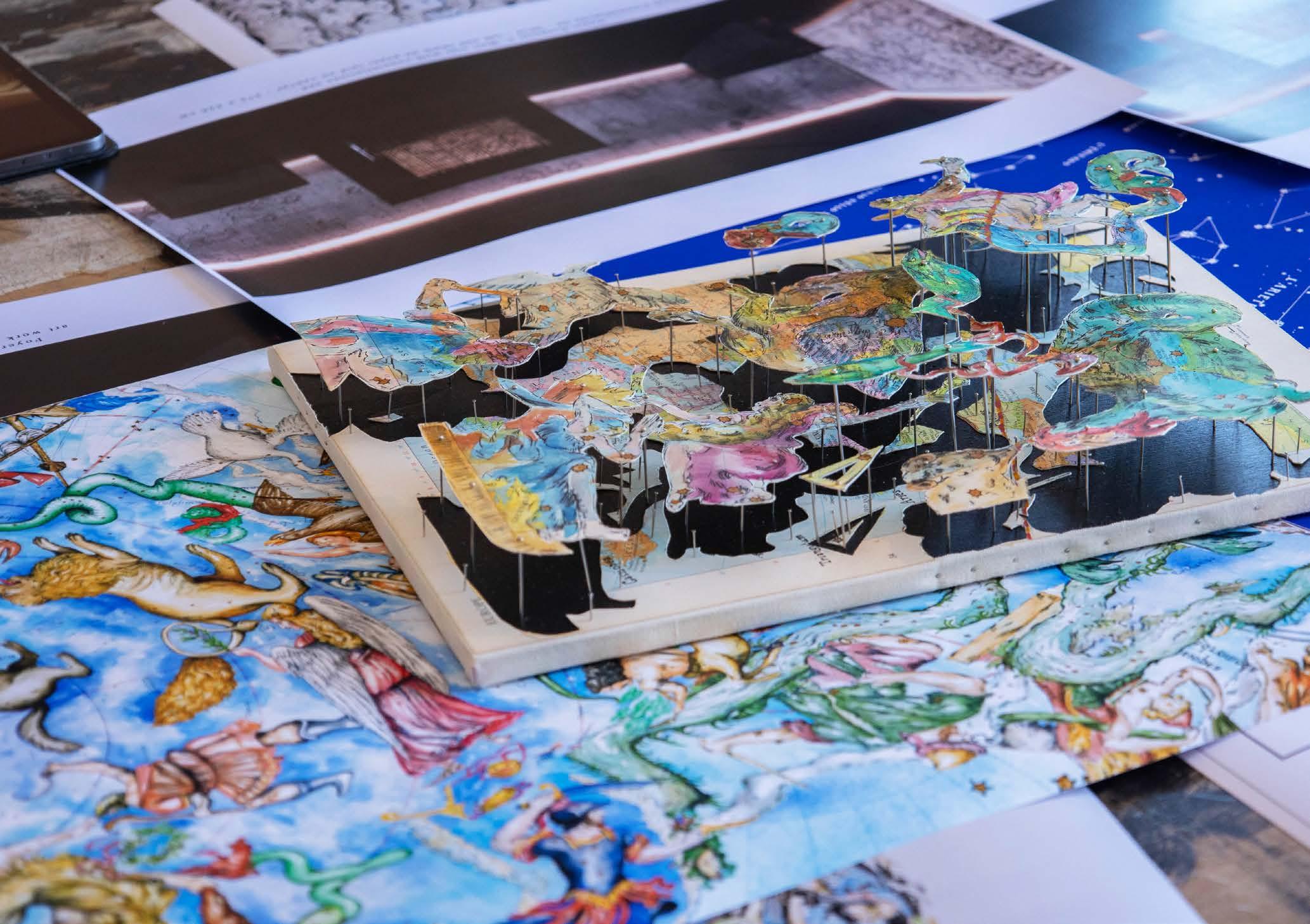
Great minds and creativity collide when Ruffo and Shoan get together.
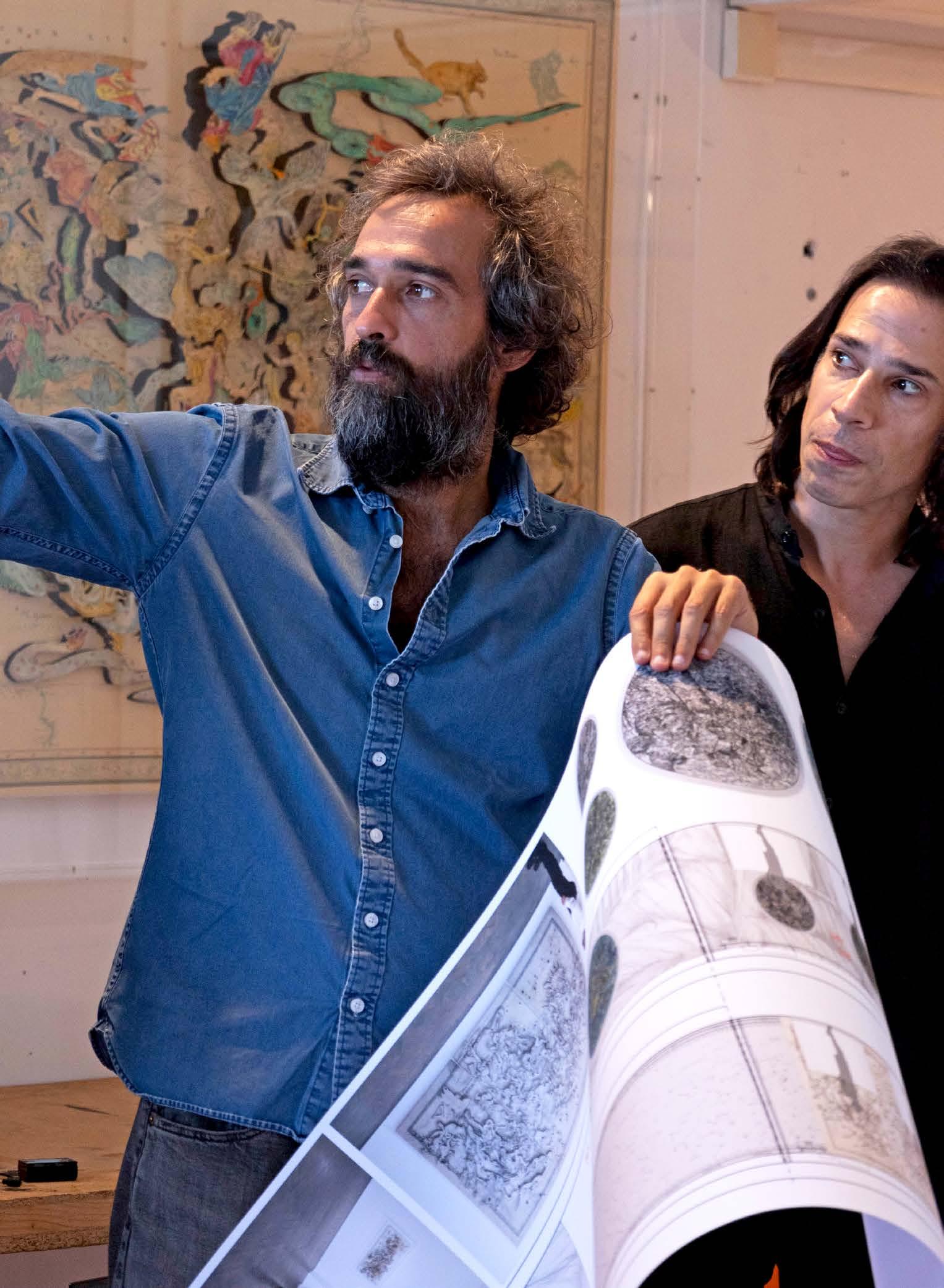
@artotel 58 CURATED / Pietro Ruffo
Ruffo’s work comes to life in 3D
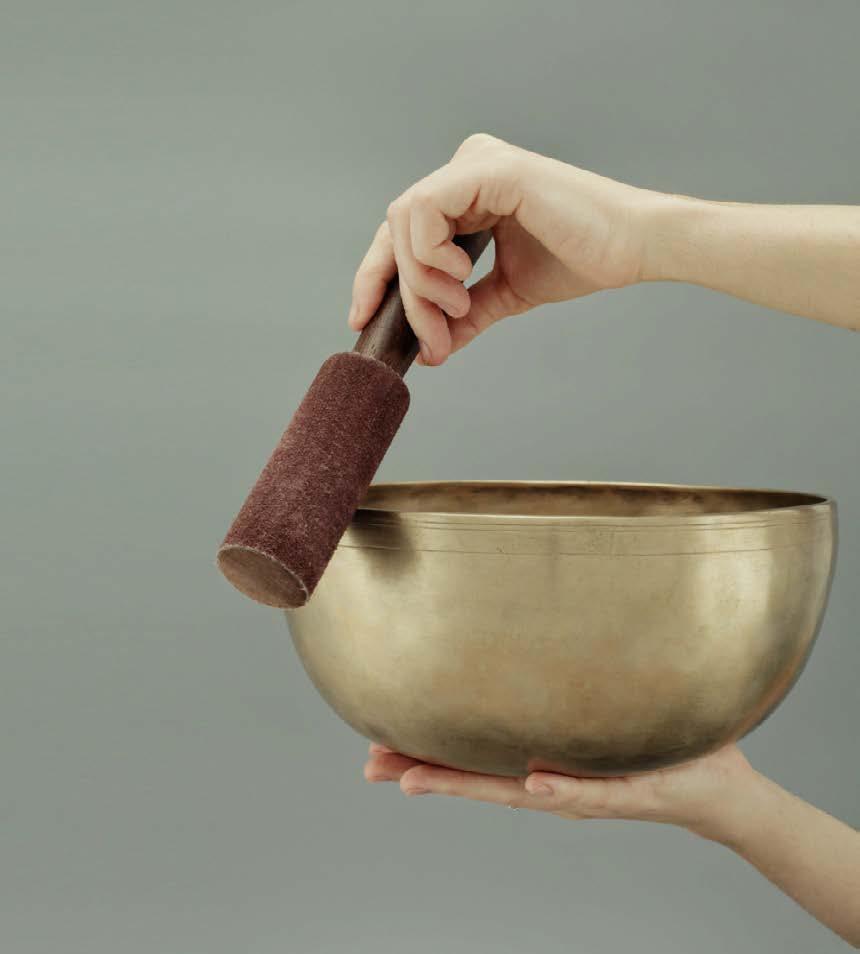


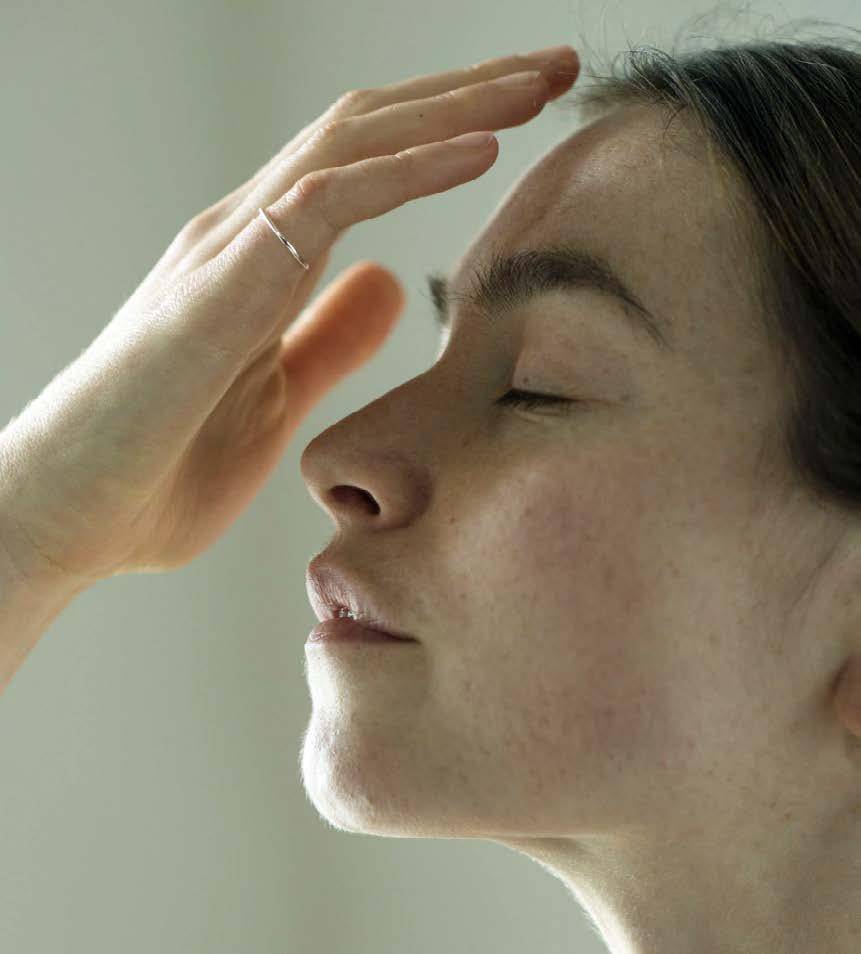
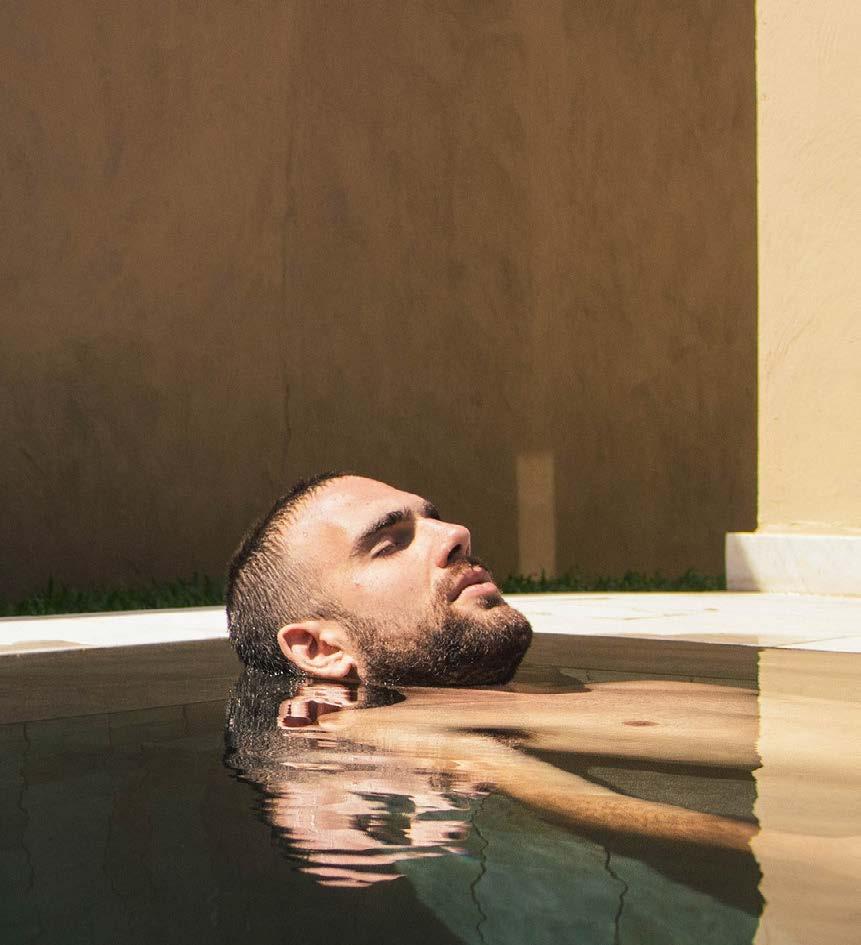
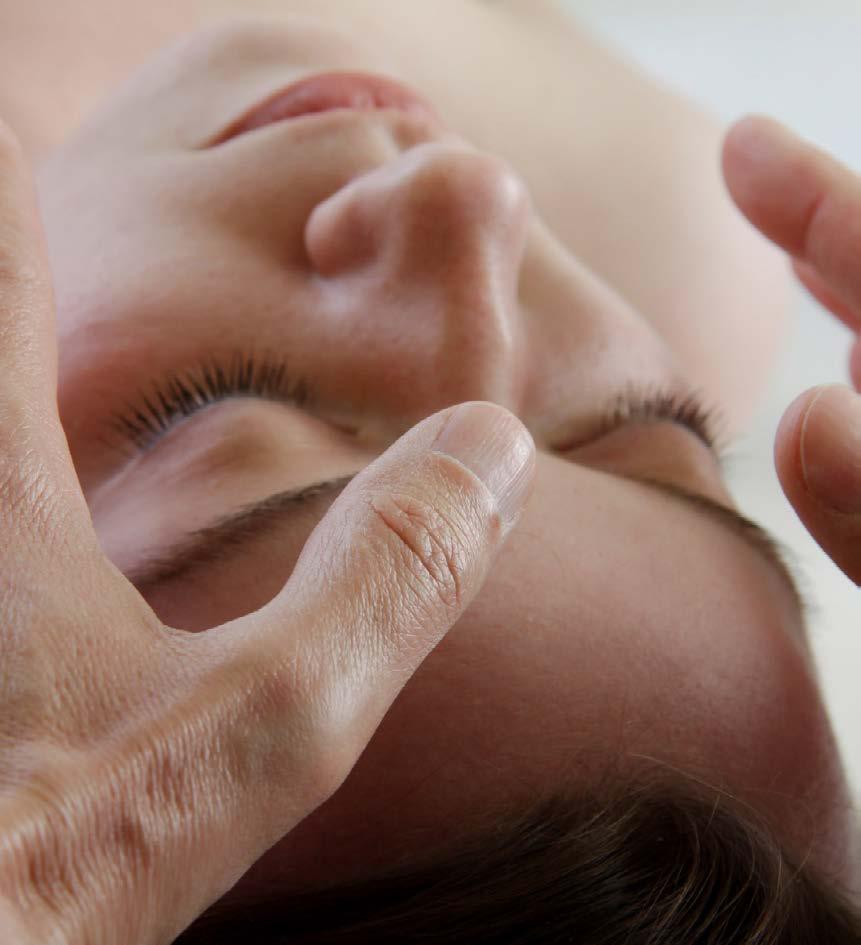

artotel.com CURATED / Spring 2023 59 Treatment Holistic Concierge Discover luxury holistic wellbeing at London’s premier spas
Spirit Body & More Mind Access Bars Aromatherapy Hypnotherapy Massages Reflexology Yoga & Pilates Treatment Menu Readings Reiki Craniosacral mammawellbeing
hello@mammawellbeing.com
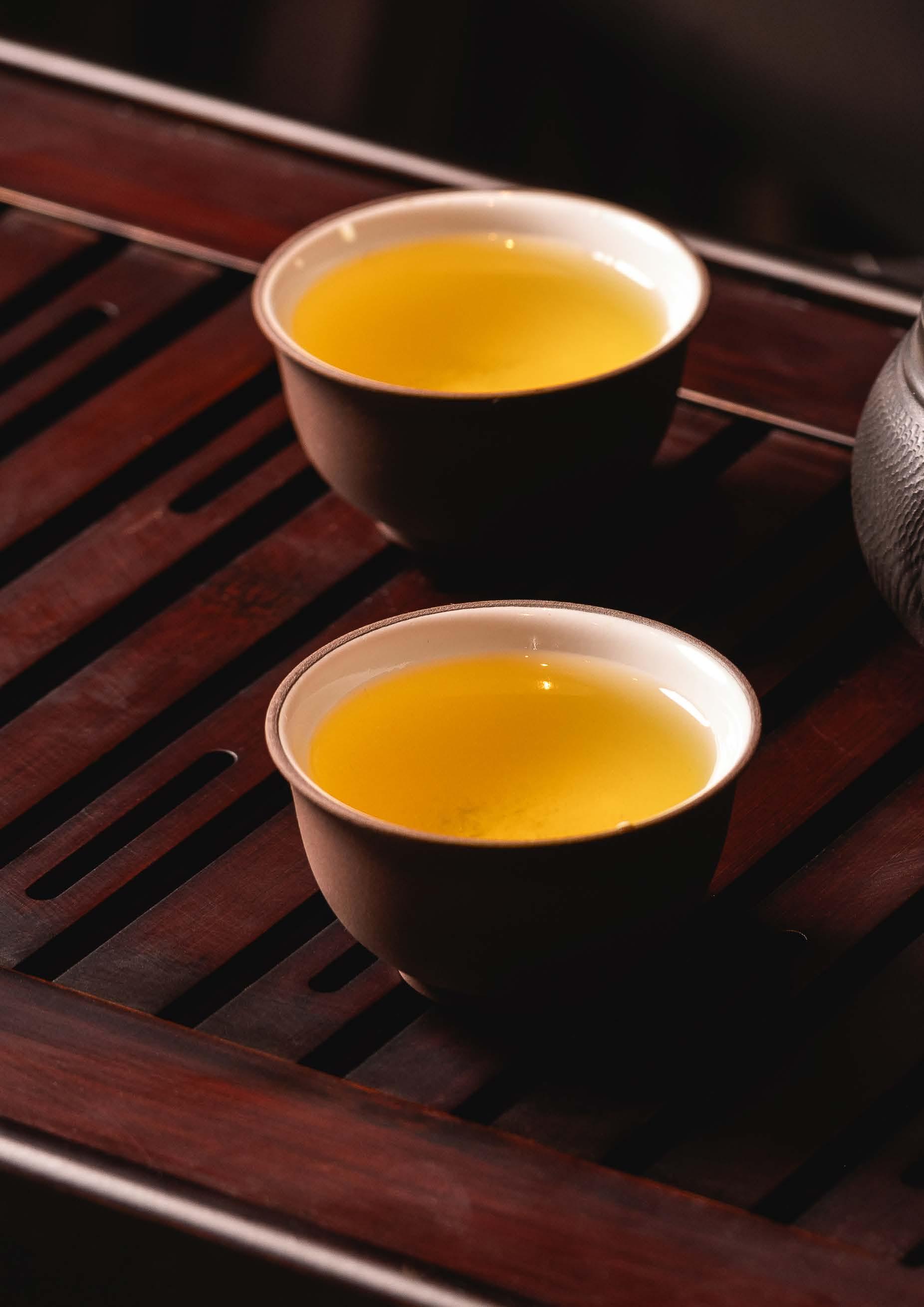
CURATED / An expert’s guide to tea 60
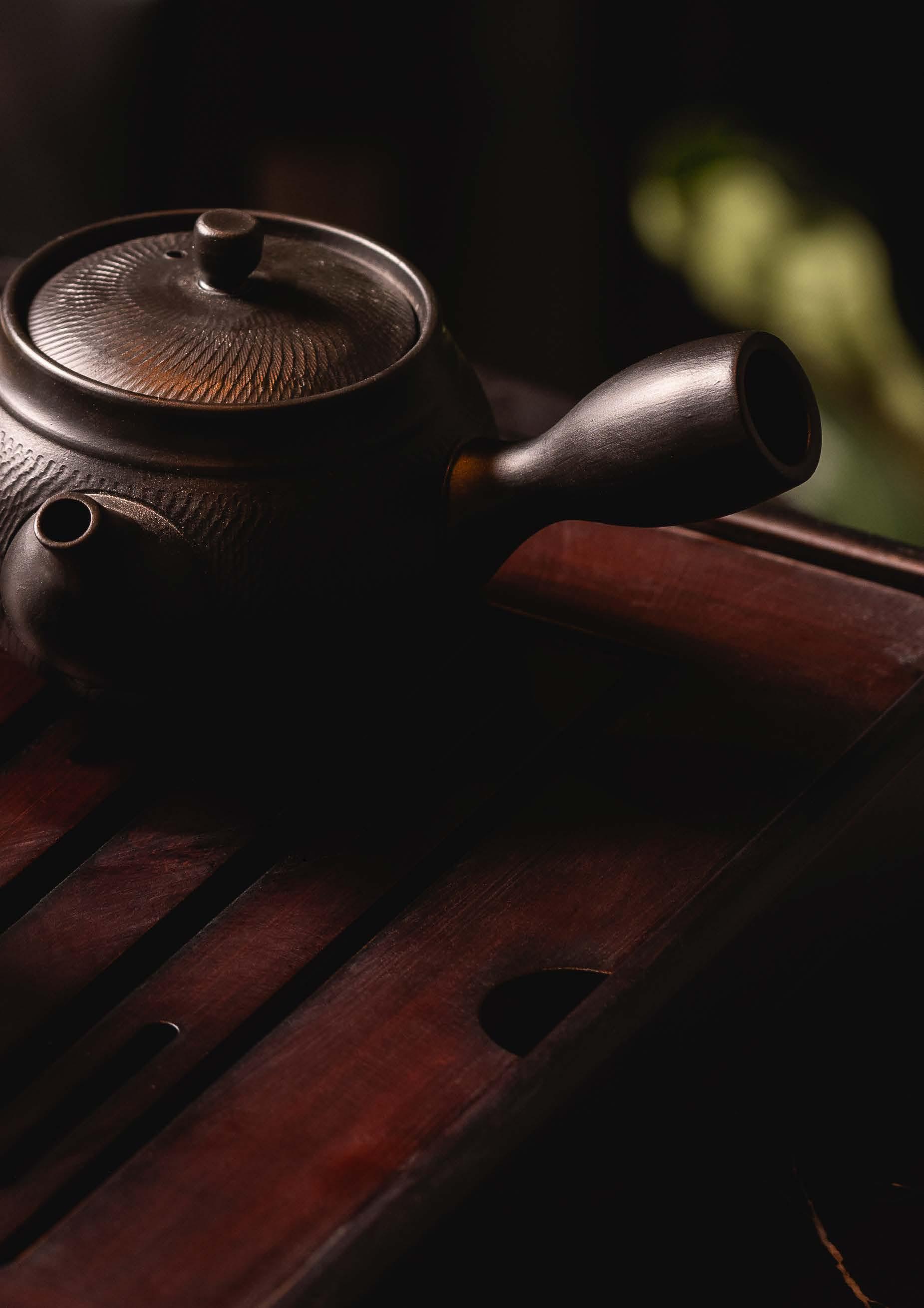
An expert’s guide to
TEA
Exploring history, flavour and food with YEZI
By Sen Thackeray
Zagreb
Before “tea” was the internet’s favourite slang for a hot bit of gossip, it was (and still is) the world’s favourite drink (sorry, coffee lovers). This humble brew originated in China over 5,000 years ago and has passed through hundreds of cultures and histories to become a worldwide staple—loved for its taste and health perks. It’s been the star of ancient rituals, the cause of some pretty intense trade wars, and the daily pick-me-up for, oh, just a few billion people. From the ancient tea ceremonies of Japan to the British afternoon tea obsession, every cup serves up a little piece of history, inviting us on a flavourful journey through time.
Let’s travel to Croatia’s capital, where art’otel Zagreb isn’t just any spot on the map—it’s where tea gets a stylish makeover at The Teahouse, tucked inside YEZI Restaurant & Bar. Unlike your grandmother’s tea party, this is where tradition meets the avant-garde, blending centuries of tea lore with a dash of contemporary flair. Davor Kalvi, Director at Tea Time one, has been key in curating YEZI’s signature tea selection, making sure that each variety reflects the depth, diversity, and richness of this popular drink.
His journey and love for tea started around 15 years ago, when he needed to find an alternative caffeine fix to coffee. This led him down the rabbit hole into tea’s vast universe, specifically to China and its 2,000+ varieties–each with its own vibe, flavour, and story. This revelation marked the beginning of a lifelong adventure that would see him explore the nuances of tea, from its cultivation and processing to its countless health perks and social significance.
When tasked with the tea menu for YEZI, Kalvi wanted to capture the soul of Asia’s tea scene. “We wanted to include the teas of China, Taiwan, and
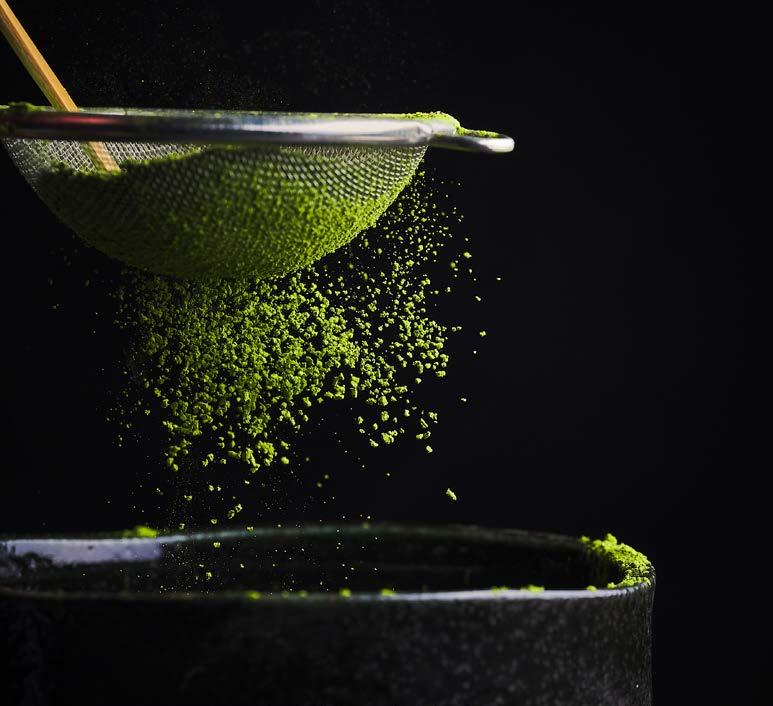

Japan, acquaint people with different processing techniques, types, and flavours, and adapt to Asian cuisine. Think of it as a tea tour without the jet lag—diving into the world of this drink with all its diverse flavours, techniques, and traditions, perfectly paired with YEZI’s dishes”, he adds. For Kalvi, tea isn’t just tea. It’s a story of place and time, where the year it’s picked, the earth it’s from, and the hands that make it shape its character— much like a fine wine. He compares the teas of Japan and China, explaining how the unique climatic conditions, soil types, and processing methods in each region contribute to the distinct profiles of their teas. “The soil in China is black, red, or brown, and in Japan, the tea tree grows on rich volcanic soil,” he points out.
Kalvi’s got his own tea crushes in YEZI’s lineup, and he’s not shy about playing favourites. “First up, Wuyishan oolong because the complex oolong that grows on Wuyi Mountain and the mineral-rich stony soil gives it a taste that cannot be found anywhere else,” he shares. He also offers advice on how to best enjoy these selections, suggesting that many should be savoured solo to fully appreciate their complex flavours. That said, he provides detailed pairing recommendations for those rebels looking to match their meals with the perfect tea:
White Tea
Best paired with light salads or cakes, as stronger foods can overshadow its delicate flavour.
Oolong Tea
Complements sweeter white meats, fish, and Asian cuisine. And when consumed after a spicy
YEZI is inspired by the traditional Asian tea house style of informal eating, drinking and socialising.
meal, it can “cleanse” the palate. Lighter, less oxidised oolongs pair well with caramel desserts.
Black Tea
Ideal with fresh fruit, desserts, and red meats like lamb.
Green Tea
Japanese green tea is a perfect match for white fish, seafood, and sushi, while Chinese green tea goes well with chicken, turkey, and seafood.
Pu-erh
Suited for grilled meats, fatty foods, and aged cheeses, aiding in digestion after heavy meals.
Blooming Tea
Accompanies any dessert or sweet treat beautifully.
Herbal Tea
Pairs well with fruit and sweets for a refreshing finish.
Tie Guan Yin
Enhances the flavours of spicy food, white meat, and chocolate.
@artotel 62 CURATED / An expert’s guide to Tea
Da Hong Pao
Da Hong Pao’s exclusivity is highlighted by the existence of just six original mother trees.
Best with smoked foods, dark meats, and barbecue, offering a satisfying accompaniment.
Xihu Long Jing
Light and refreshing, it pairs well with fresh cheese, white meats, and vegetables.
Yellow Tea
Delicate enough for seafood and oysters, offering a subtle flavour enhancement.
But one special item on the YEZI menu has a particularly intriguing past worthy of a blockbuster—the Da Hong Pao. Hailing from the days of the Ming dynasty (for history buffs - this was China’s imperial power from 1368 to 1644), this tea carries the weight of centuries, representing the heritage that has long influenced the art of tea.
“Da-Hong Pao, or ‘Big Red Robe,’ is a piece of history, a symbol of gratitude and rarity that has lived through generations,” explains Kalvi. Imagine a tea so valued that an emperor once exchanged his majestic robe for it, all in the name of his mother’s health. Now, that’s a cup of tea with a story to tell!
Da Hong Pao’s exclusivity is highlighted by the existence of just six original mother trees, guardians of its unmatched quality. Picture this: a mere 20 grams of Da-Hong Pao, plucked from these trees, once sold for a jaw-dropping $30,000 in 2005. “But since 2006, these six trees have stopped being harvested and are now protected, so the tea from these trees is no longer available on the market,” Kalvi adds.
Further cementing its legendary status, Da Hong Pao was chosen as a symbol of peace and friendship during President Nixon’s landmark visit to China, with Mao Zedong gifting him 200 grams (half of the whole crop that year)—a gesture that reinforced the tea’s worth, likening it to something more precious than gold!
Kalvi’s passion for bringing such prestigious teas to The Teahouse at YEZI Zagreb is undeniable. His dedication isn’t just about quality, but about turning every tea experience into a time machine. So, when you next cradle a warm cup of tea at YEZI, pause for a moment. Imagine the journey of flavours that have travelled through time, bringing the essence of diverse cultures and the character of history to your lips.

Dine with us
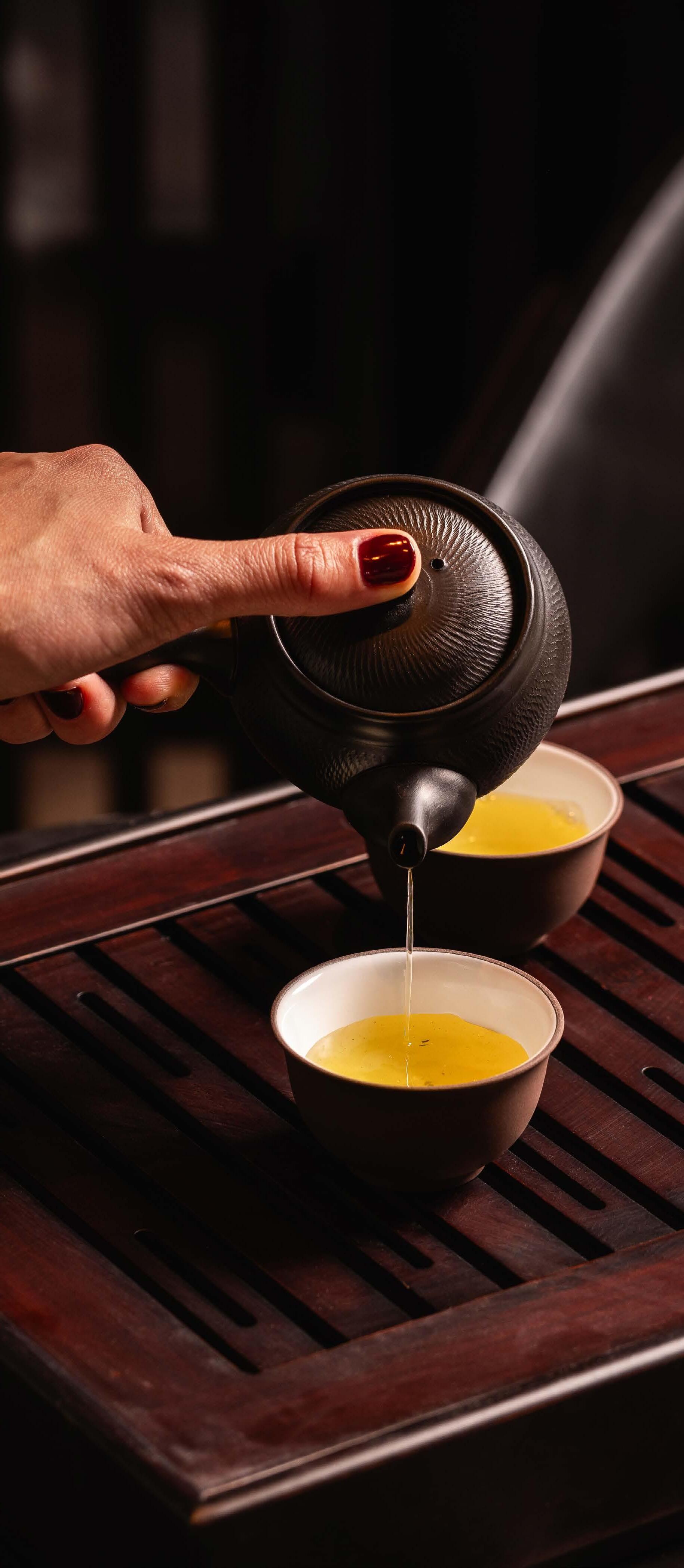
artotel.com
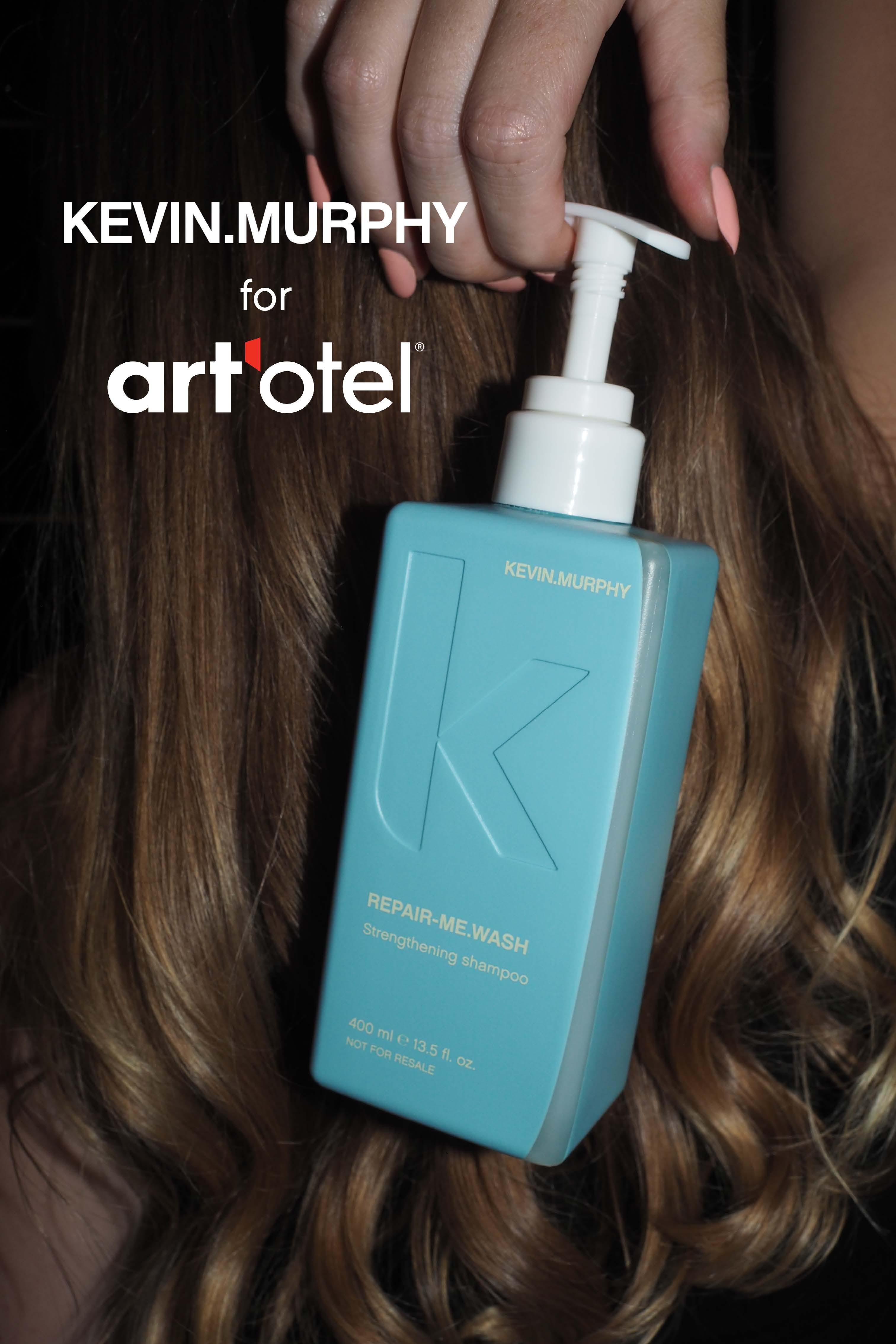

LATHER RINSE REPEAT
with KEVIN.MURPHY at art’otel
Stay at art’otel and you’re guaranteed creative inspiration, delectable eateries, iconic art and great hair courtesy of professional haircare brand, KEVIN.MURPHY exclusively distributed by VANITY GROUP.
KEVIN.MURPHY takes a skincare approach to haircare with formulations that are filled with natural ingredients that nourish and restore.
Founded by session stylist Kevin Murphy, who creates enviable tresses that can be spotted on magazine covers, red carpets and catwalks the world over, guests at art’otel have a touch of KEVIN.MURPHY hair styling magic in their hotel bathrooms. The REPAIR.ME collection, created in partnership with KEVIN.MURPHY and luxury guest cosmetics provider VANITY GROUP, is packed full of restorative ingredients that leave hair supple, hydrated and with a covetable shine. Their innovative Wash (shampoo) and Rinse (conditioner) is accompanied by a luxurious body wash, moisturising body lotion and a beautiful triple-milled soap all delicately scented with florals, mandarin and fresh greenery.
With sustainability being a key priority for art’otel, KEVIN.MURPHY, and VANITY GROUP, we’re moving to a larger format amenity solution that you’ll spot floating magically on the bathroom walls. The larger format bottles are made from OceanBound material, rescuing it from a destiny of floating in the sea, and are fully recyclable so they can continue their journey and maybe rejoin us
one day as another shampoo bottle. The collection is also free from sulphates, is Vegan certified and PETA approved ensuring its good for the planet, its inhabitants, and you!
Want to treat your locks to even more luxury? Introducing the KEVIN.MURPHY styling channel on the in-room TV. Created exclusively for art’otel, the Styling Channel is a collection of 5 styles that you can achieve in the hotel room with KEVIN.MURPHY’s award winning retail collection. From the perfect bouncy blow dry, through to an effortlessly undone look, the styling channel delivers simple, easy to follow guides with incredible results. Simply order the KEVIN.MURPHY products on Wonderpass and get creative!
With training by the expert KEVIN.MURPHY team under their belt and the retail collection to hand, the art’otel team are also here to assist with any haircare emergencies and advice. Enjoy your great hair stay at art’otel with KEVIN.MURPHY by your side!
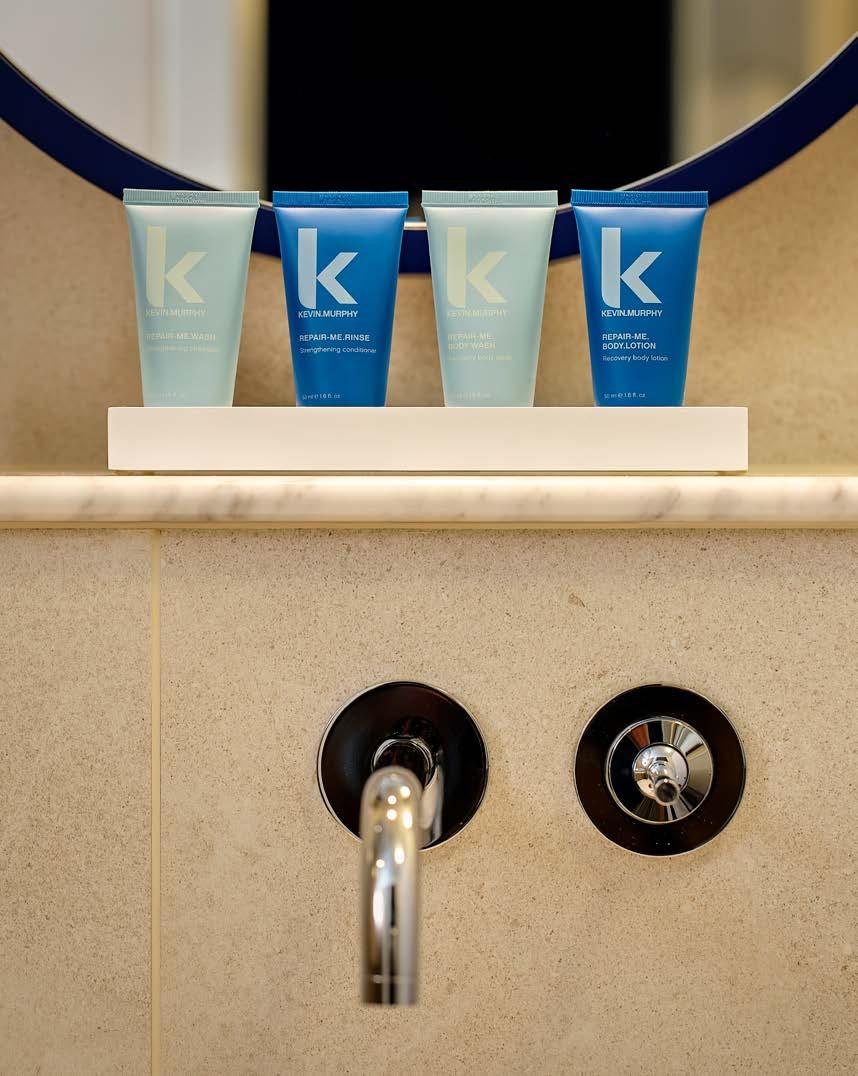
artotel.com 65 CURATED / KEVIN.MURPHY
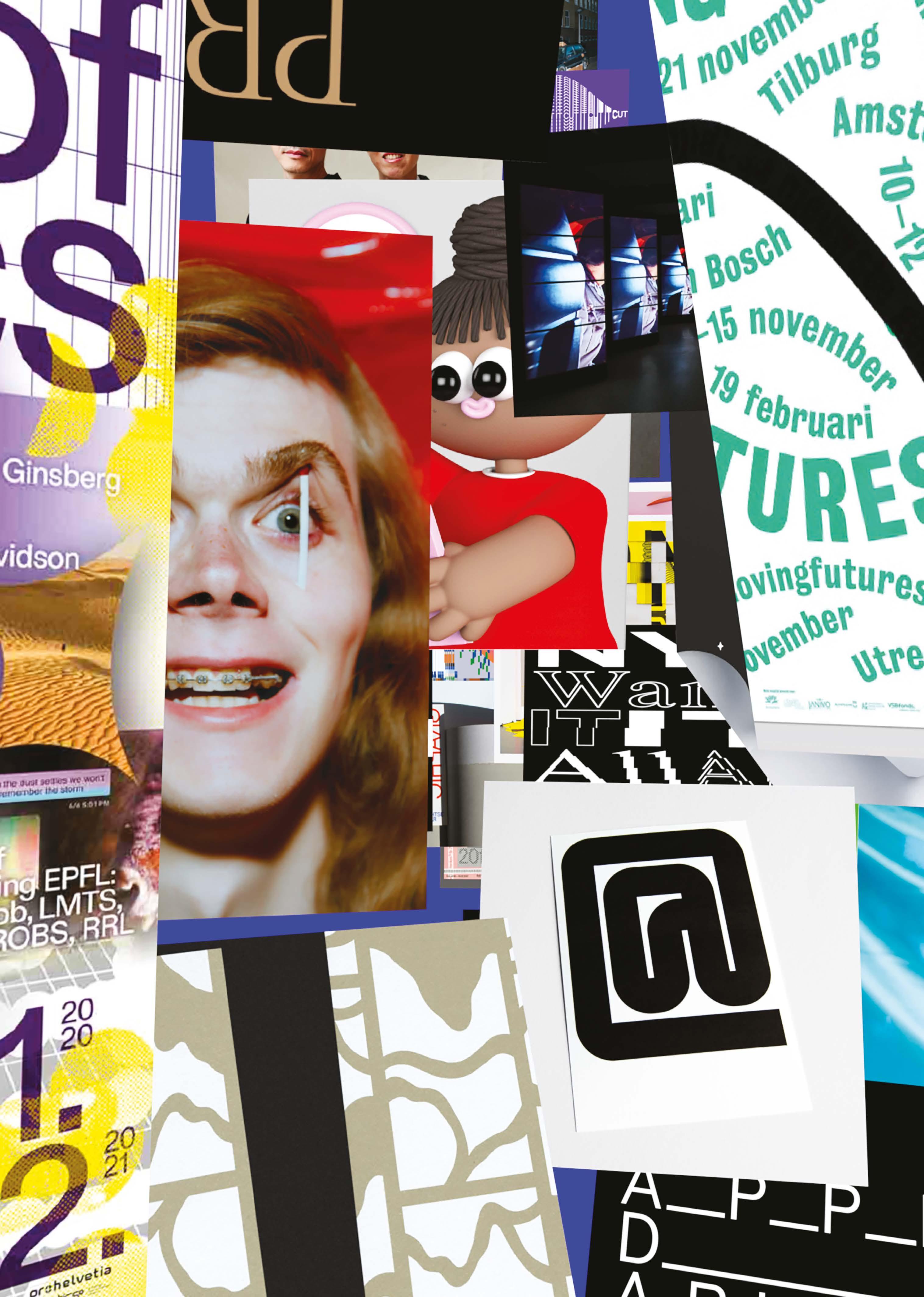
The
notoriously difficult queue at Berghain
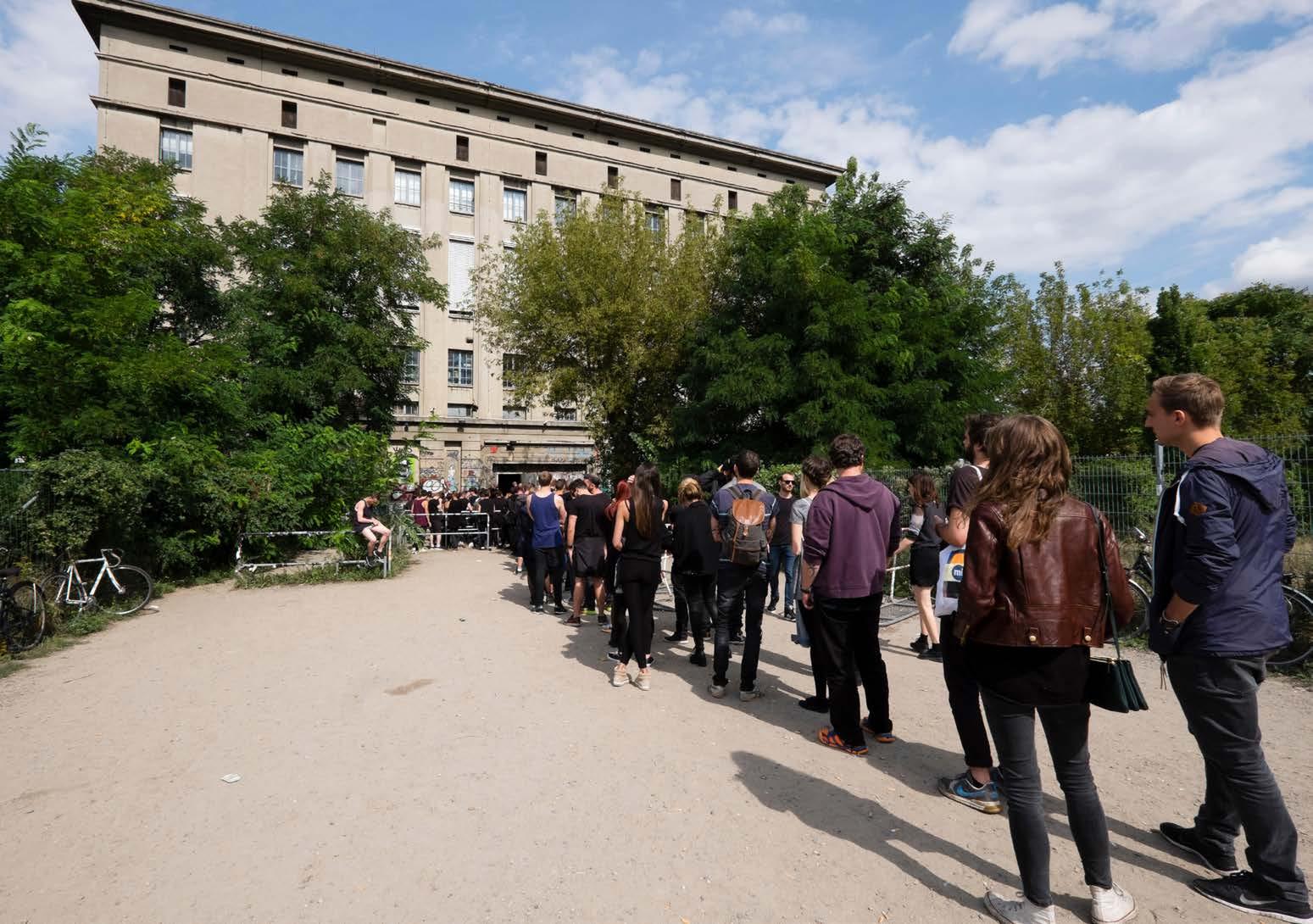
WHY BERLIN IS A CLUBBER’S PARADISE
The enduring power of the city’s nightlife
By Angharad Jones
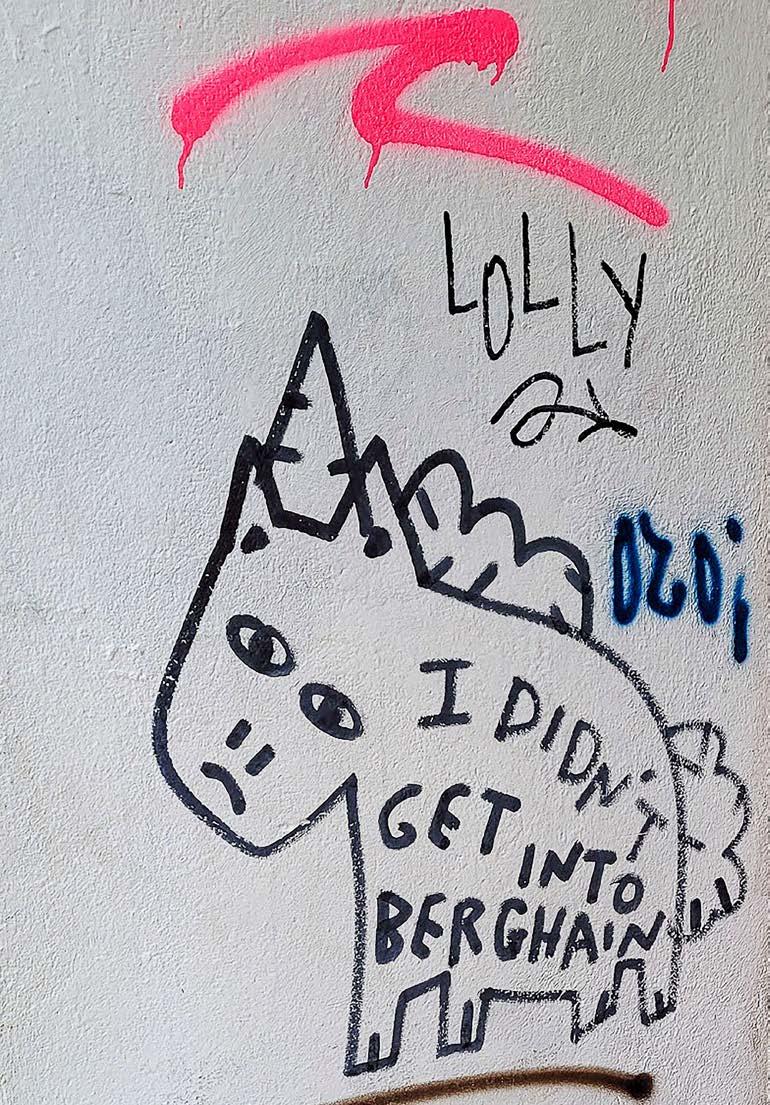
Think of Berlin and you think of the Berlin Wall, a city scarred by the Second World War and more hipsters per capita than any other city in Europe. You think of lush parks, iconic buildings, winters holed up in cosy bars and summers spent swimming outdoors at the River Spree.
You also think of the nightlife, the clubs that seemingly never close and the bouncers guarding doorways, picking and choosing who can enter with a subtle nod or shake of the head. You think of the techno that pulses from next level sound systems, and a commitment to freedom of expression that means absolutely anything can happen. In Berlin, clubbing isn’t just a chance for revellers to let their hair down. It’s a lifestyle, a deep-rooted culture as much a part of the city’s fabric as any picture-perfect landmark.
It’s probably Berghain that first comes to mind, arguably Berlin’s - if not Europe’s - most famous nightclub. It’s the club that goes from Saturday night to noon on Monday, the former power plant in Stalin-era architecture playing techno at all hours of the day. There’s a work of art by Wolfgang Tillmans hanging in the upstairs Panorama bar. There’s an ice cream parlour. Even the head bouncer, Sven Marquardt, is famous.
Berghain is also notorious for being difficult to get into. We’ve all experienced the toe-curling secondhand embarrassment when hearing tales of people being turned away at the door by bouncers who didn’t think they fit the bill—if not experienced it ourselves. One frequent Berghain goer told this writer that the best bet for getting in is to go with a local, don’t look like a tourist, and try less popular times of day—like a Sunday morning just after you’ve had your breakfast. If you don’t get it in, don’t worry, you won’t be the first or last. Rumour has it Elon Musk was turned away, as was Britney Spears at the beginning of her fame.
It’s not just Berghain, of course. Today, there are more than 4,500 bars and clubs in Berlin, each one offering a completely different experience to the next and a sliding scale of debauchery. Most of Berlin’s clubs don’t allow cameras inside so what actually happens is really only for the knowledge of those lucky enough to be let in. As for the rest of us, the mystery and those tales we hear will have to do.
Maybe that’s why, of all things, nightlife is the thing we associate with Berlin over the likes of, say, London, Paris or Milan. Being tied up in myth, legend and mystery adds a certain excitement, especially in an age where we’re used to documenting every moment on social media.
artotel.com 67 CURATED / Why Berlin is a clubber’s paradise
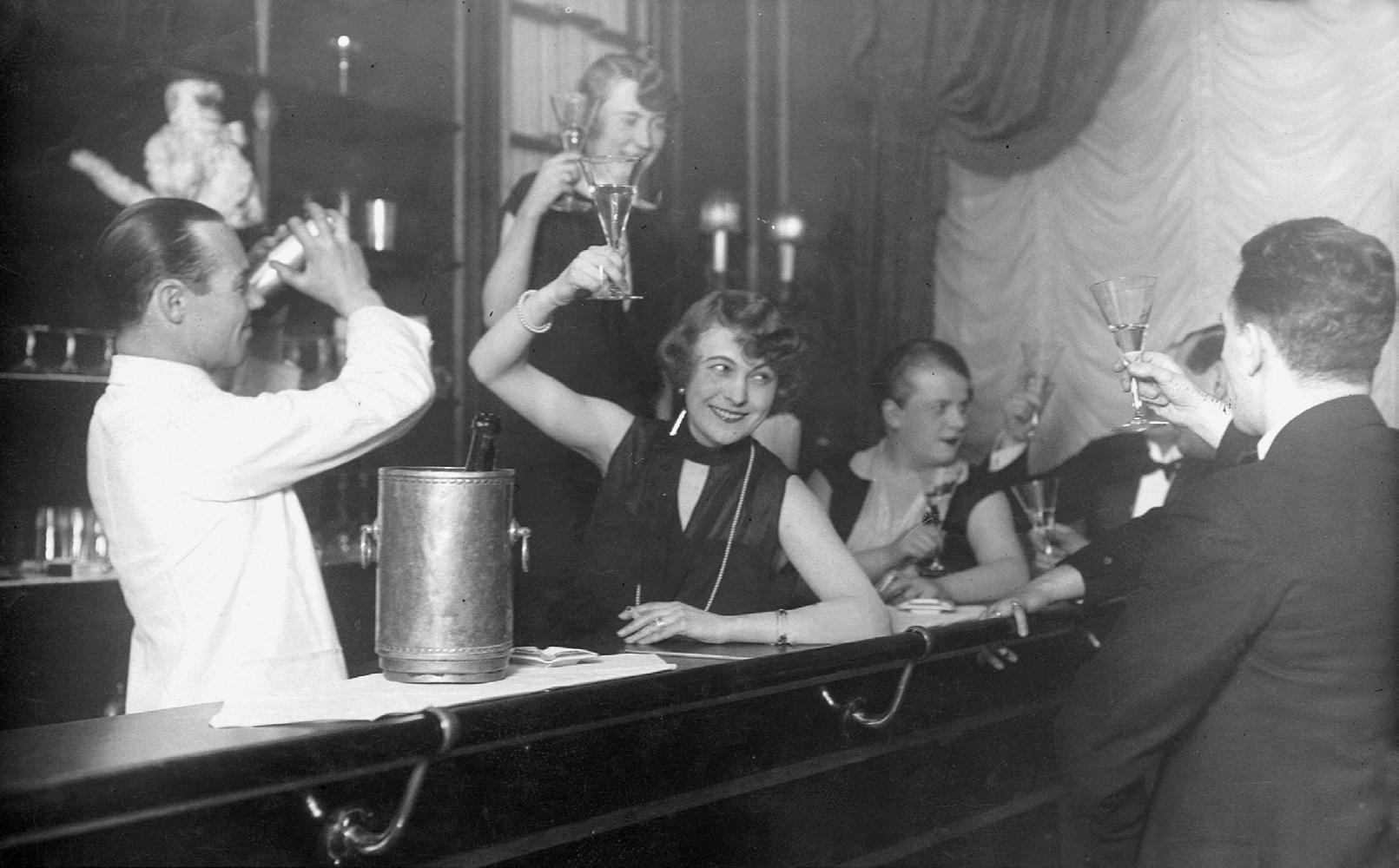
Or maybe it’s that, unlike other cities, Berlin fully embraces and celebrates countercultures. Whatever it is, Berlin continues to reign as the leader of electrifying nightlife in Europe.
This is no recent thing, of course. Berlin’s partying past runs deep.
1920s - 1940s: Two World Wars and one bottle of whiskey
In the decades bookended by two world wars, Berlin was in a permanent state of serious change. In the 1920s, after the gruelling years of the First World War, Berliners were desperate to let their hair down and focus on the positive. Clubs and bars were alive with excitement, every sexual orientation was celebrated, and everyone was up for, well, everything. Then the 1930s, and Hitler, came along and those fun, vibrant, inclusive parties disappeared. By the time the Second World War arrived, life as Berlin knew it had come to an abrupt end.
Post World War II and a divided city had a strict curfew imposed on all its residents. In West Berlin, bars closed at 9PM and in East Berlin, they shut their doors at 10PM. Not wanting to be outdone by their Soviet counterparts, the West moved their closing time to one hour later—prompting the East to do the same.
This carried on, hour by hour, until hotelier Heinz Zellermayer had had enough. Story goes that he took a bottle of whiskey to Brig. Gen. Frank Howley, the commandant over the American sector of West Berlin, and persuaded him to get rid of the curfew altogether. His argument? That it would be good for the economy and would exemplify Western values.
It’s thanks to Zellermayer that Berlin’s nightlife got back on its feet—and that there are no laws around closing times to this day.
Early 1990s: The Berlin Wall fell, and lawless parties began
1989 marked the fall of the Berlin Wall, reuniting the East and West of the city and physically signifying the end of the Soviet regime in Germany. The end of the regime also meant lots of abandoned factories and buildings in the East; the vast, empty spaces the perfect playground for celebrating a city coming together again. That and the love of techno music adopted by Berlin’s youth in the ’80s, was the ideal recipe for electric parties, makeshift creative clubs and a scene that was completely lawless, in all the best ways.
In the 1920s, clubs and bars were alive with excitement
Today, there are more than 4,500 bars and clubs in Berlin, each one offering a completely different experience to the next and a sliding scale of debauchery
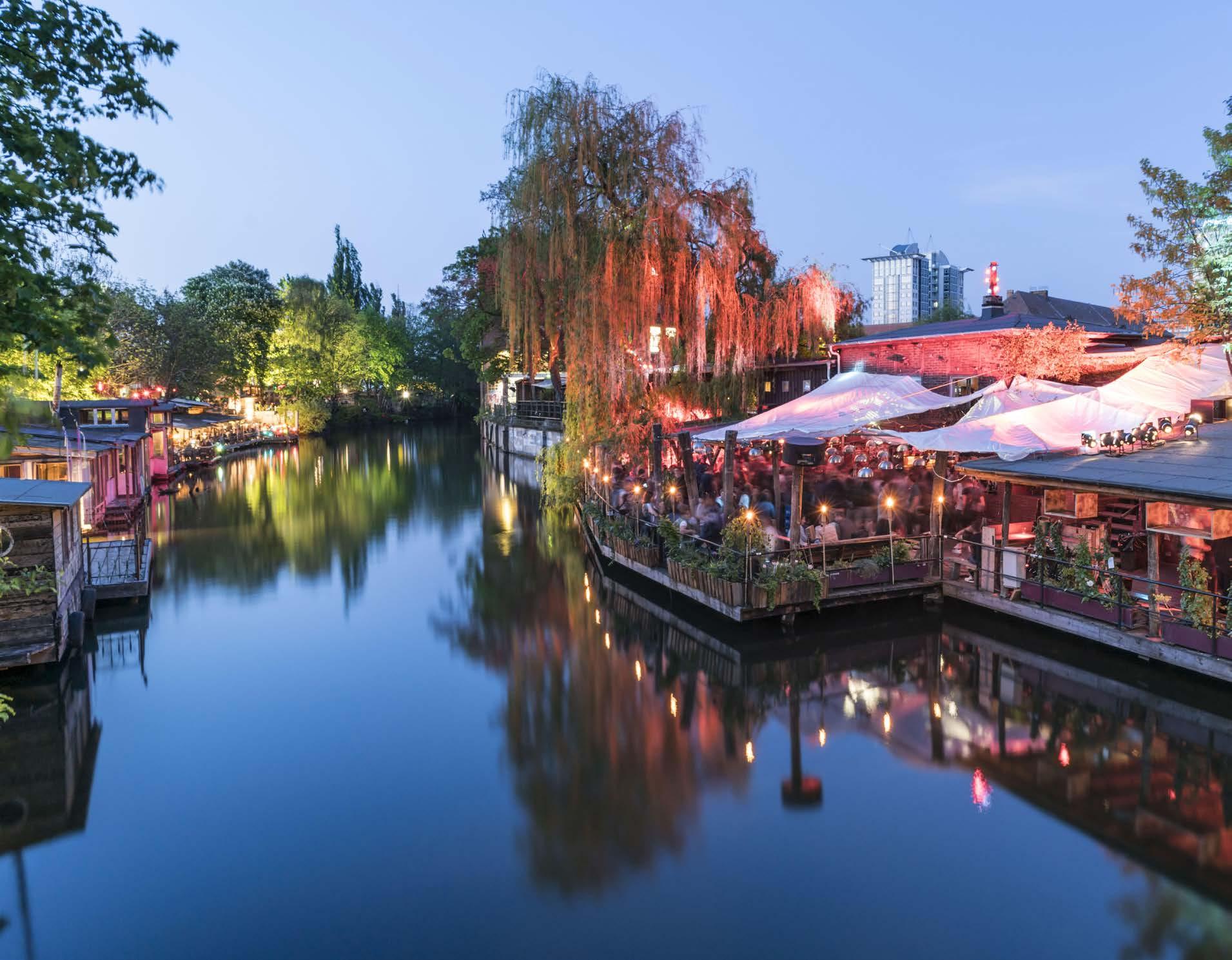
@artotel 68 CURATED / Why Berlin is a clubber’s paradise
Club der Visionaere
Now: Where to go for a night (or
day) out in Berlin
Nightclubs are more official these days but the spirit of the ’90s lives on. Whatever your interests, you can find three-day parties in an abandoned factory, don your disco shoes in an old apartment block or sample the city’s world famous techno in the most weird and wonderful of locations. Here are a few of the best to whet your appetite.
Berghain
Berghain is in a large old power plant, sat between Kreuzberg and Friedrichschain (that’s where the name “Berghain” comes from). It was the former site of legendary club Ostgut, which ran from 19982003, before turning into the club as we know it today in 2004. Expect lots of techno, the best DJs from around the world, and plenty of stories to come home with. The club itself is also home to the Panorama Bar, a slightly more relaxed offering of house music, a bar serving drinks, and a chance to catch your breath.
Where to find Berghain: Am Wriezener bhf, 10243
Tresor
Tresor has been around since the early ’90s and started in the vaults of an old department store. It’s since moved to the underground of a former power plant in Kreuzberg and comes with a famous 30m long vault tunnel. Go for DJs behind bars spinning Detroit techno and one of the most memorable nights of your life.
Where to find Tresor: Köpenicker Str. 70, 10179
Sisyphos
Imagine an open-air festival that runs non-stop from Friday to Monday and you’re almost there with Sisyphos. This abandoned dog food factory has been transformed into a mix of indoor and outdoor areas, each one playing music that ranges from electro to techno, house and disco. There are courtyards lit up by huge old colourful lamps, an artificial beach, abandoned cars, and even places to grab a pizza or a coffee. Sisyphos is a bit out of the way but with so much to see and do, it’s worth the journey.
Where to find Sisyphos: Hauptstraße 15, 10317
Salon Zur Wilden Renate
One unrenovated apartment block, three floors and a labyrinthine layout of secret mini-clubs, rooms filled with quirky old furniture and multiple corridors to weave your way through. It could only be a club in Berlin. Salon Zur Wilden Renate - or simply ‘Renate’ - has three different floors dedicated to different sounds: Techno, house and disco, with myriad rooms and an outdoor courtyard area to rest your feet from all that dancing.
Where to find Salon Zur Wilden Renate: Alt-Stralau 70, 10245
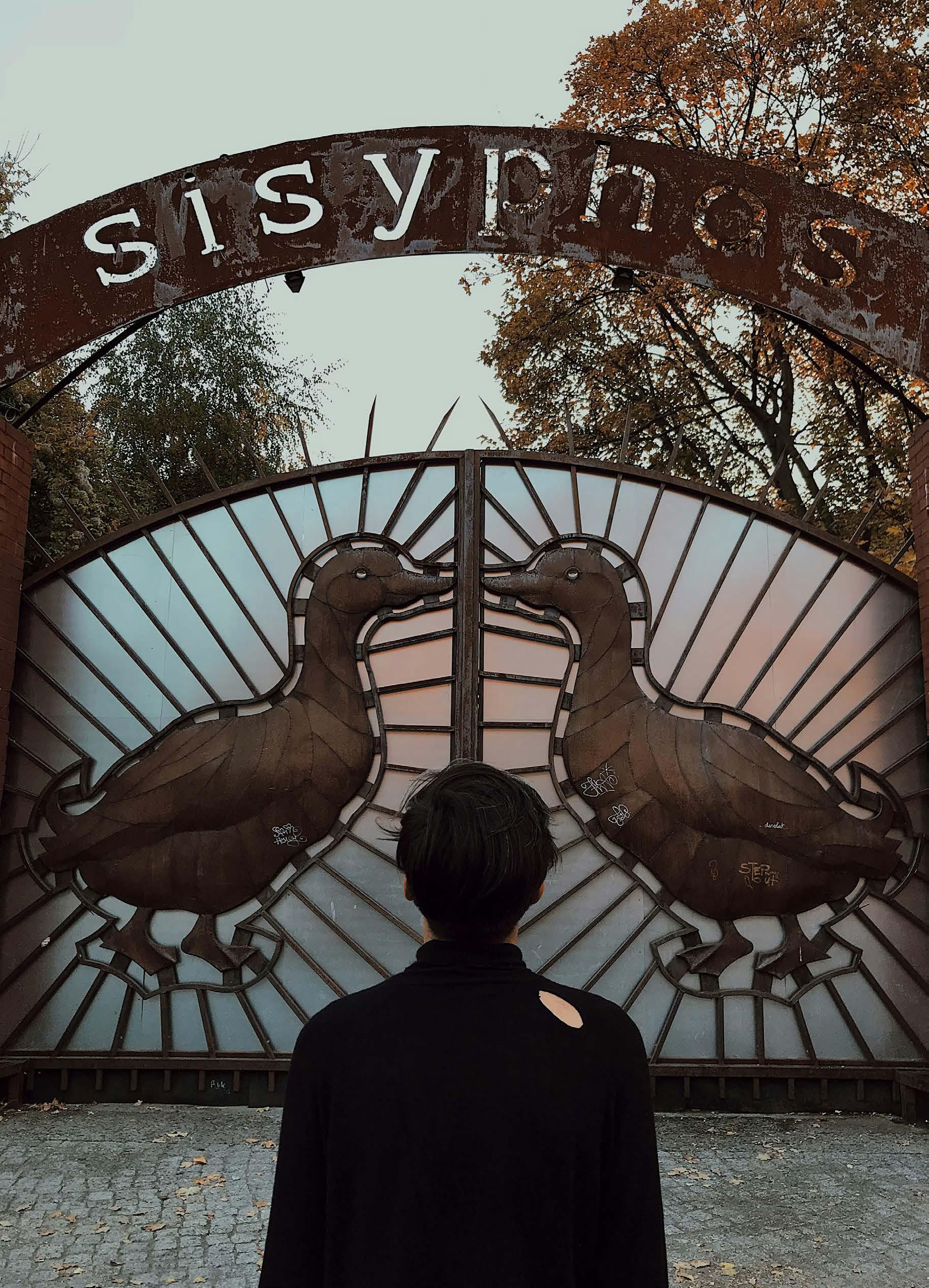
KitKat
KitKat is not for the faint of heart. It’s known for its sexual liberalness, leather or fetish dress code and non-judgemental, anything goes (as long as it’s consensual) attitude inside. You’ll find numerous rooms, a swimming pool, lots of techno and drum and bass, and plenty of debauchery. KitKat is also in Kreuzberg, just around the corner from Tresor. Where to find KitKat: Köpenicker Straße 76, Brückenstraße 1, 10179
Club der Visionaere
It’s not all abandoned factories and stories you can’t tell your parents. Club der Visionaere is more of a laidback club, nestled right on the edge of a canal in Treptow-Köpenick. Inside, there’s a small dancefloor but the best part is the outdoor deck where you can relax with a drink in the warmer months. Like all clubs in Berlin, there’s no official closing time, so you could be there to watch the sun go down, then watch it come back up again. Where to find Club der Visionaere: Am Flutgraben 1, 12435
Monarch
Monarch has a more relaxed door policy, but a higher likelihood of entry than some of the other clubs isn’t the only reason to head here for a night out. Through an unassuming door on the edge of the Kottbusser Tor roundabout, Monarch is a small and eclectic club where on any given night you’ll be dancing to anything from house to indie to reggaeton.
Where to find Monarch: Skalitzer Str. 134, 10999
Ready to party? Book a room at art’otel Berlin Mitte, perfectly placed to make your way to any club you fancy. We won’t mind what time you get home either.

artotel.com 69 CURATED / Why Berlin is a clubber’s paradise
Book Berlin
WANDERLUST
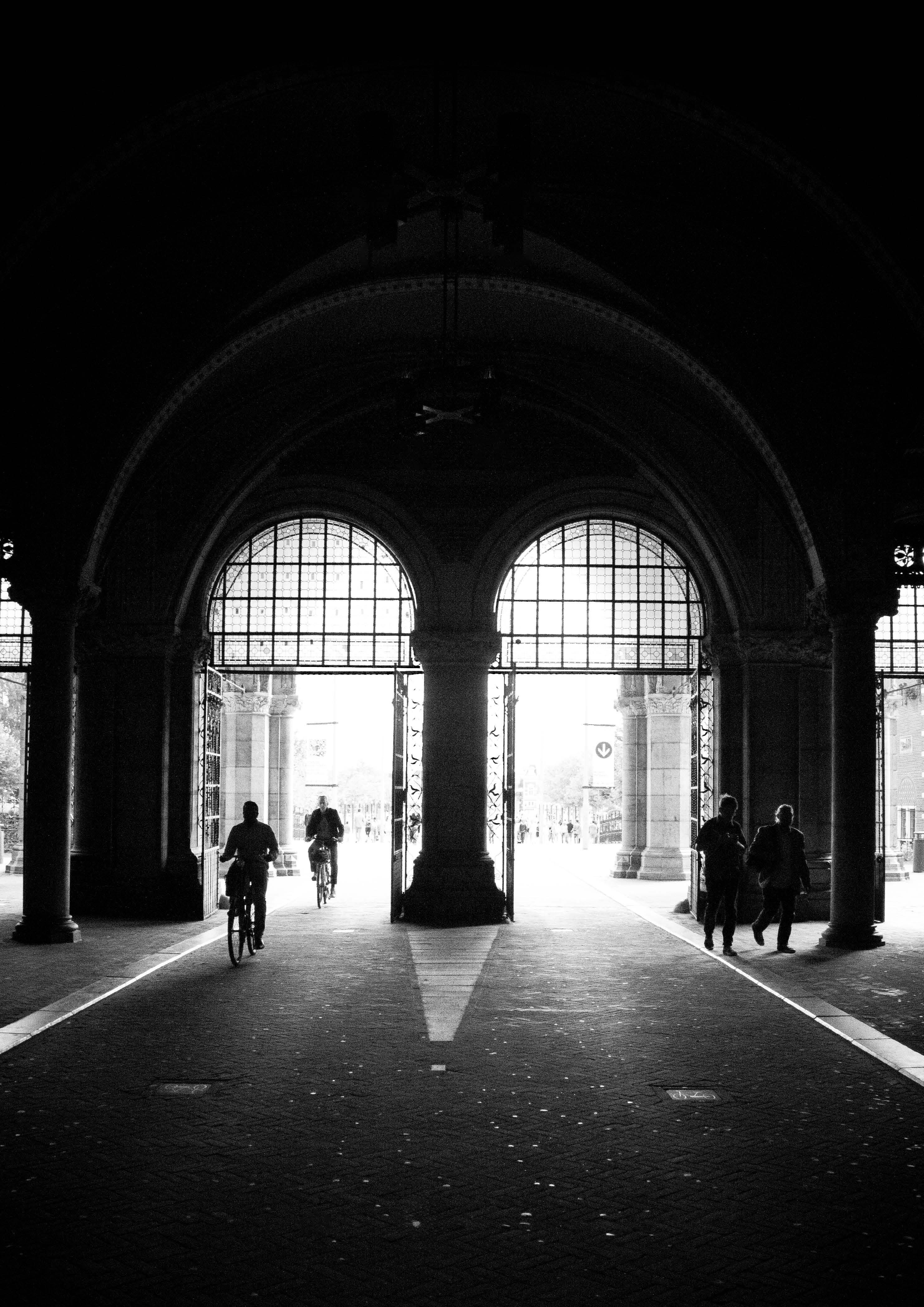
AMSTERDAM / BERLIN / COLOGNE / LONDON / ROME / ZAGREB
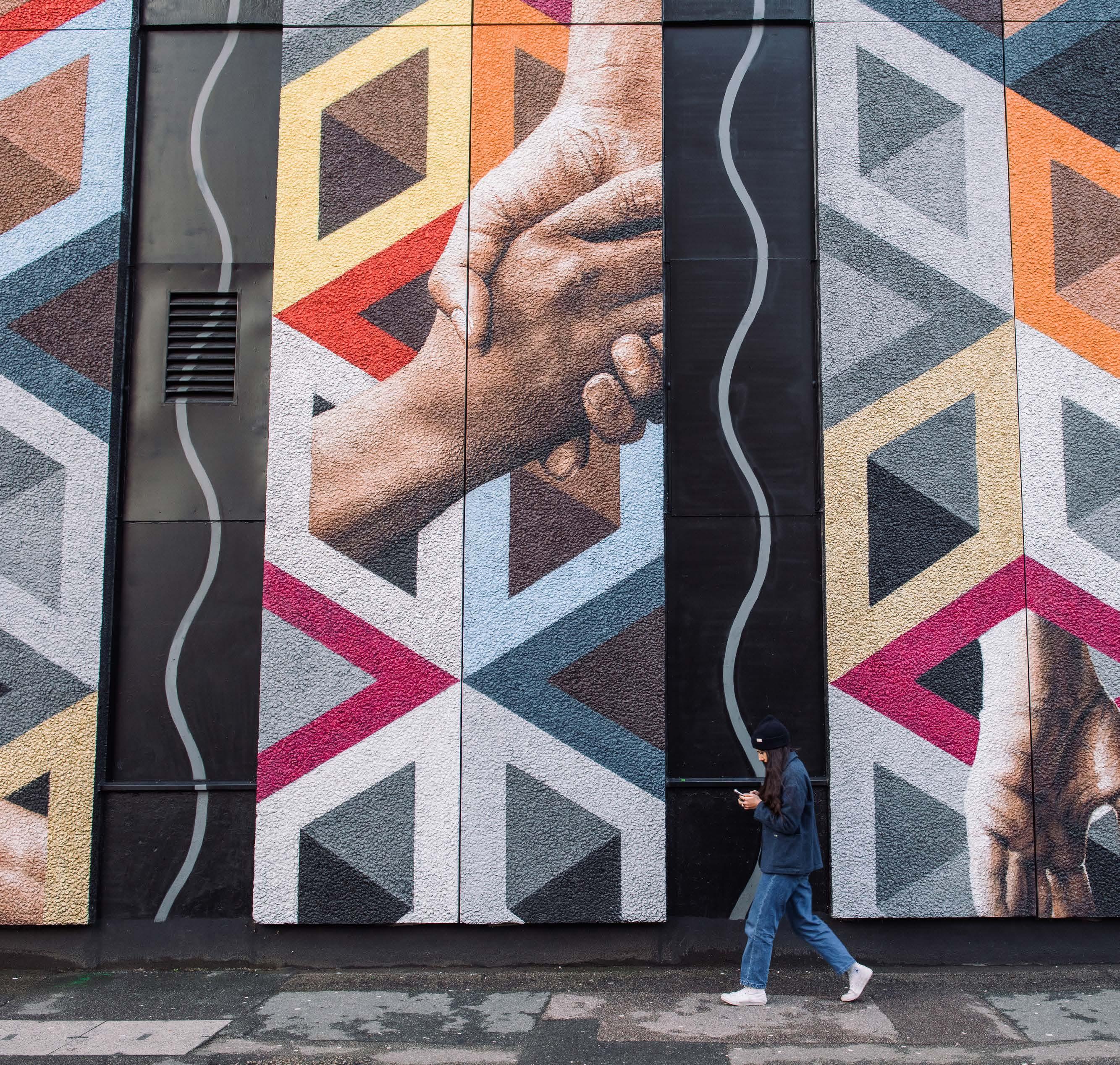
artotel.com 71 CURATED / Wanderlust
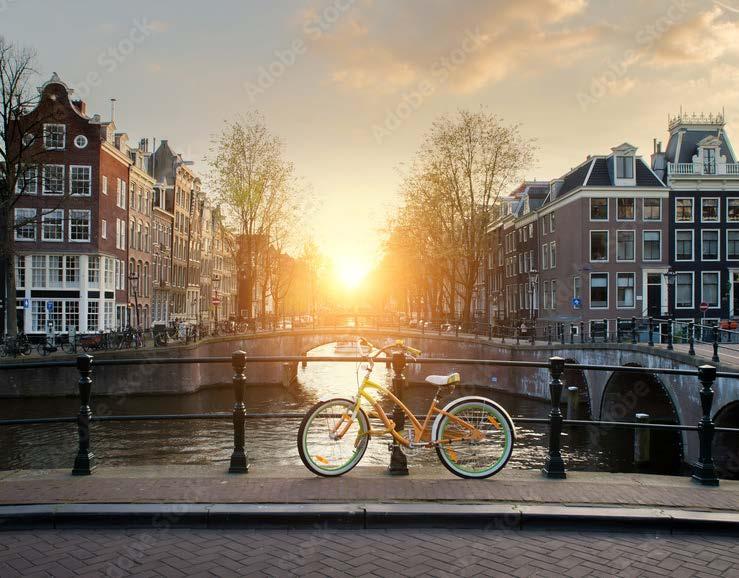
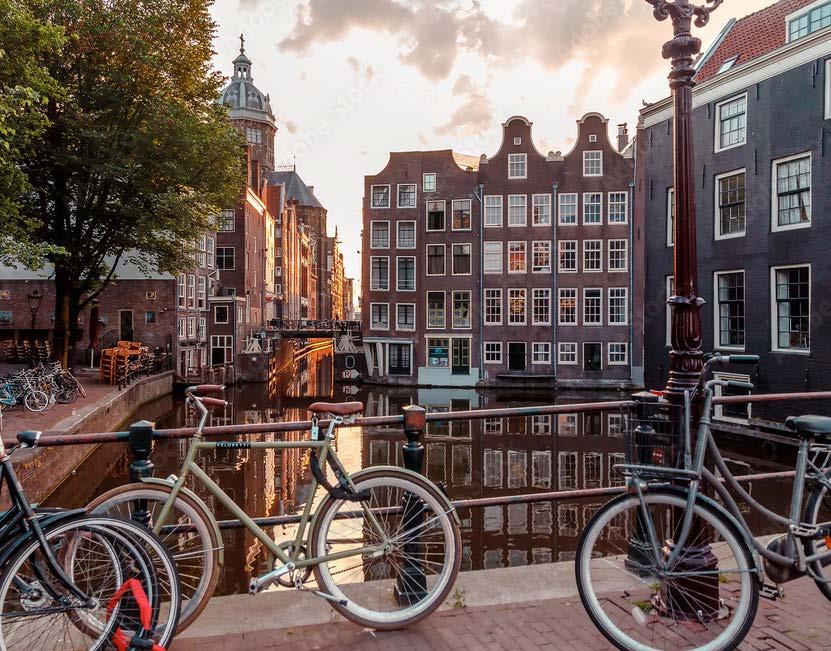
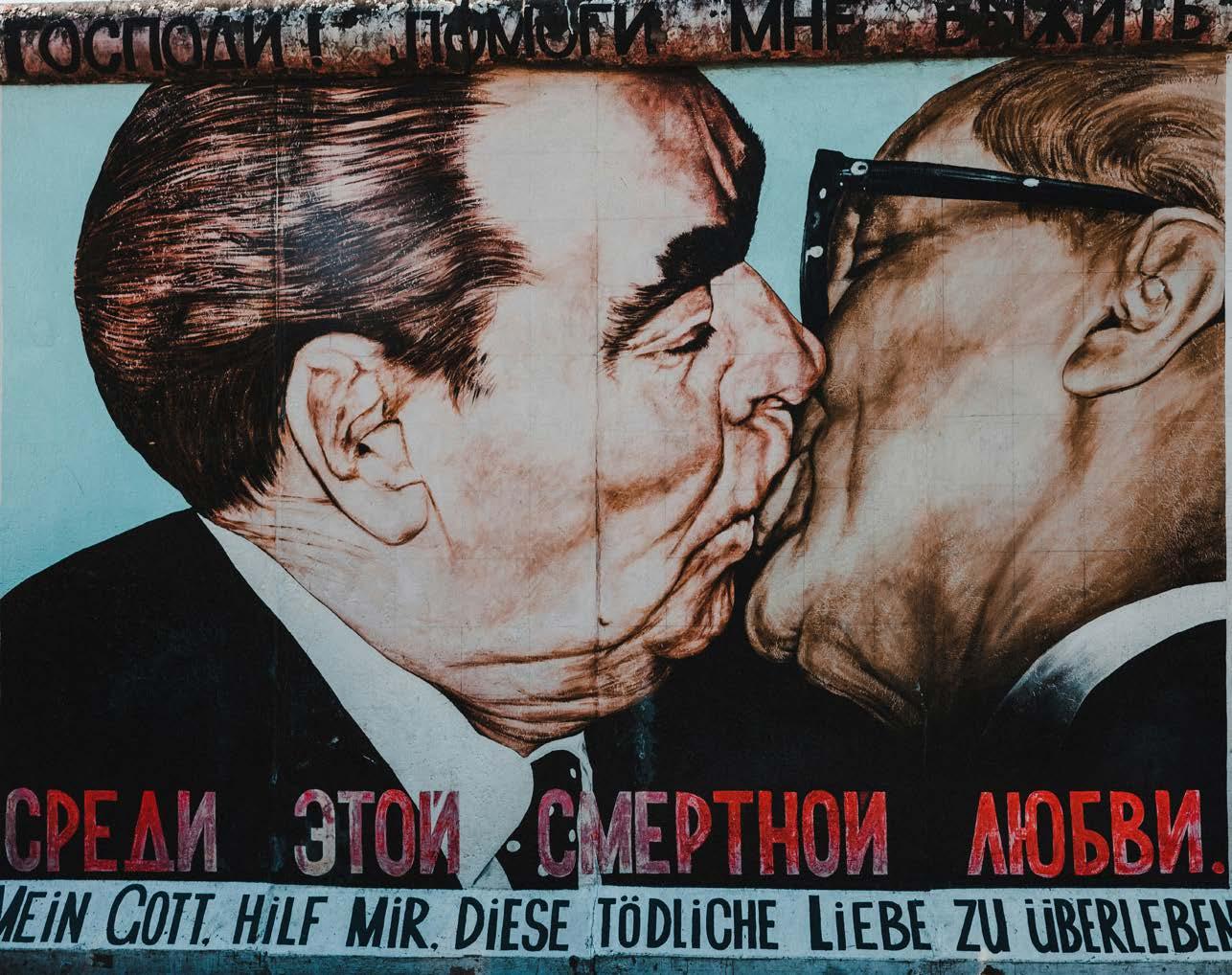
@artotel 72 CURATED / Wanderlust
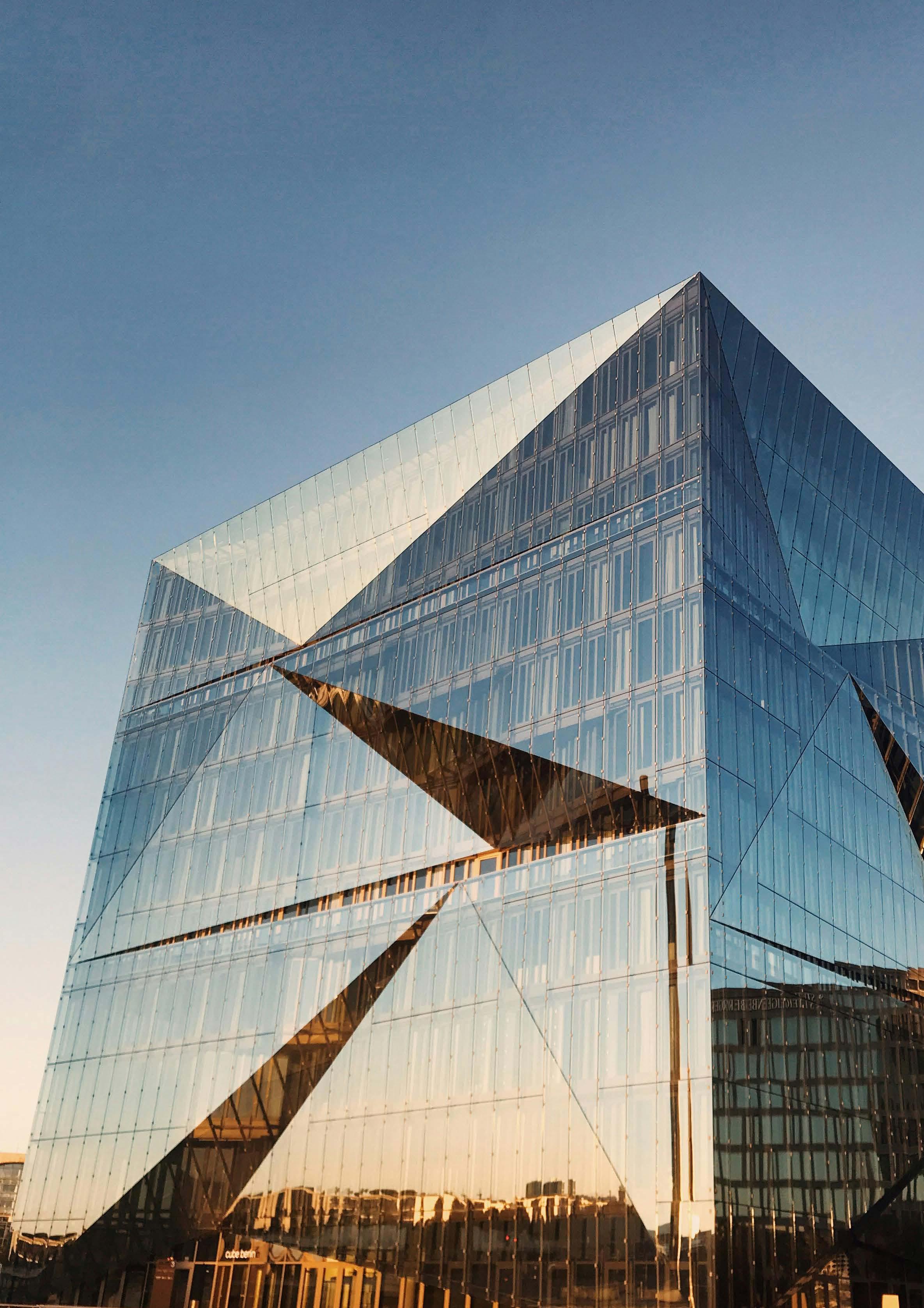
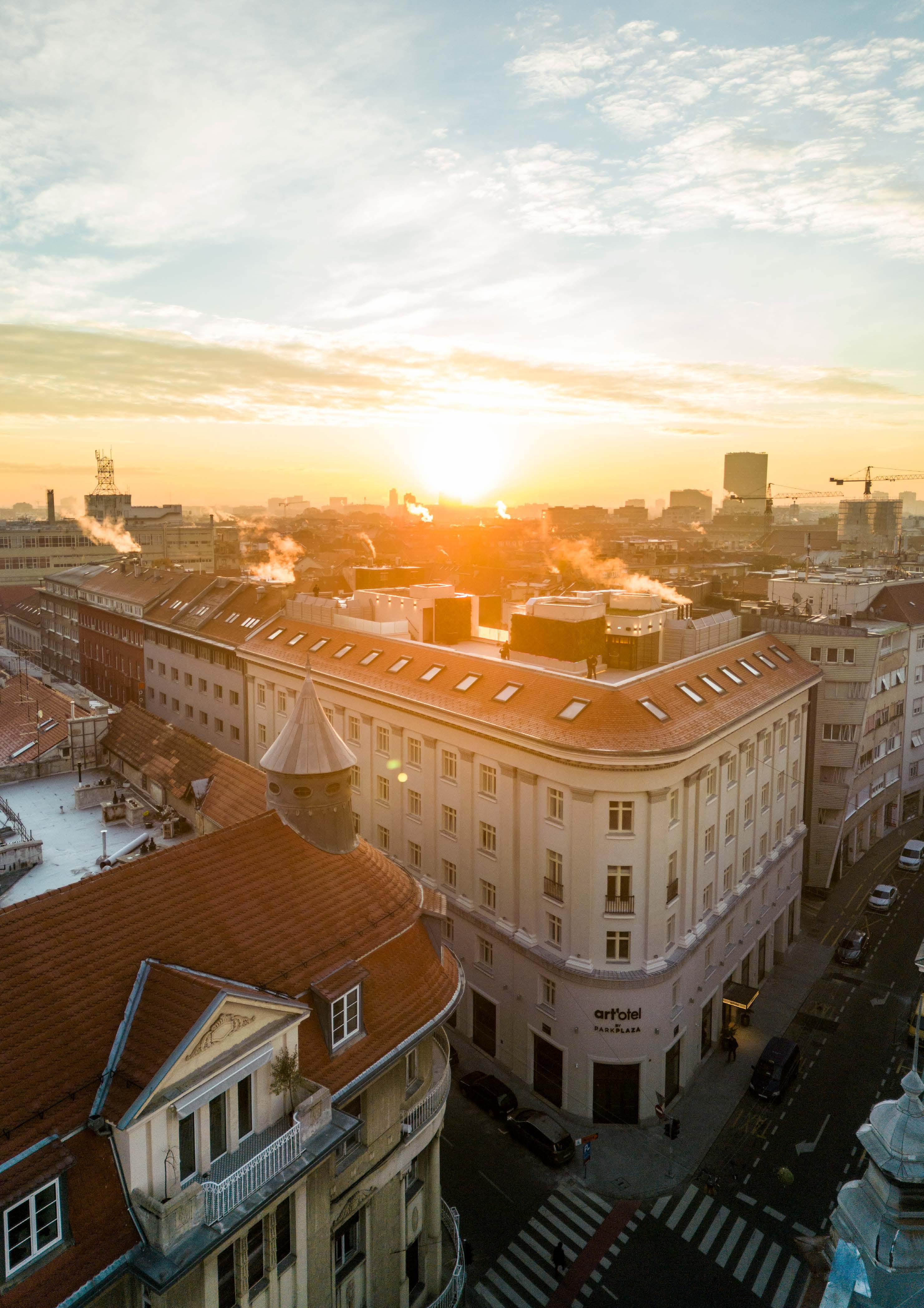
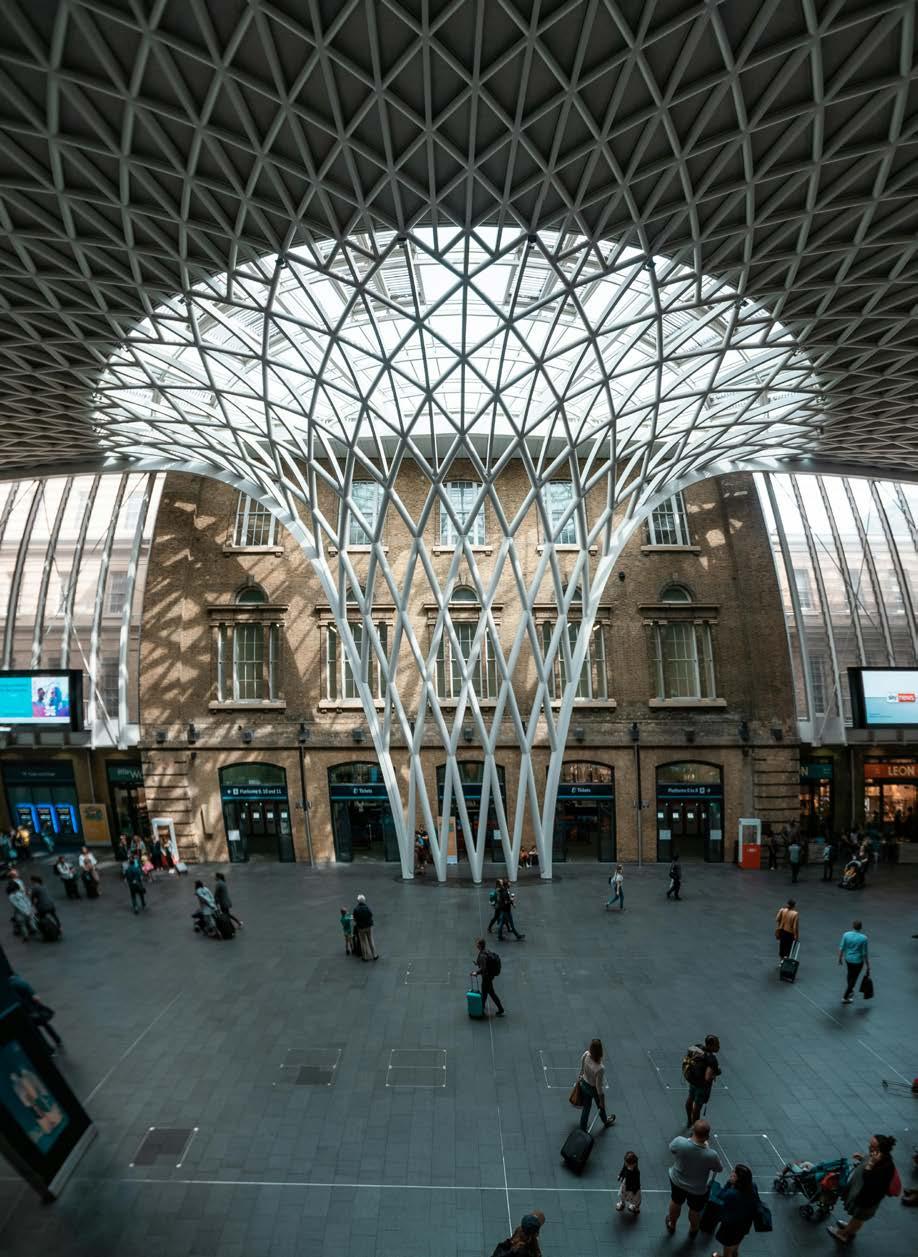
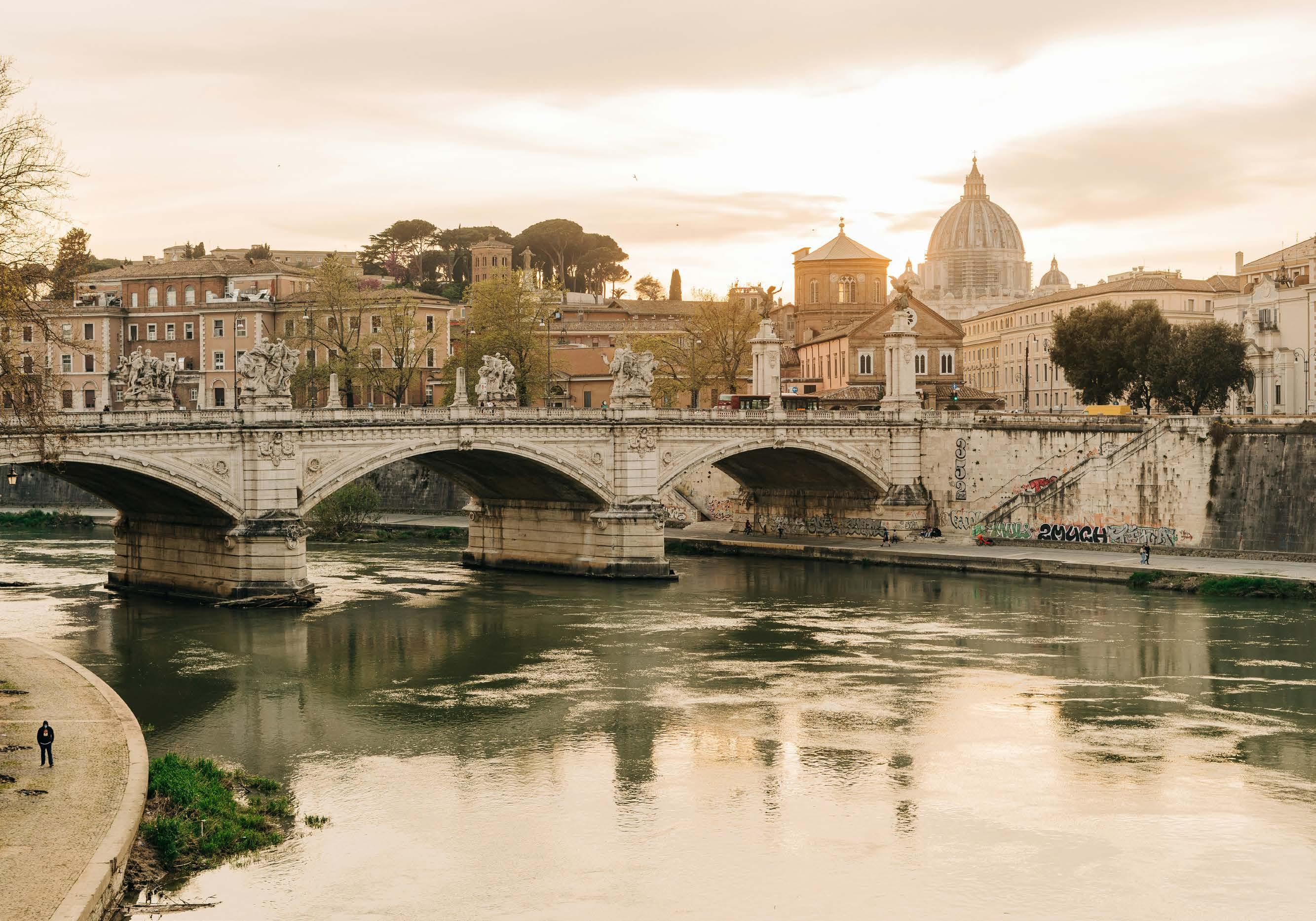
artotel.com 75 CURATED / Wanderlust
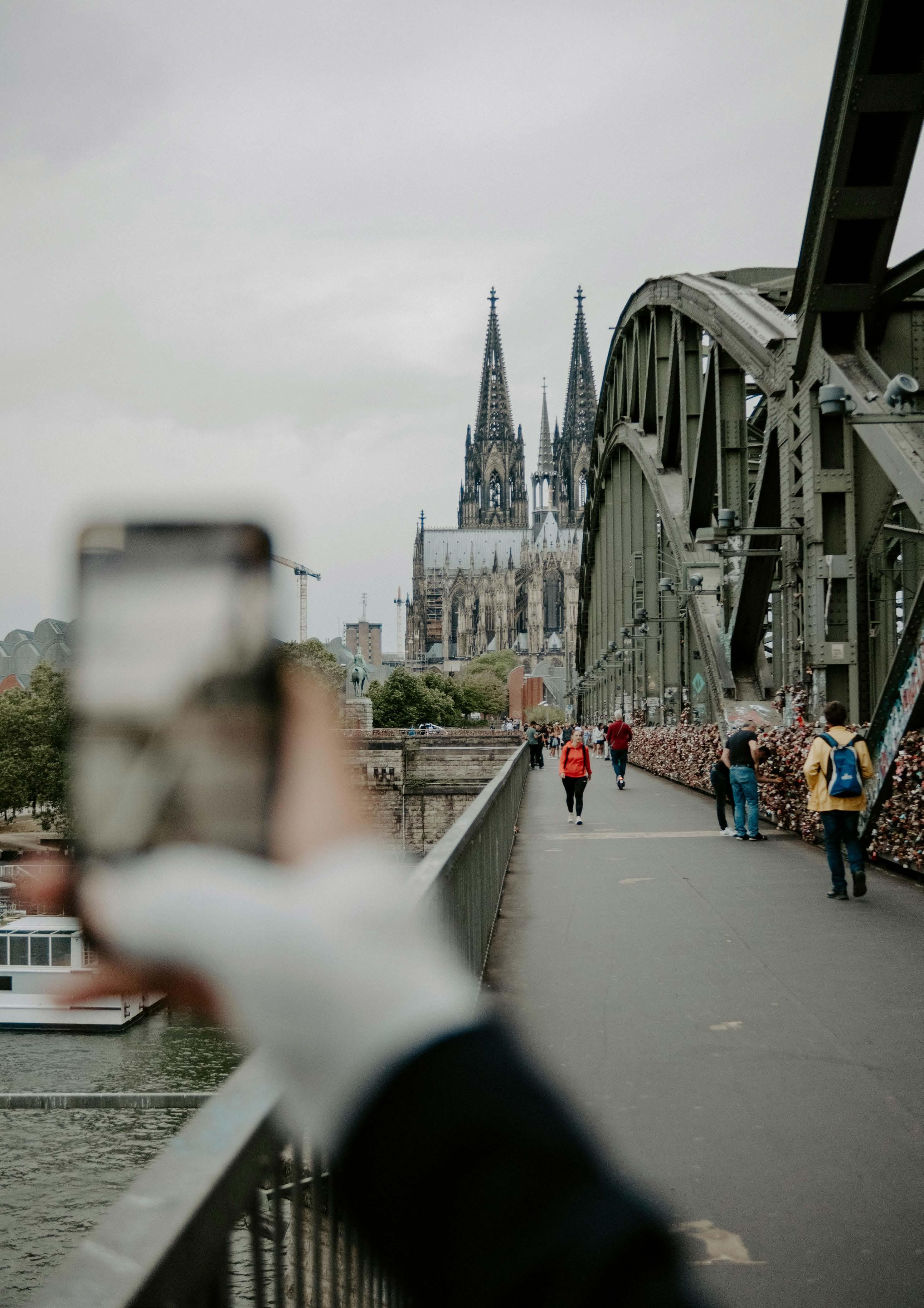
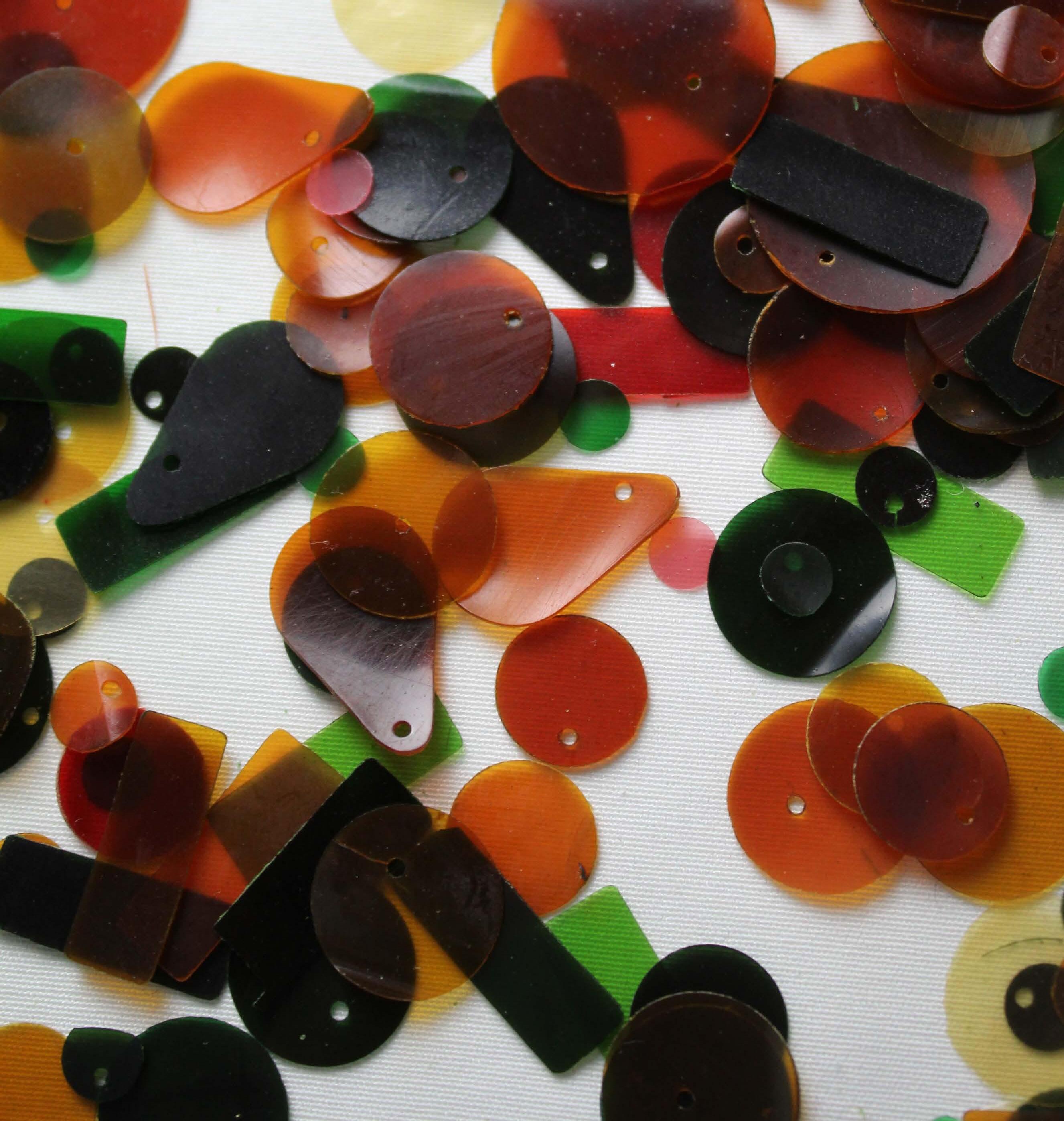
Turning Waste into Worth

Regenerative Design Lab www.cqstudio.uk
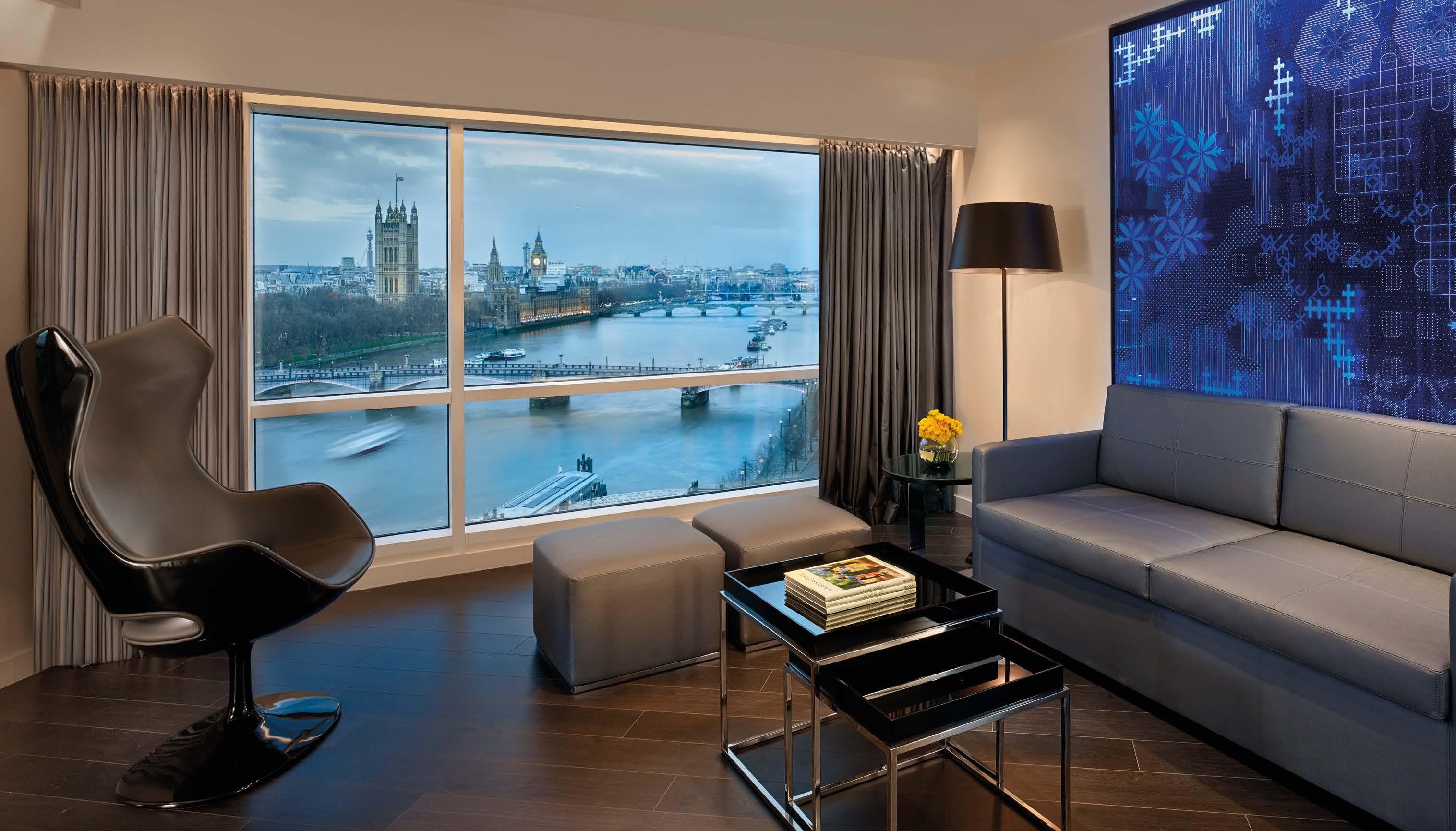
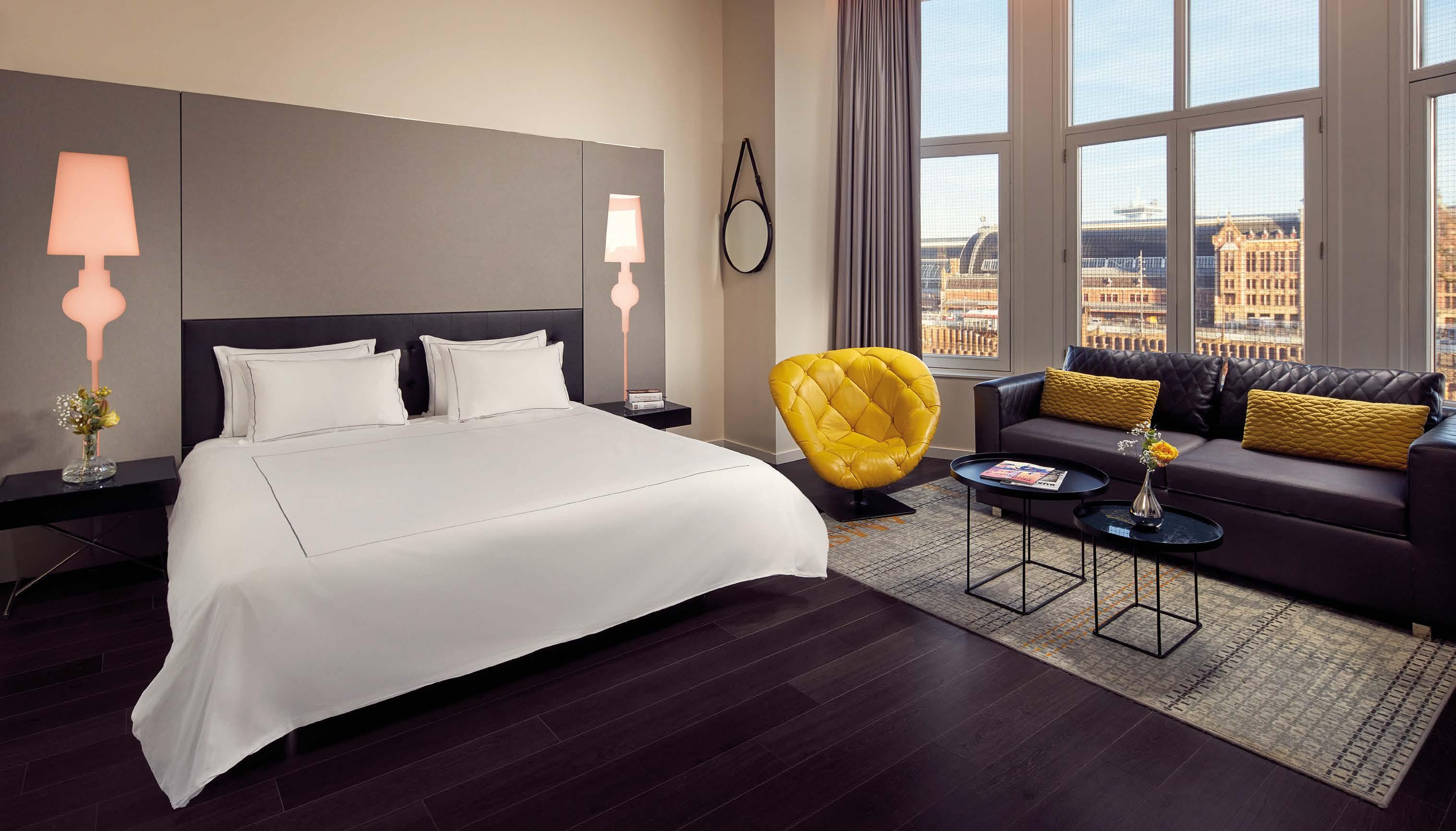
Feel the Authentic Contemporary hotels. Prime destinations. You deserve to experience the extraordinary, and it’s waiting for you at Park Plaza. parkplaza.com @parkplaza #parkplaza #parkplazamoments
 D*Face / Azim Majid / 48 hours in Rome
Berlin nightlife exposed / The Rijksmuseum
Atelier Van Lieshout / Zagreb fashion with ELFS
D*Face / Azim Majid / 48 hours in Rome
Berlin nightlife exposed / The Rijksmuseum
Atelier Van Lieshout / Zagreb fashion with ELFS





































 Haley Durkee Editor-in-Chief
Haley Durkee Editor-in-Chief























































 Watch our interview with Joep
Watch our interview with Joep






















 Farina Fragrance Museum (Obenmarspforten 21, 5066)
Farina Fragrance Museum (Obenmarspforten 21, 5066)

 By Angharad Jones
Celebrating
of the playful Croatian fashion brand
By Angharad Jones
Celebrating
of the playful Croatian fashion brand

















































